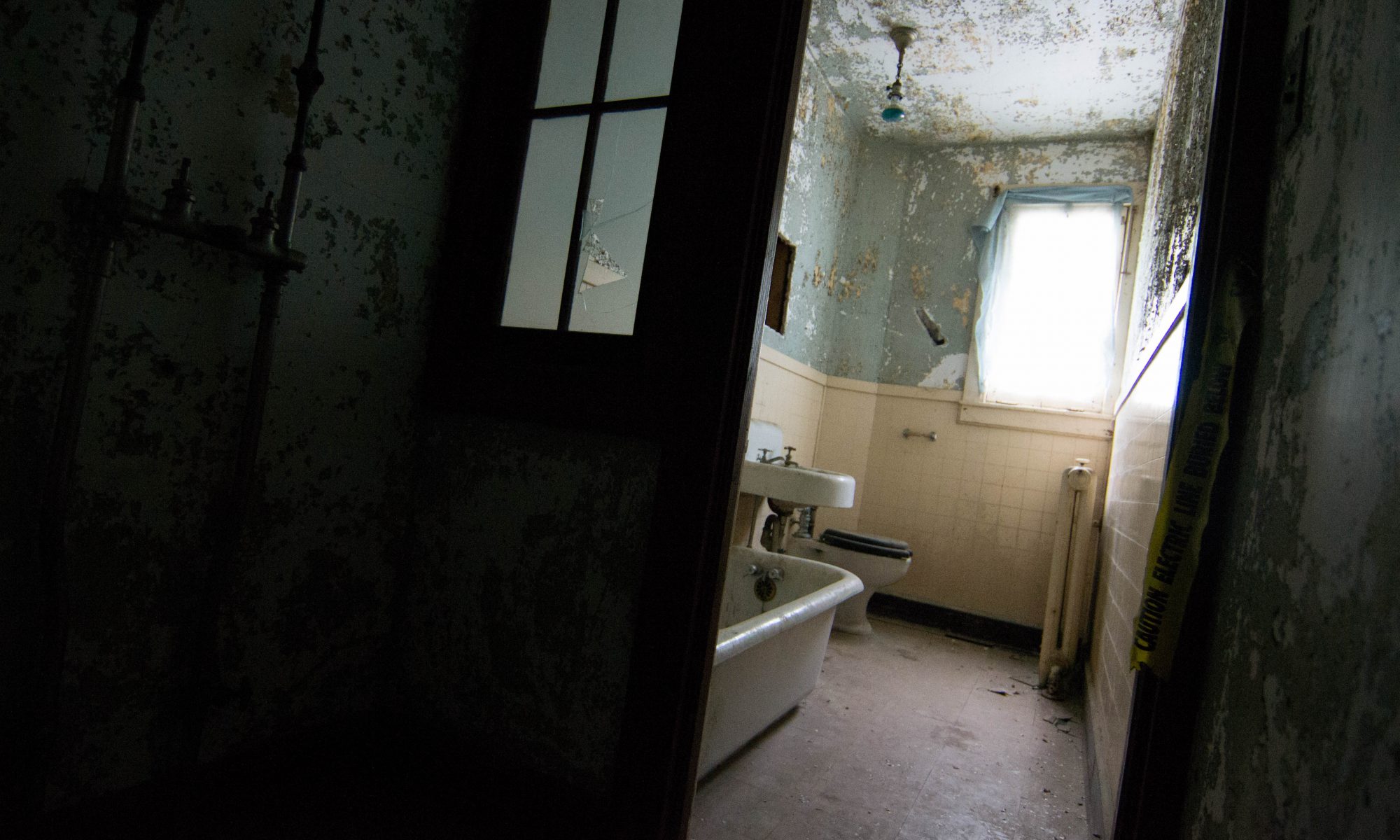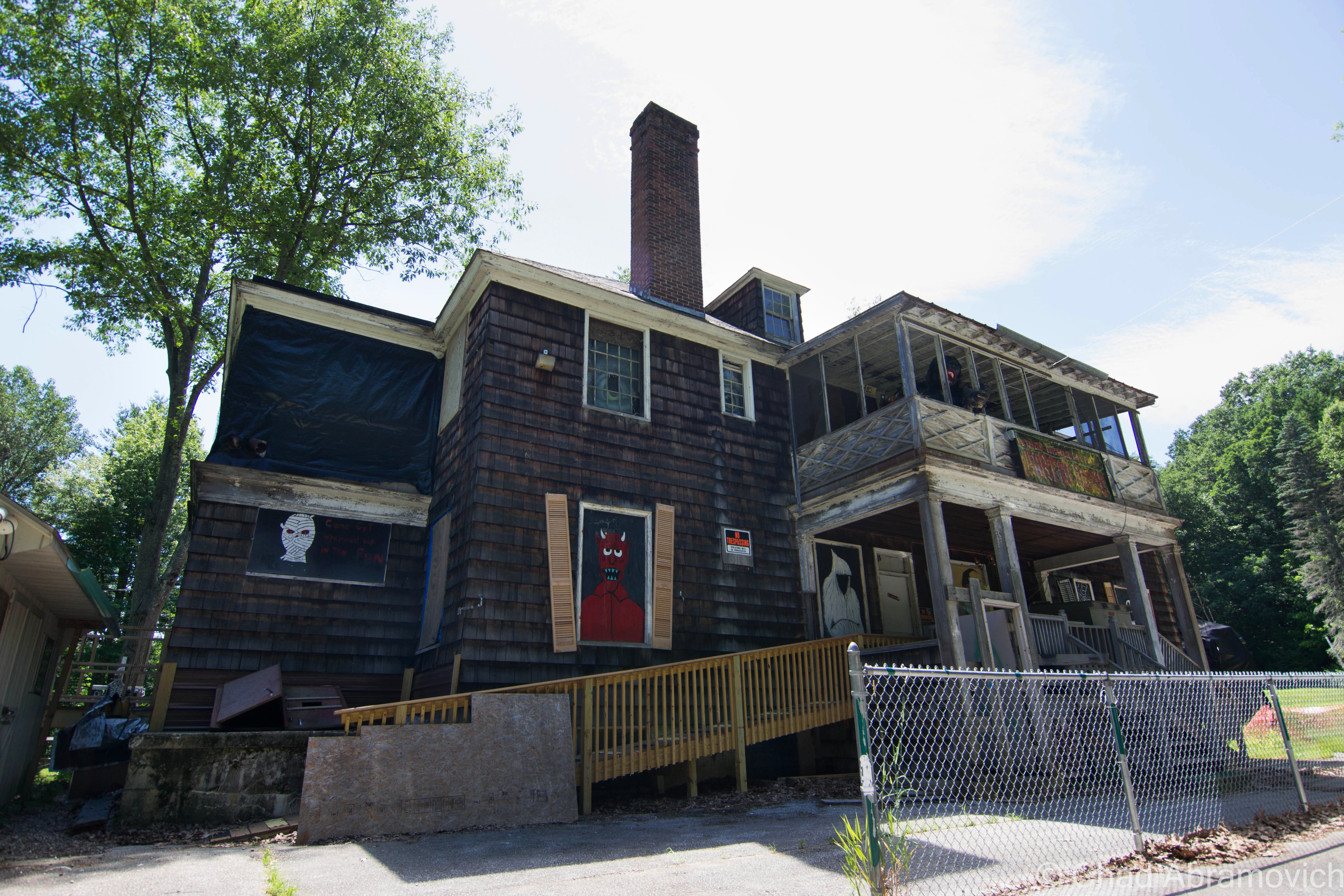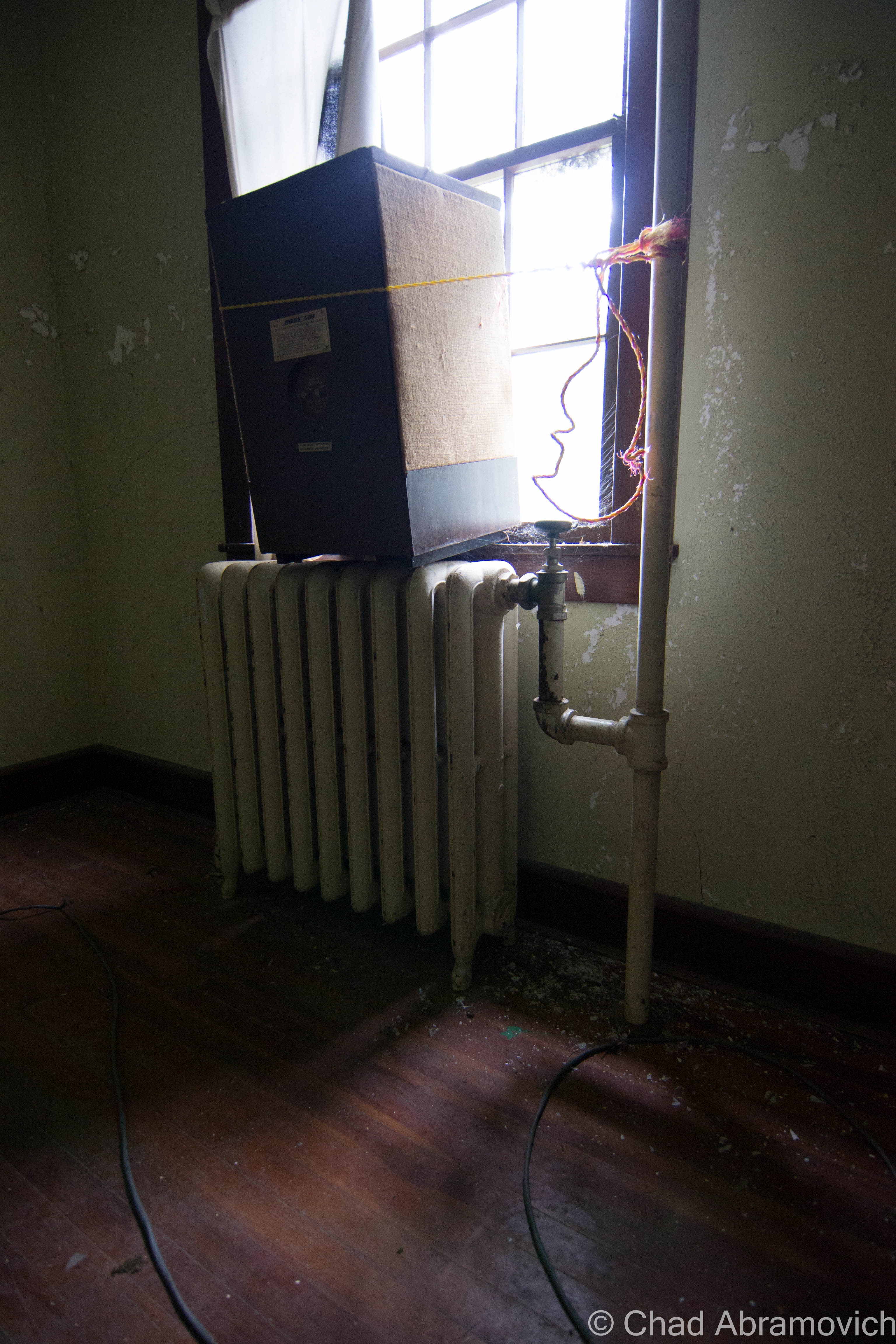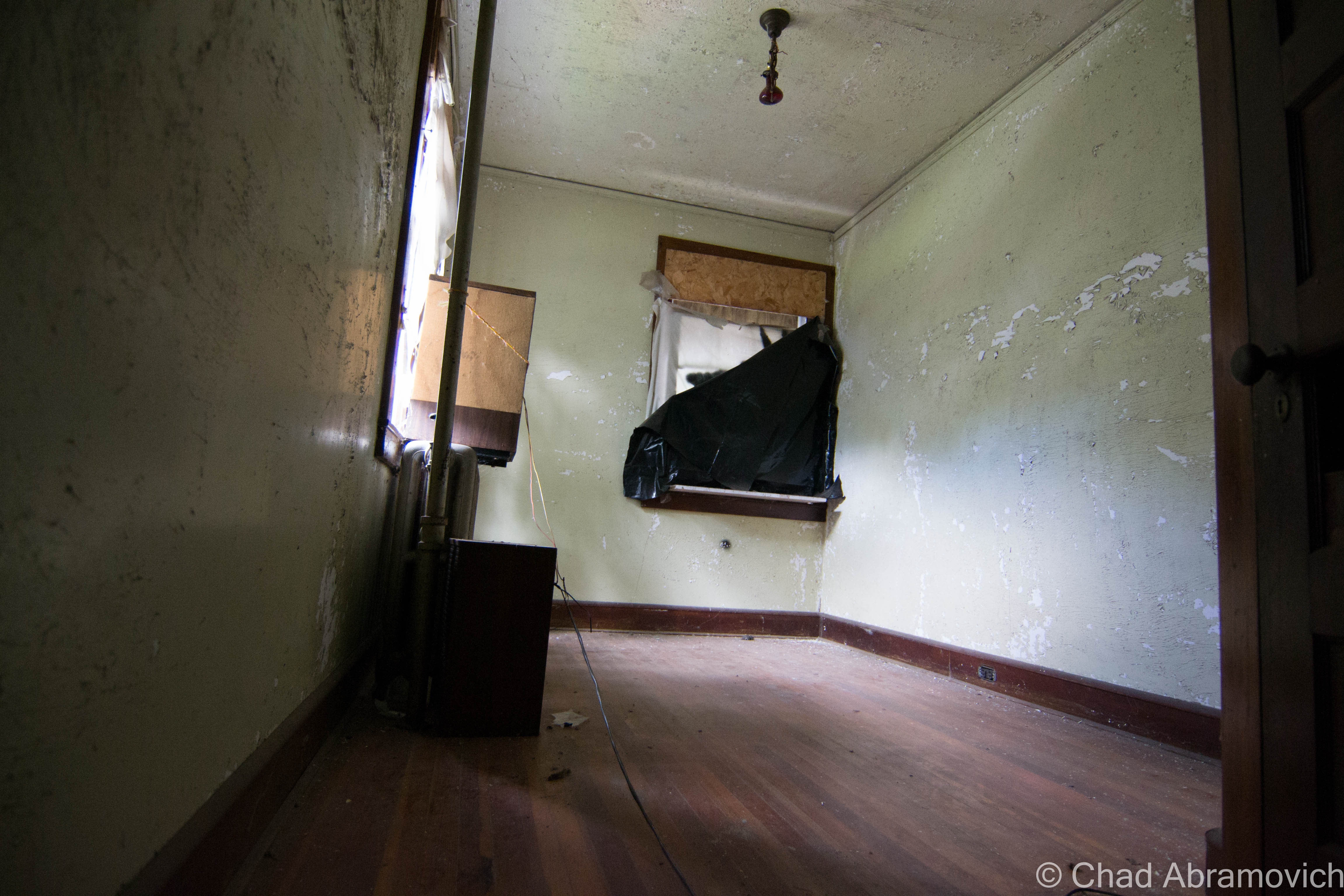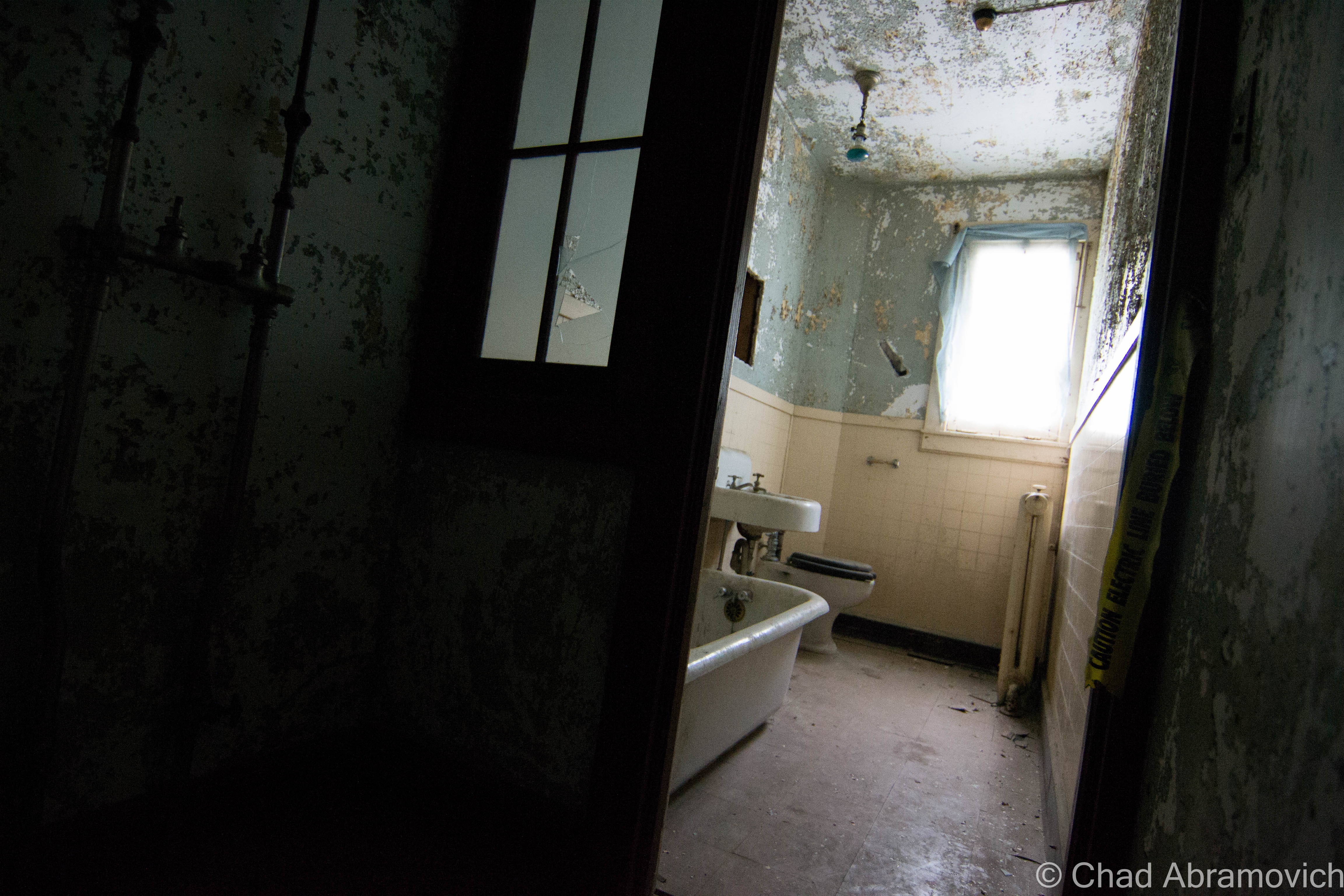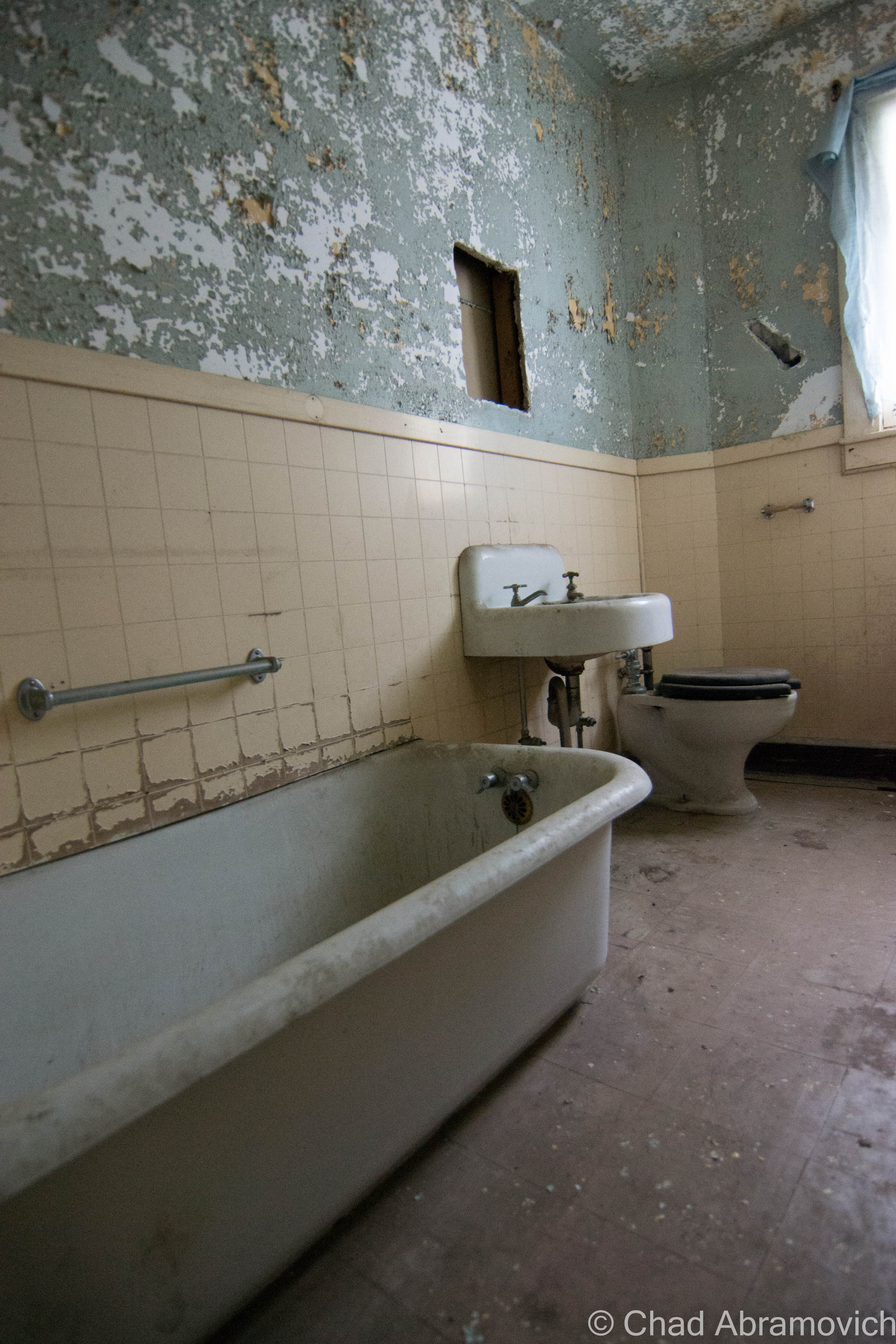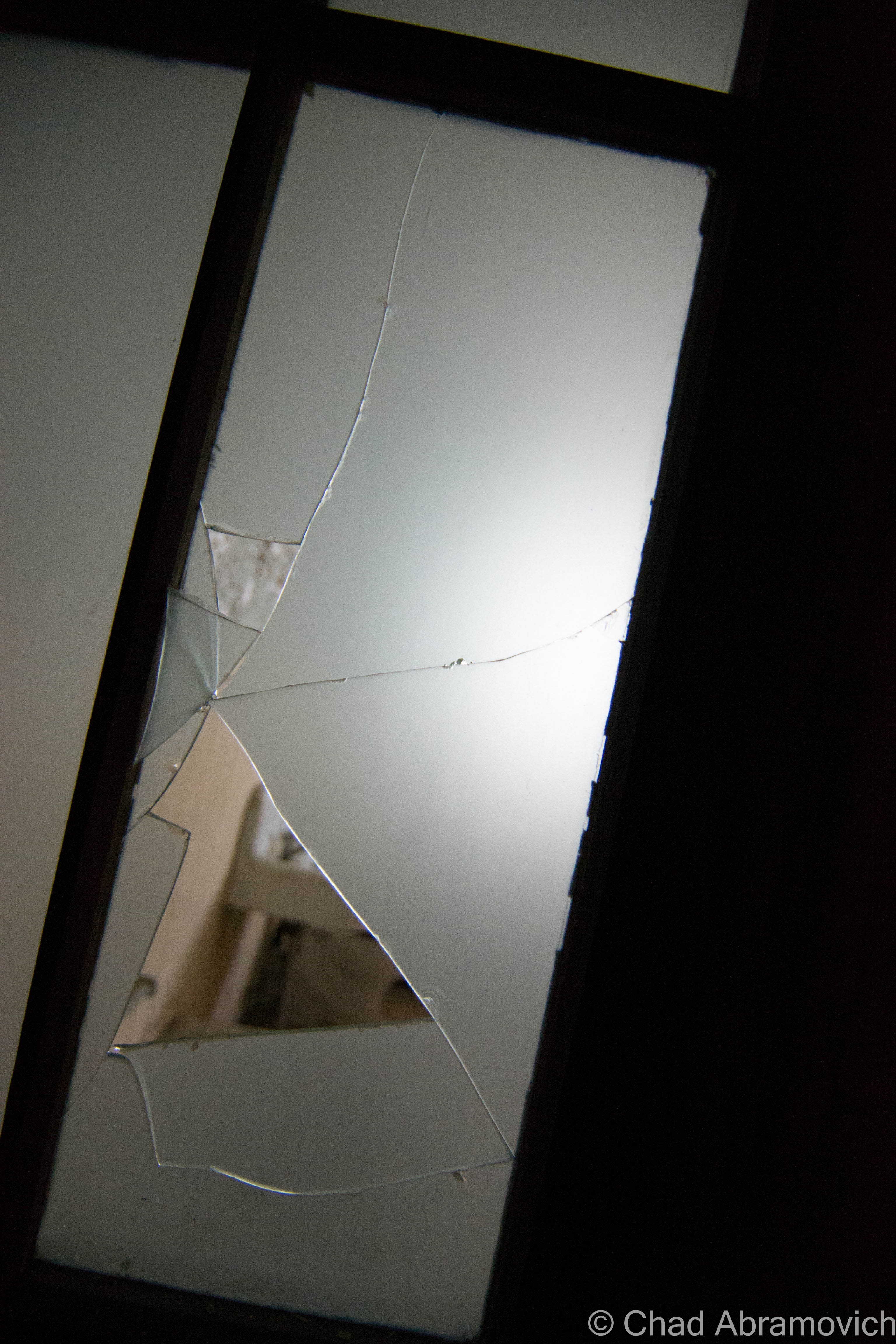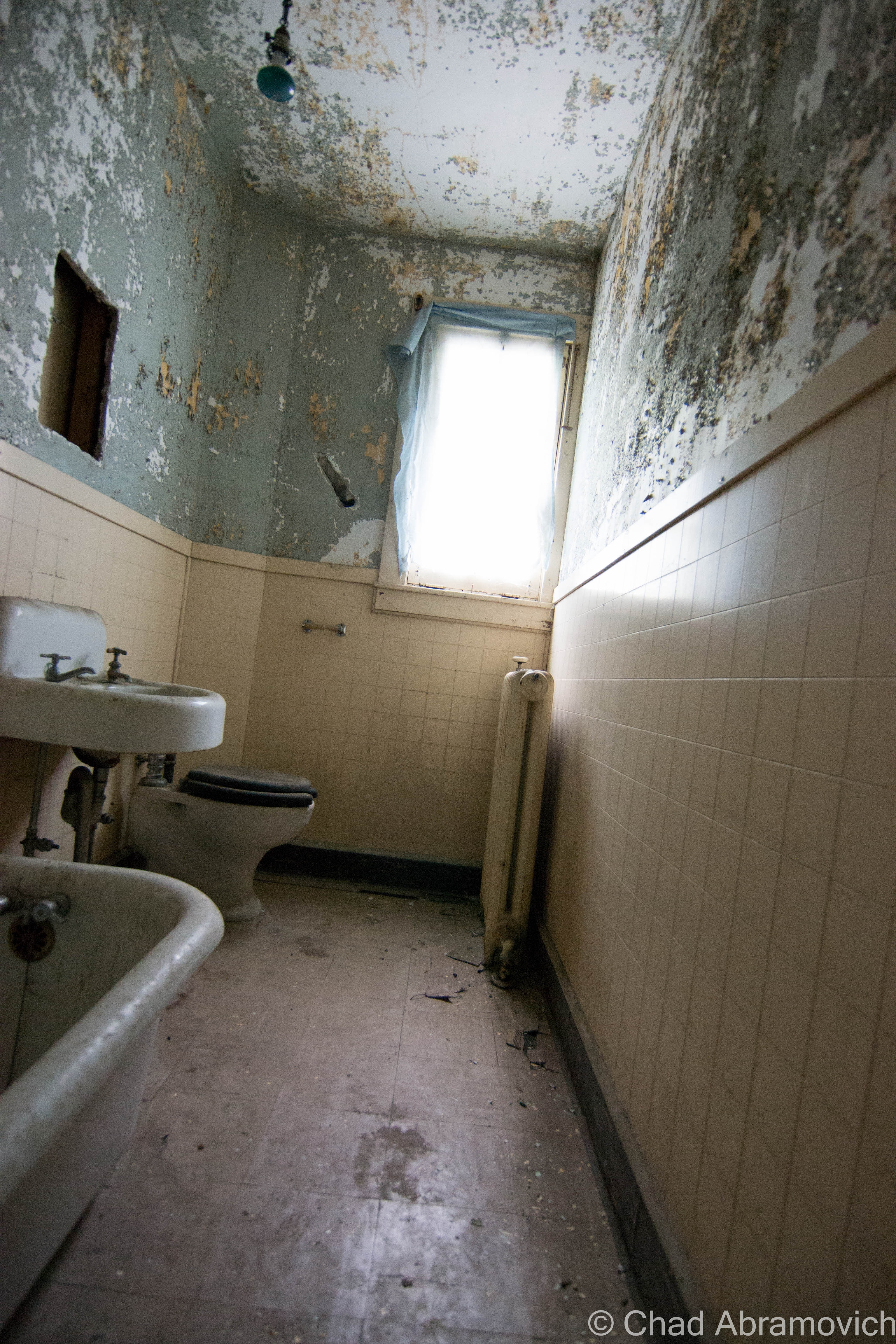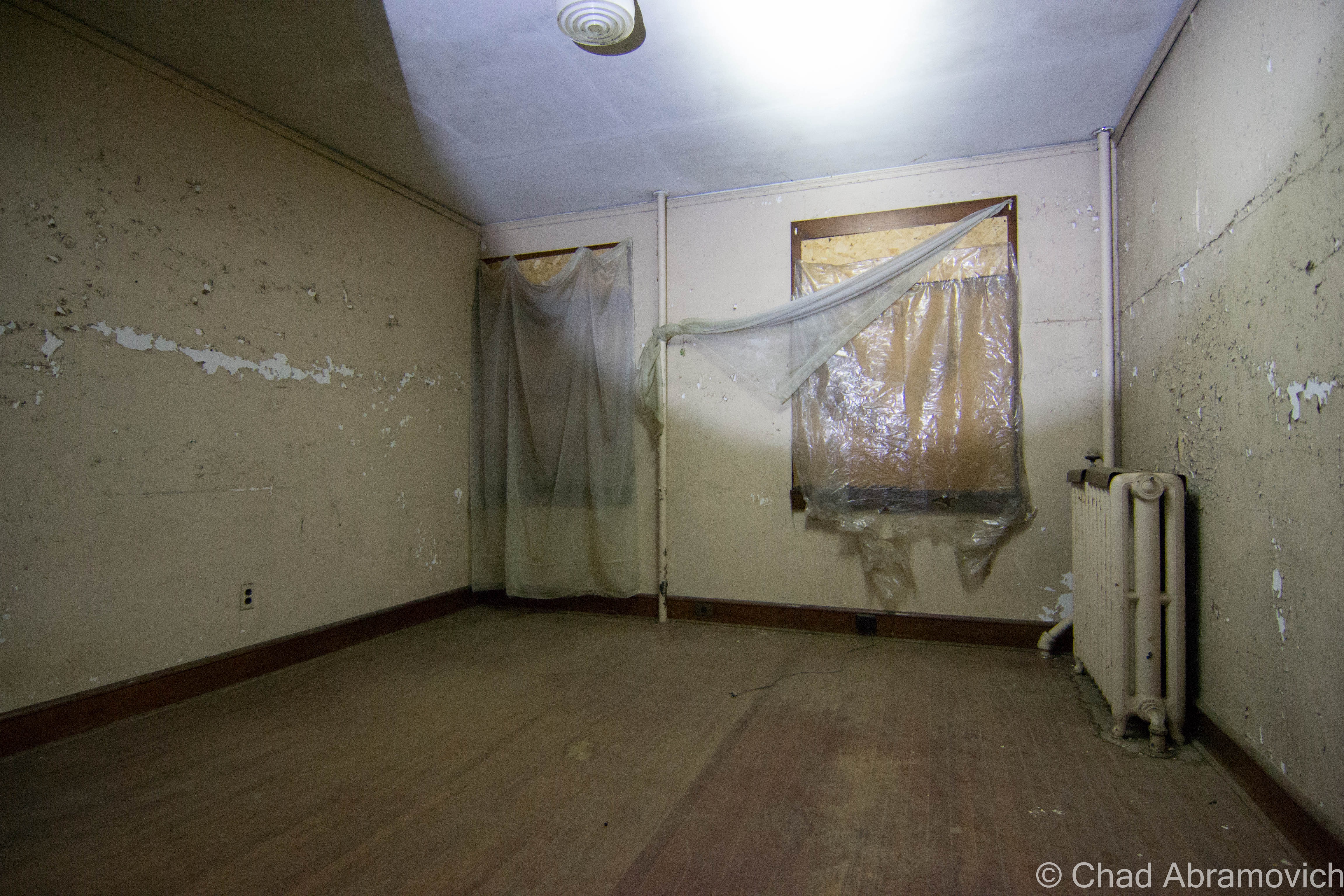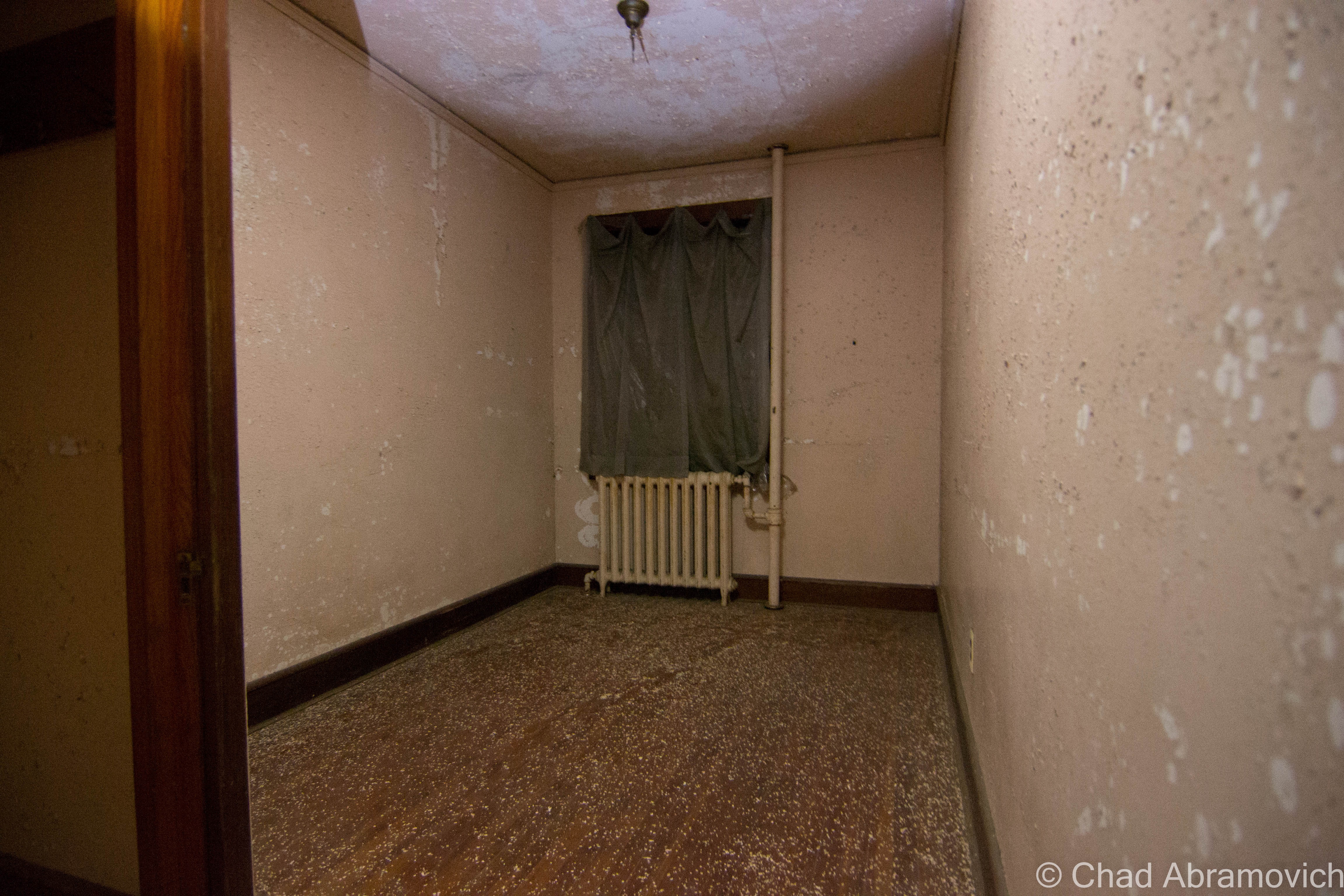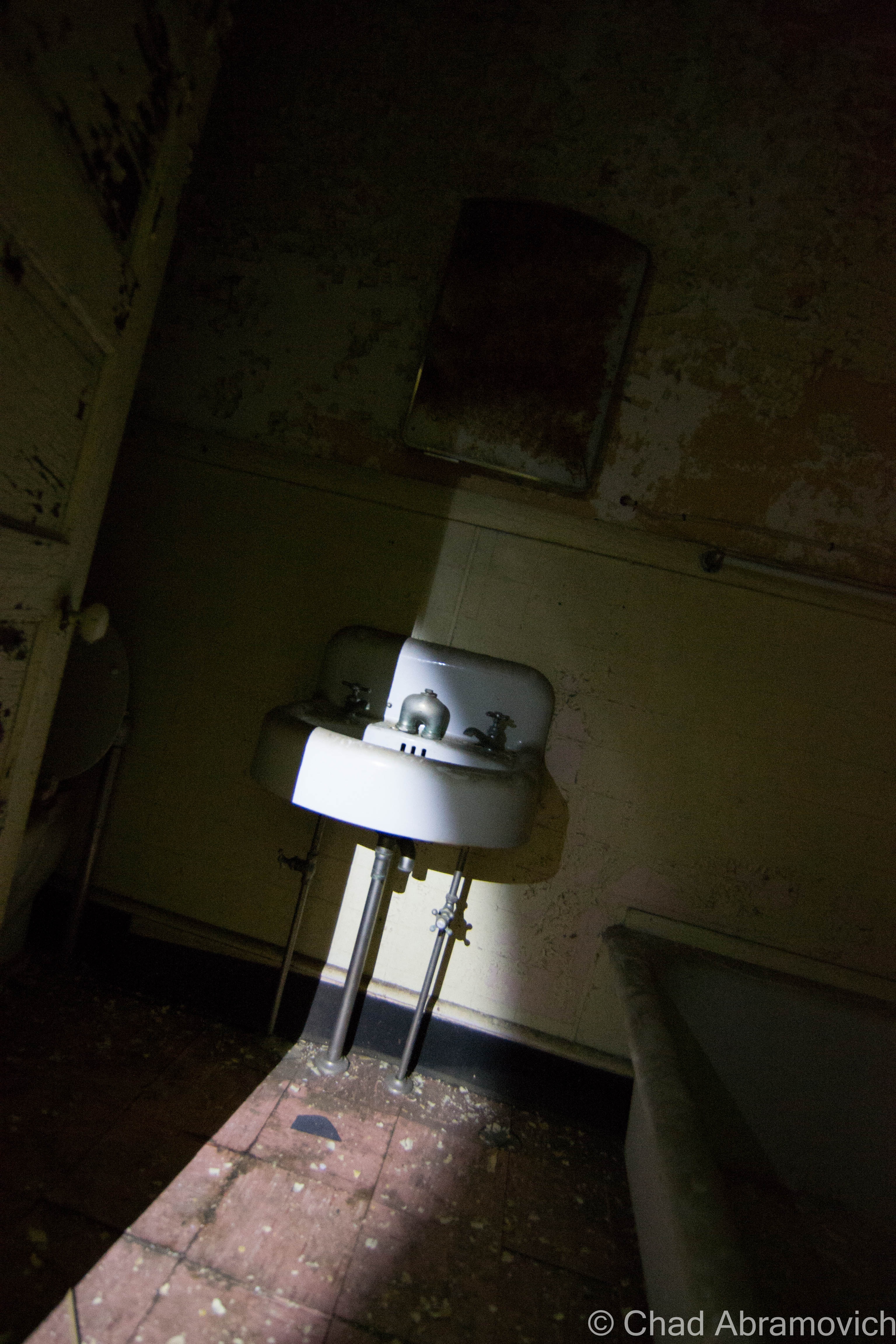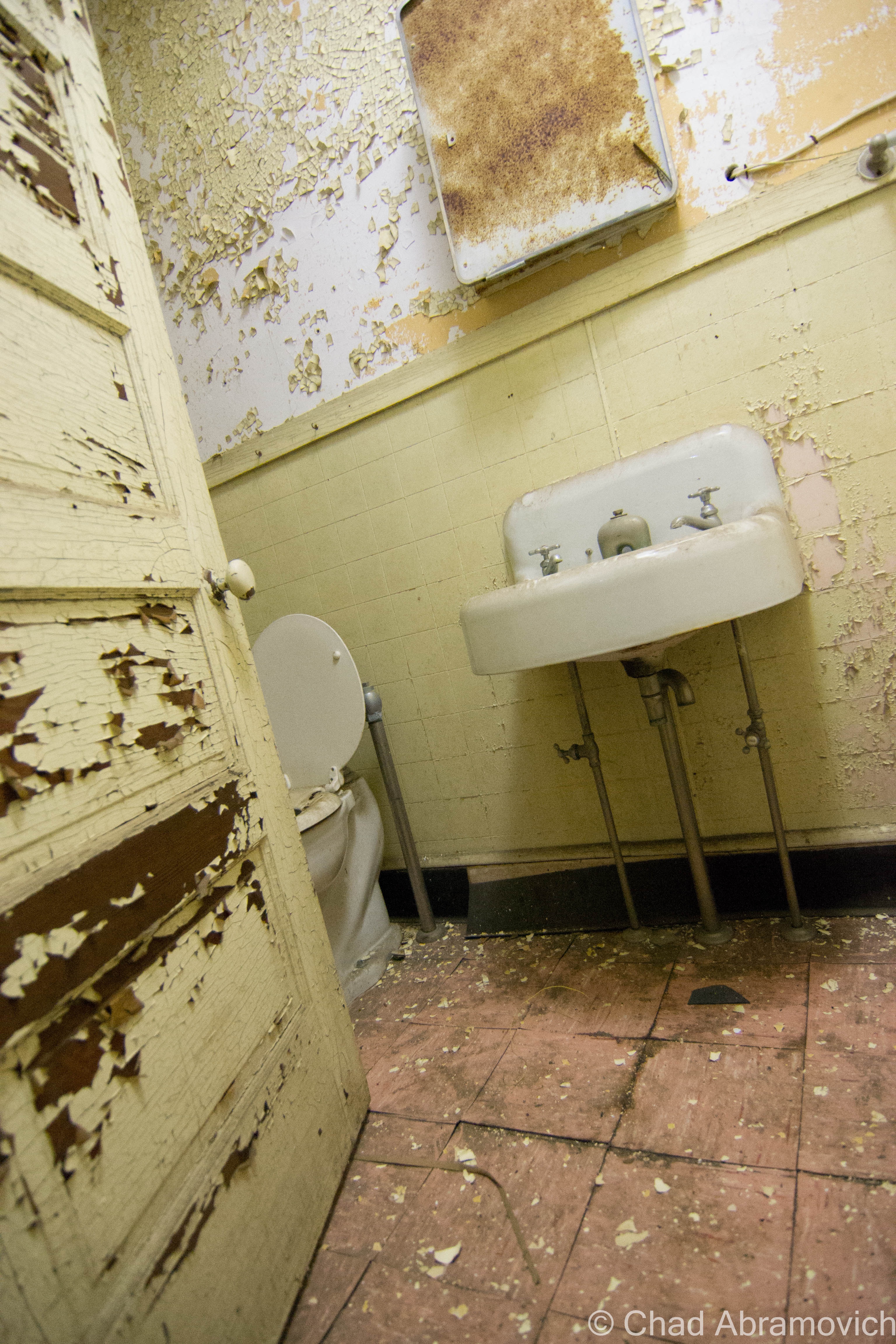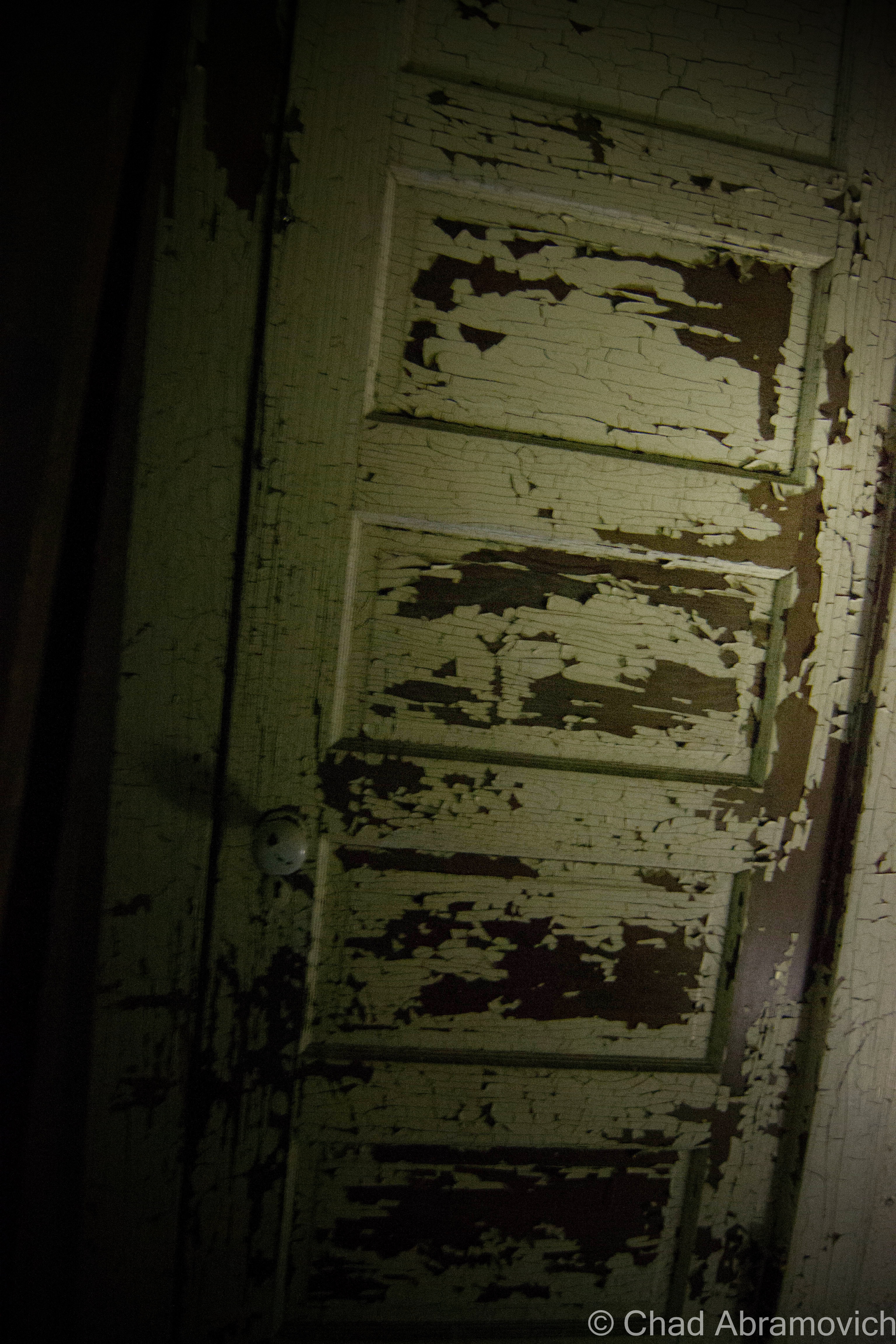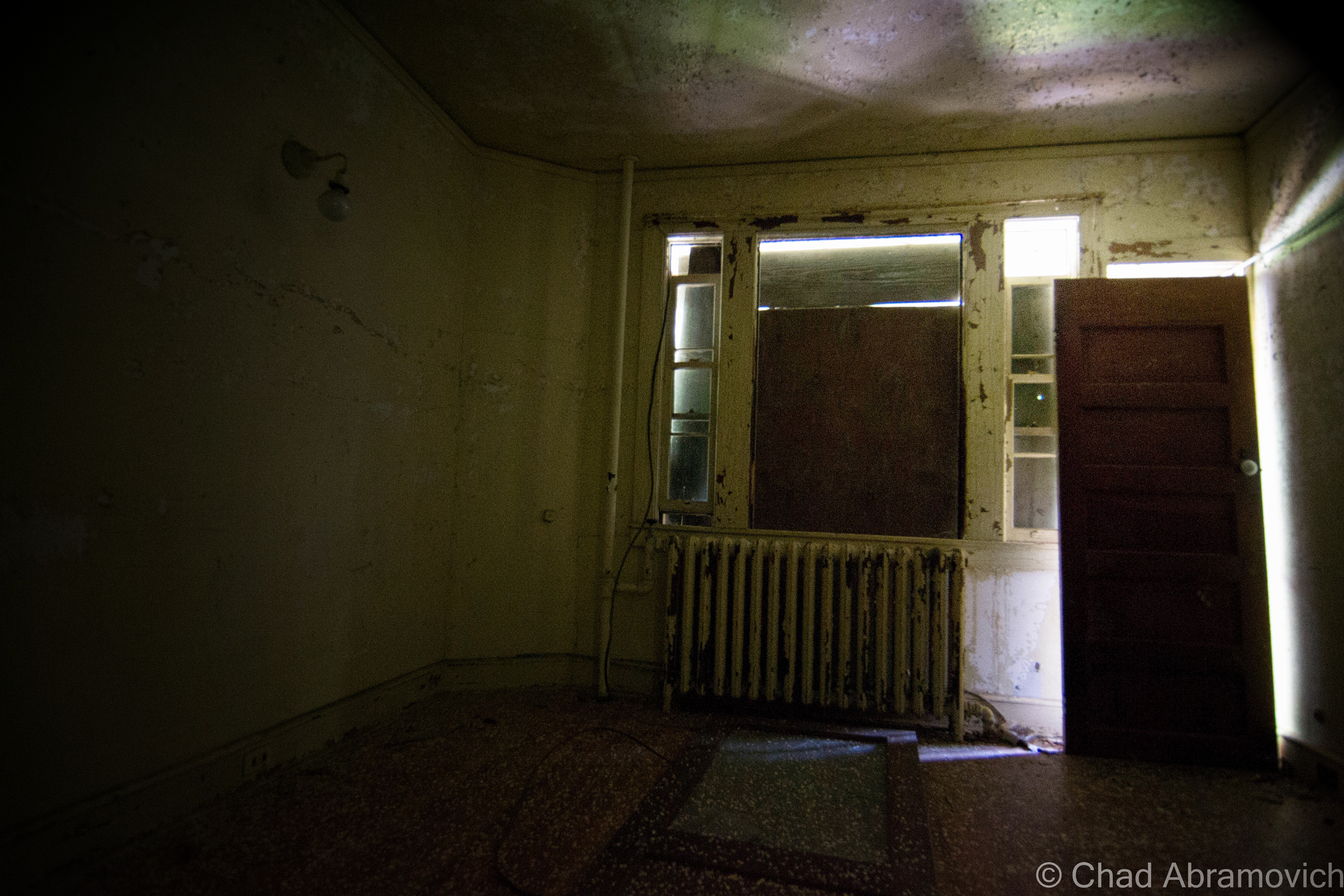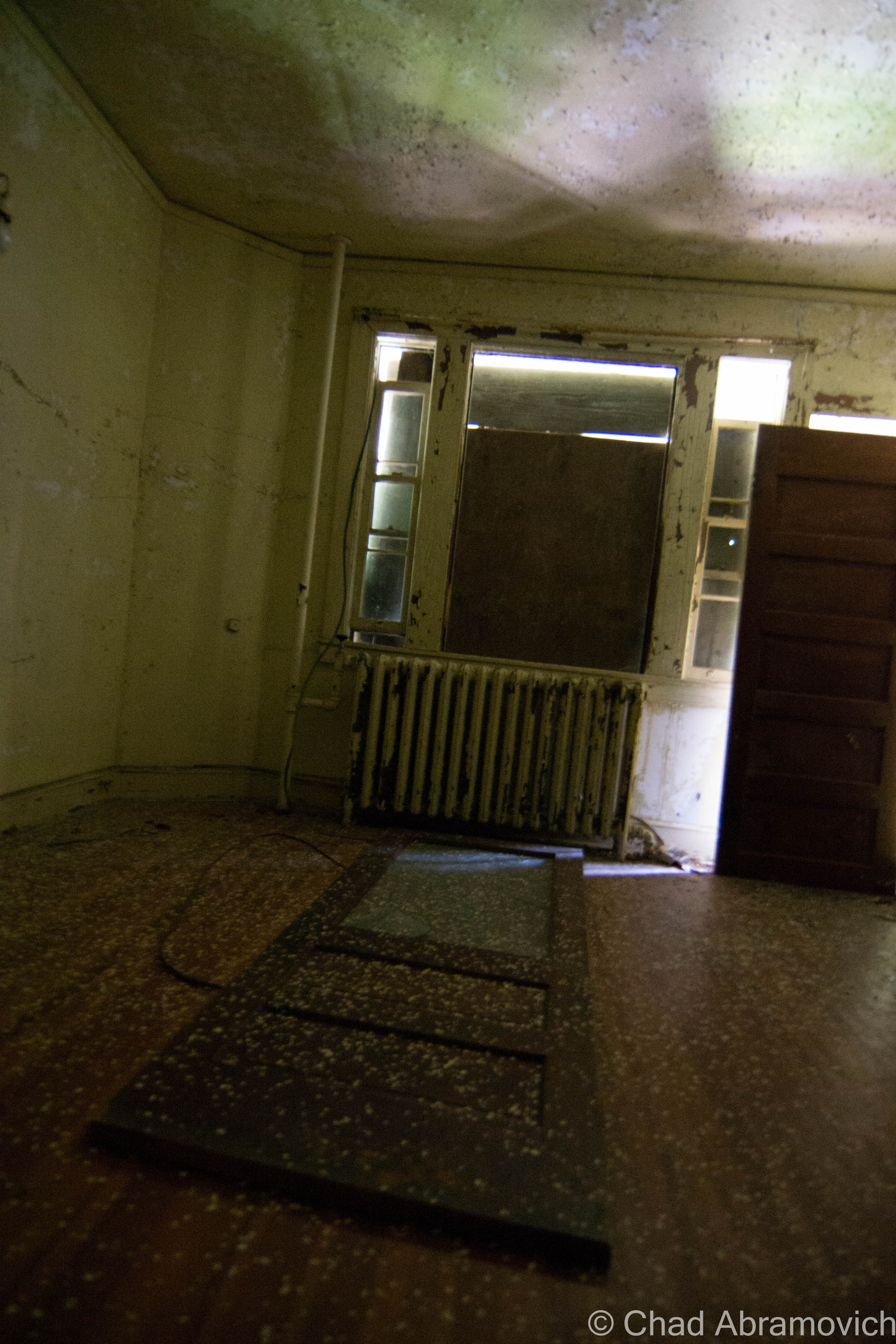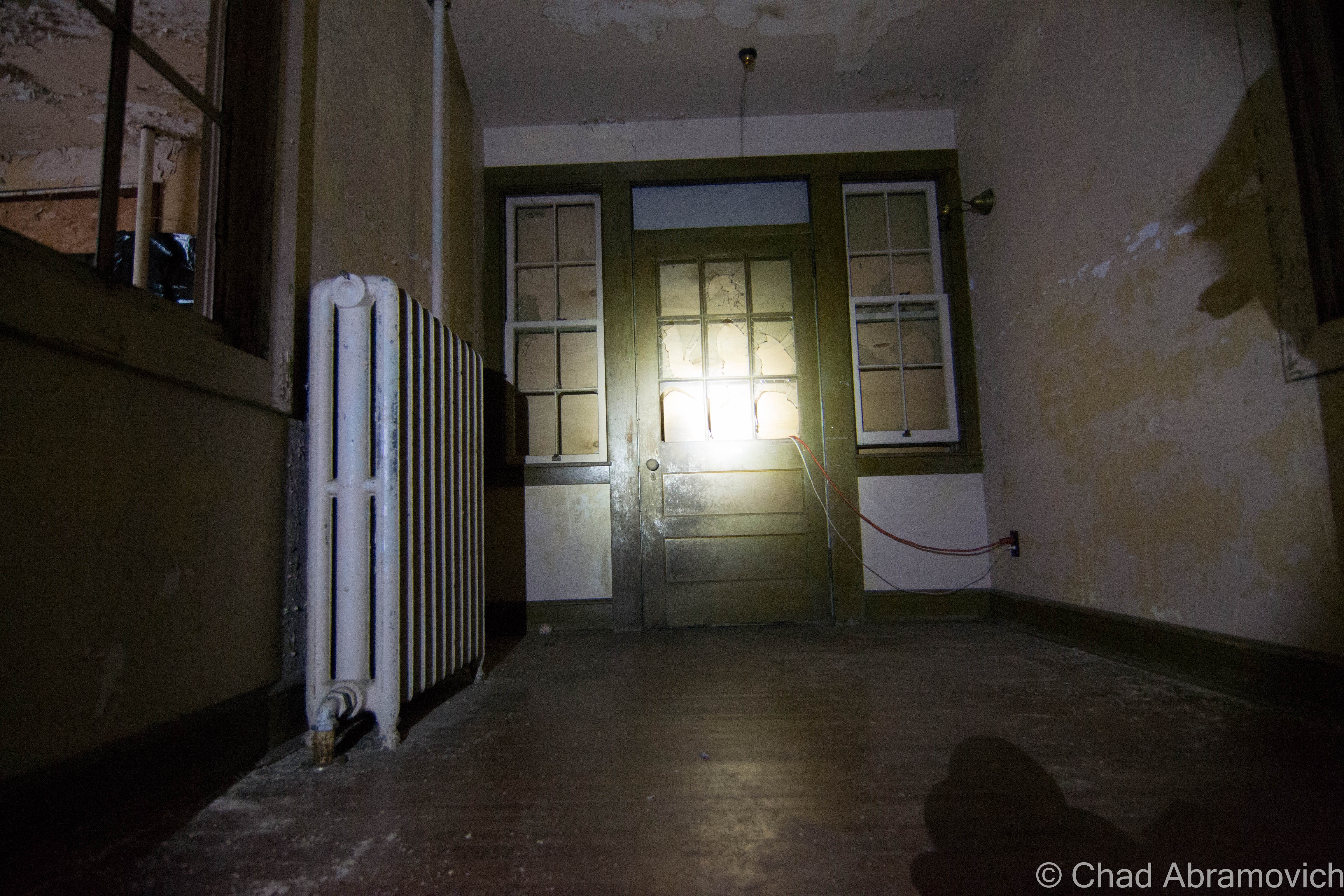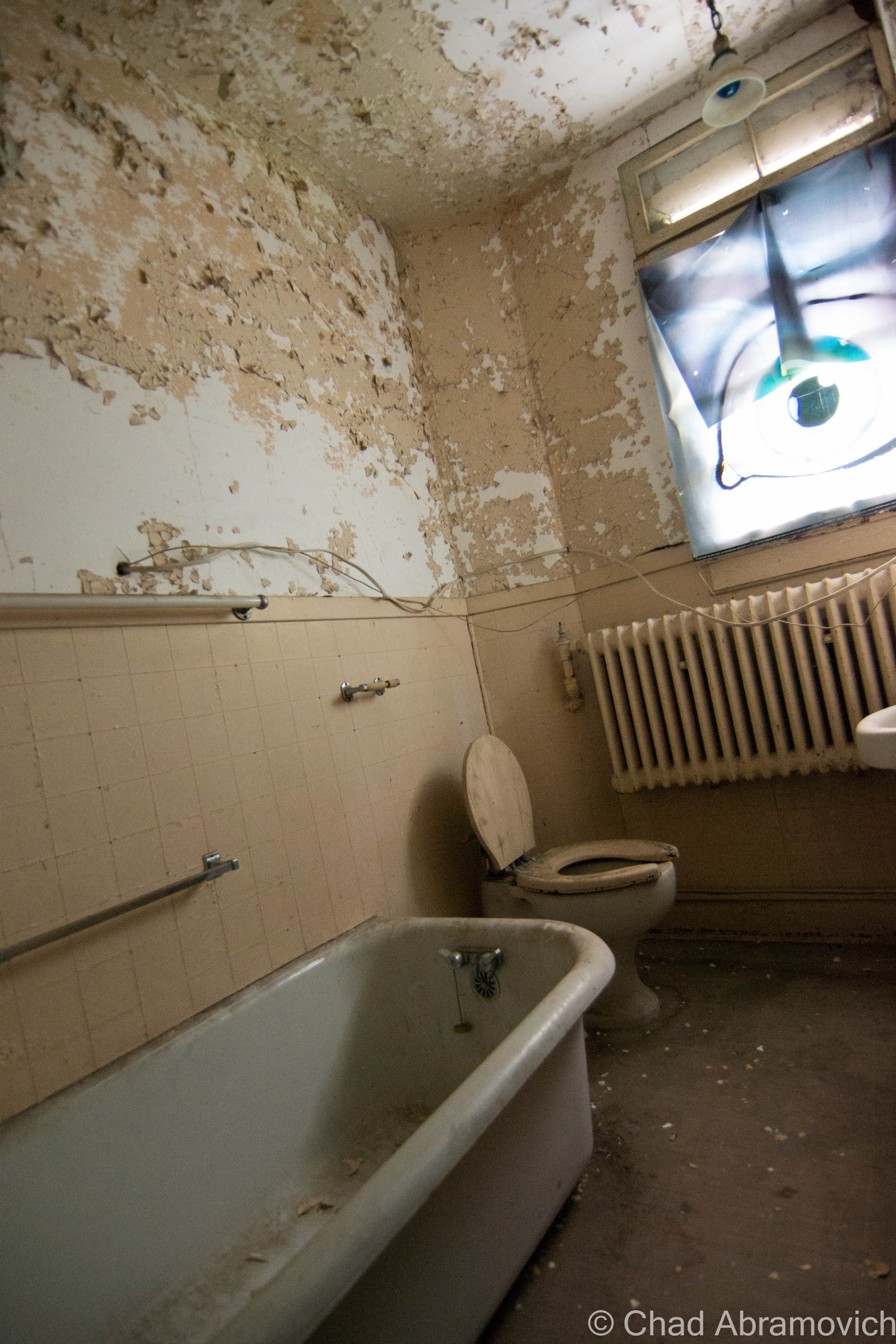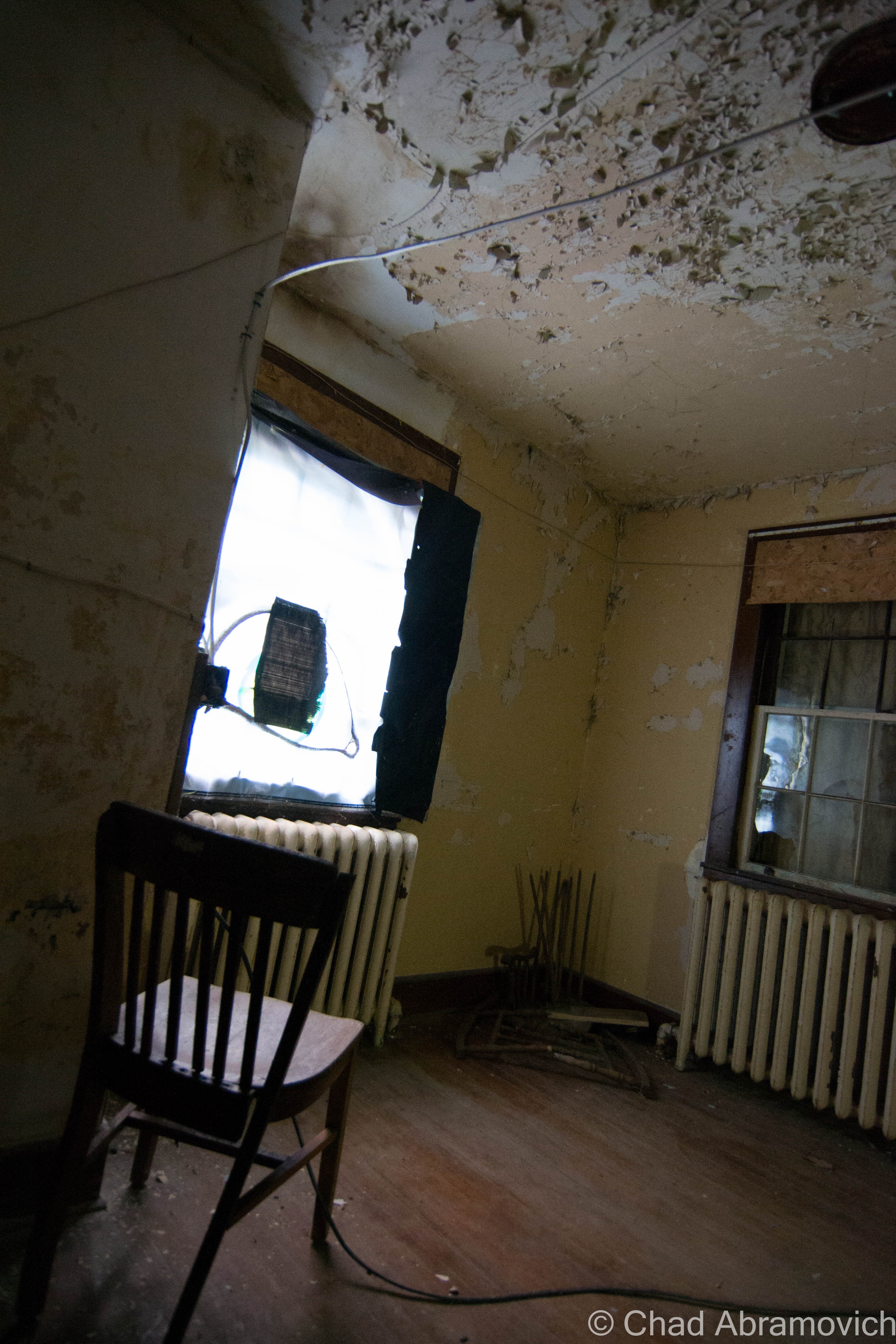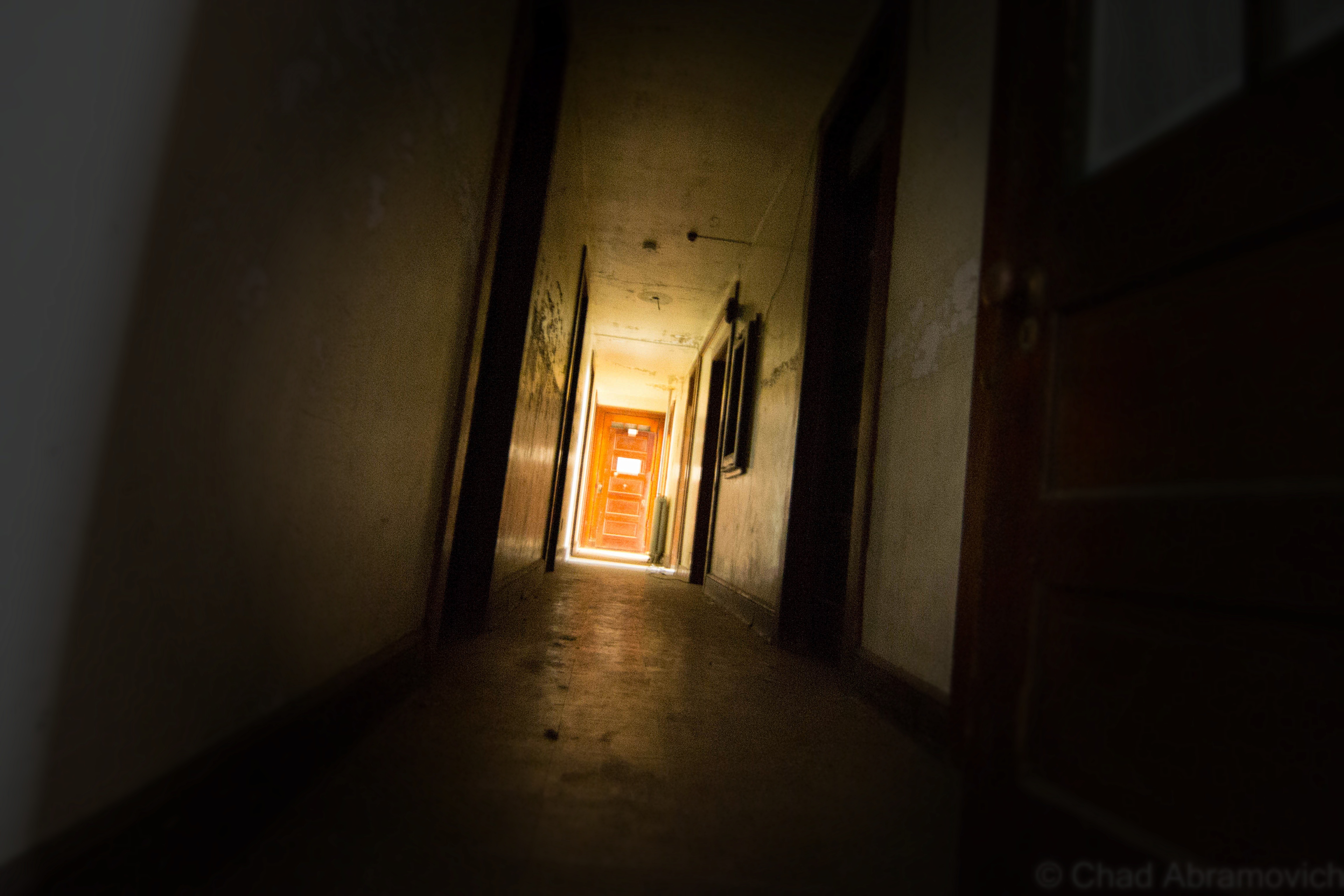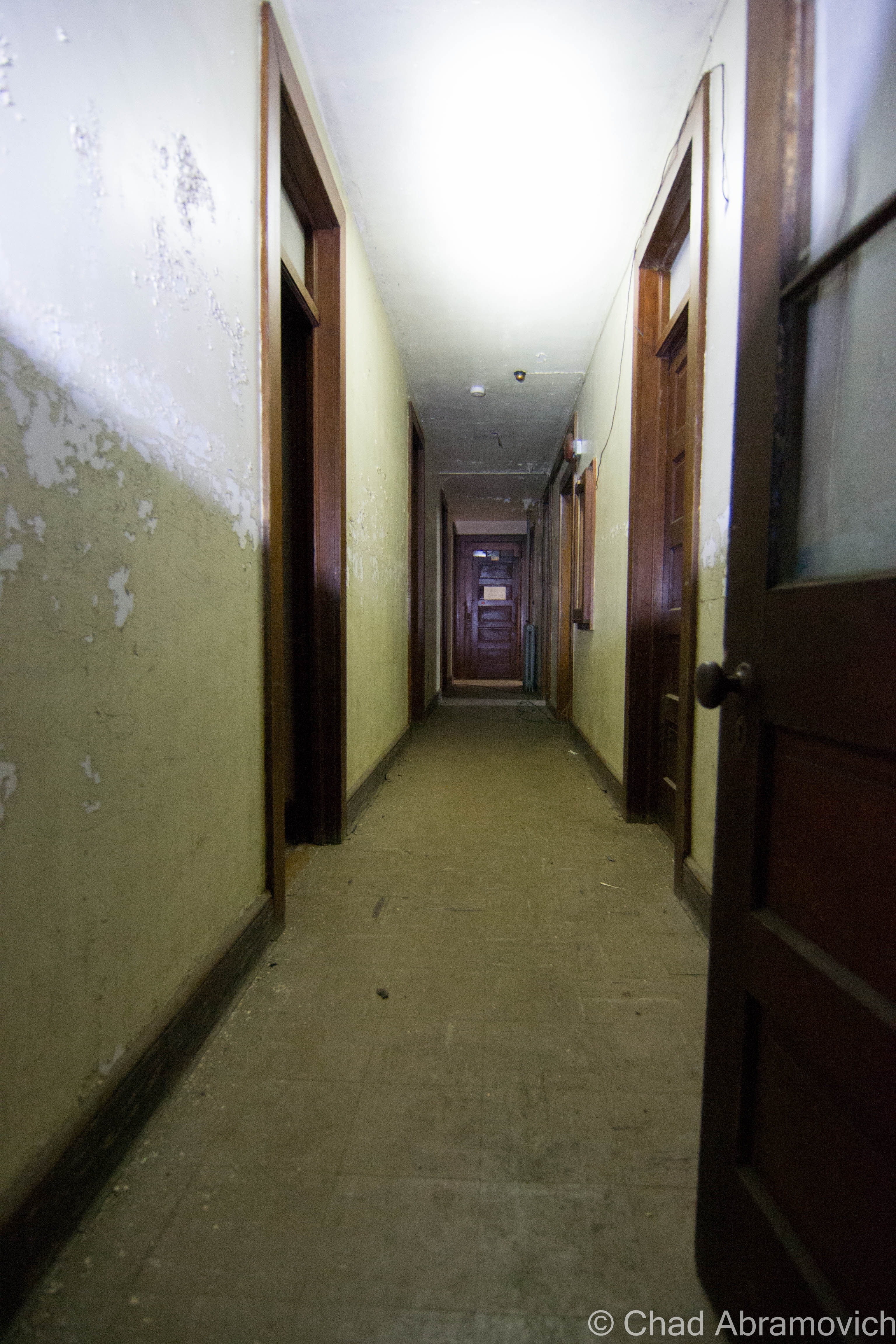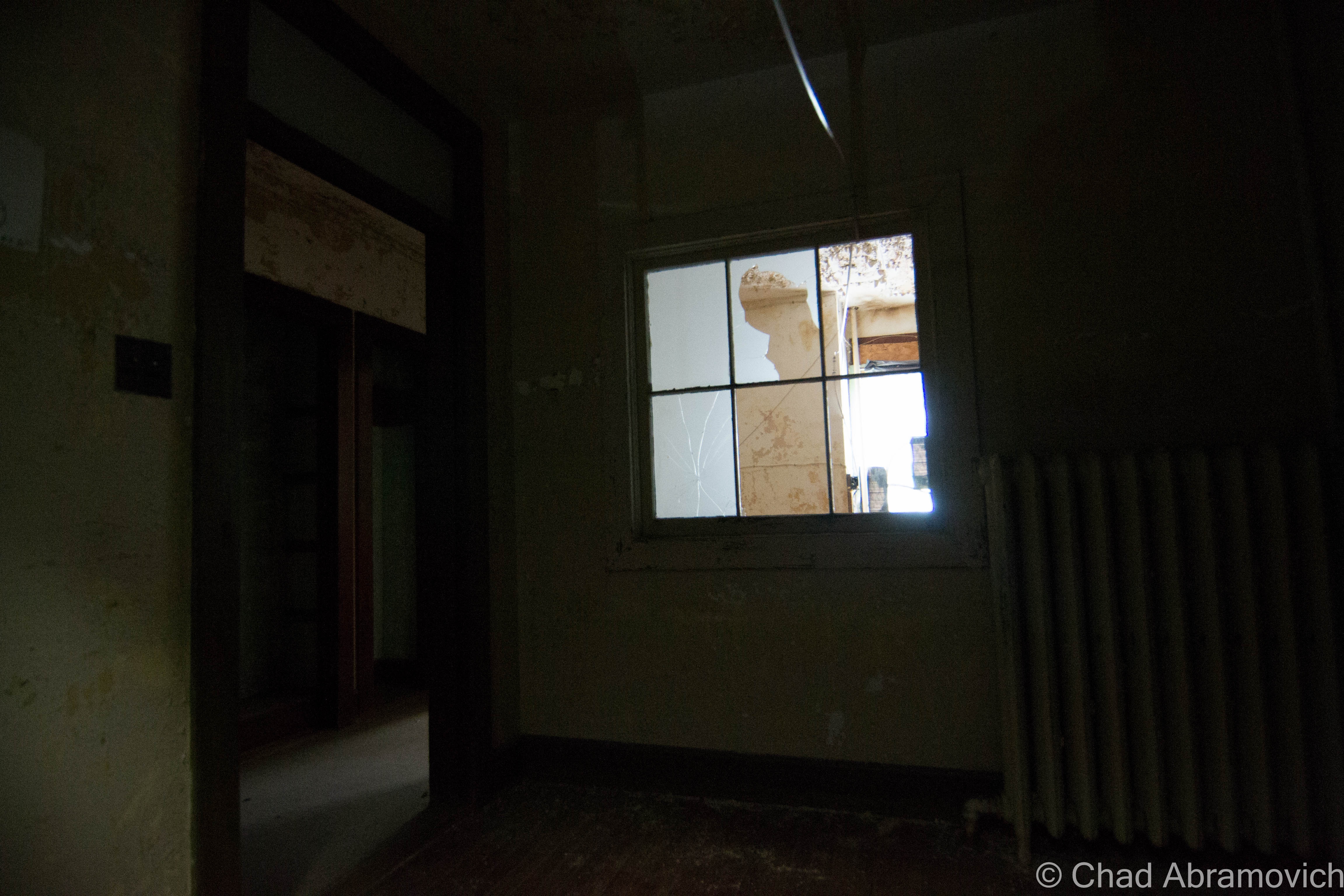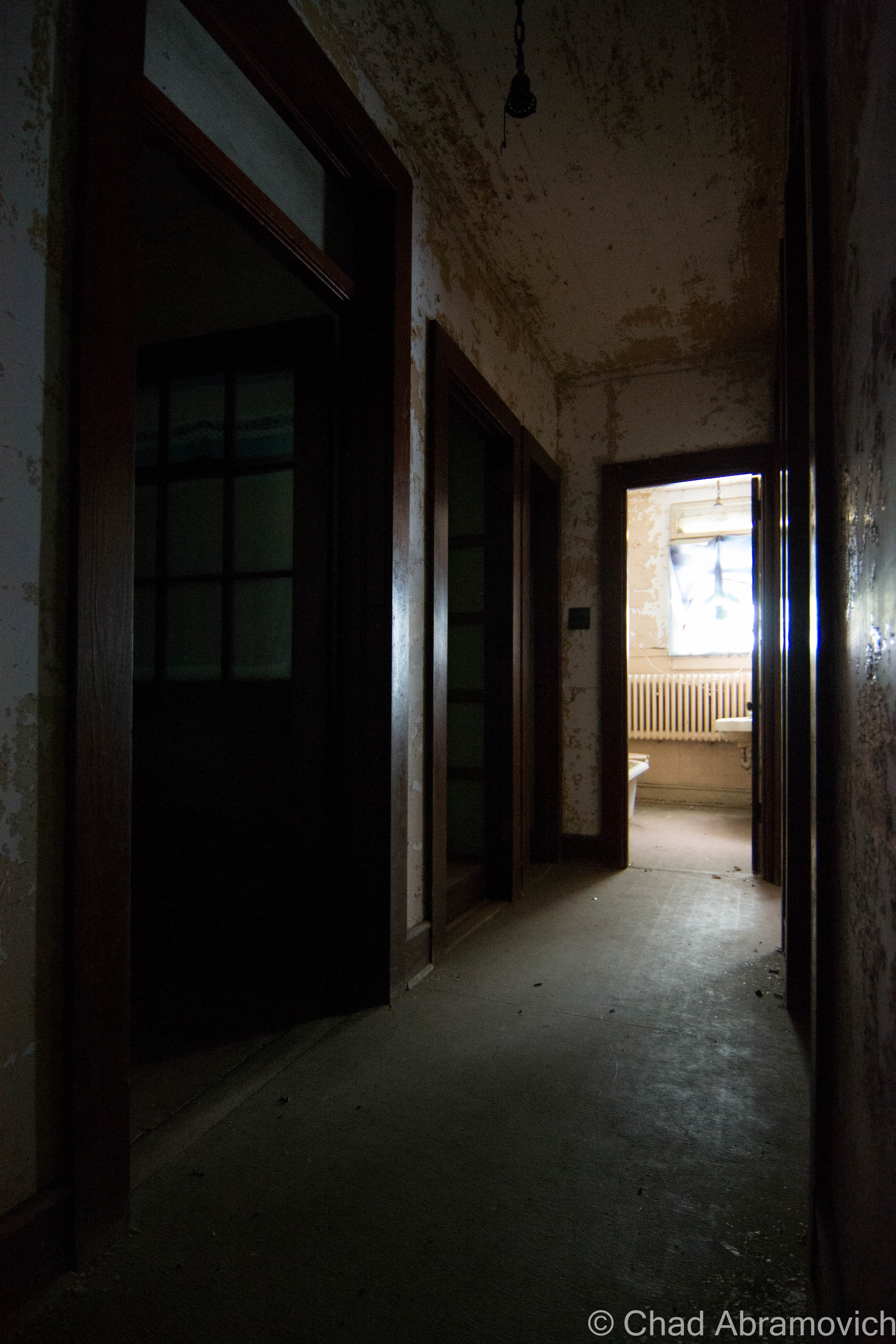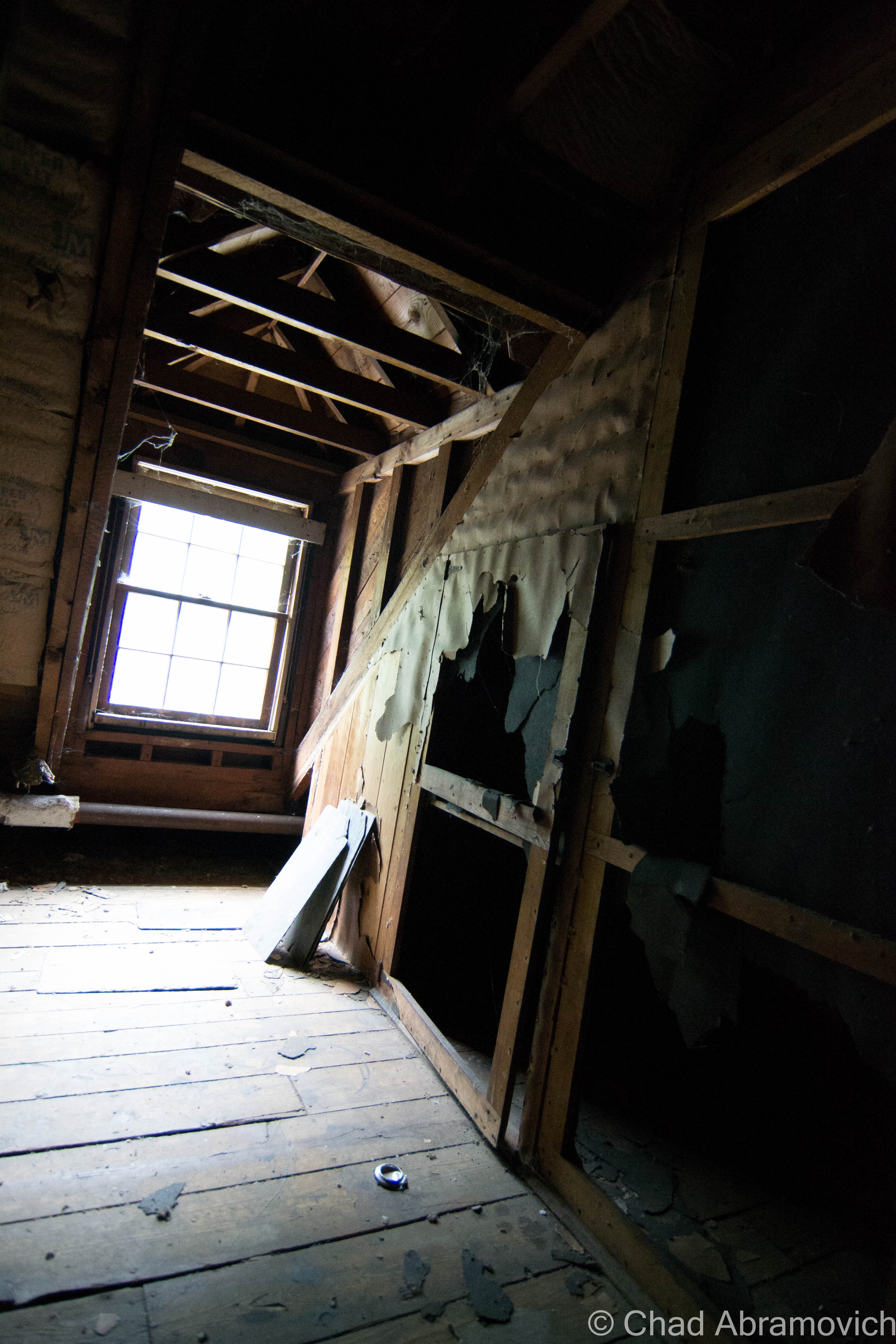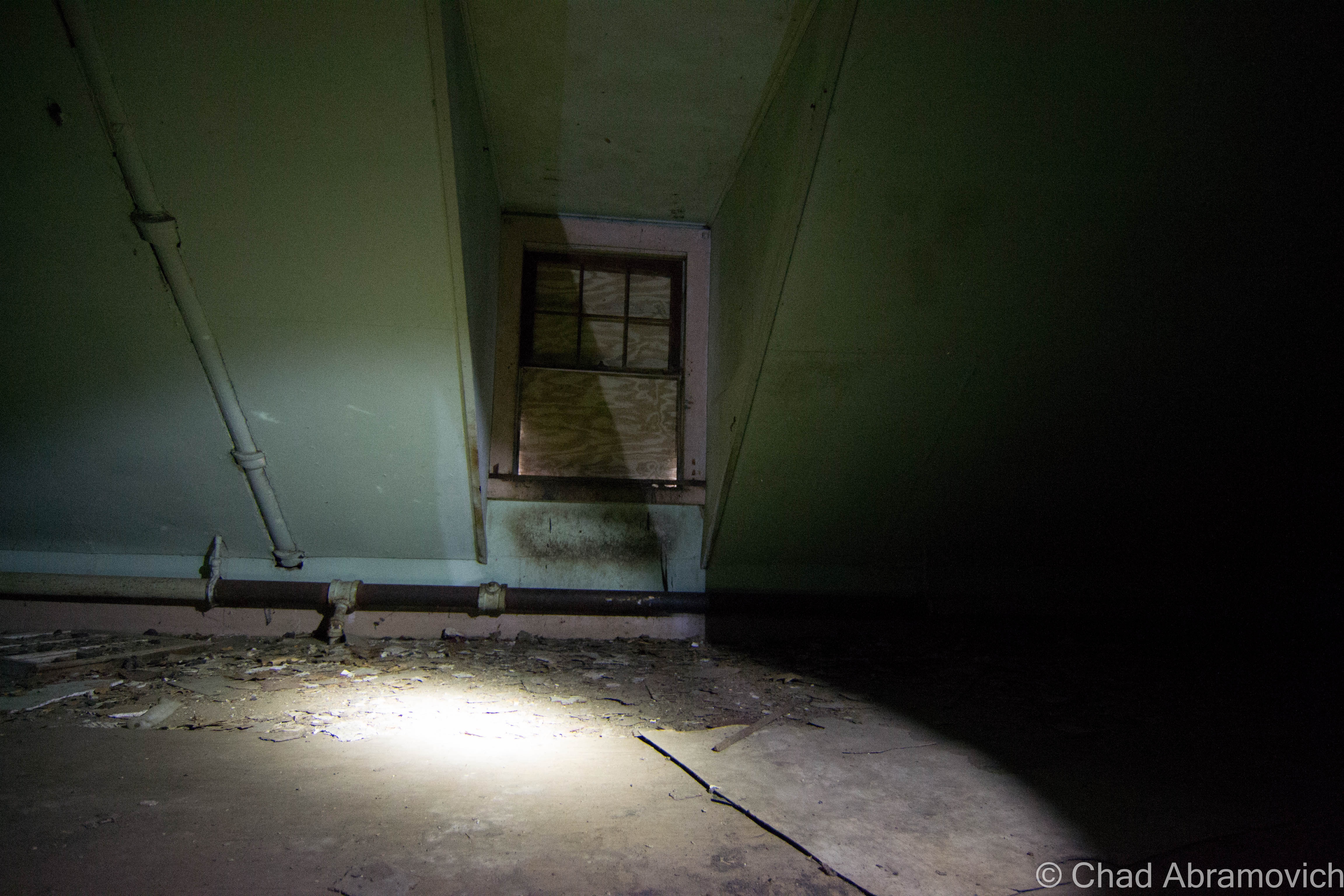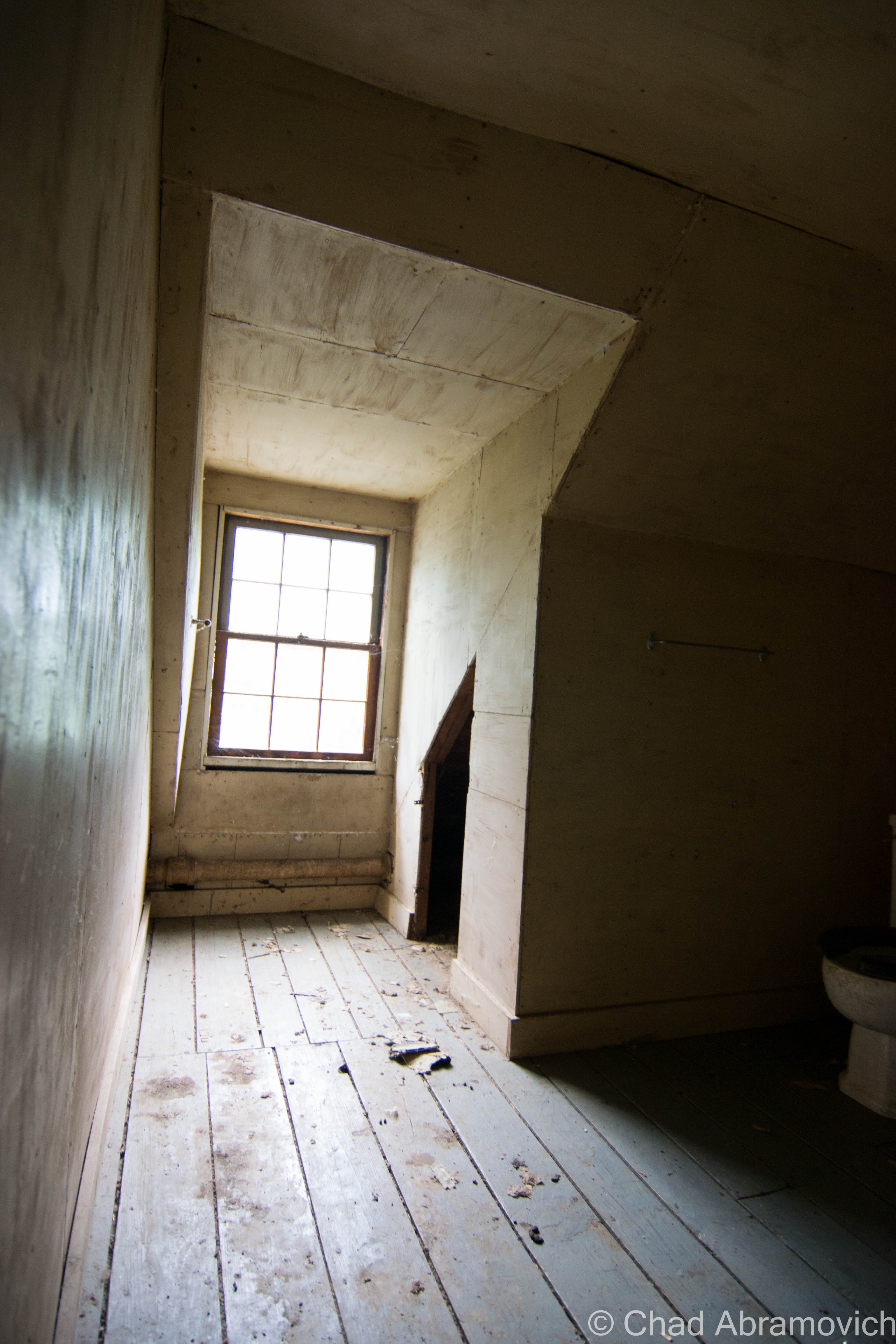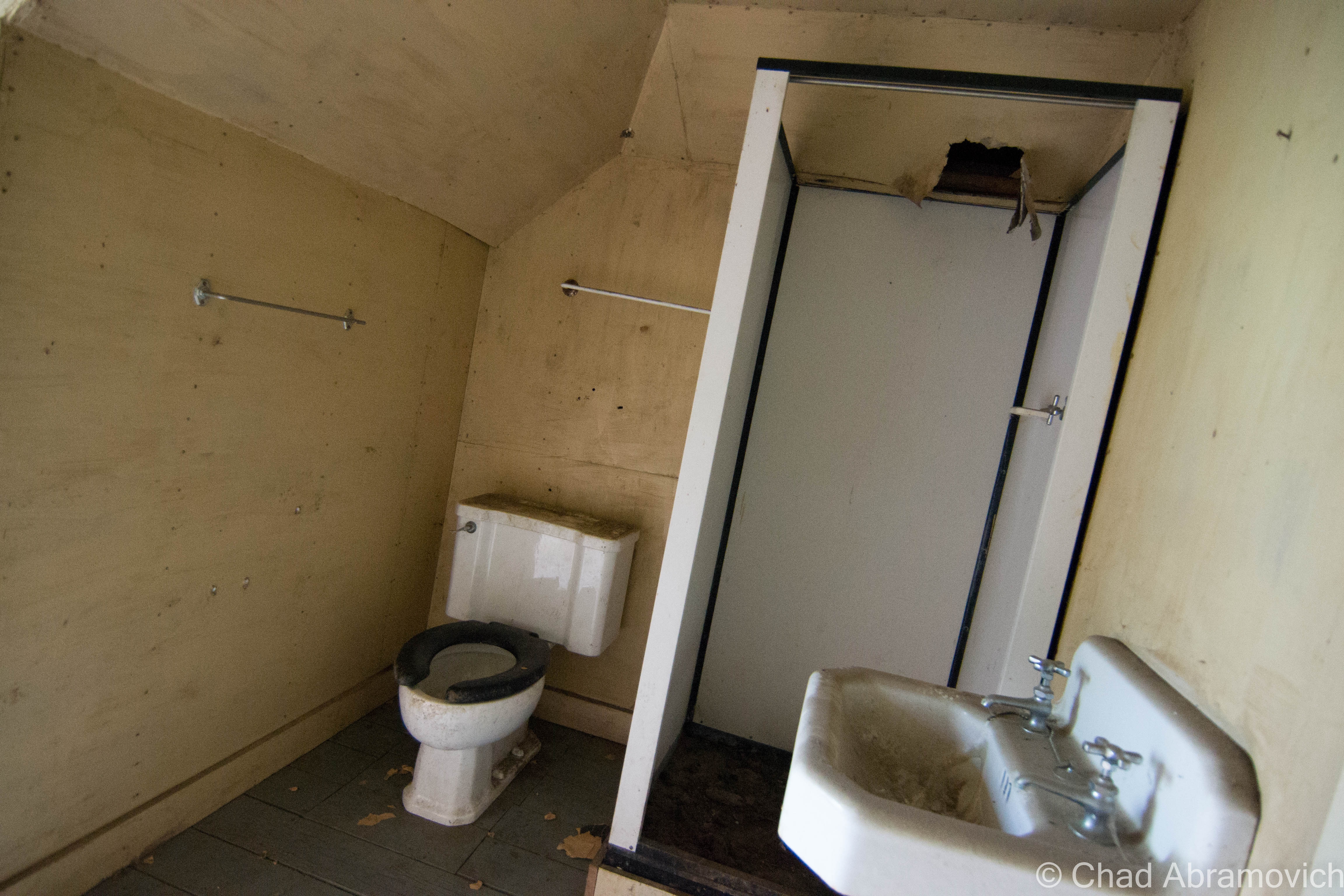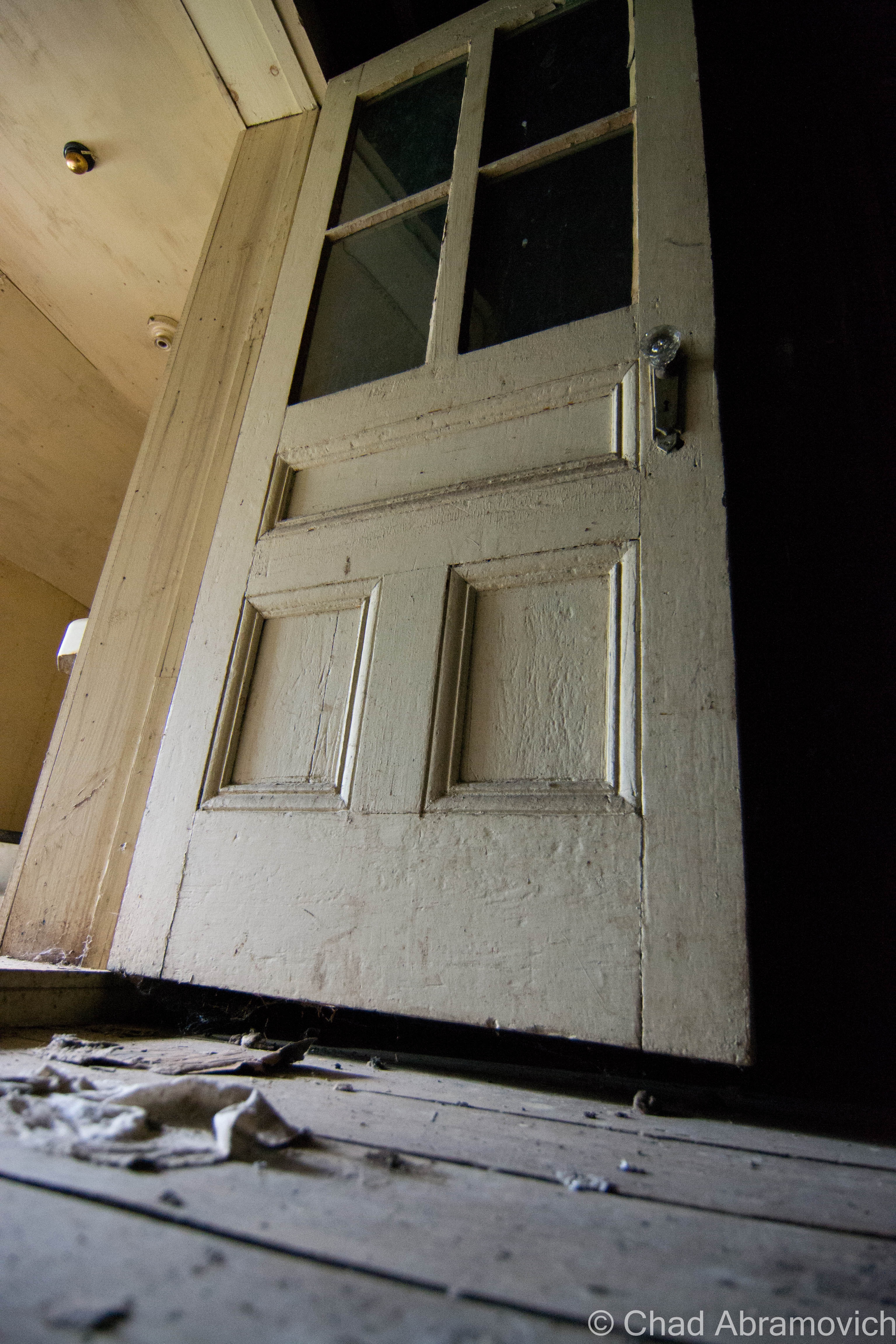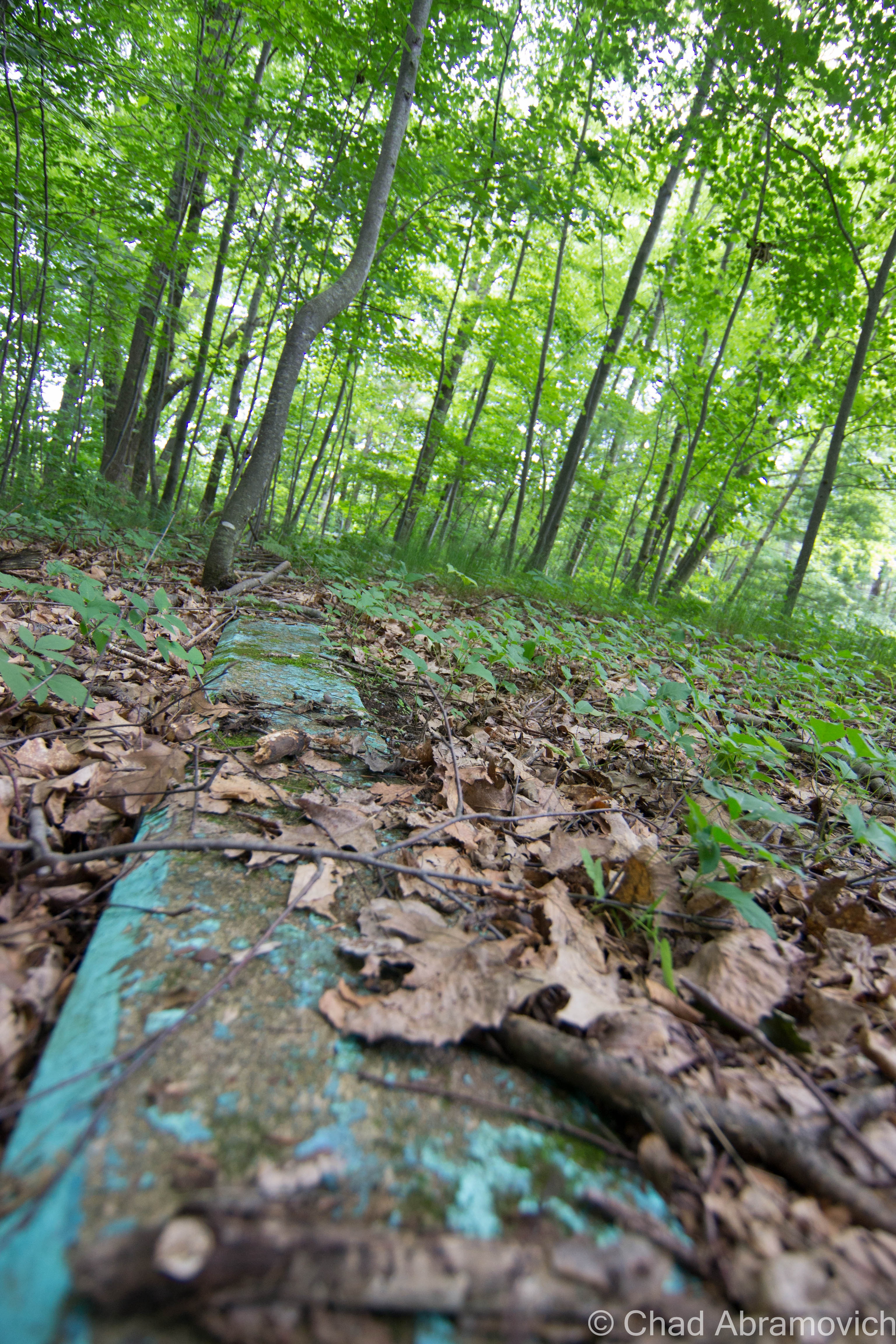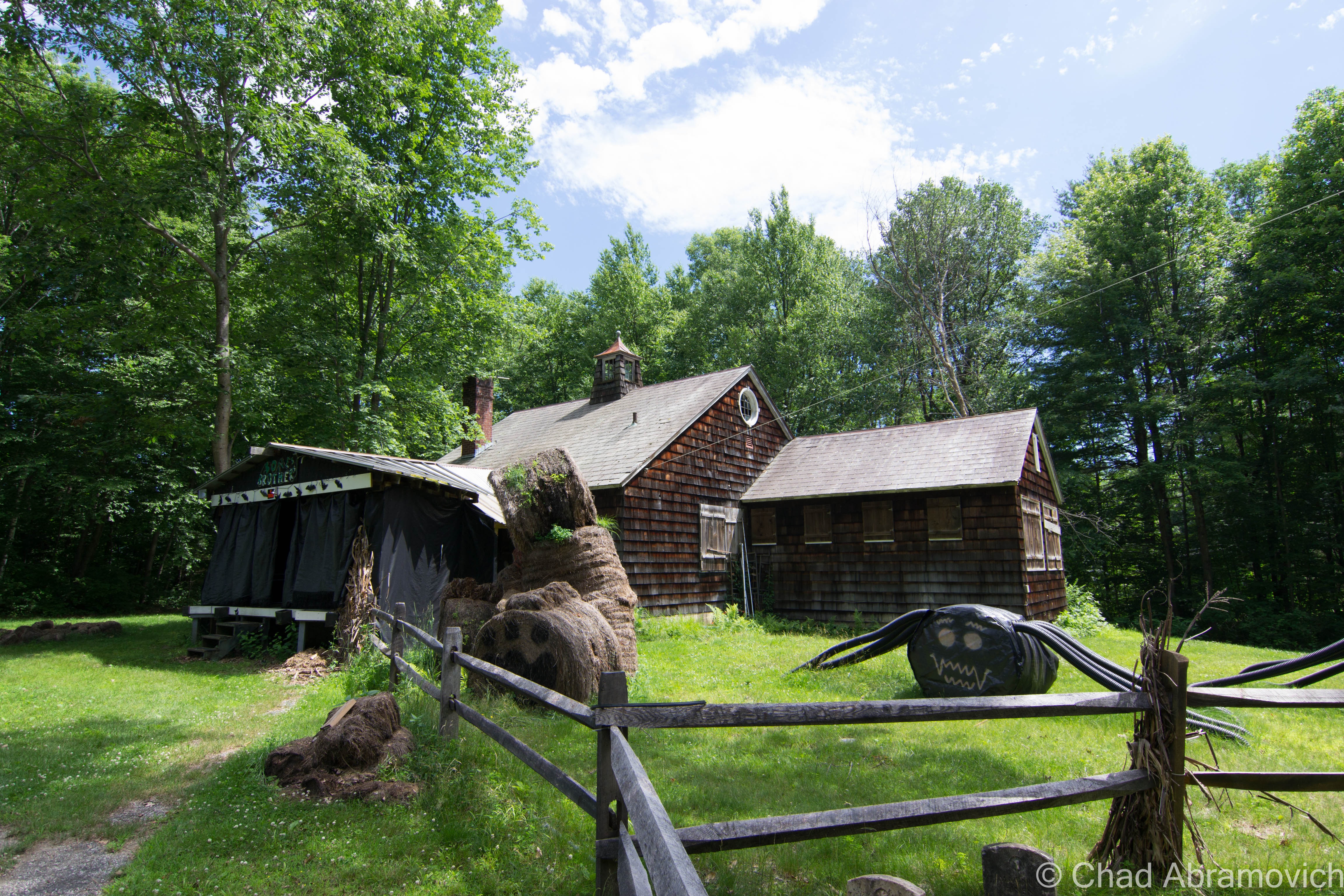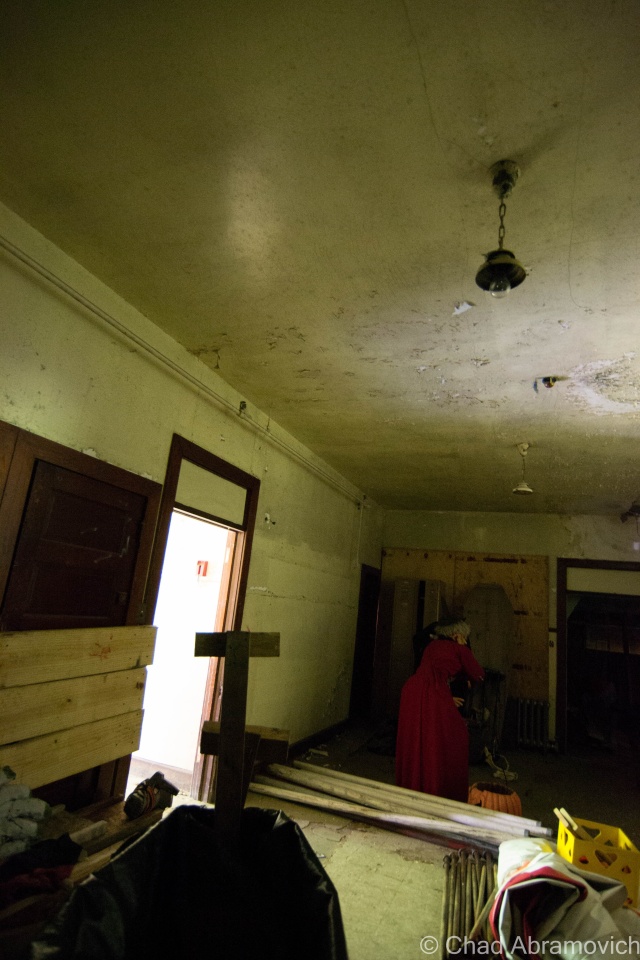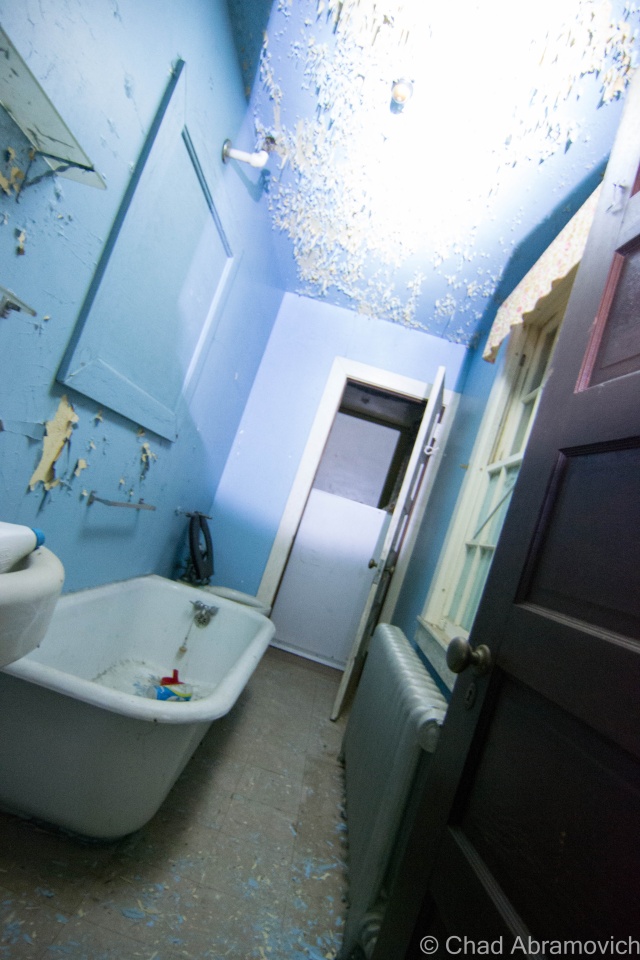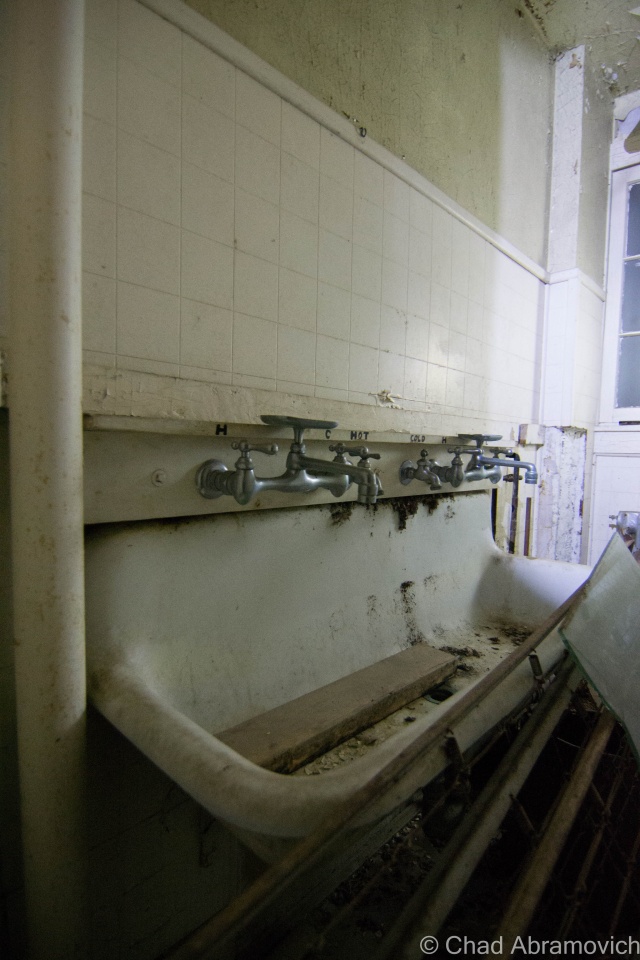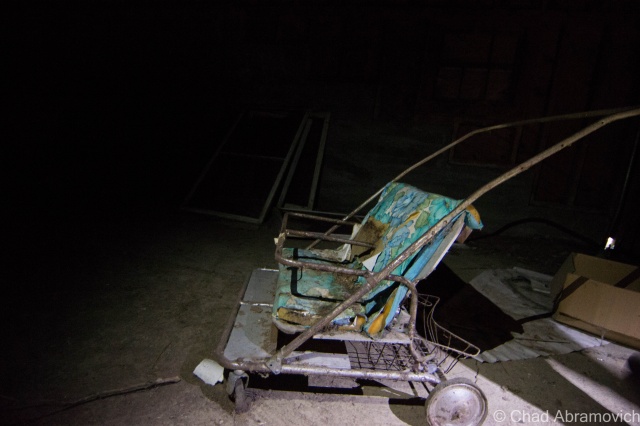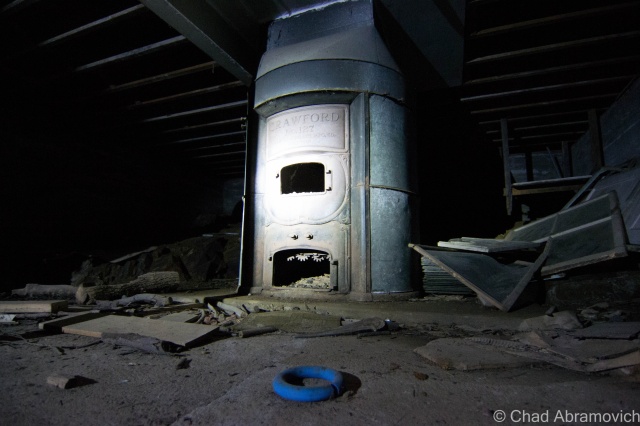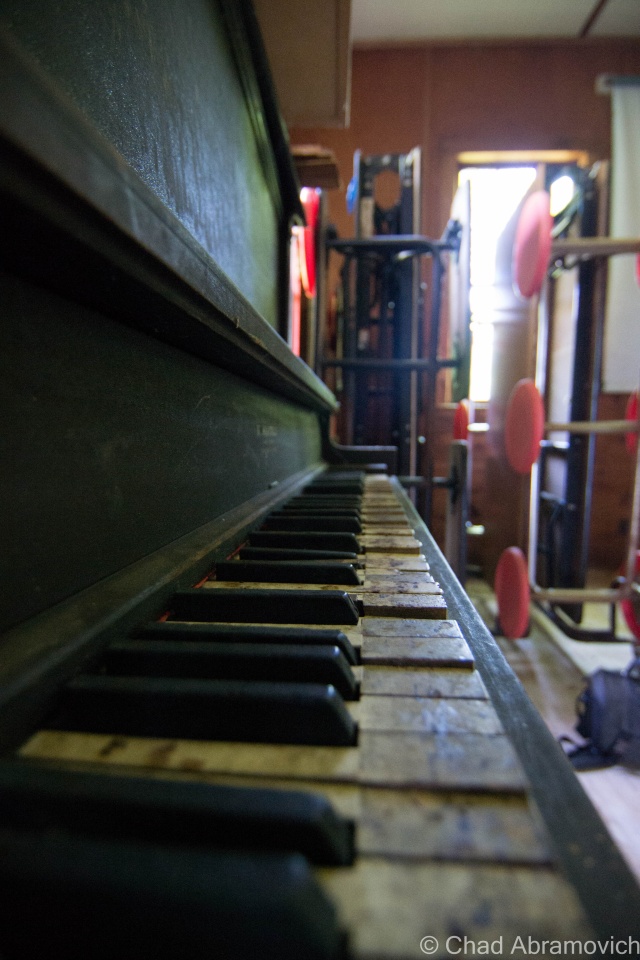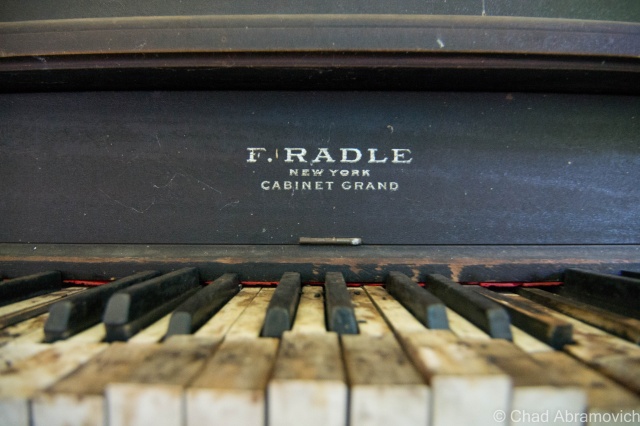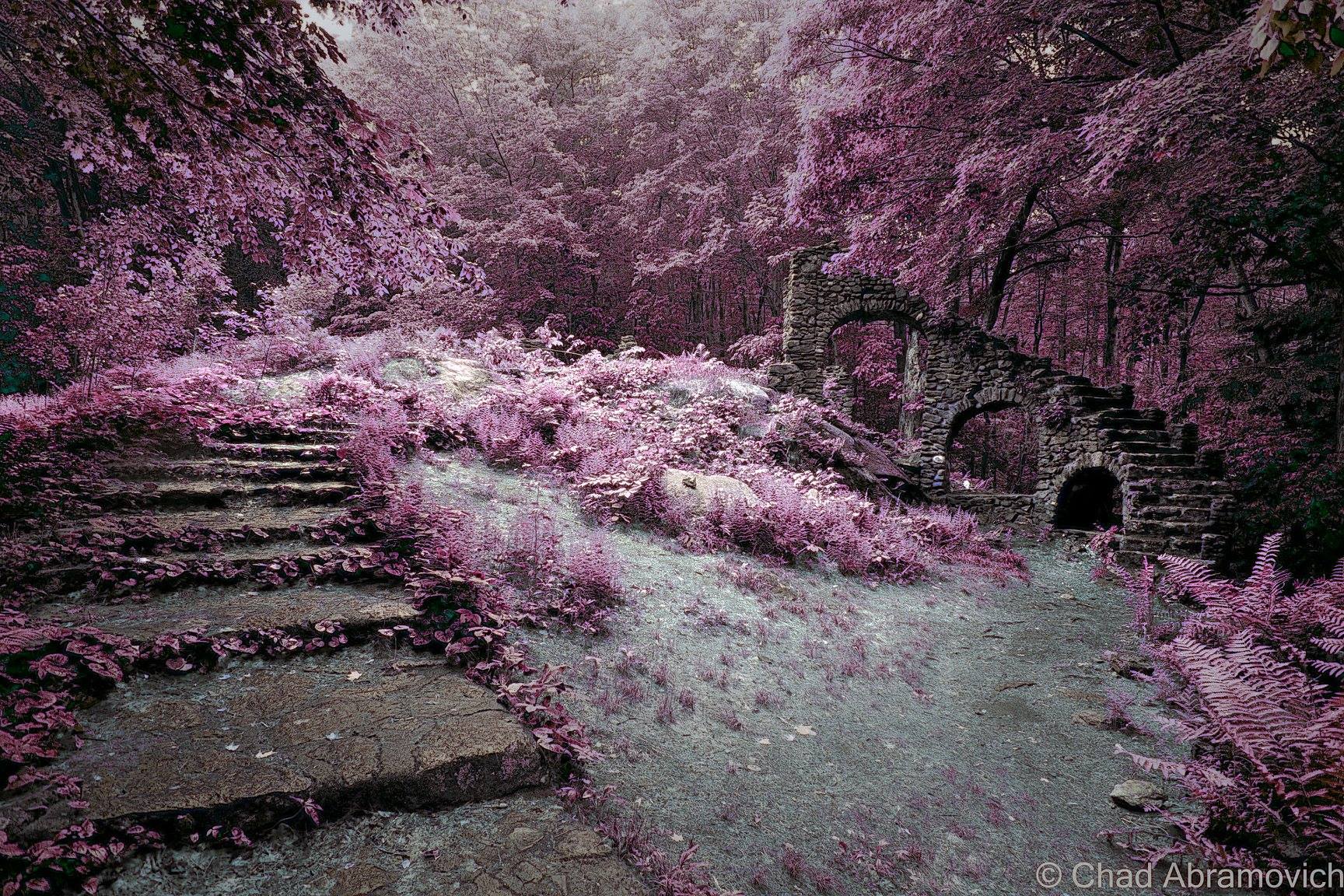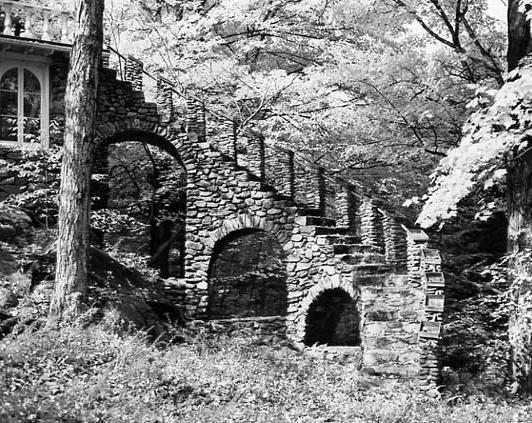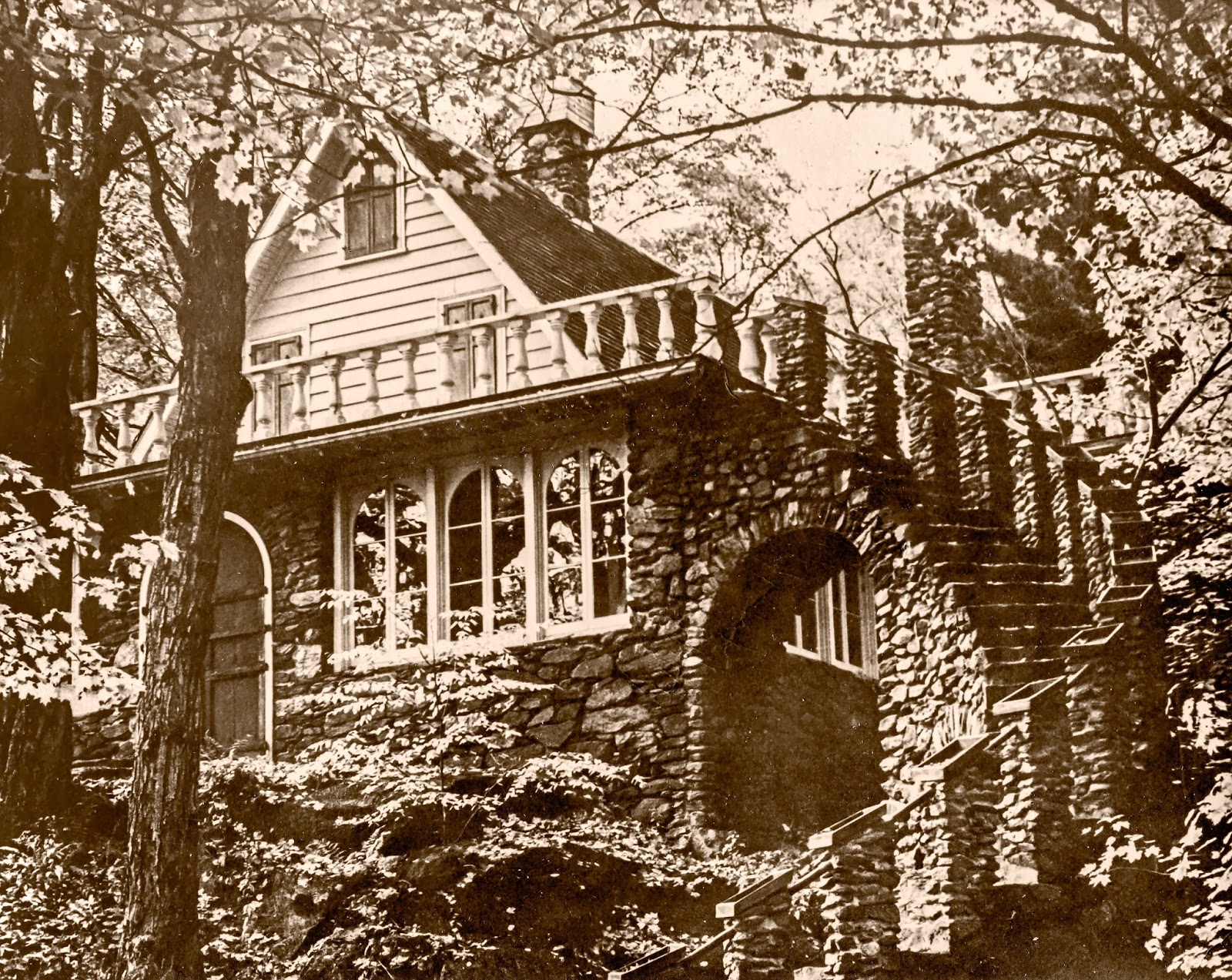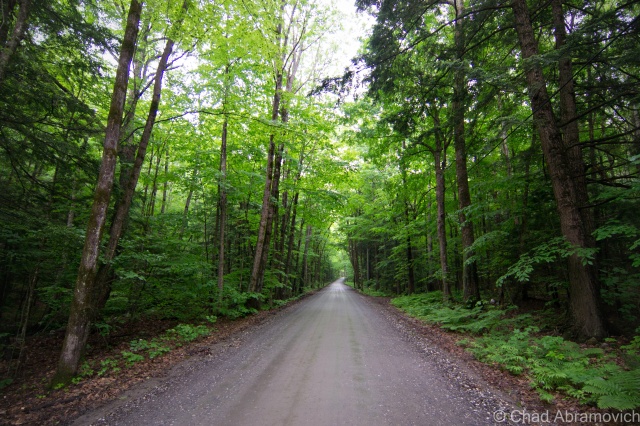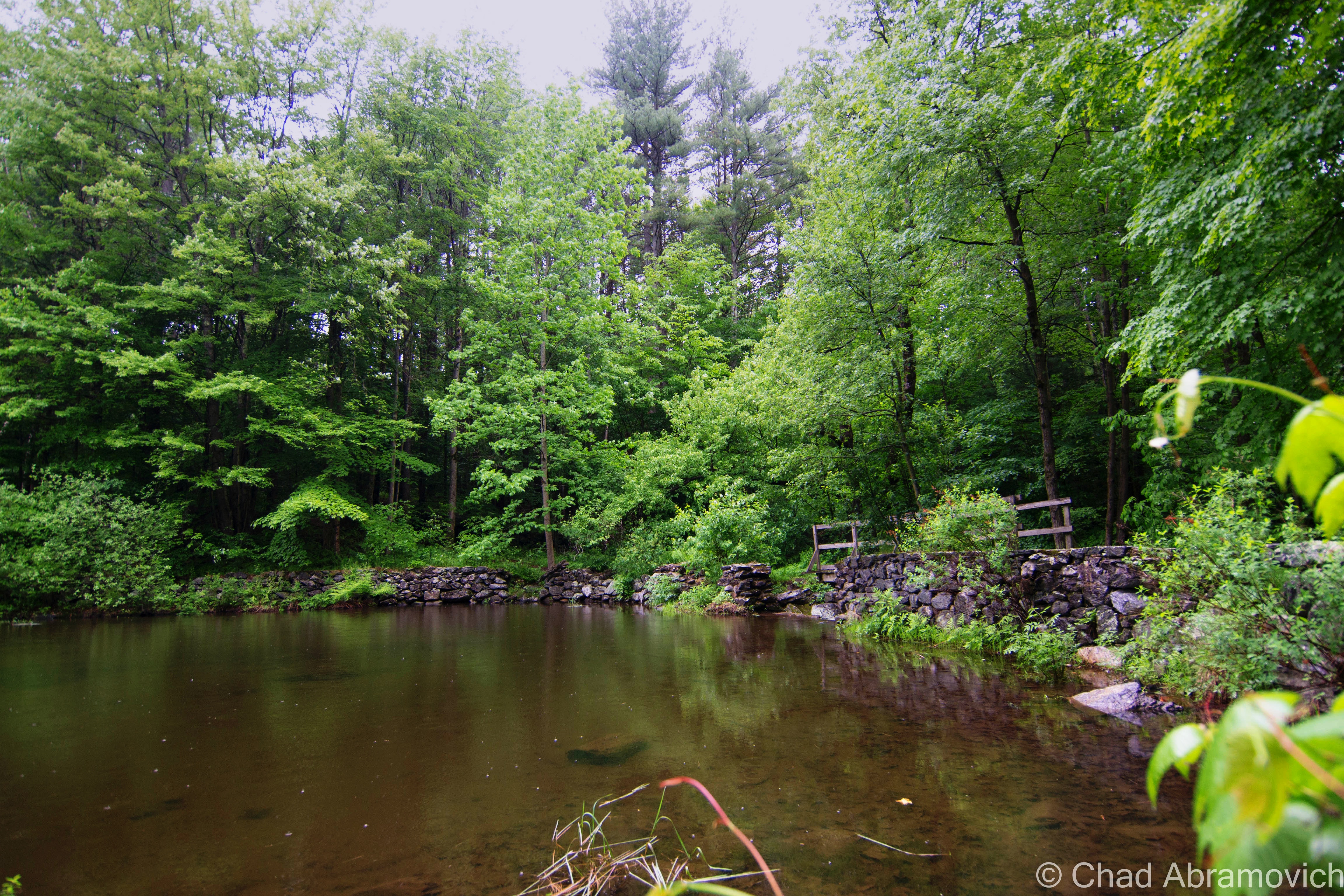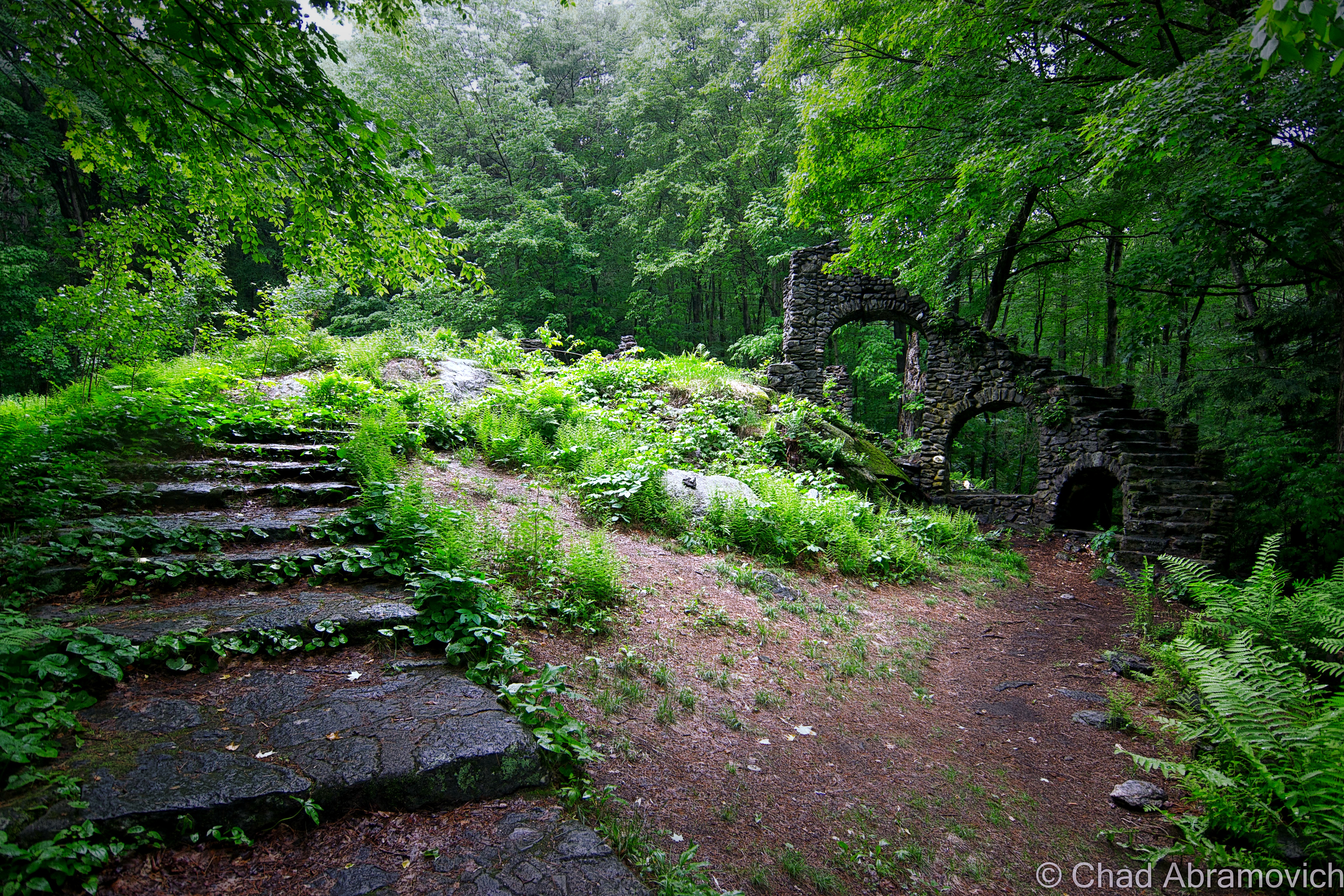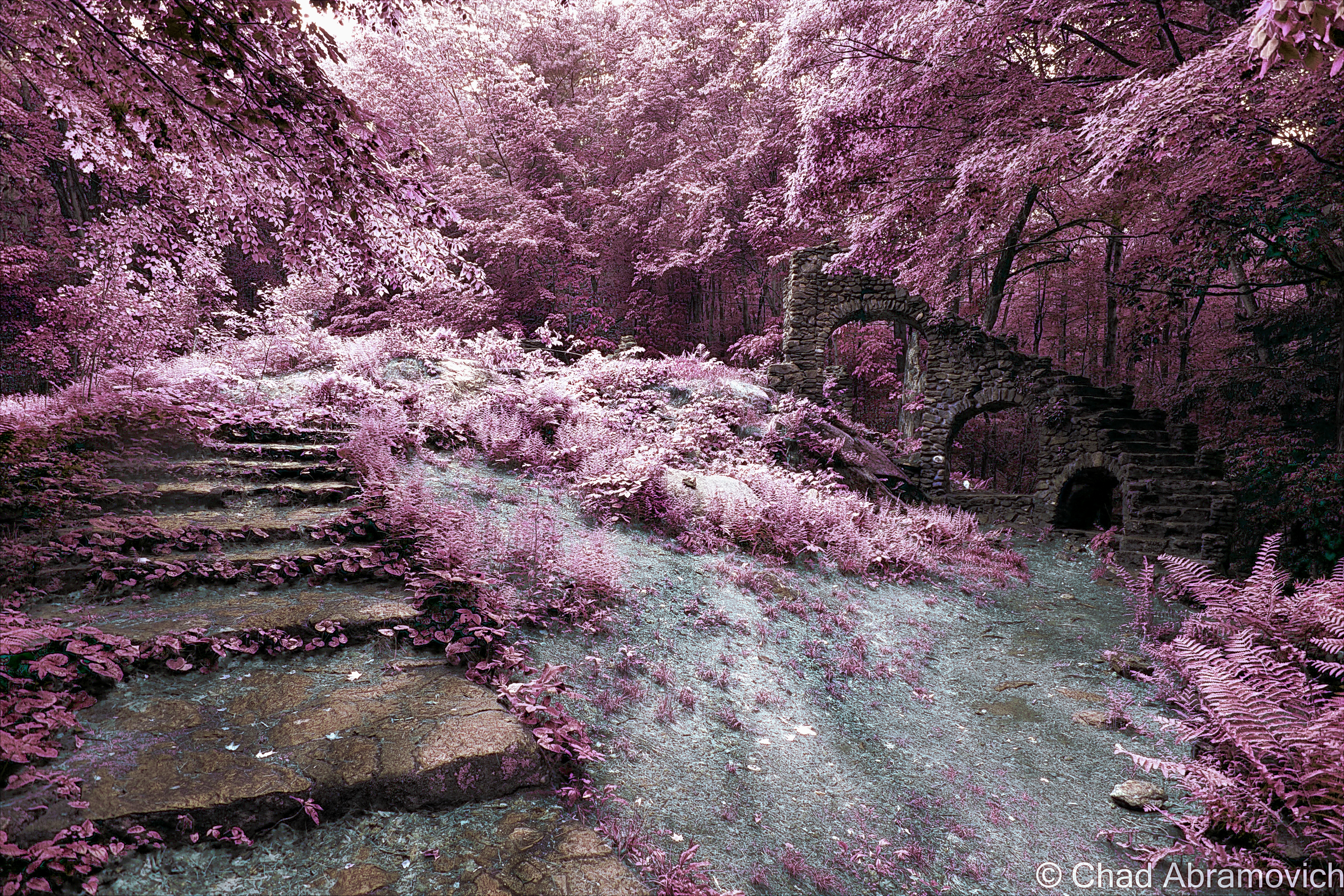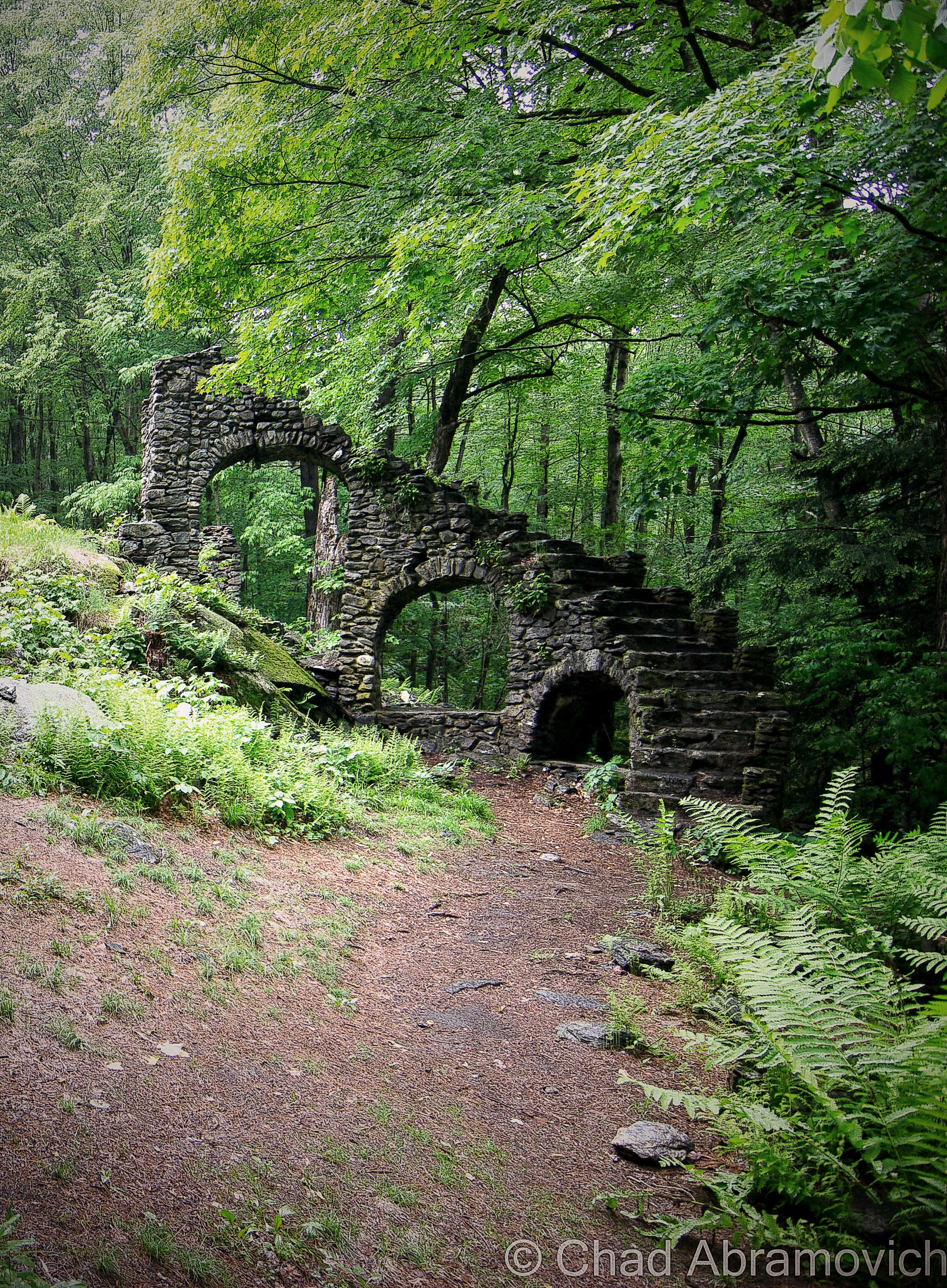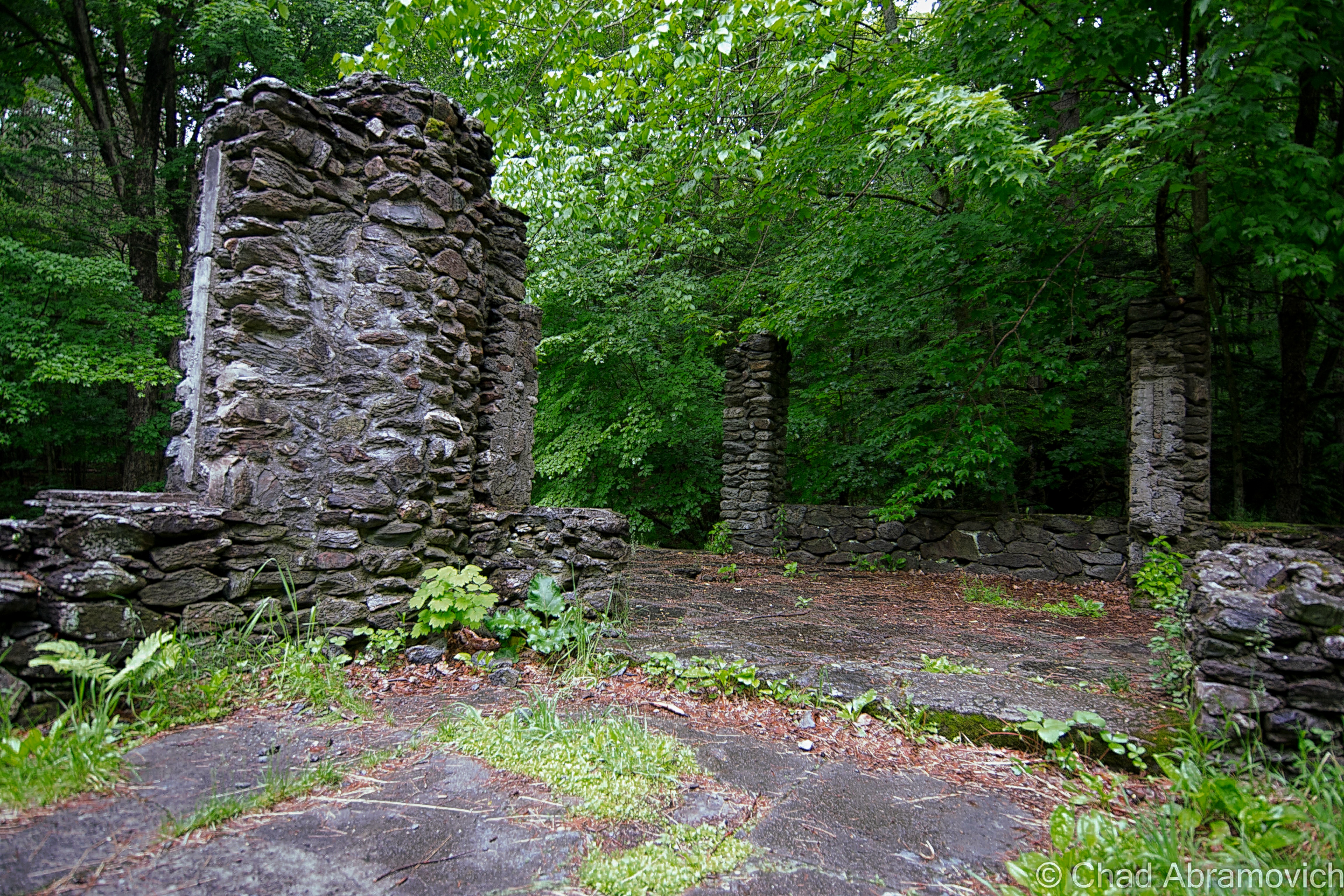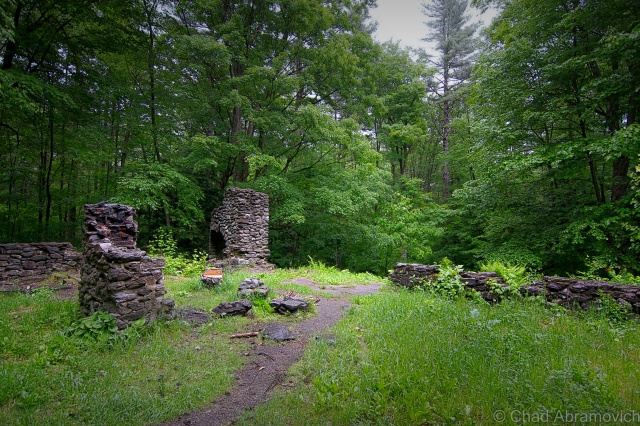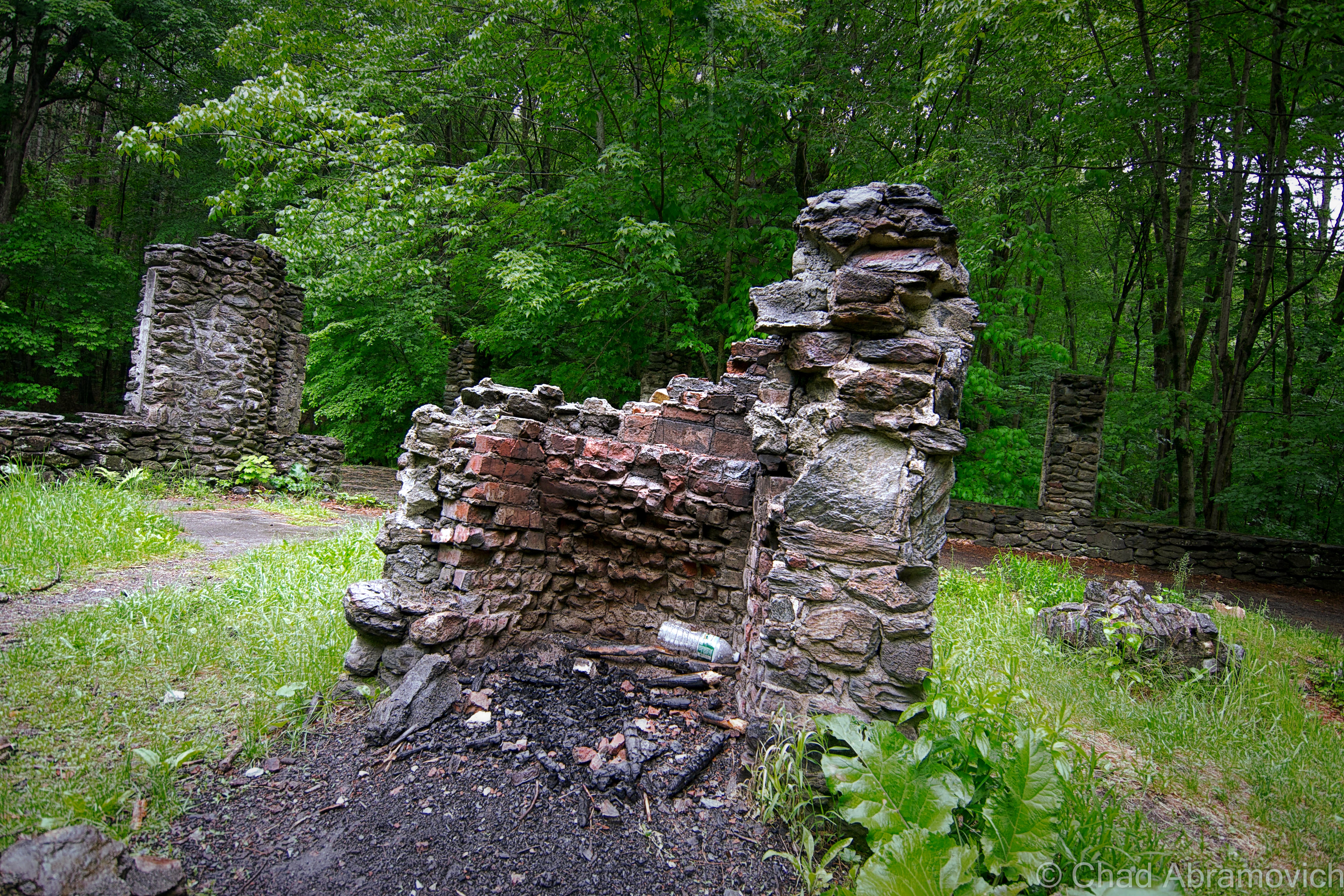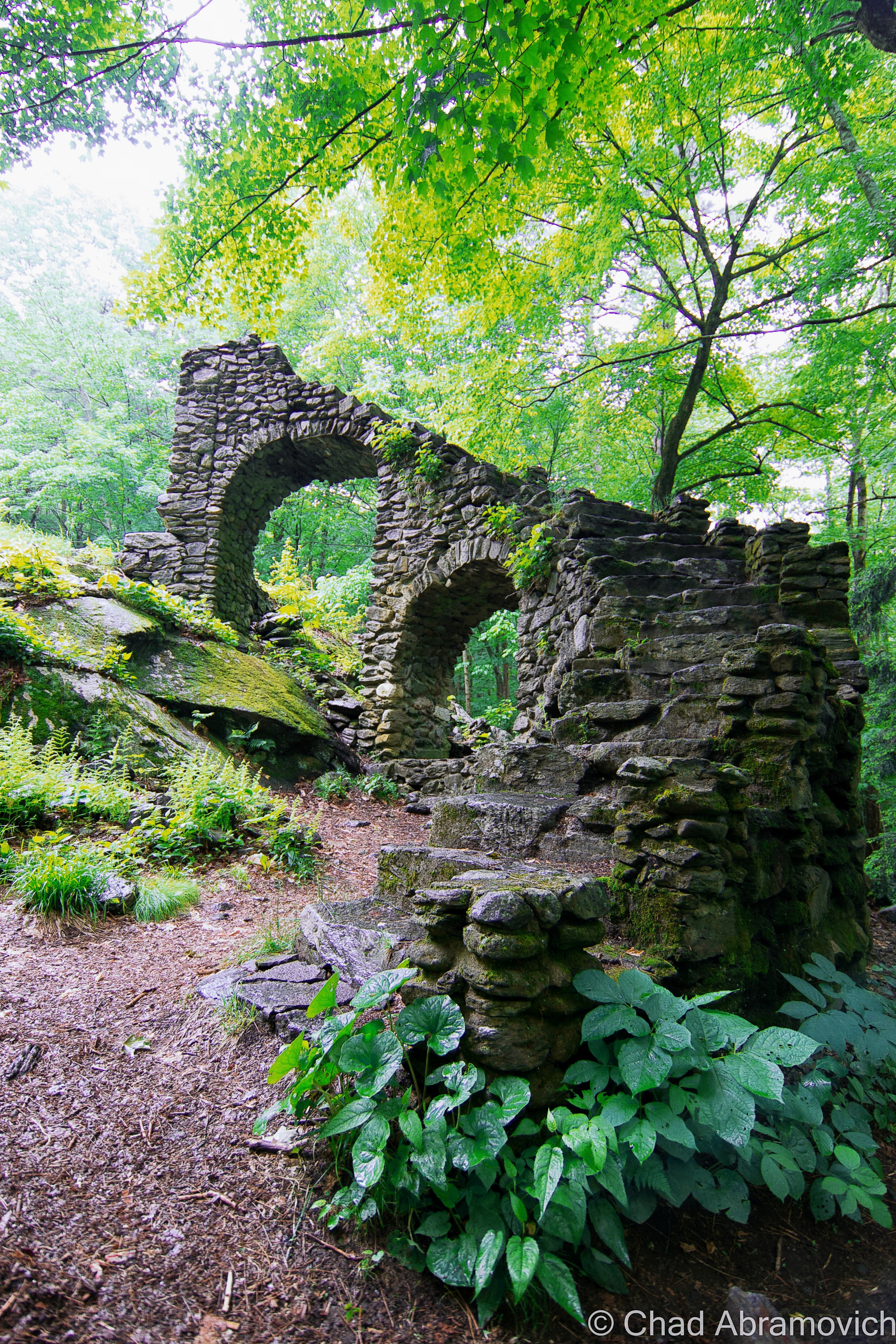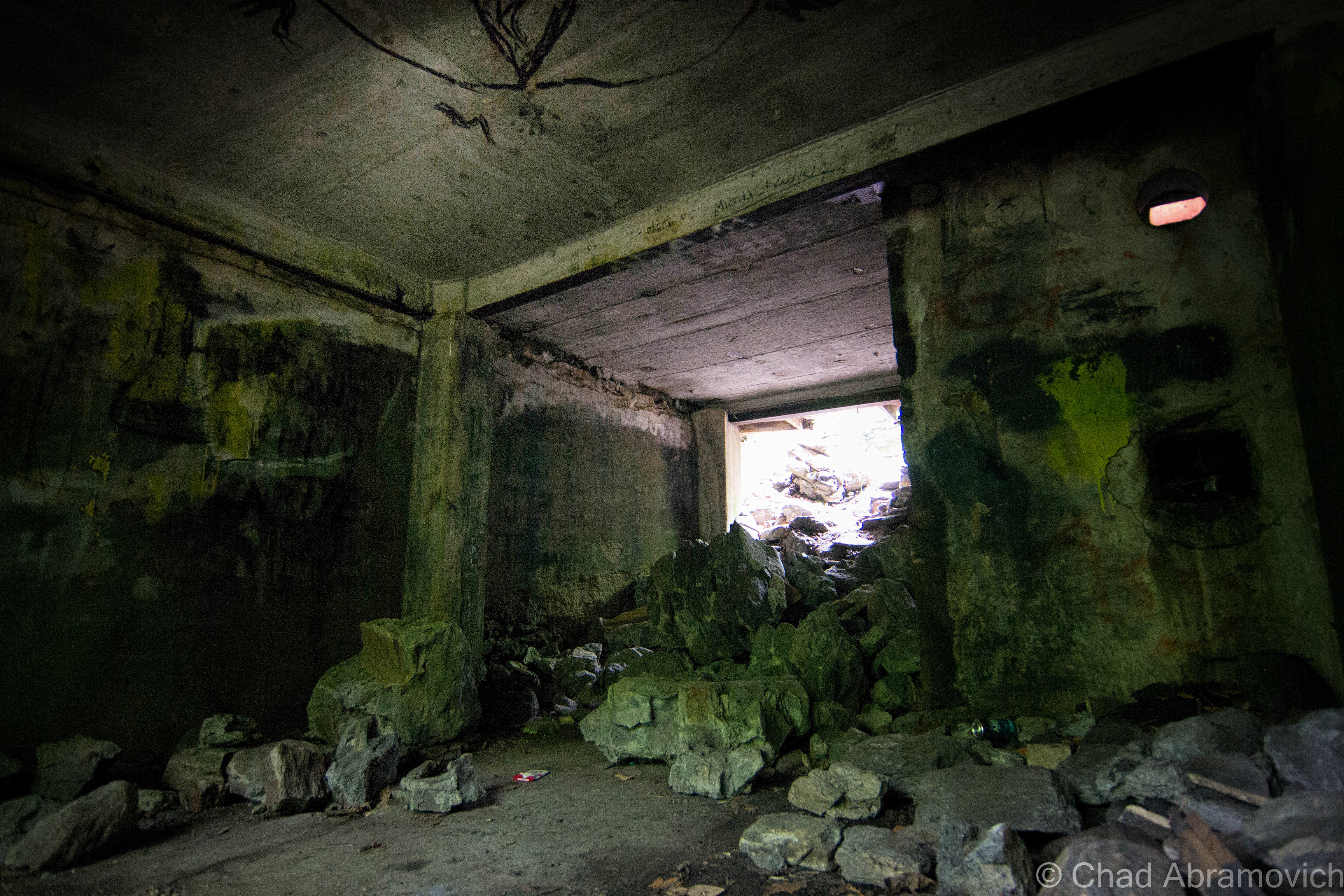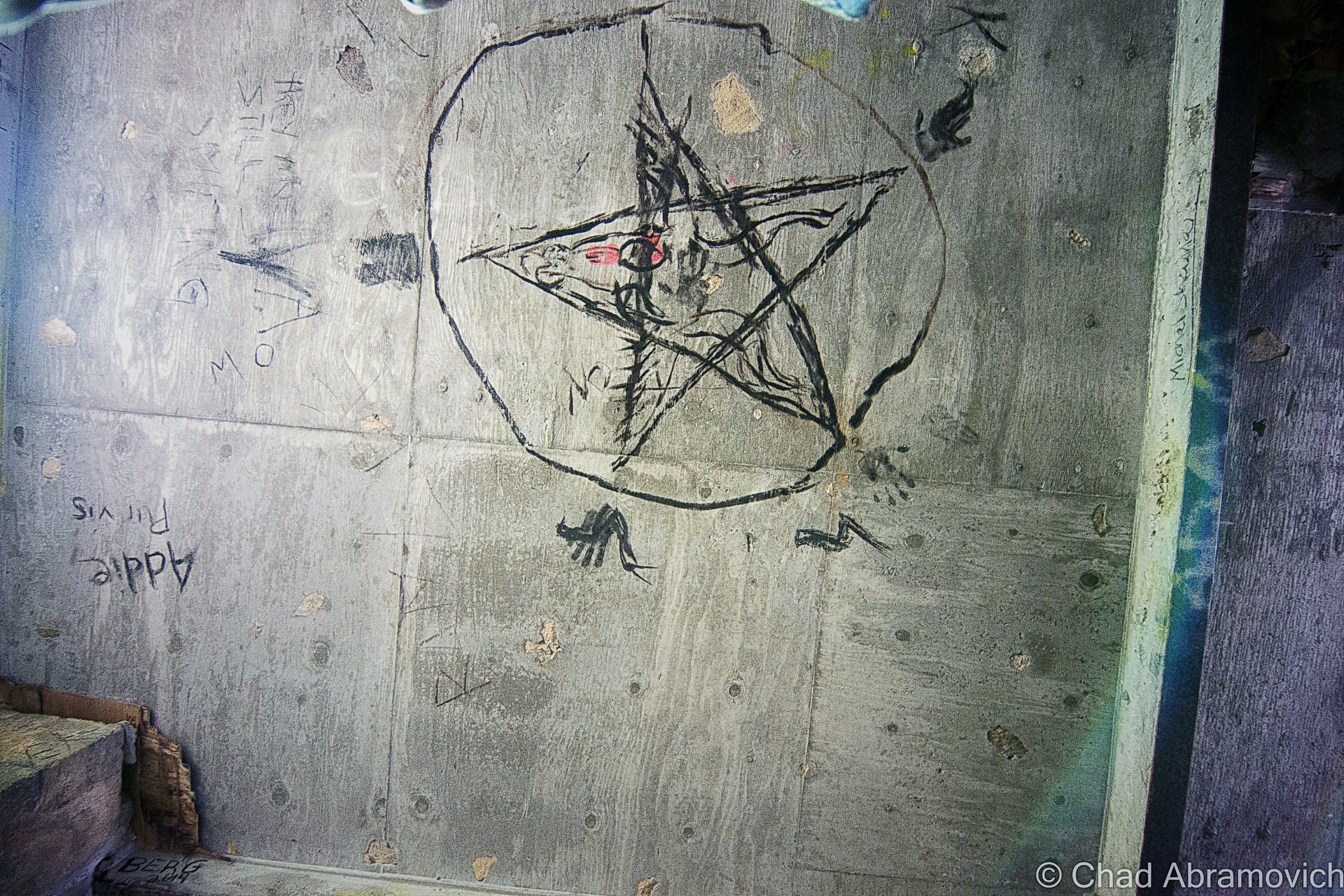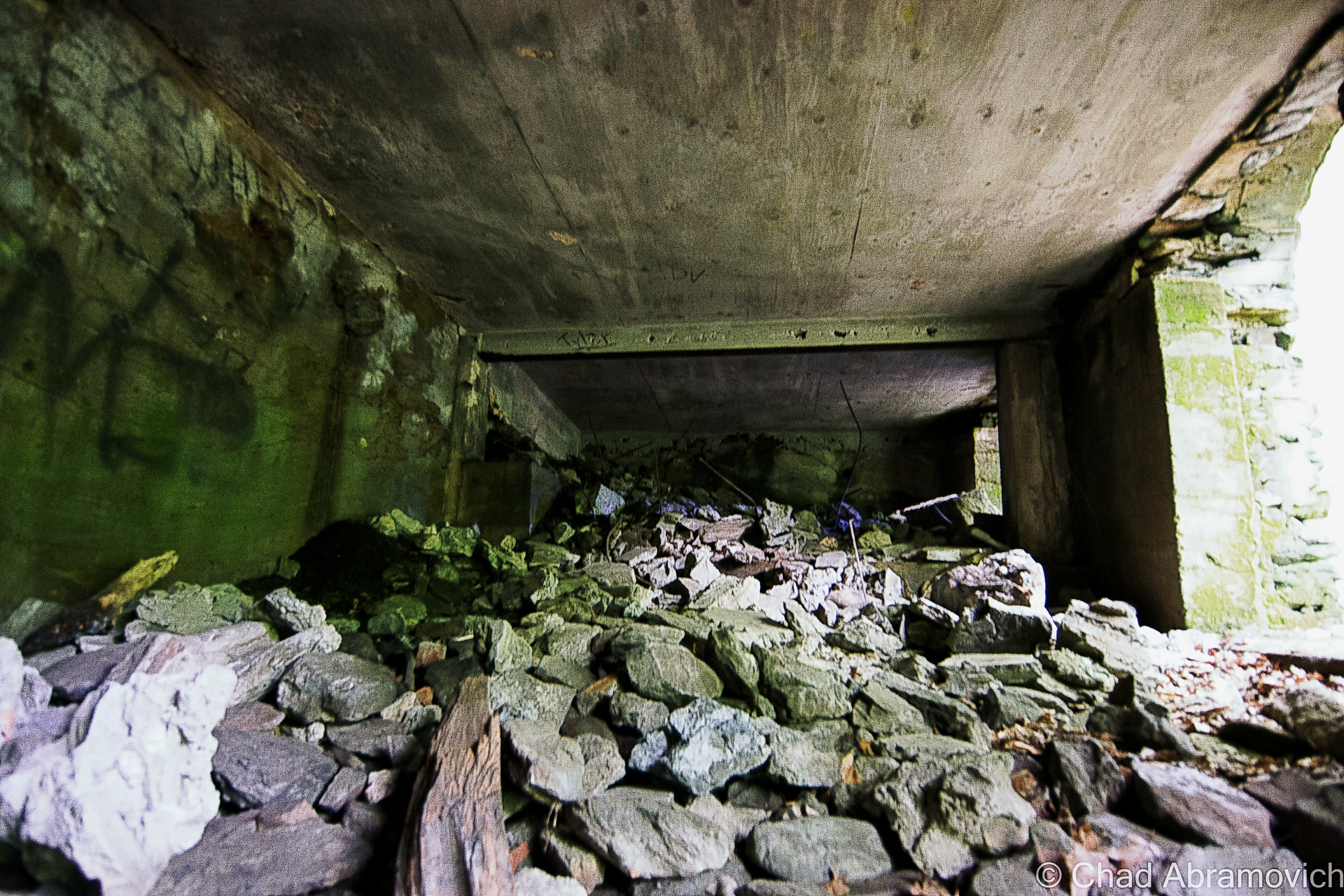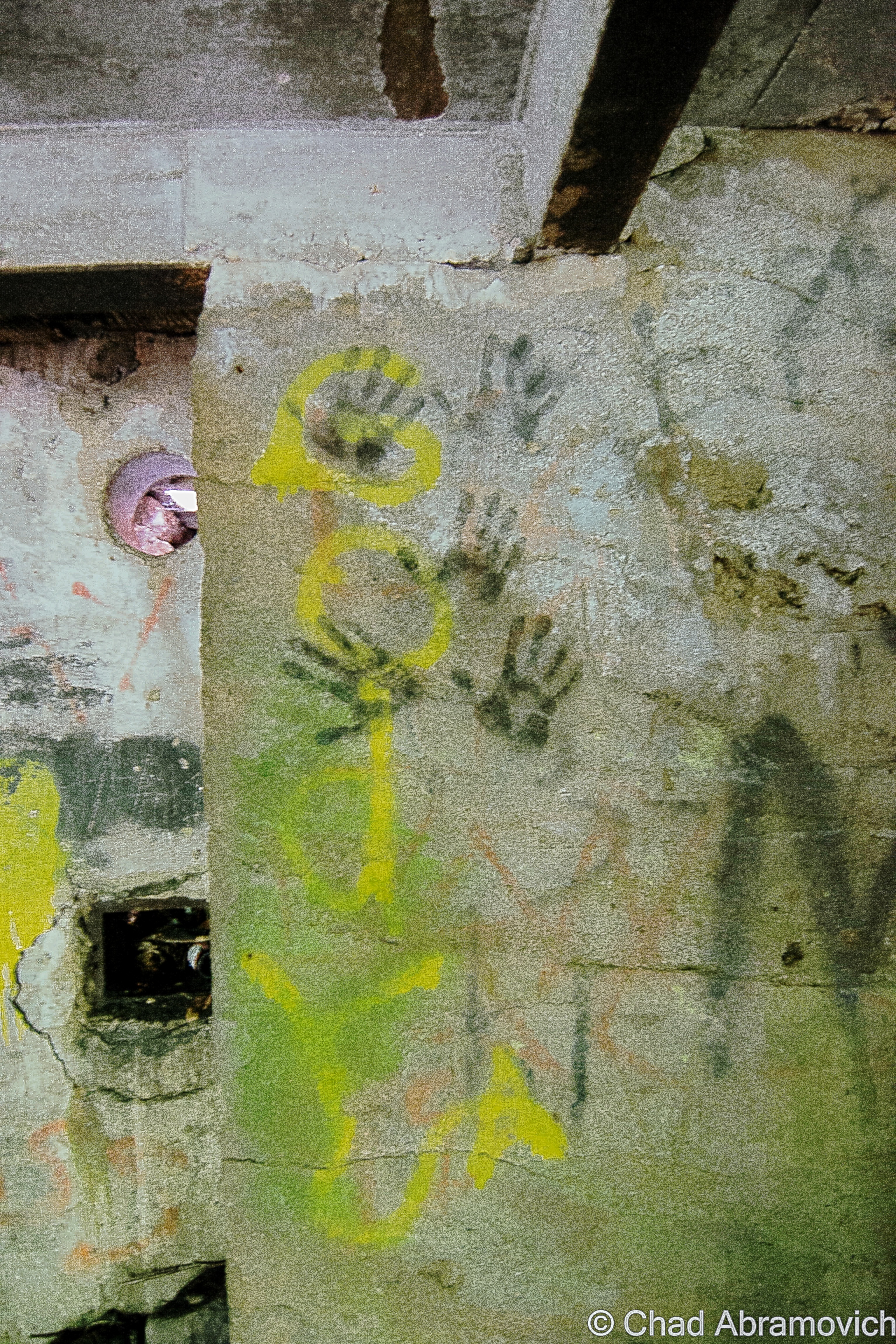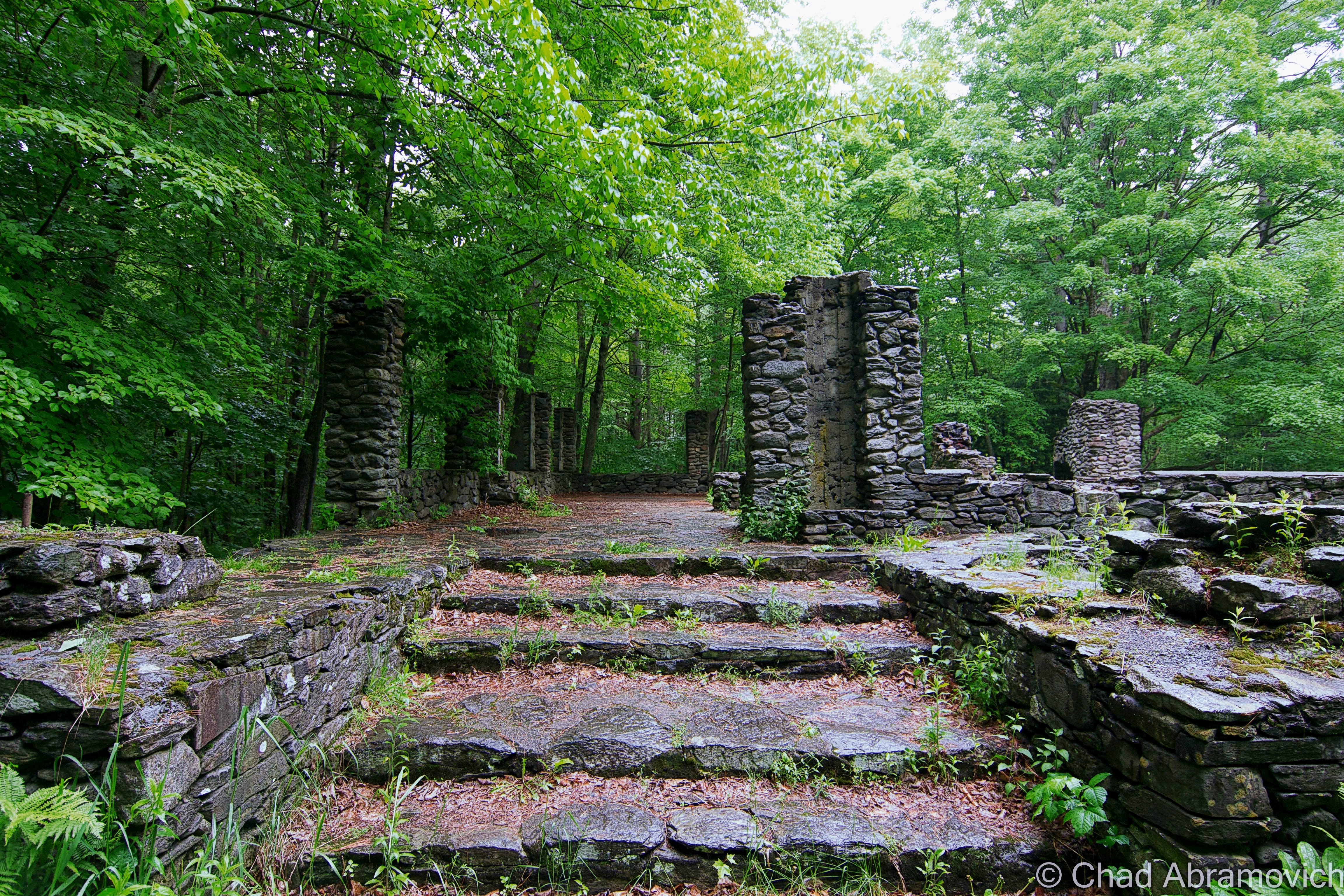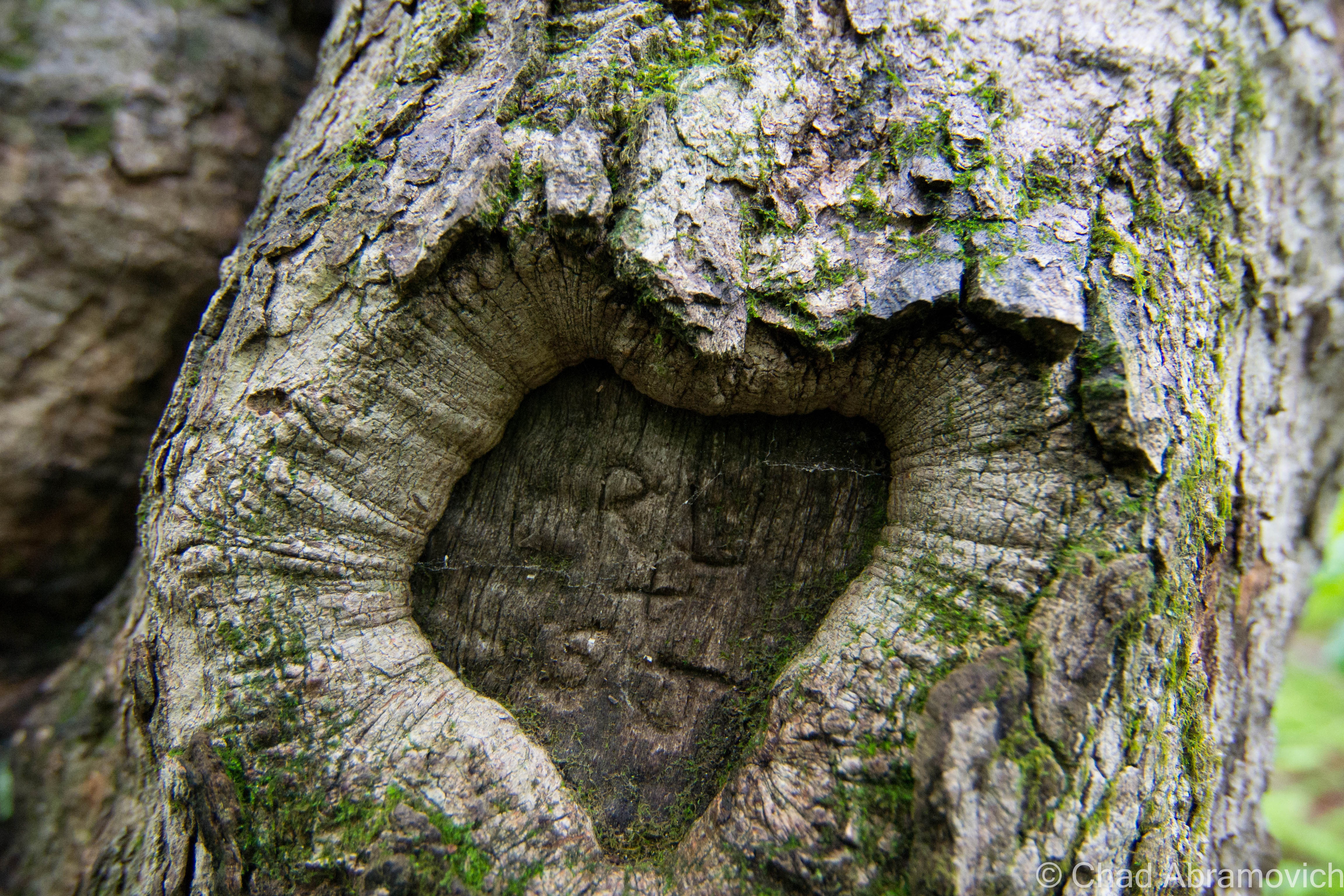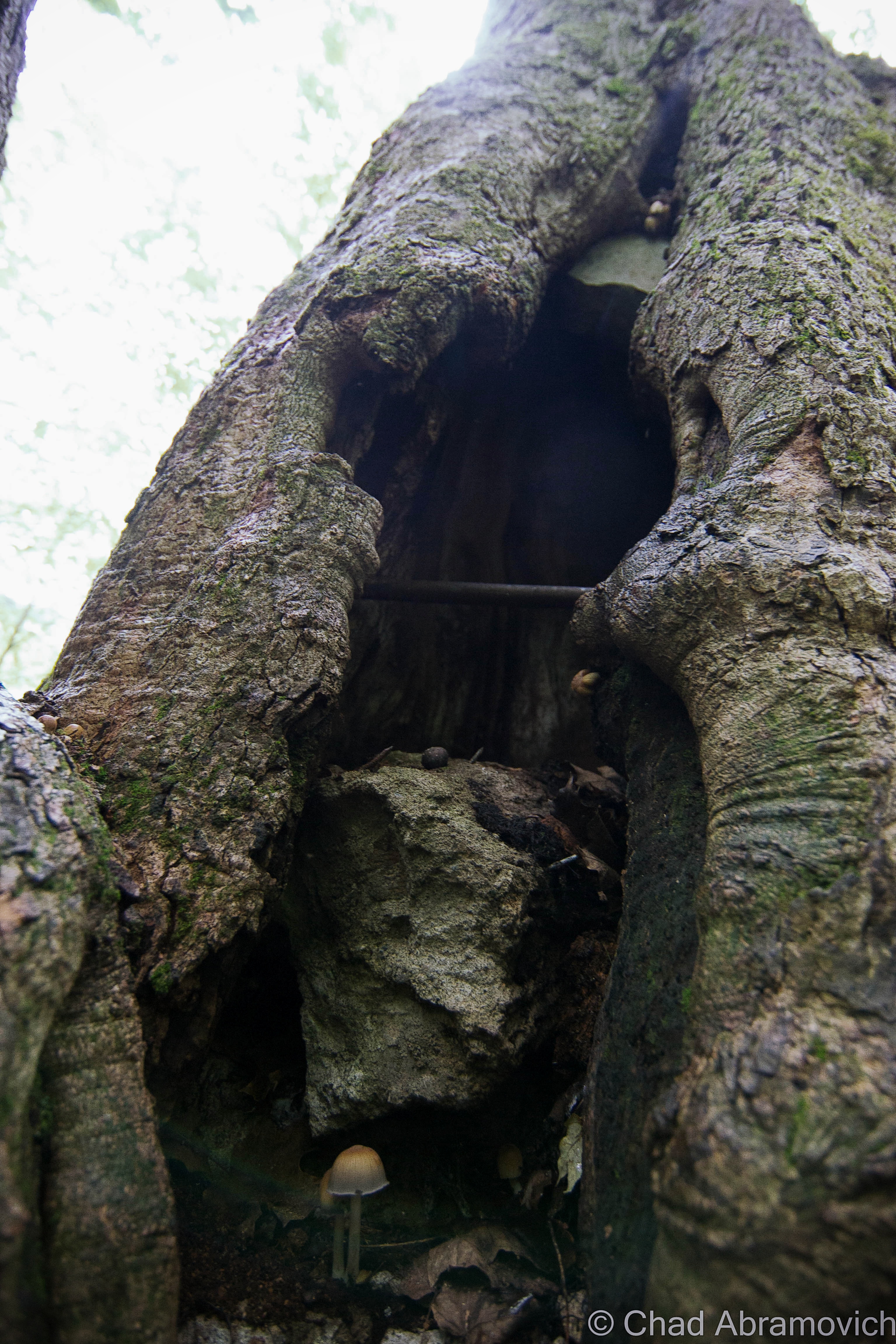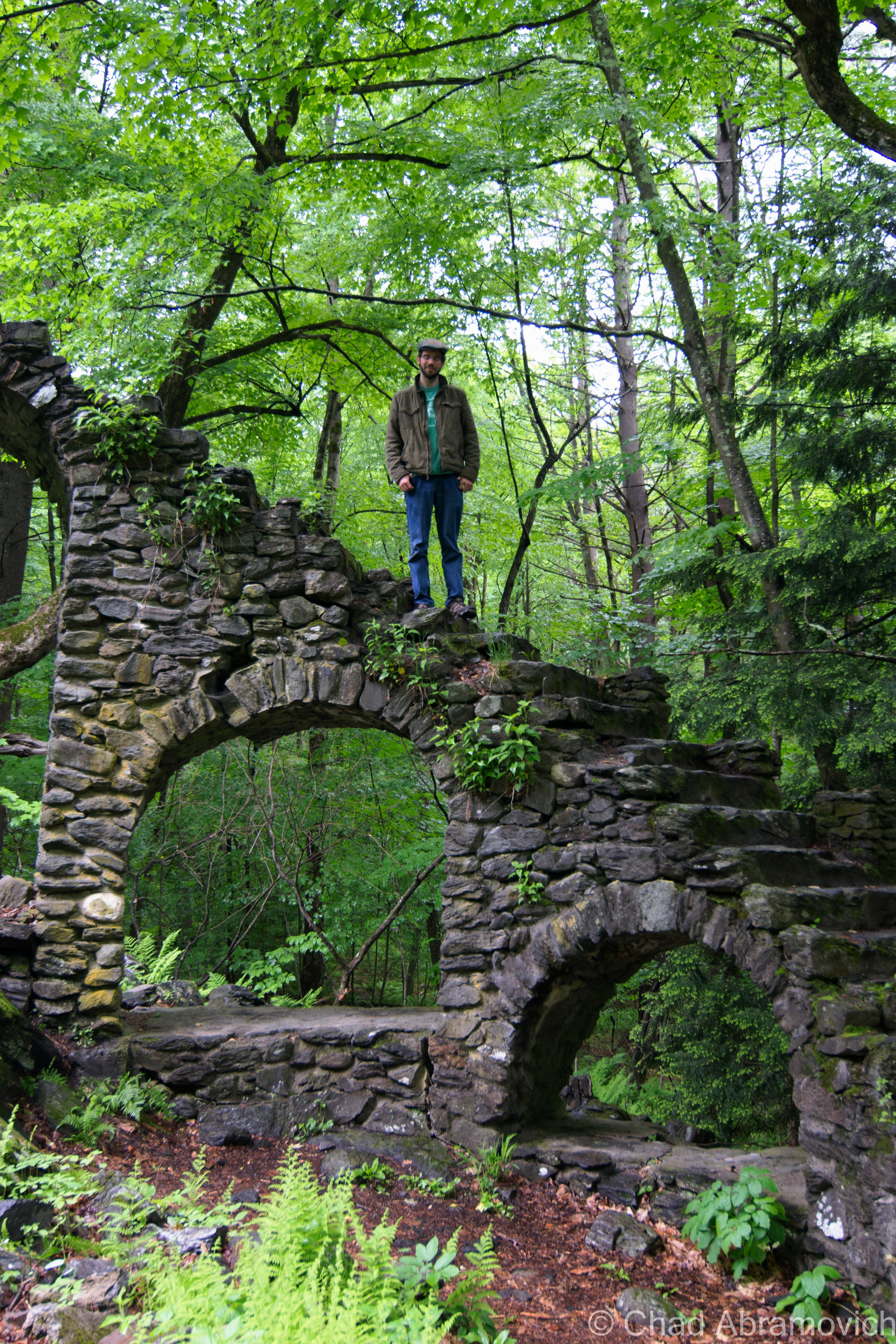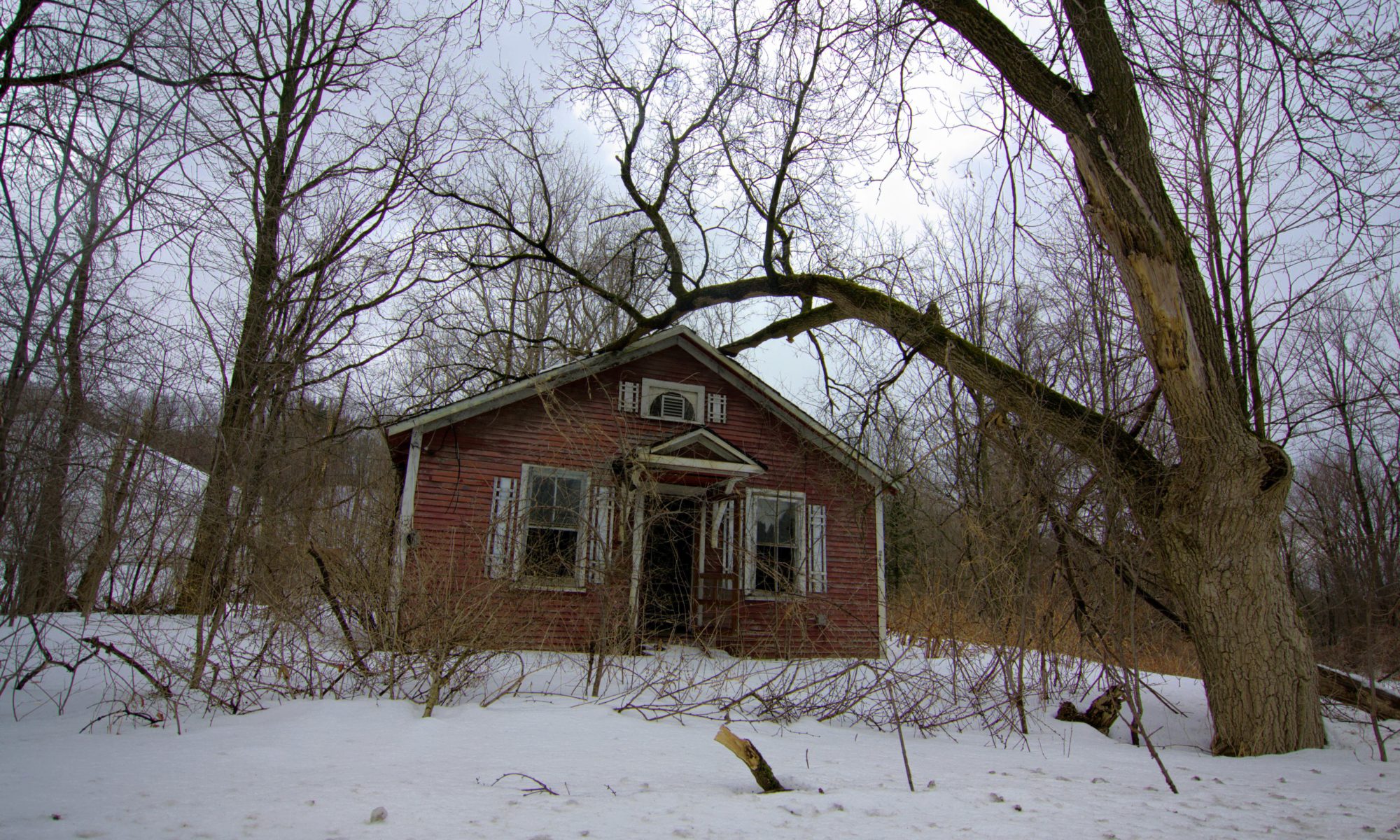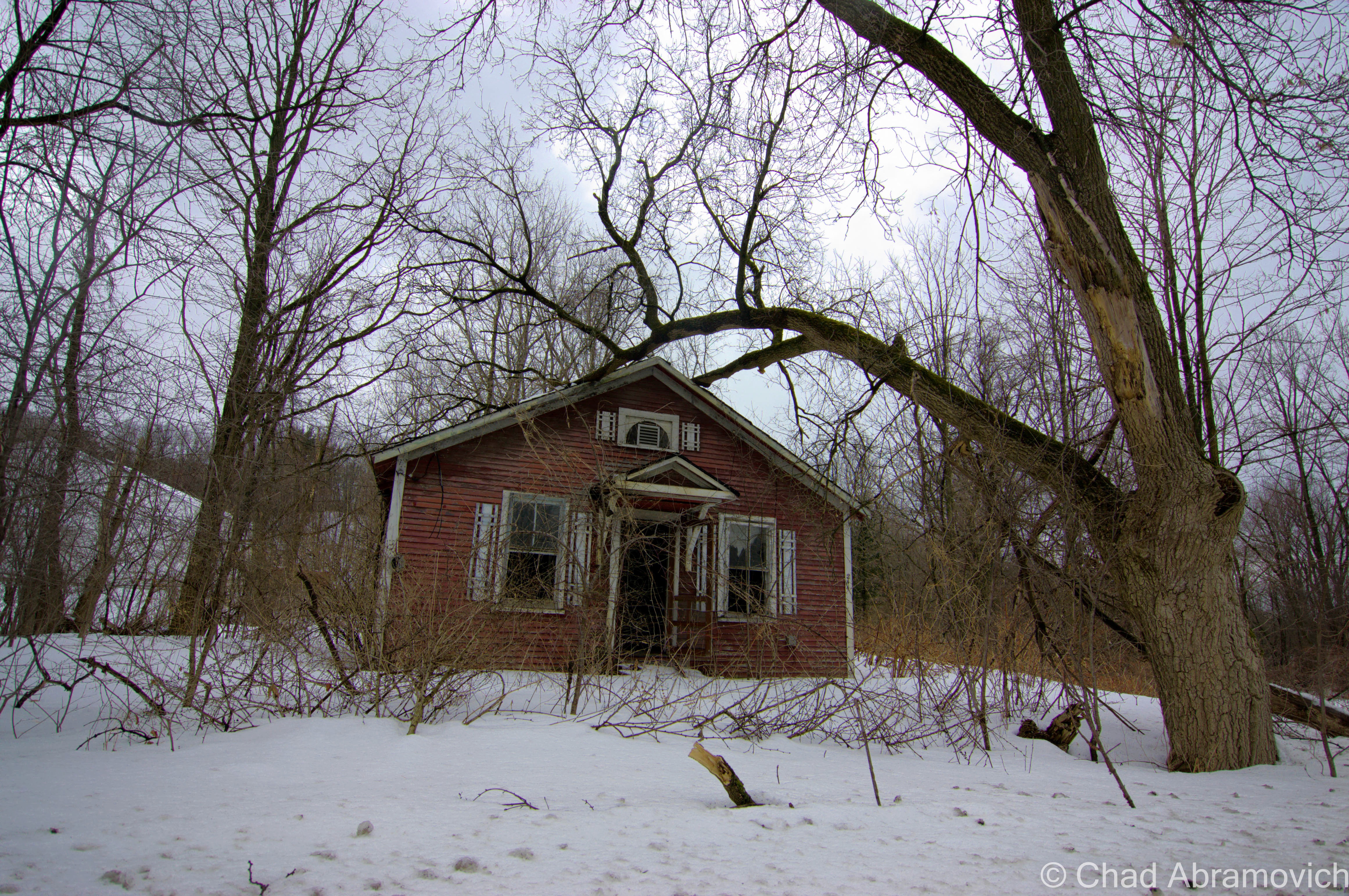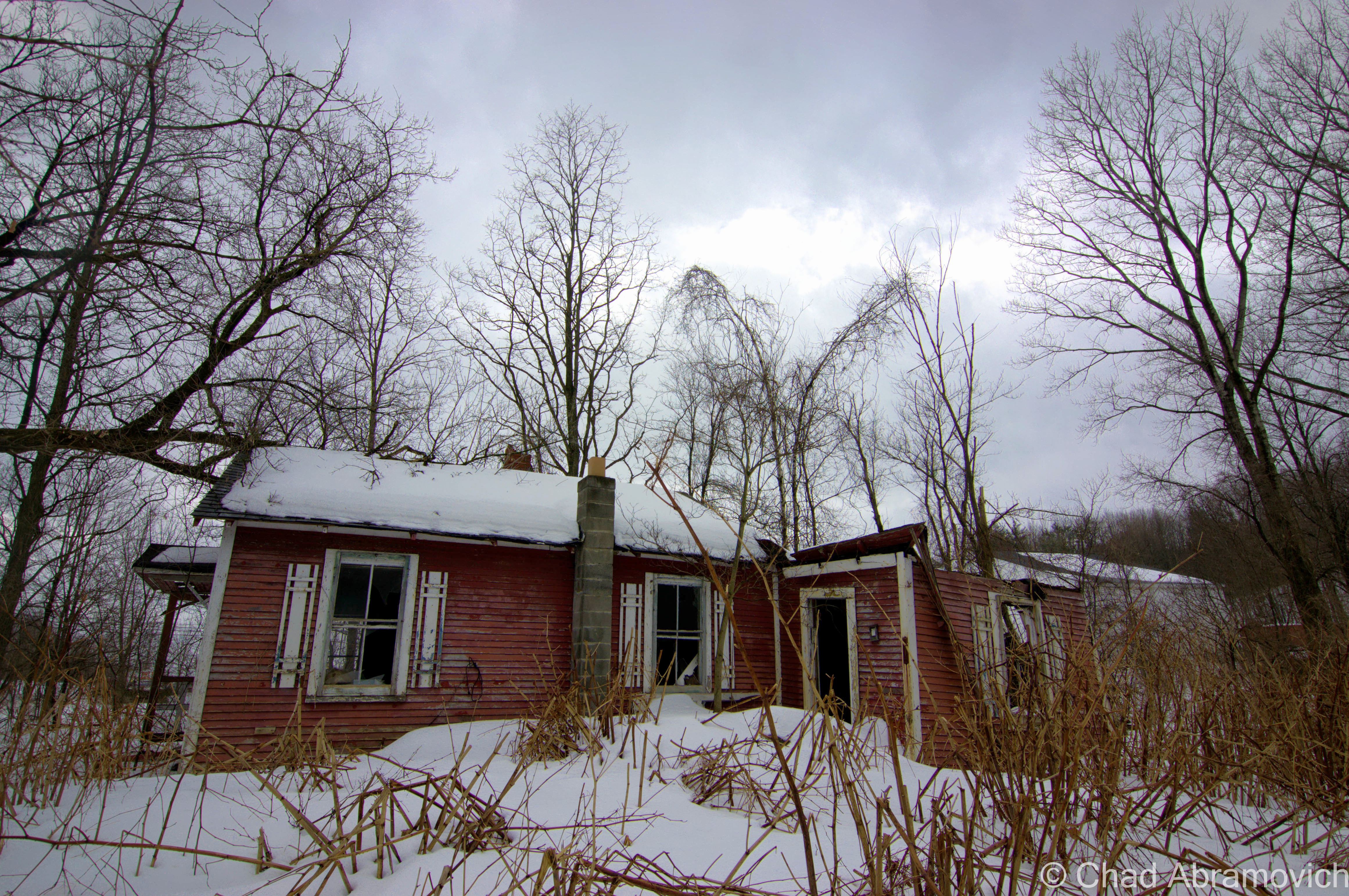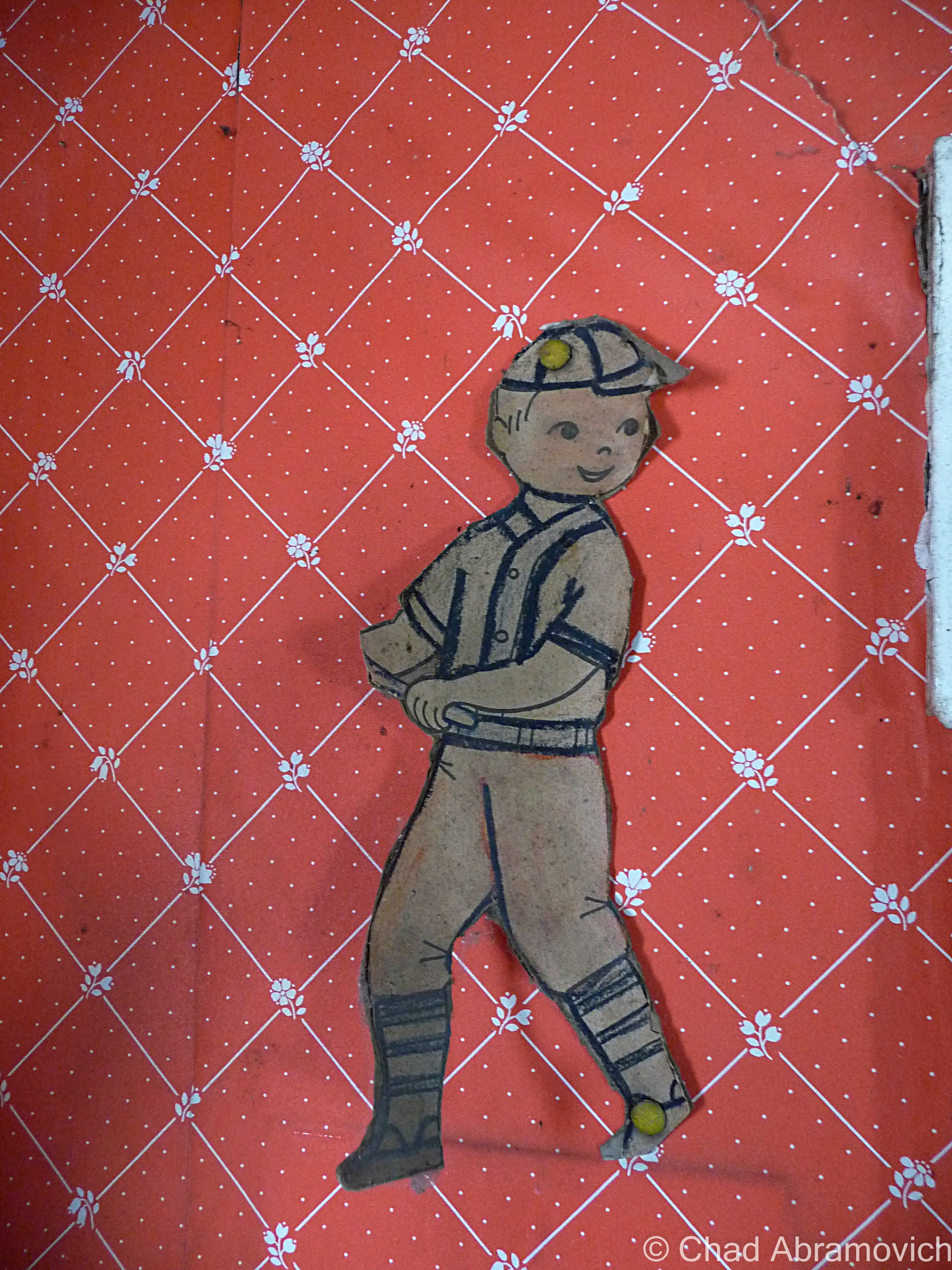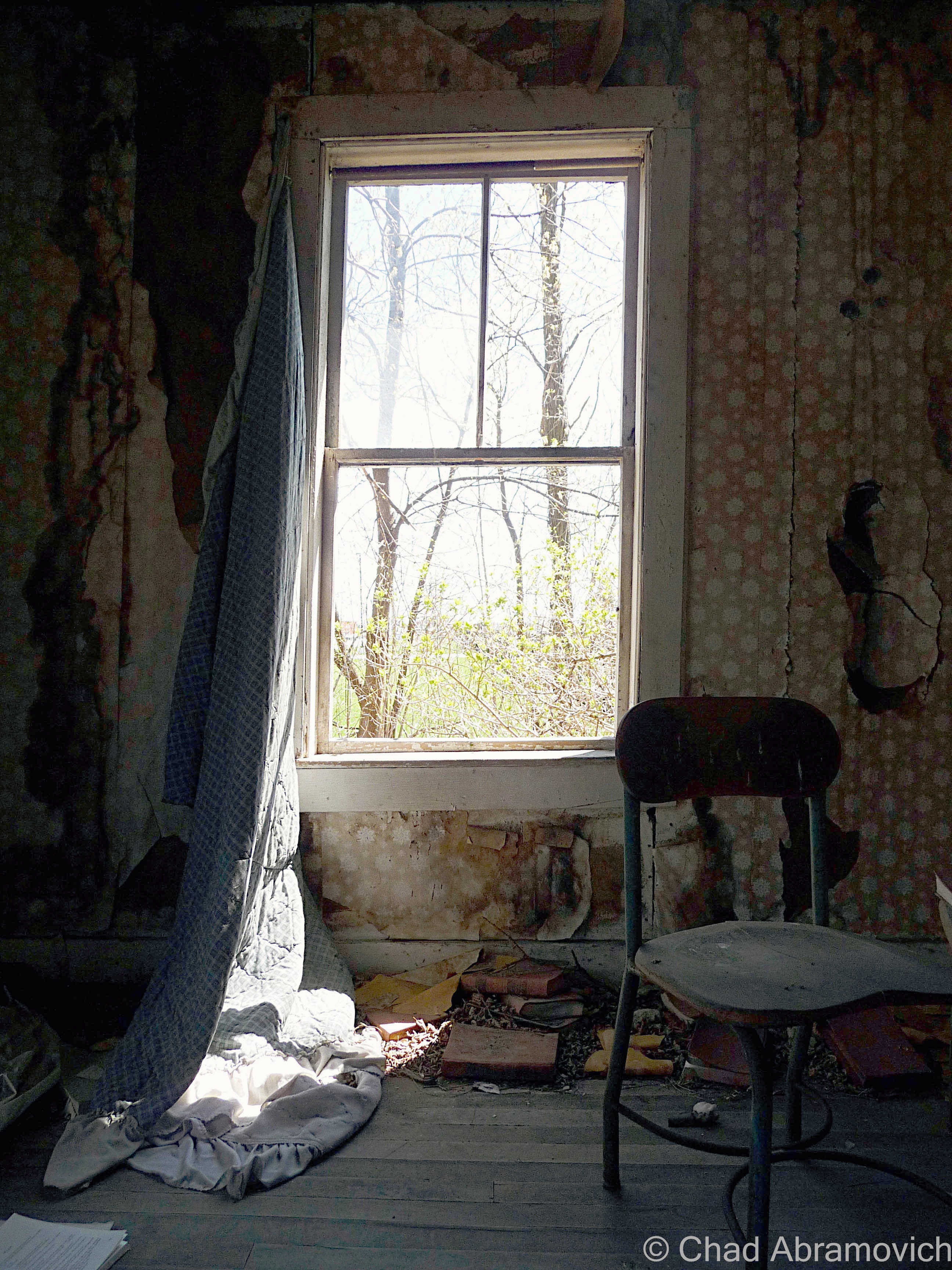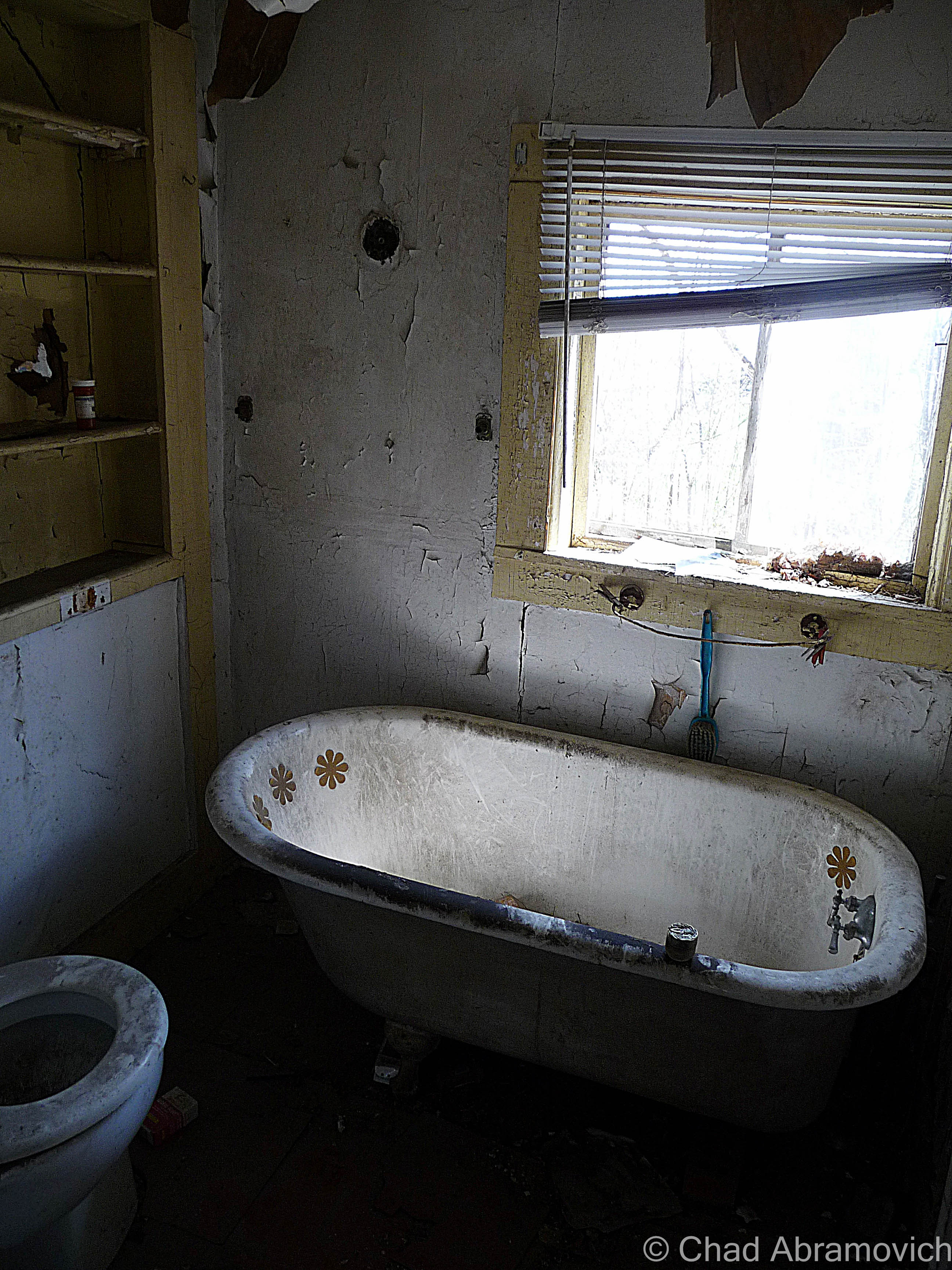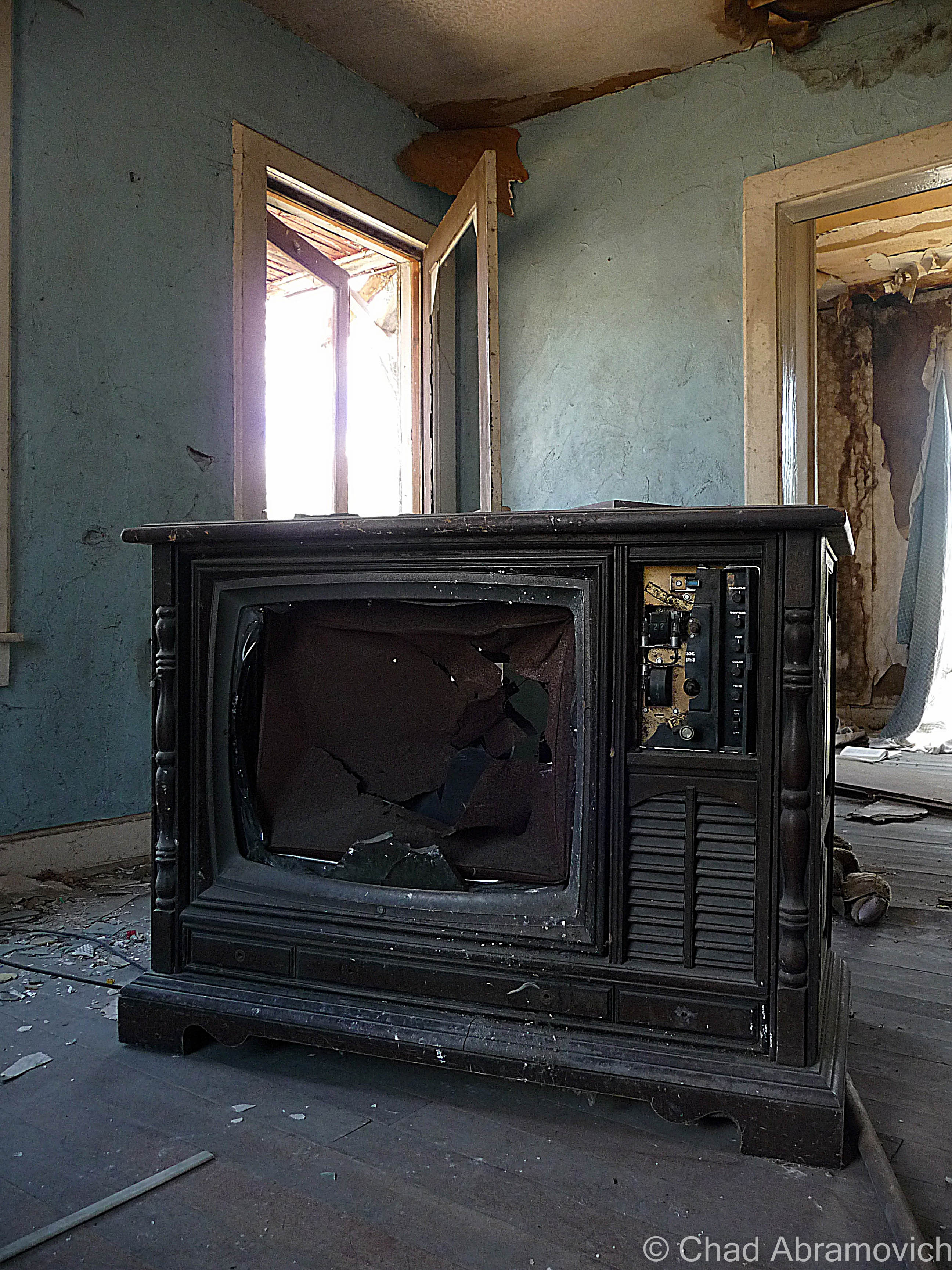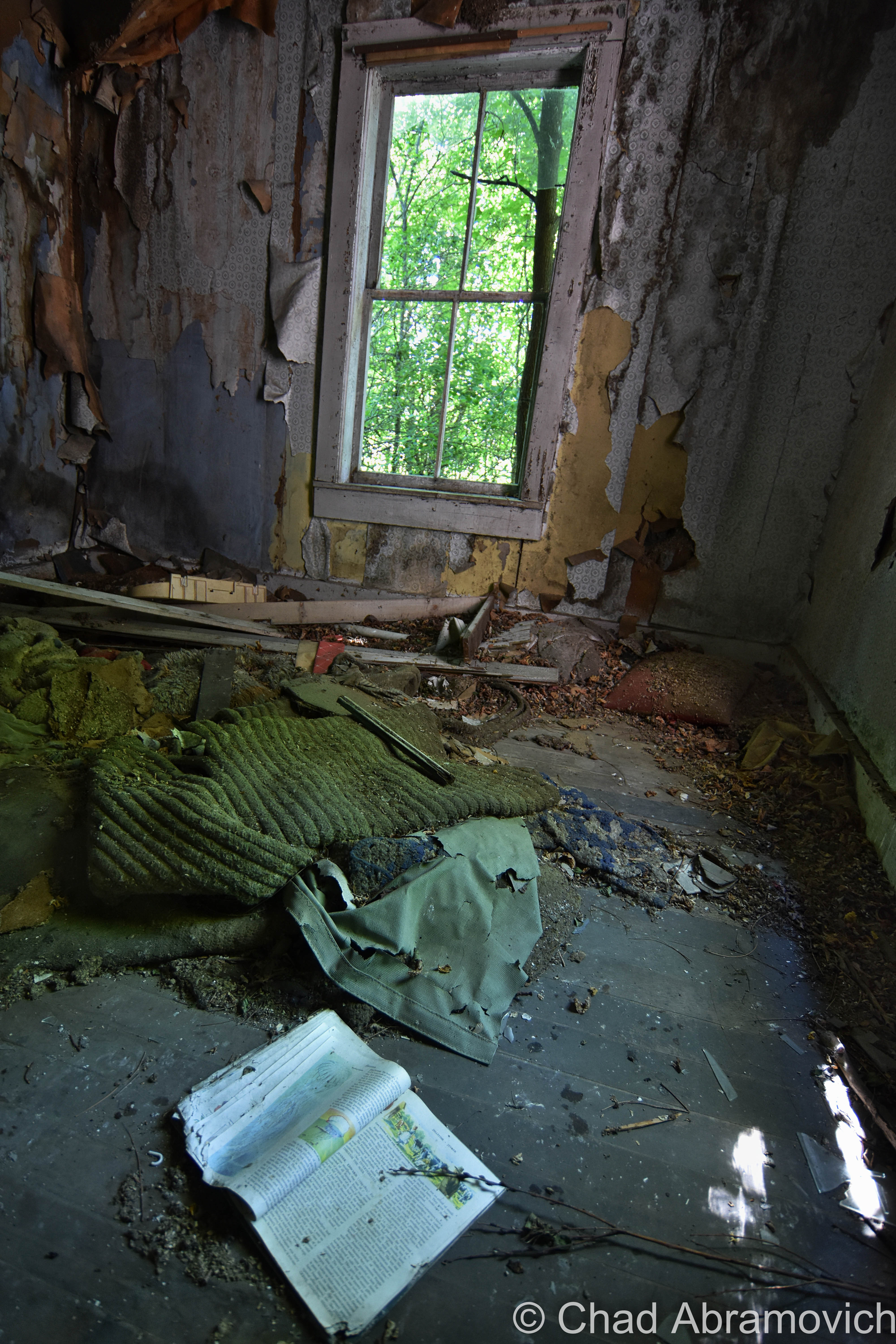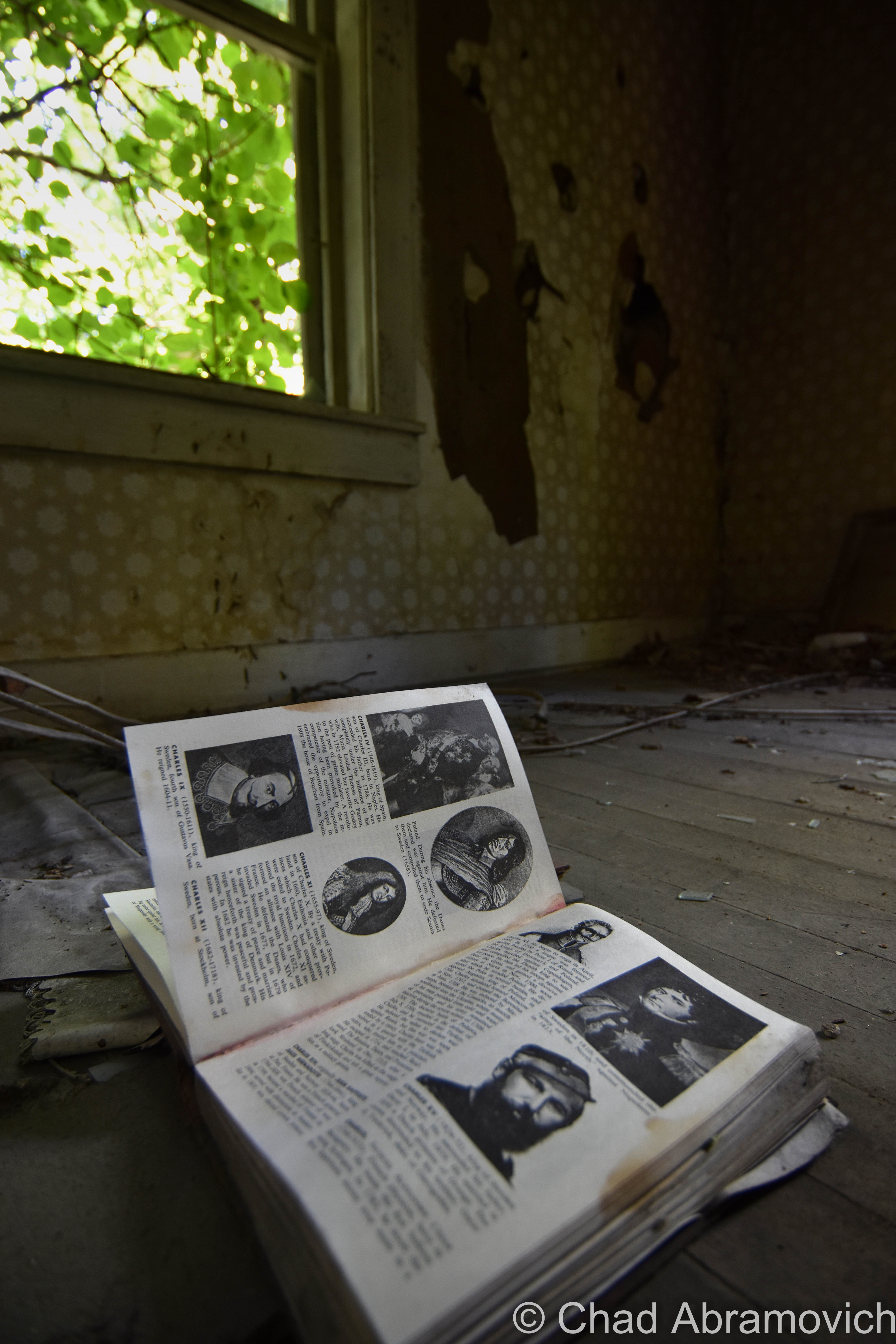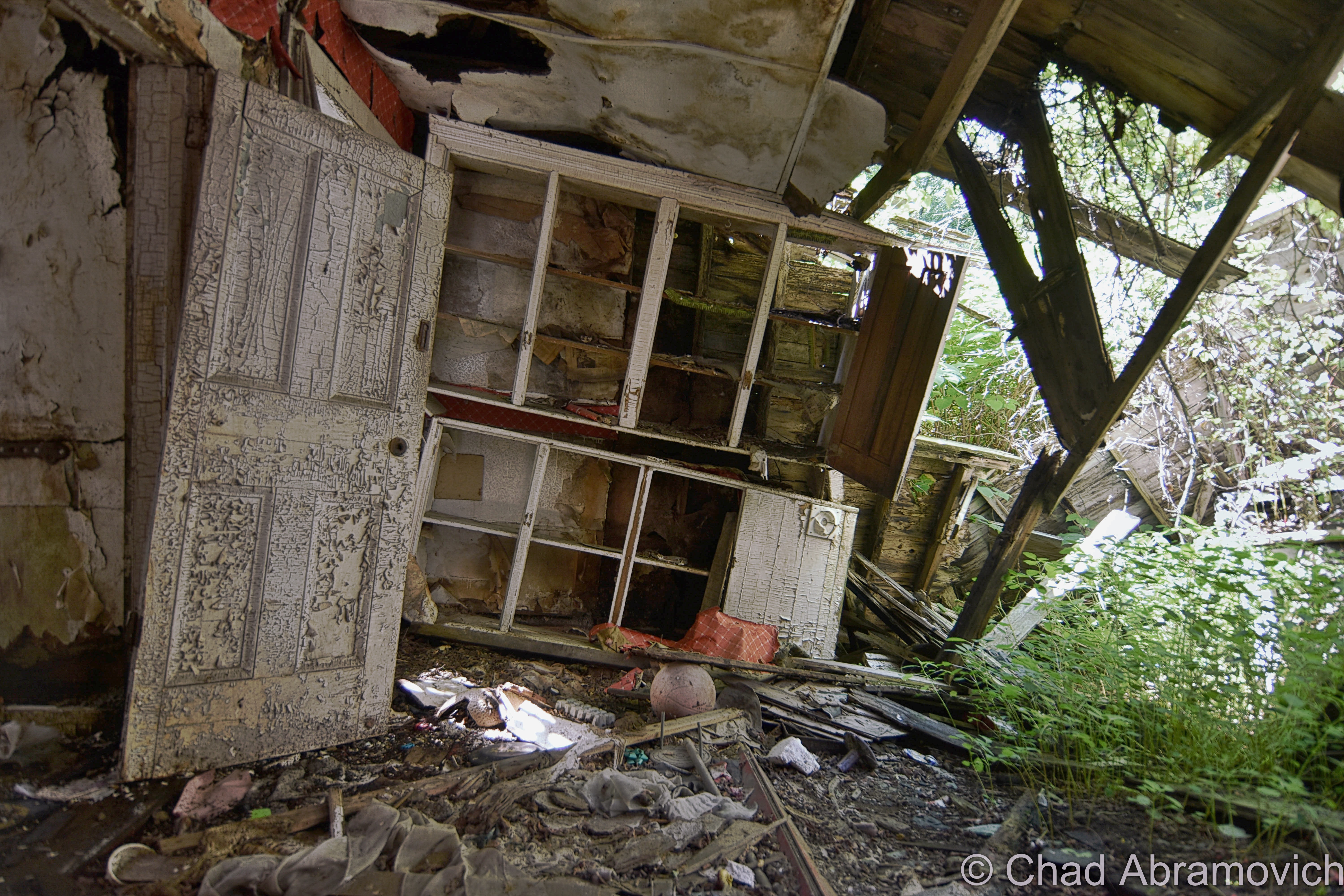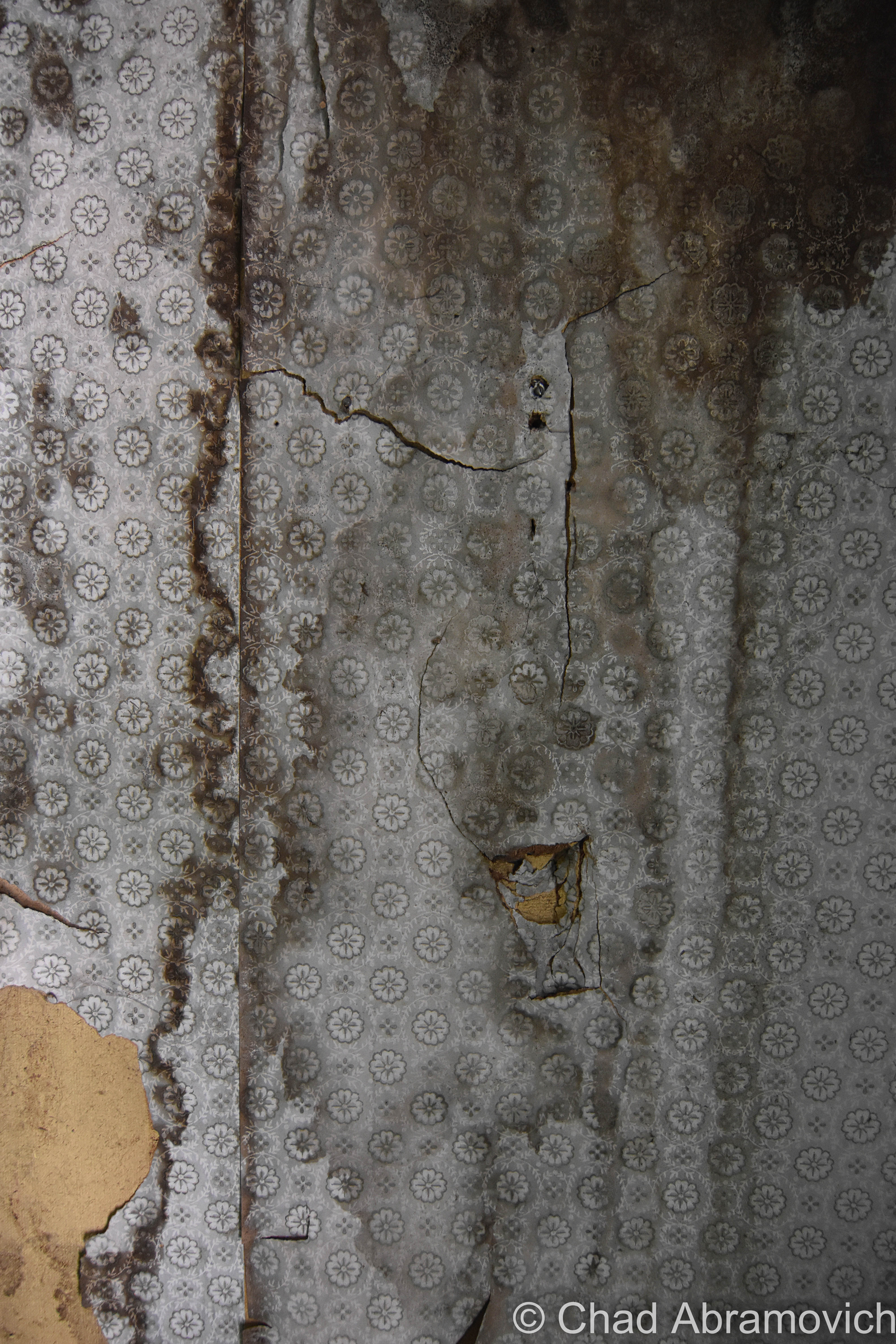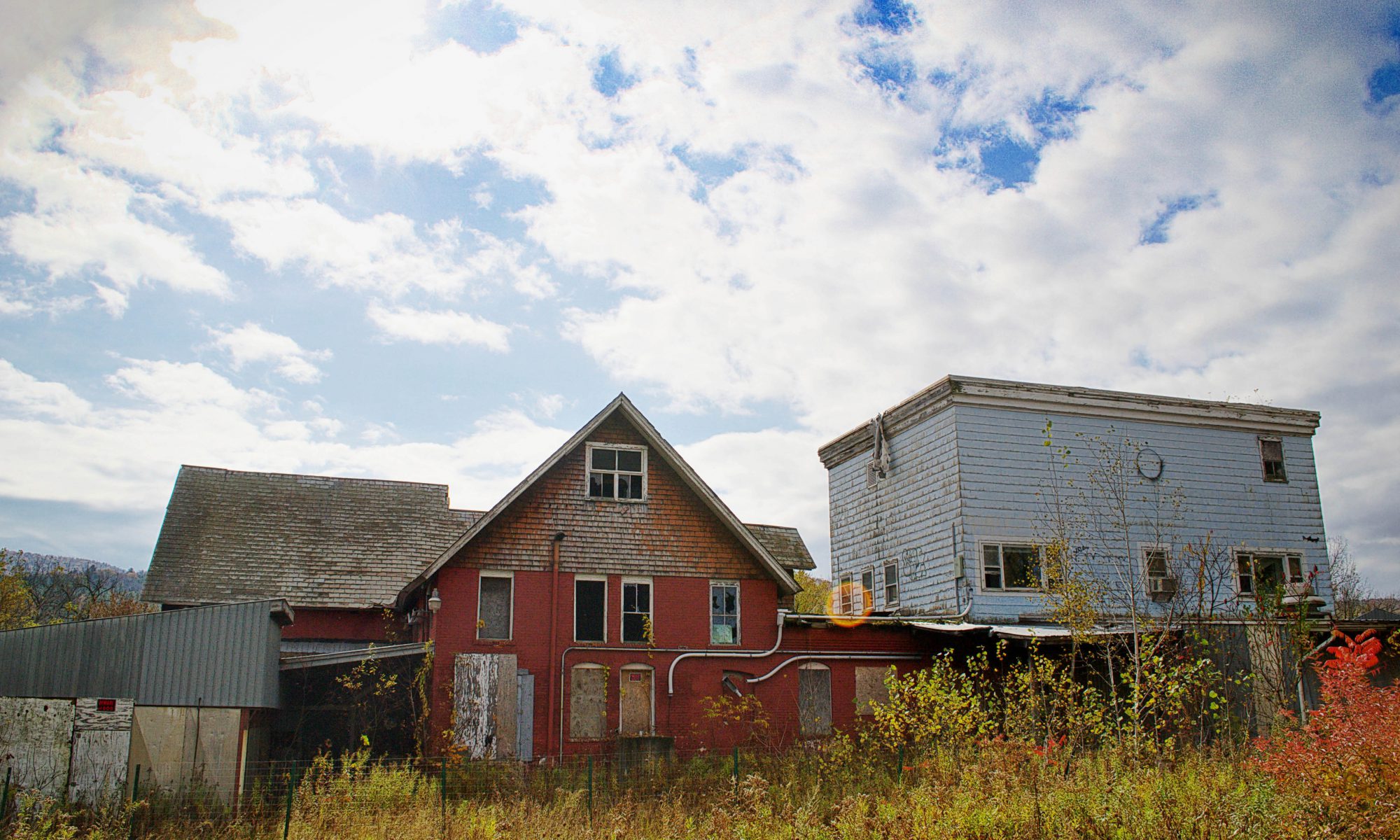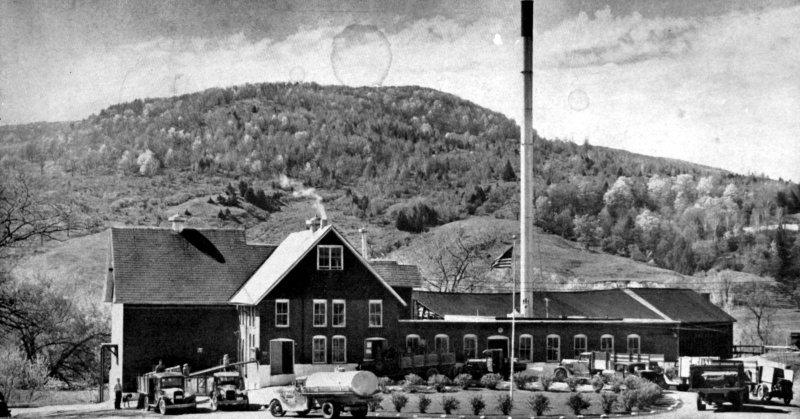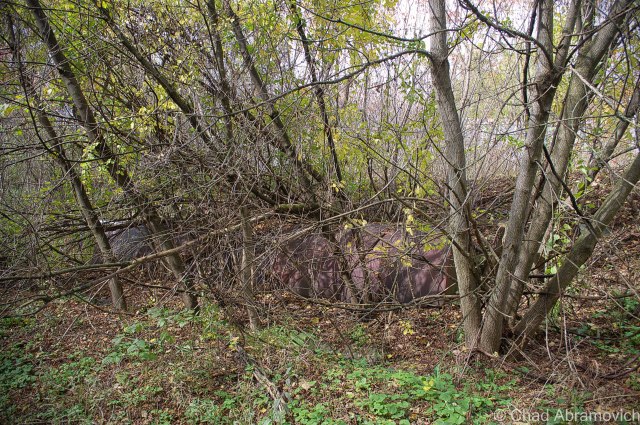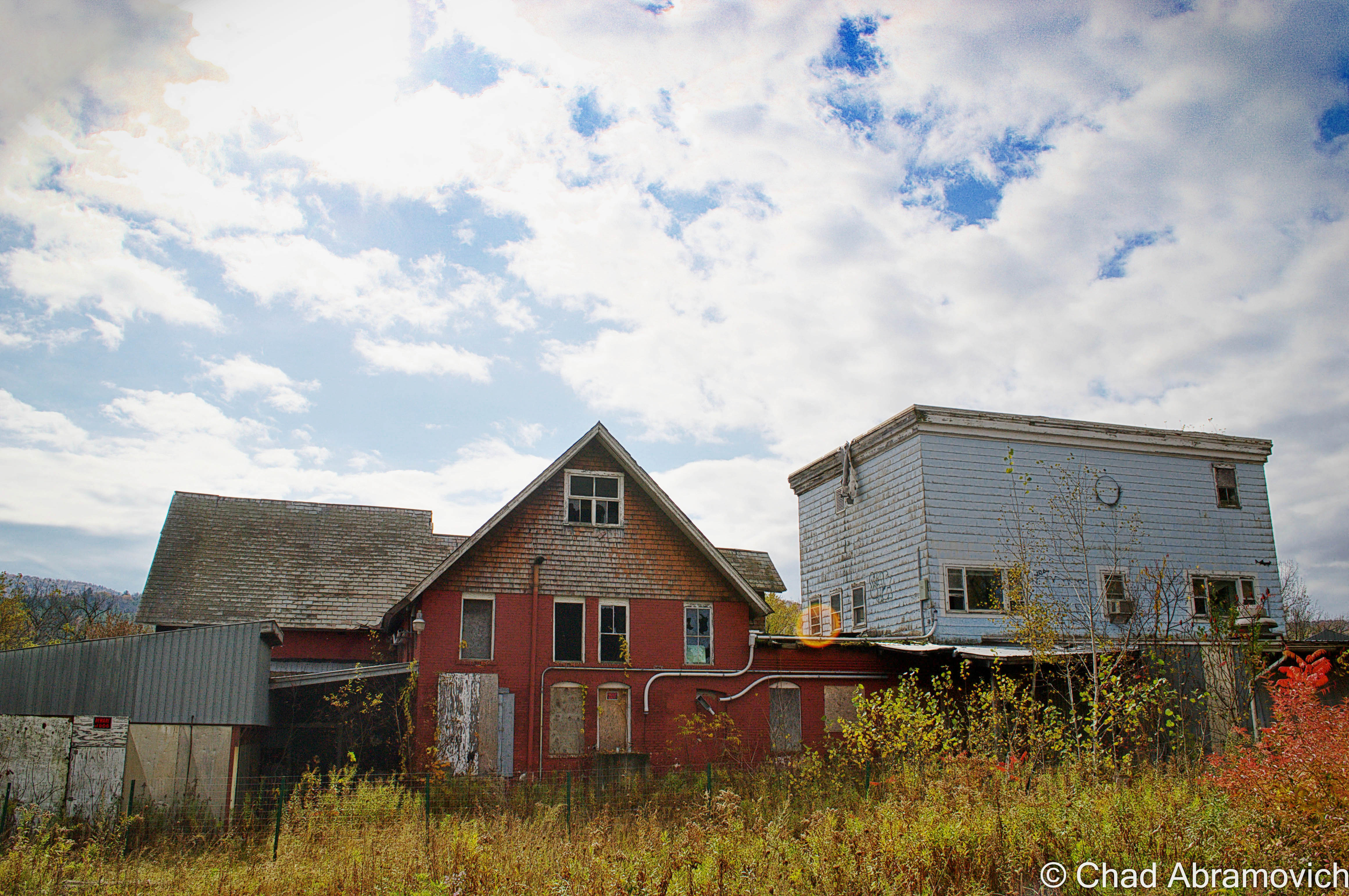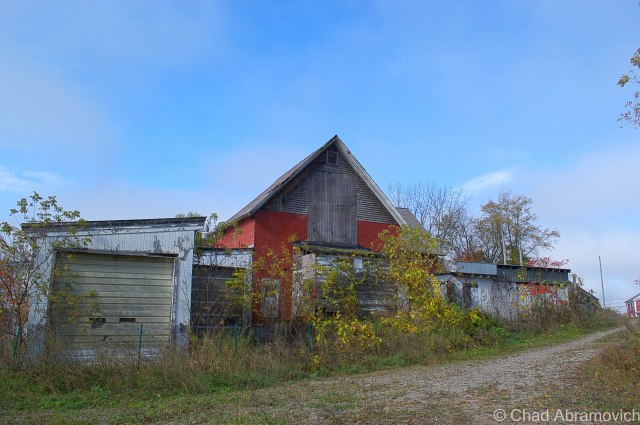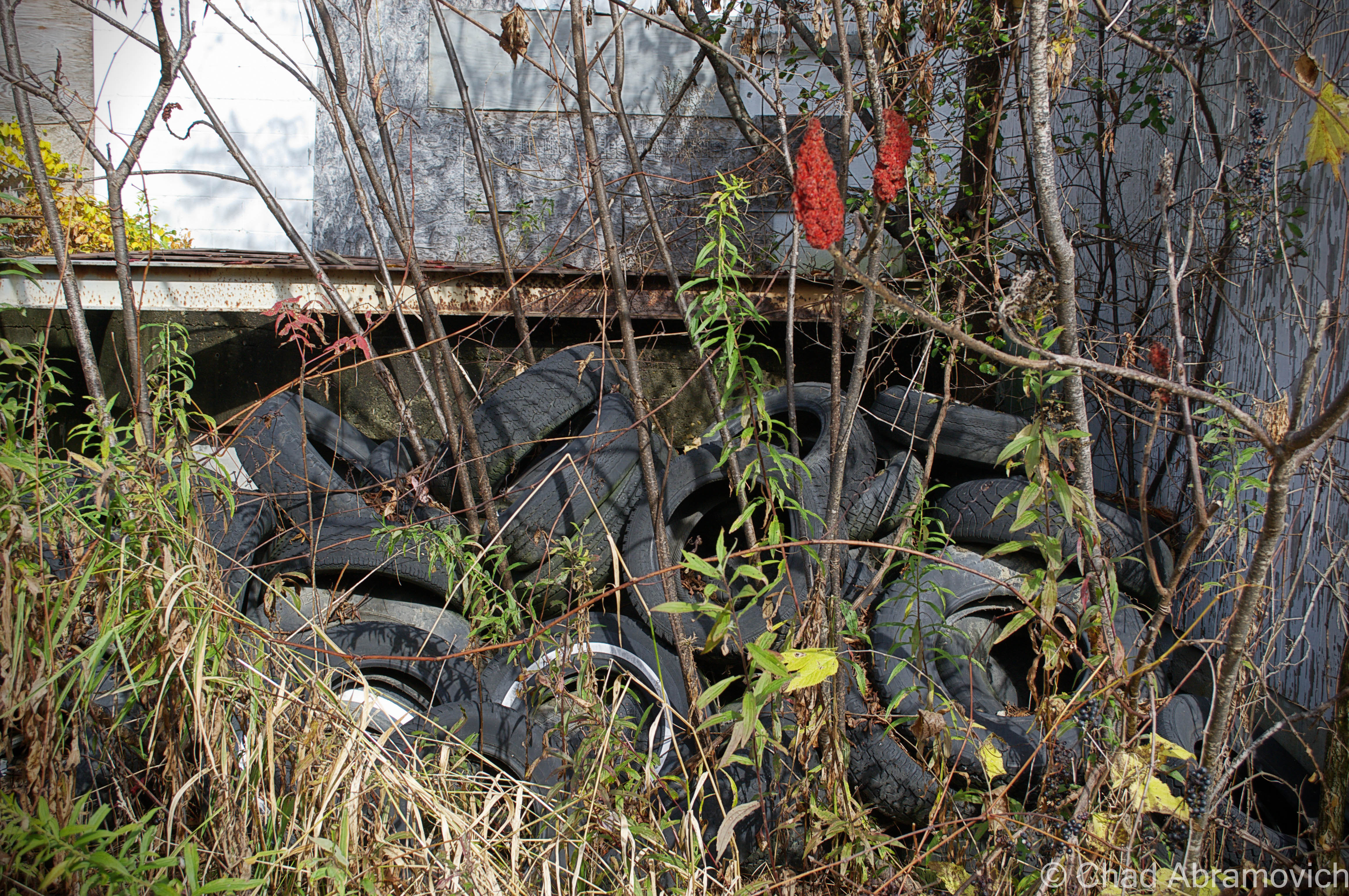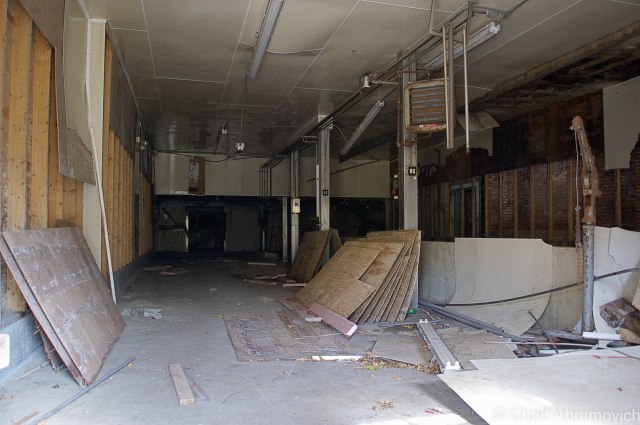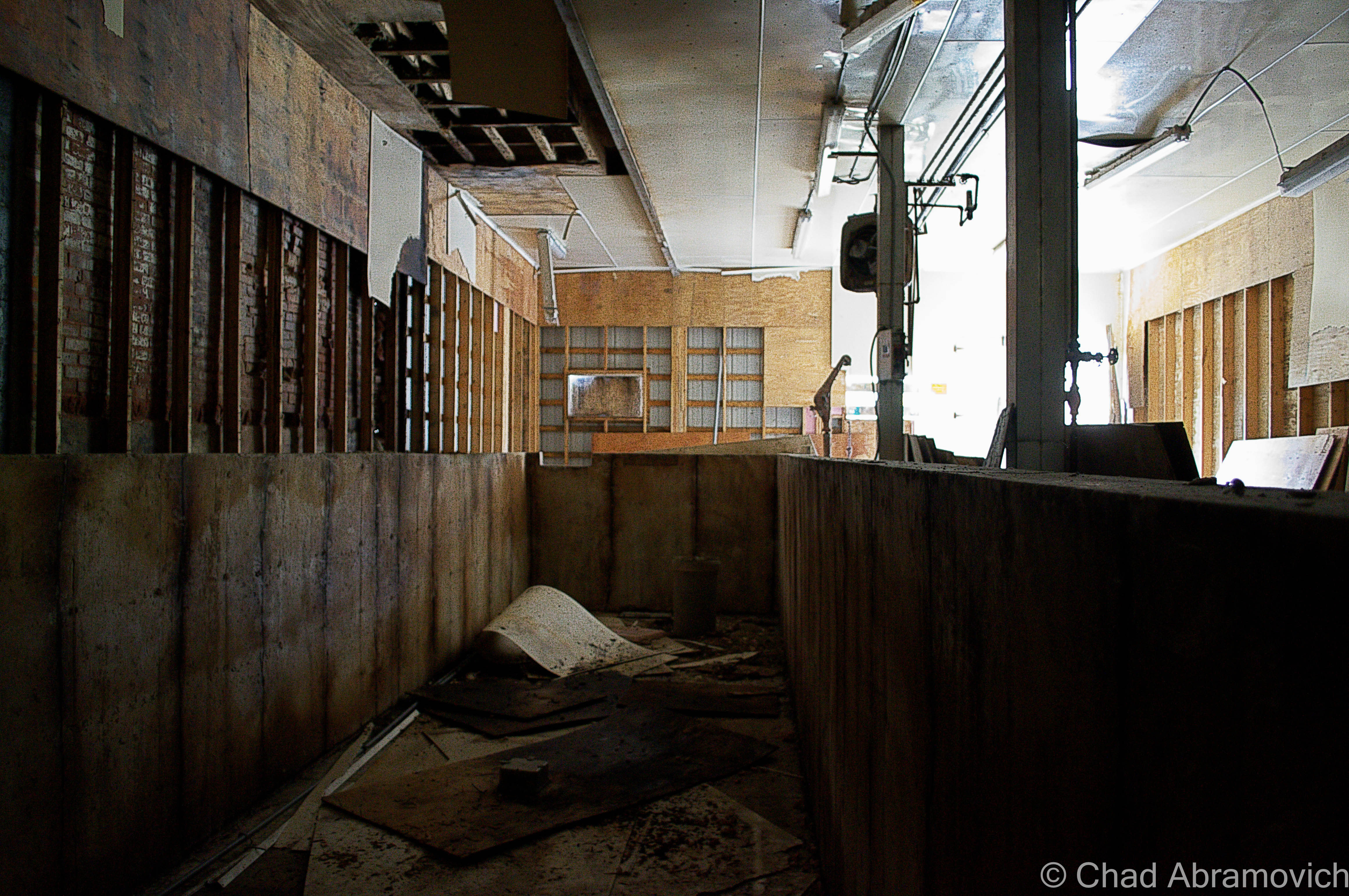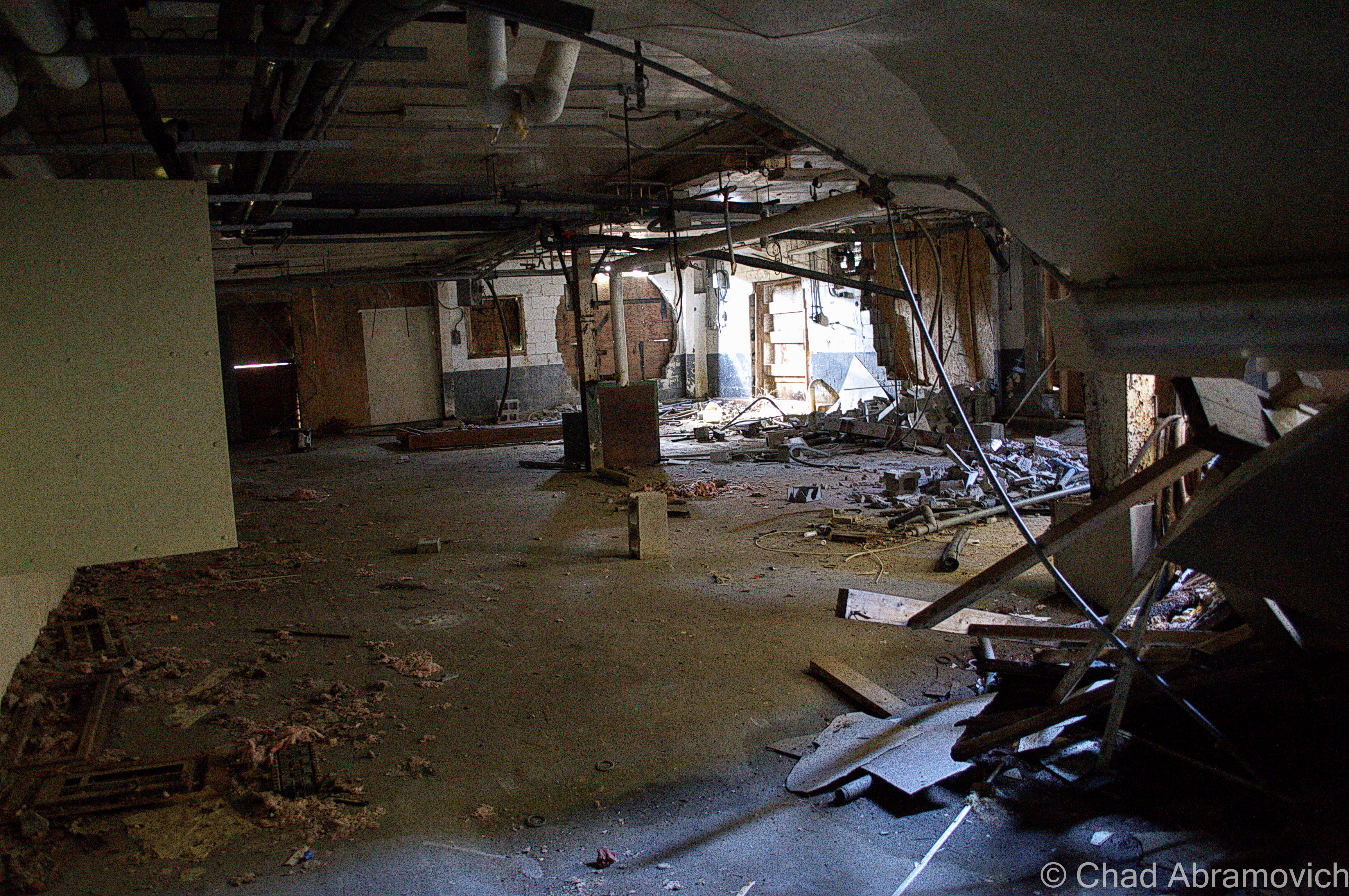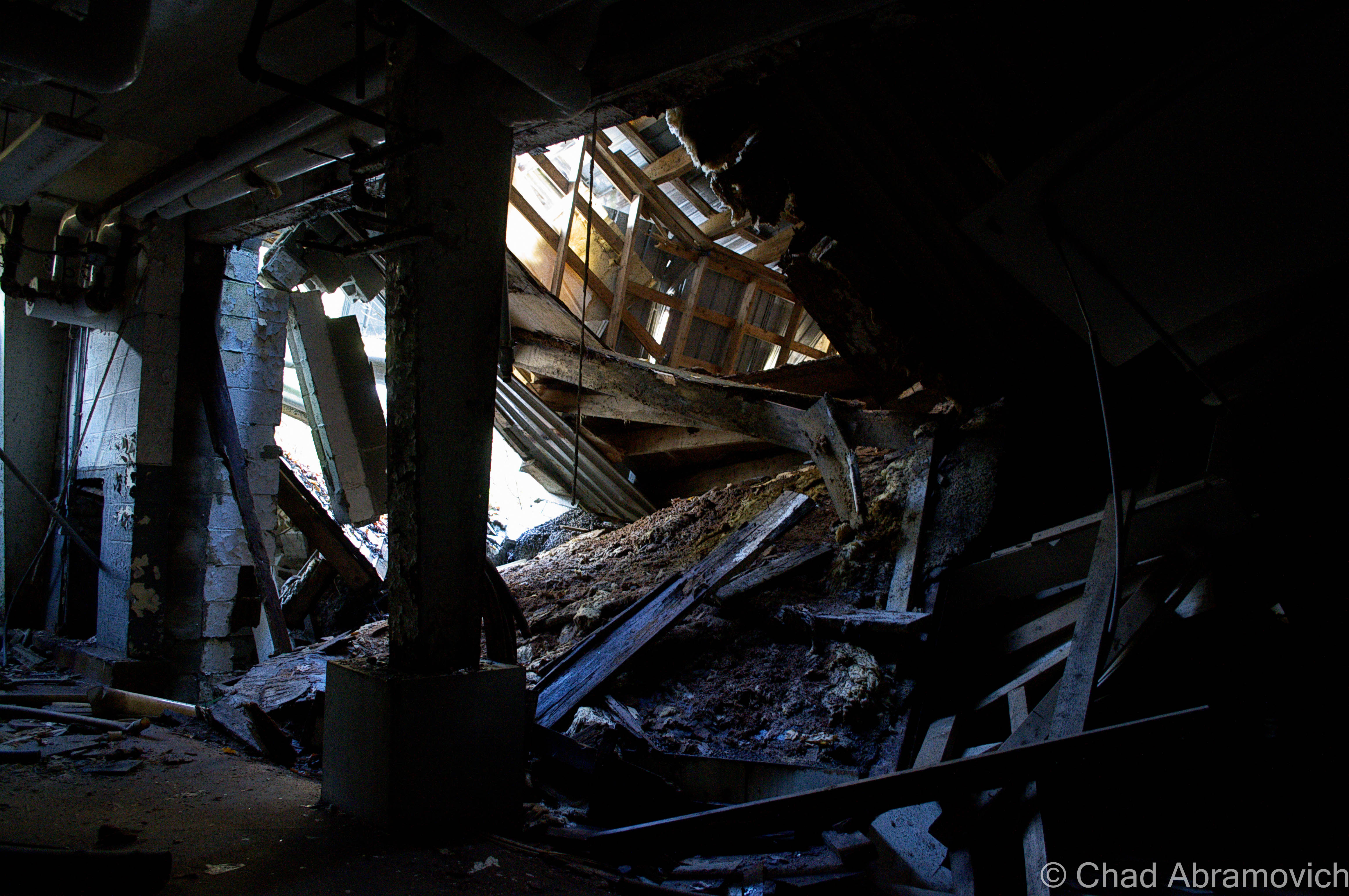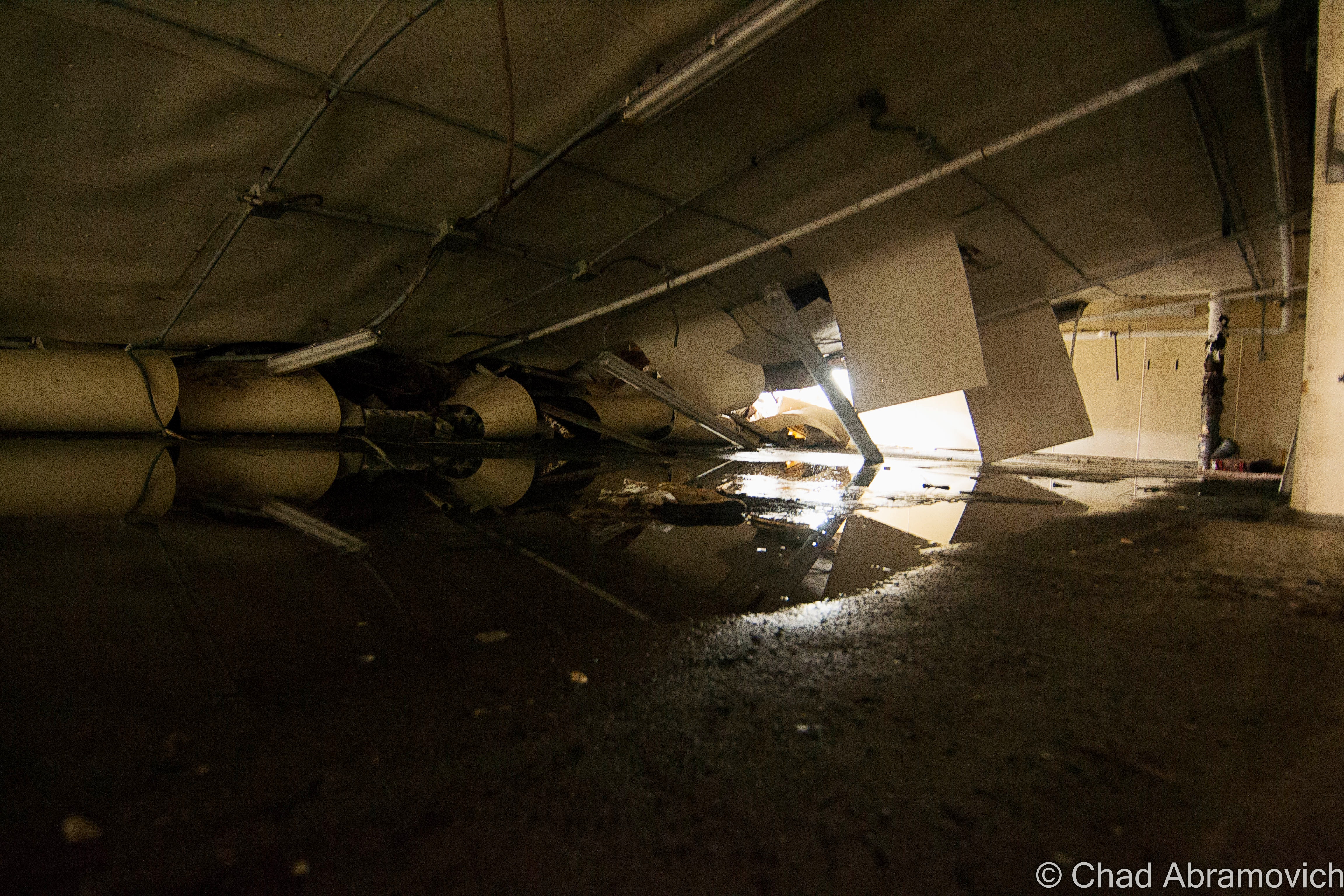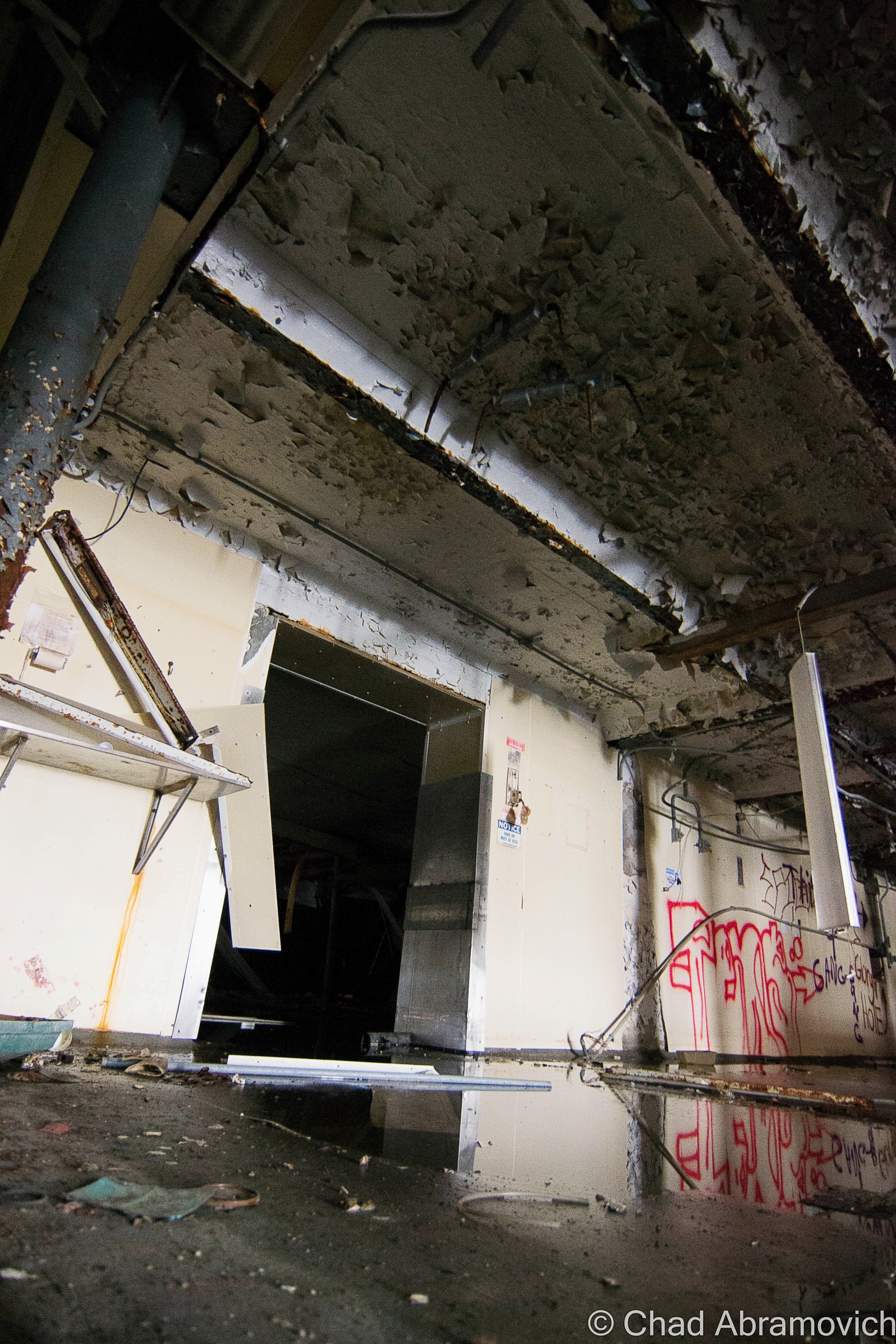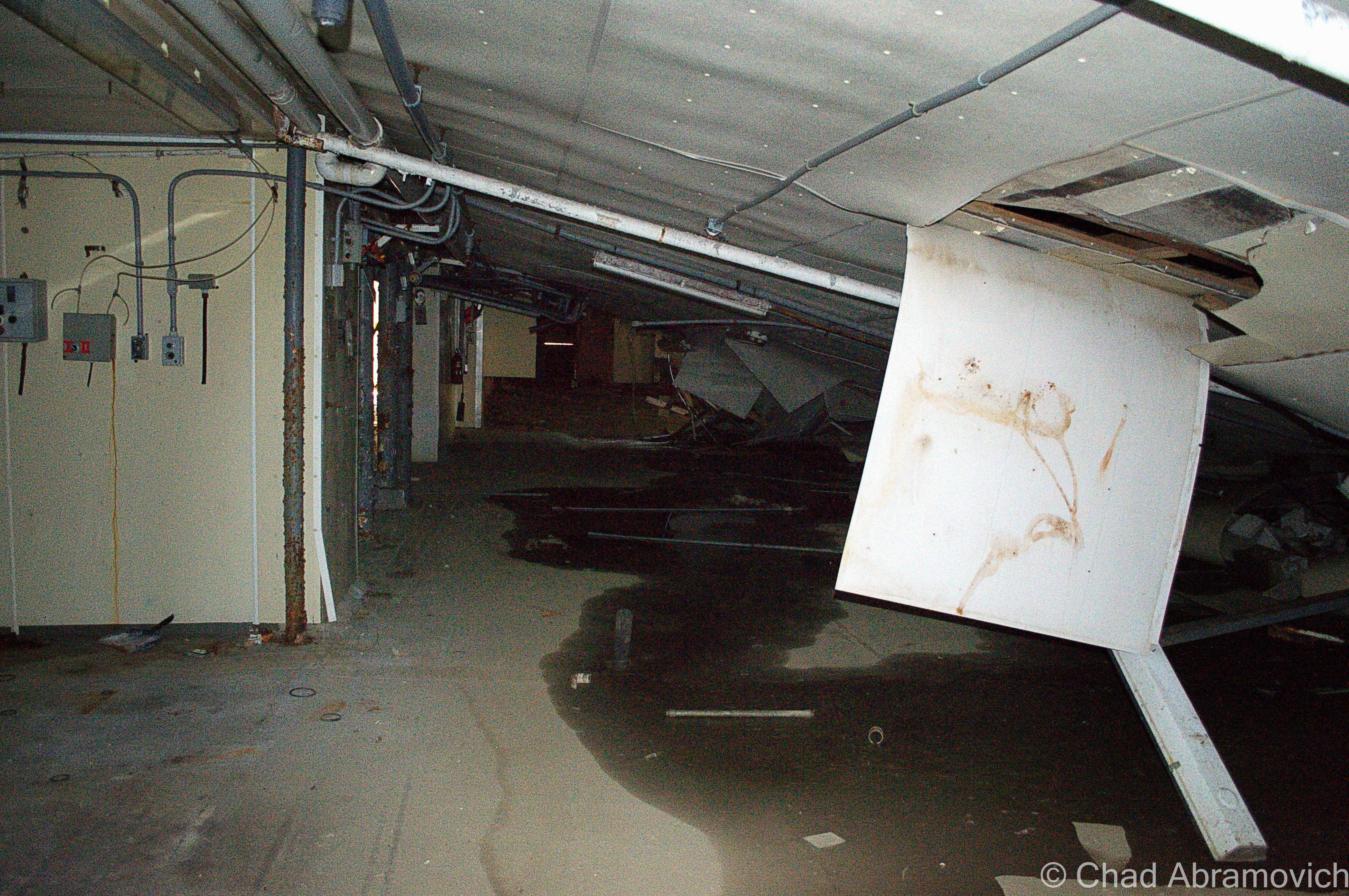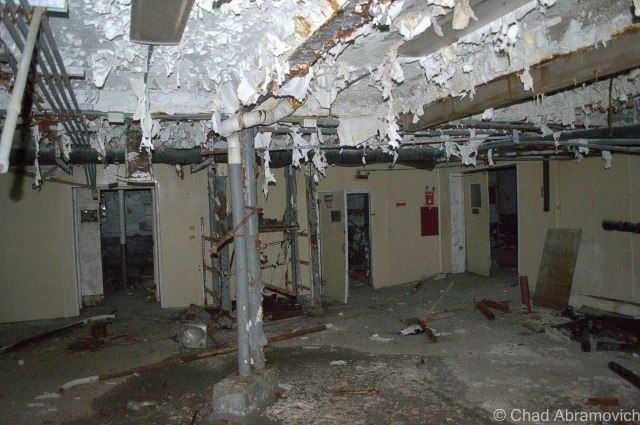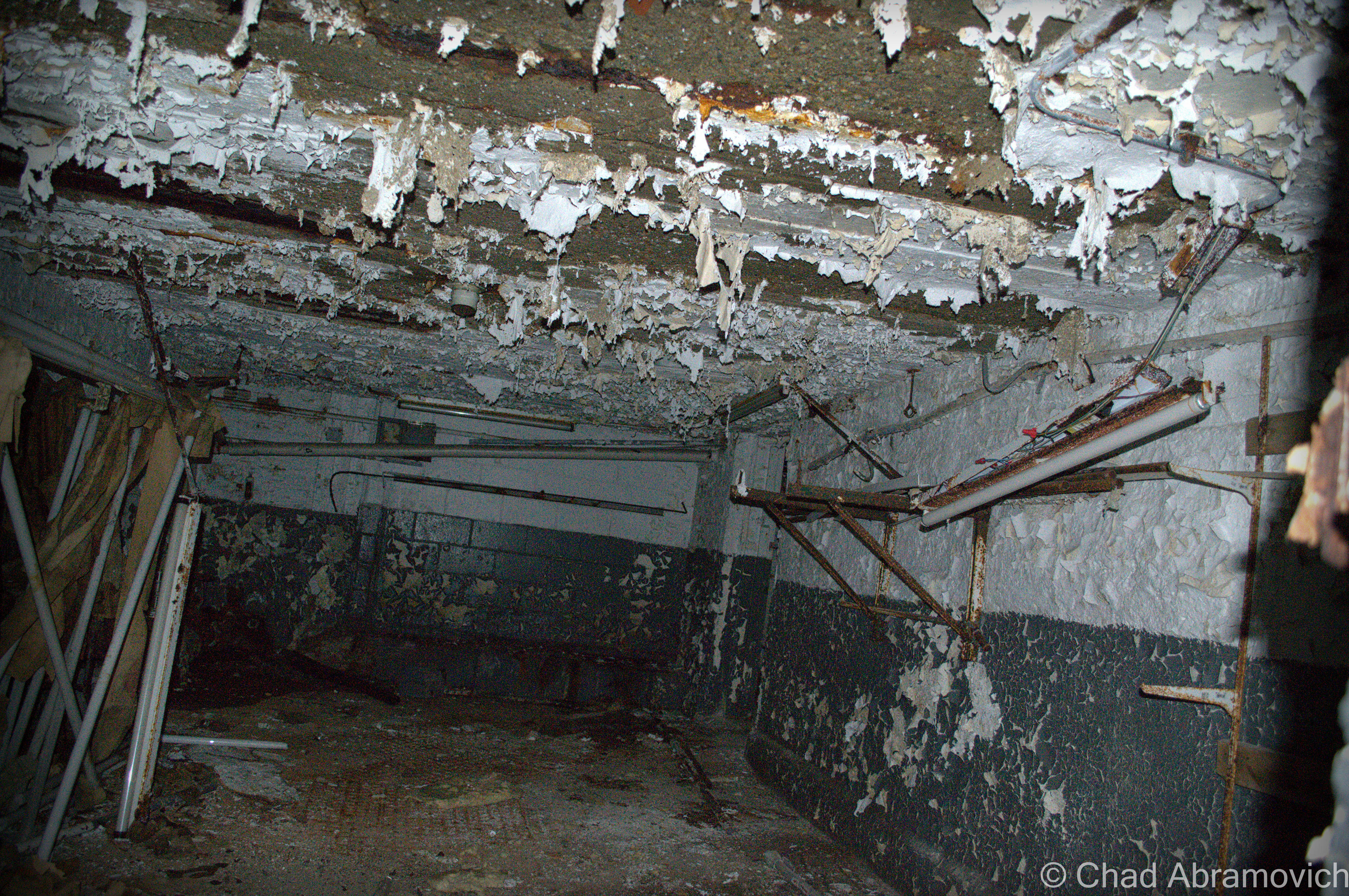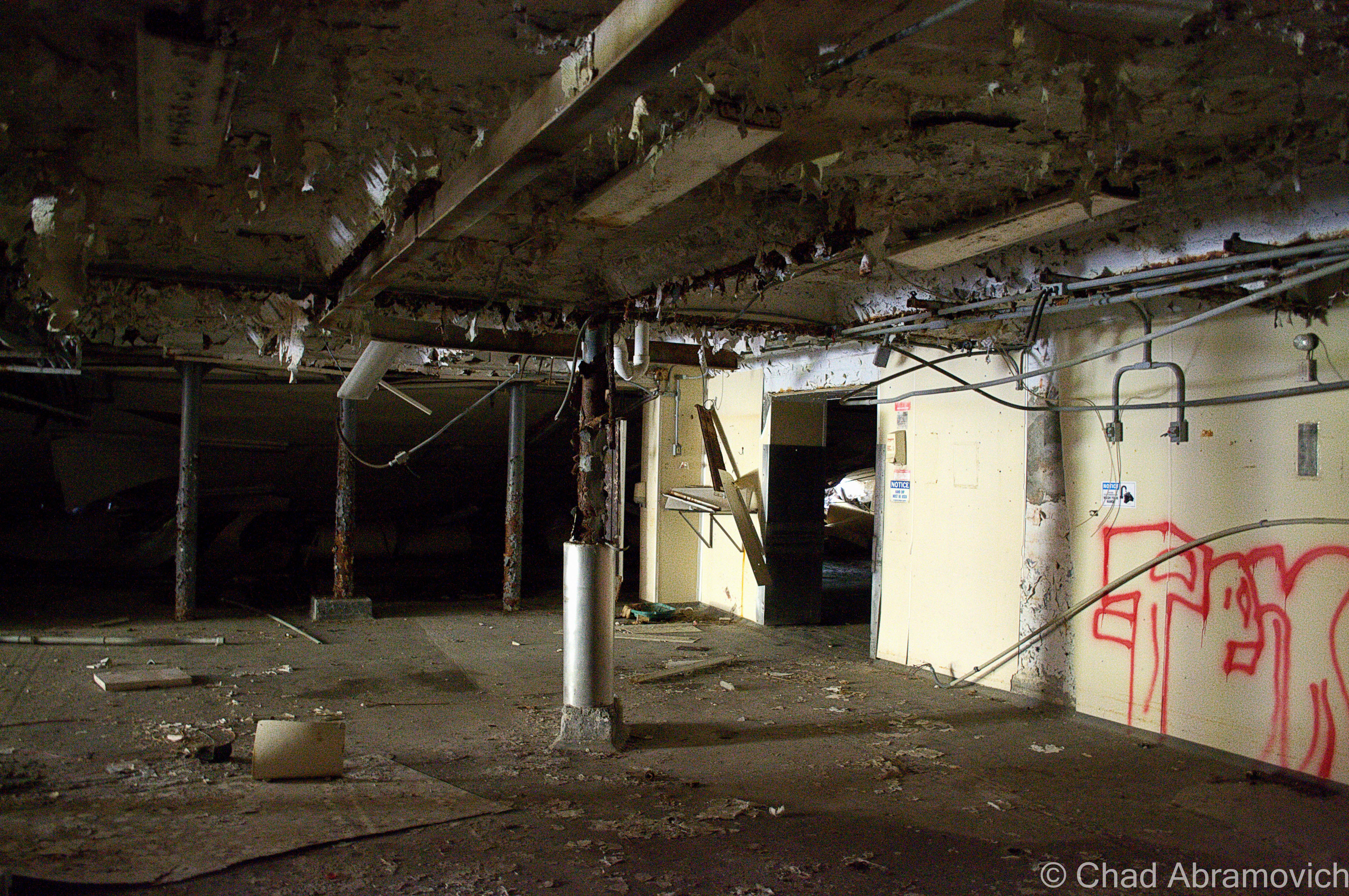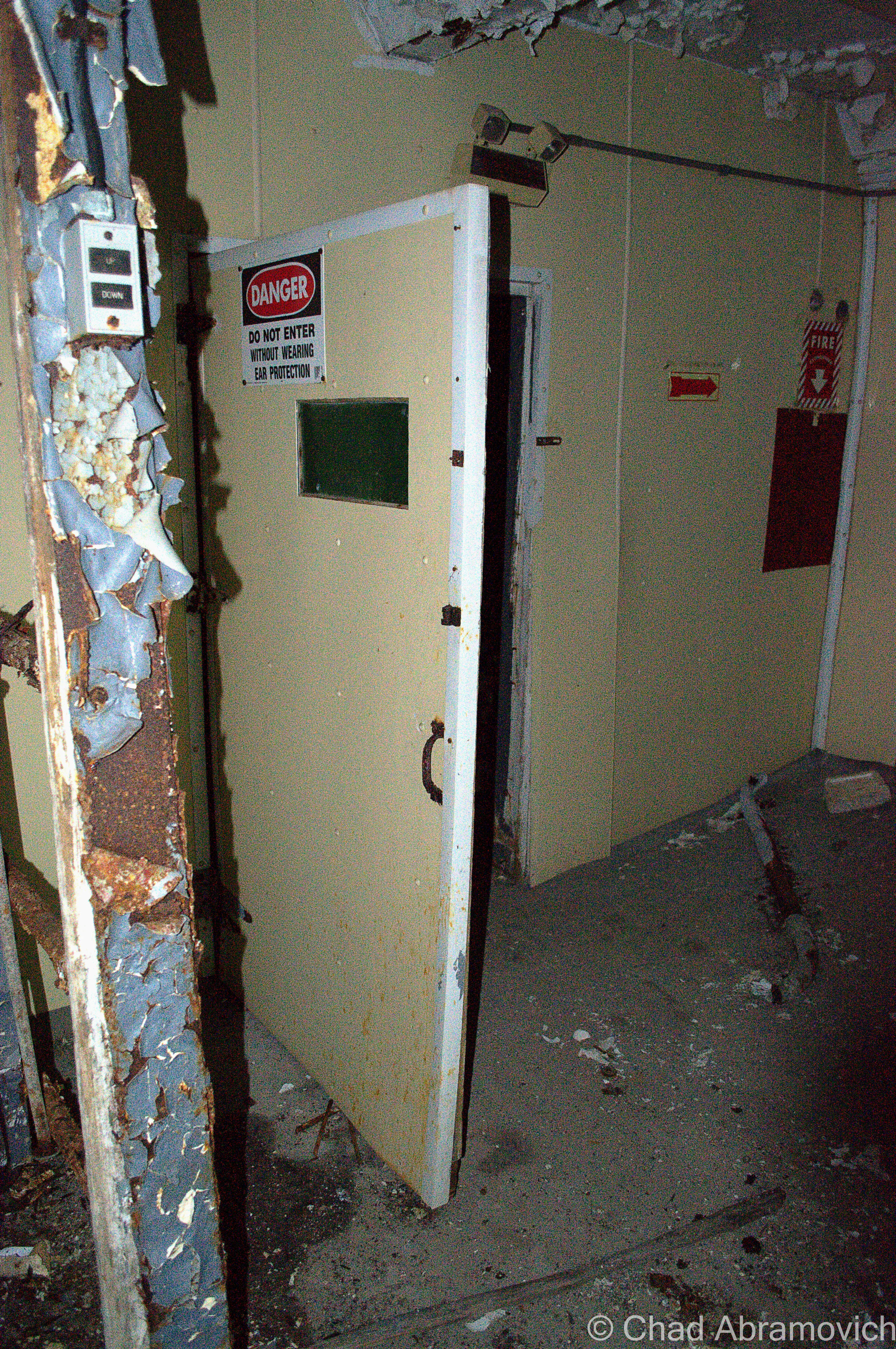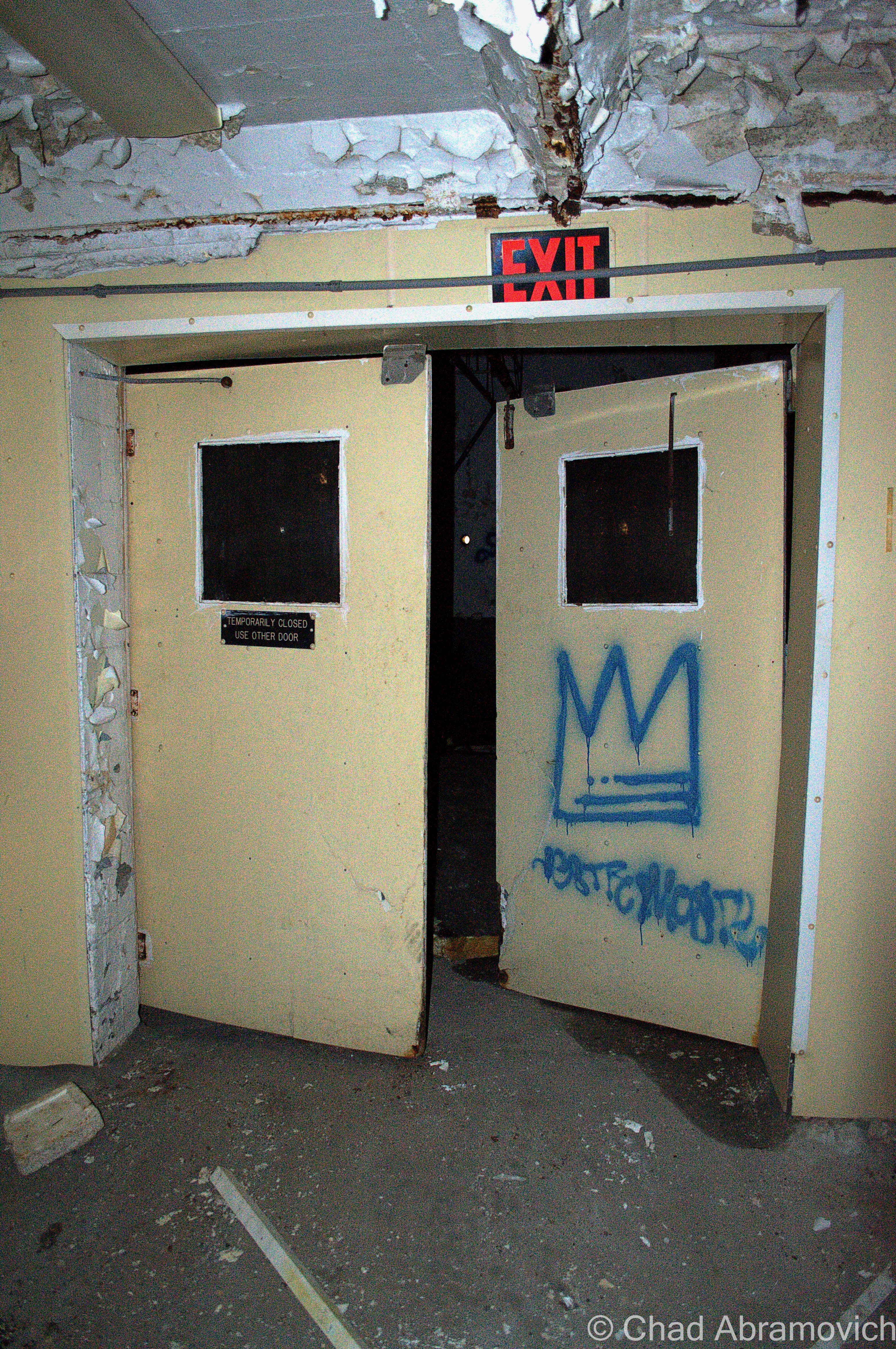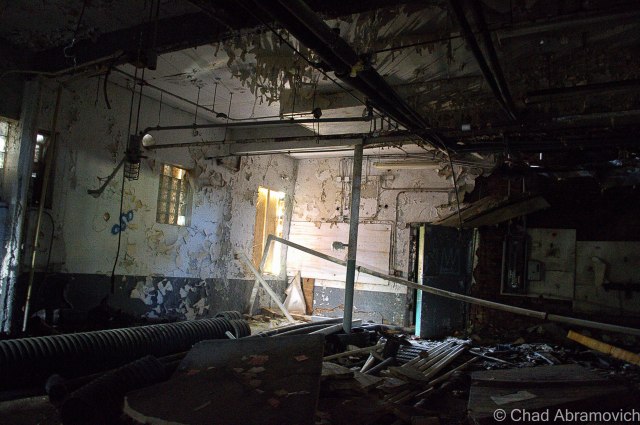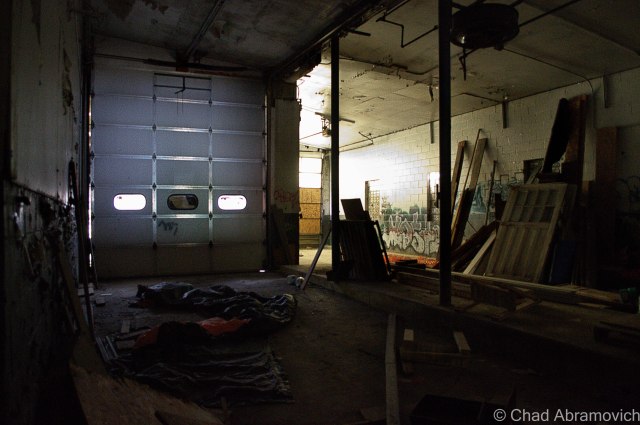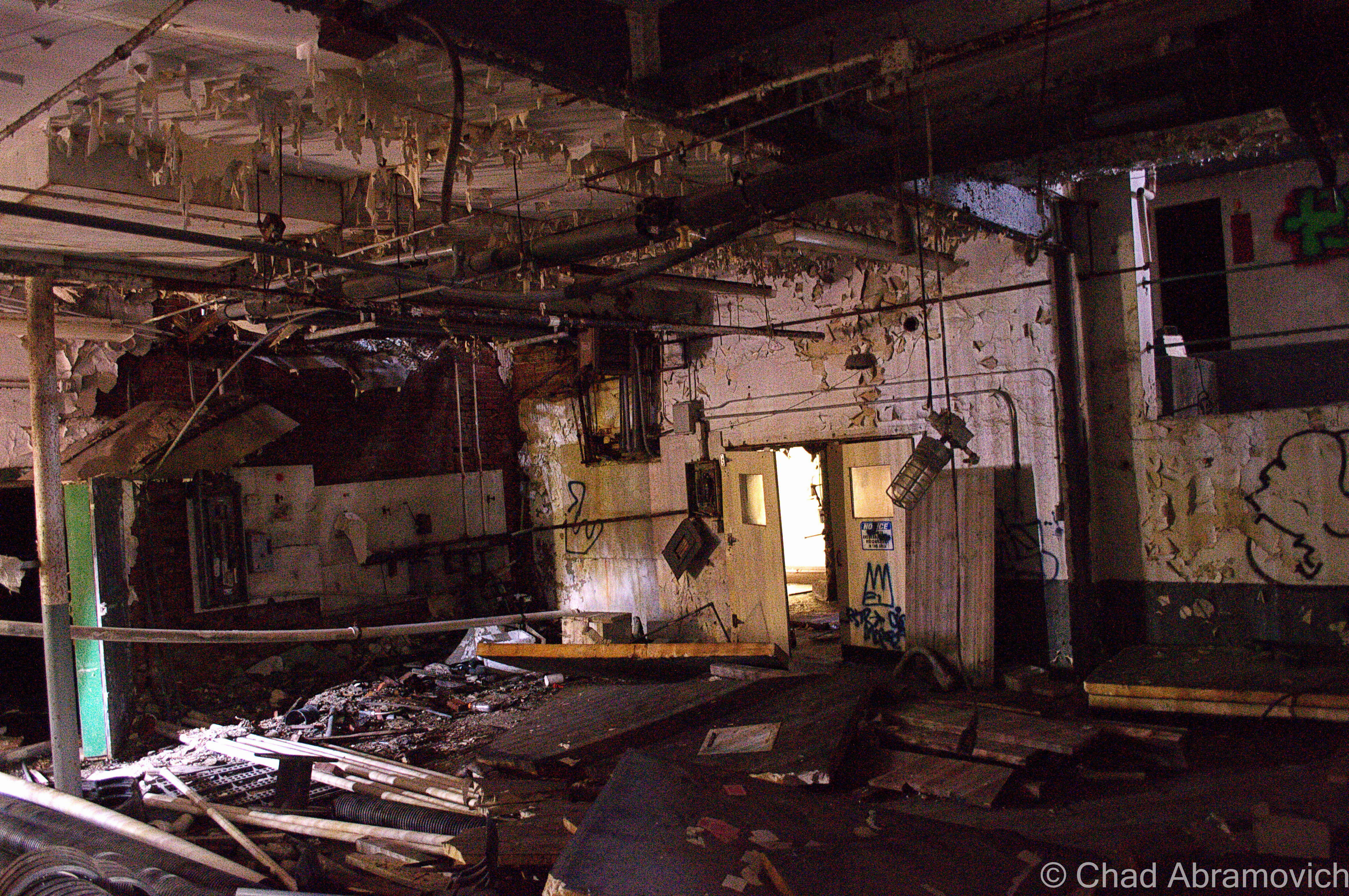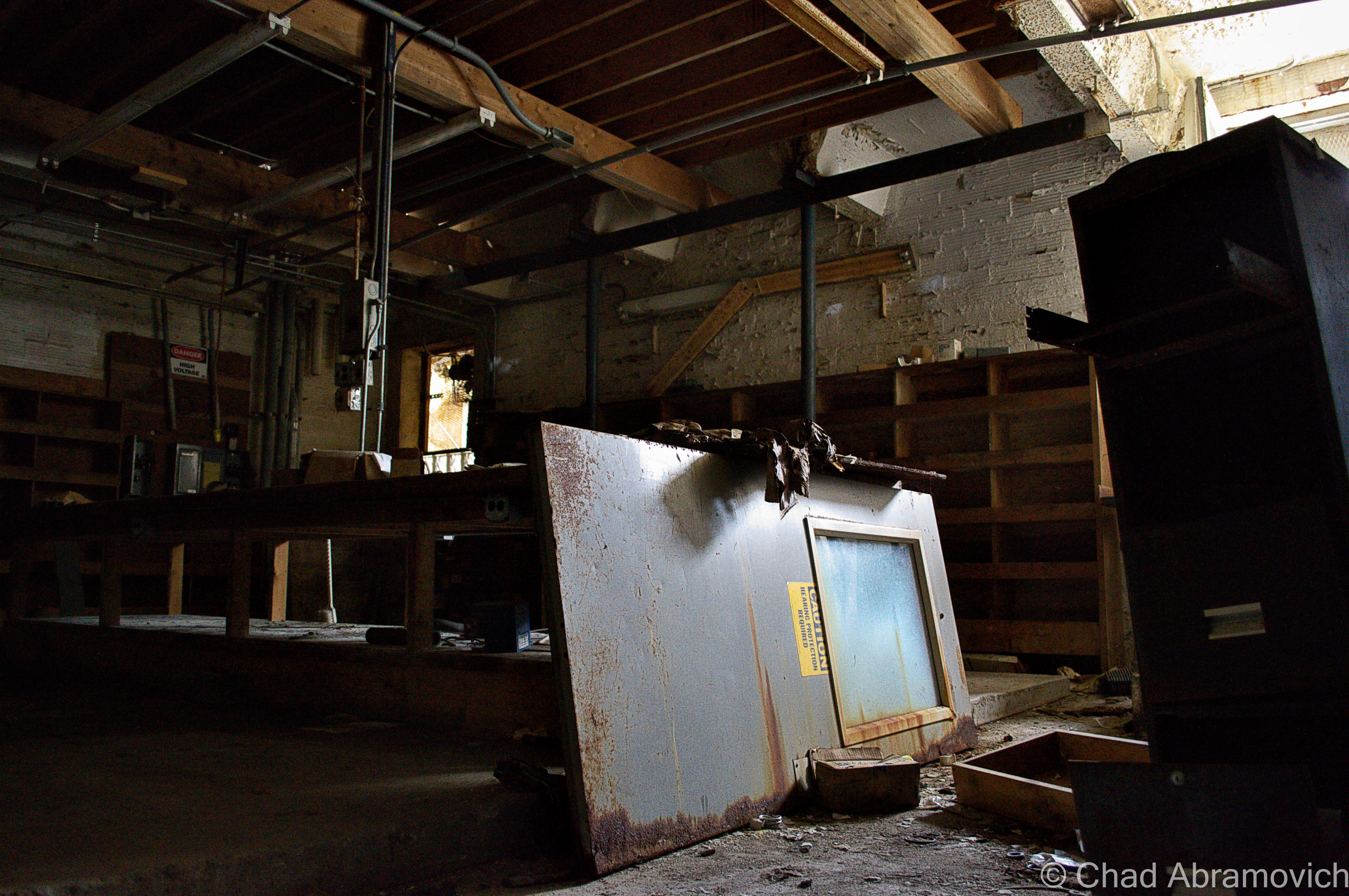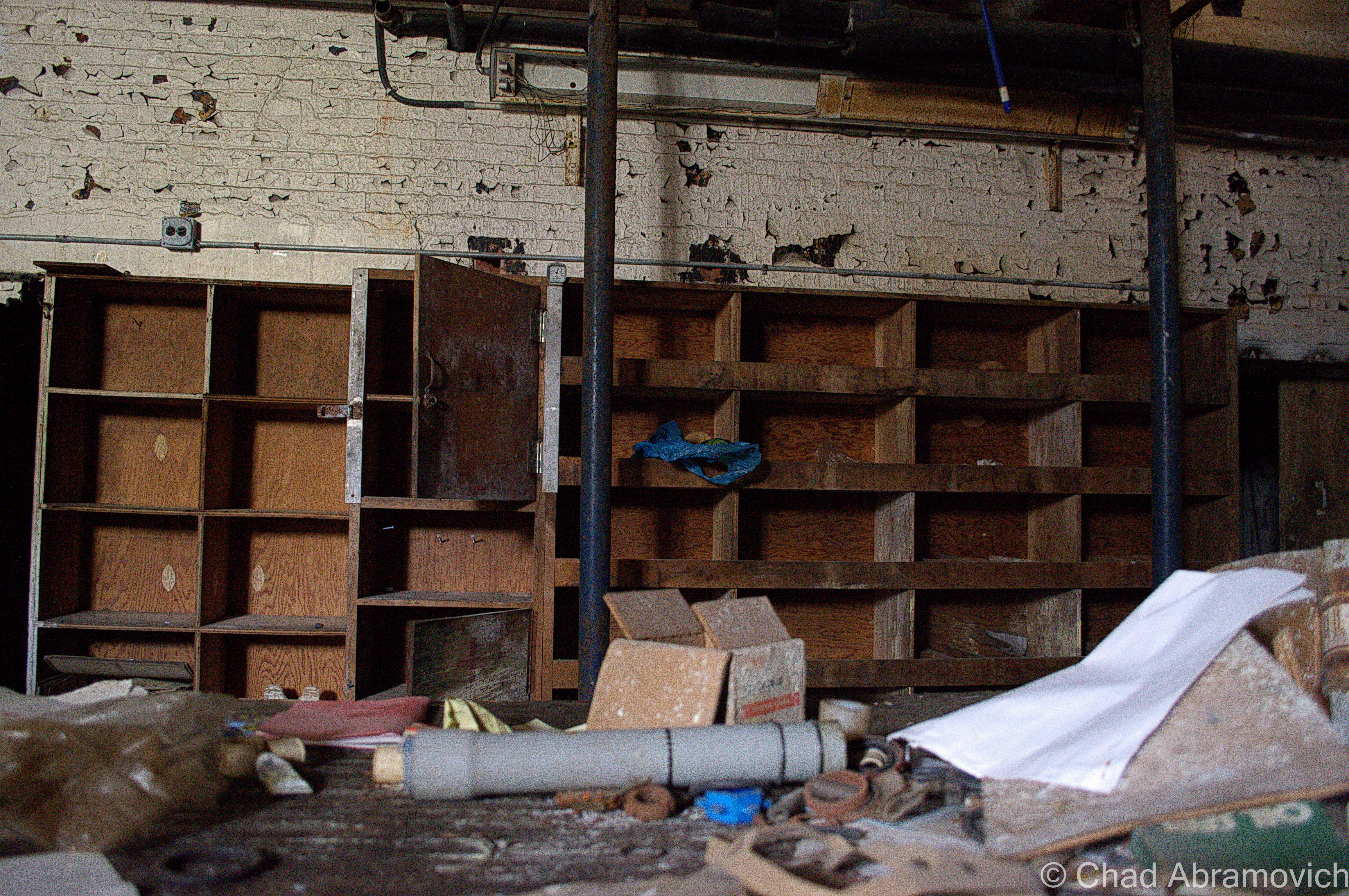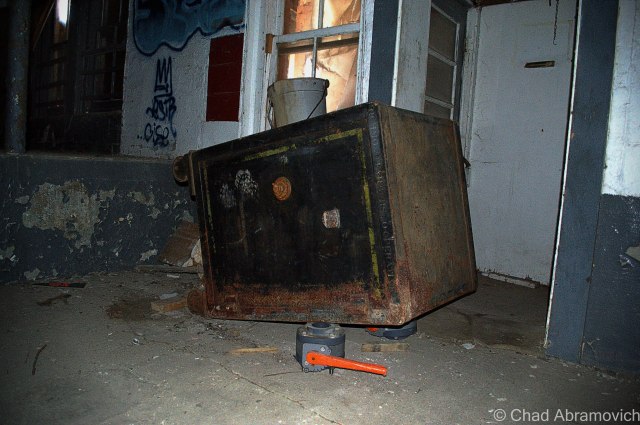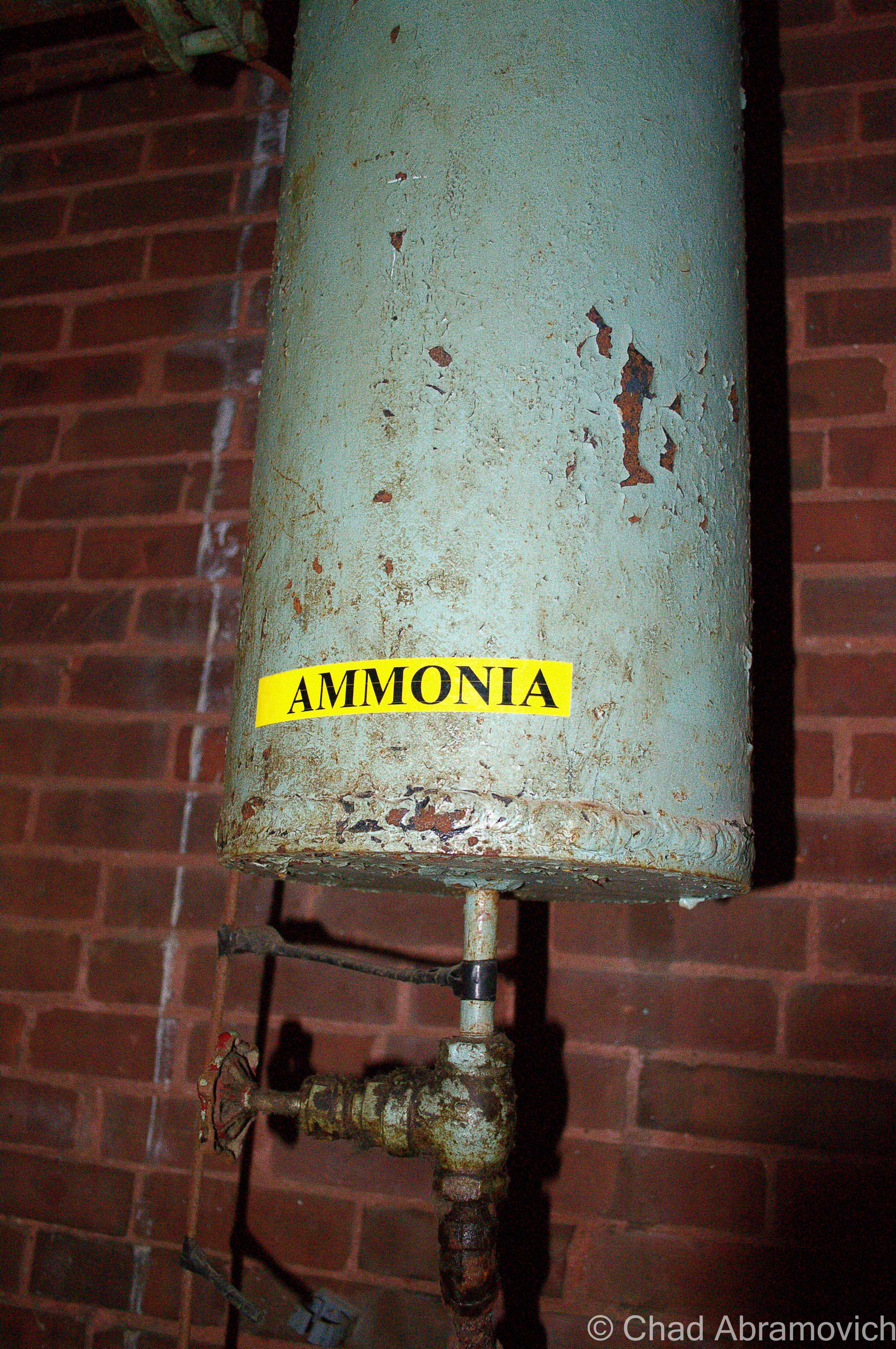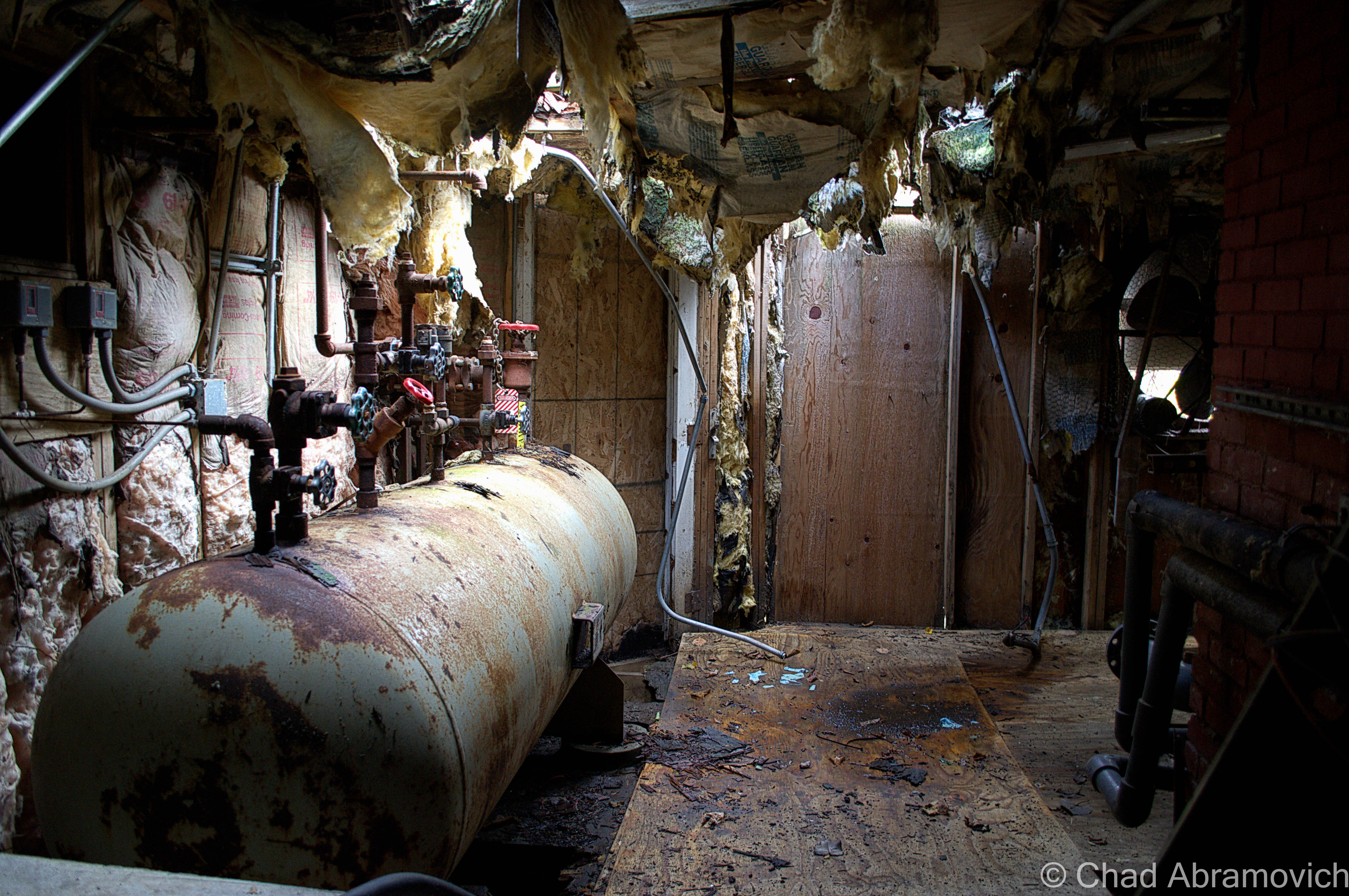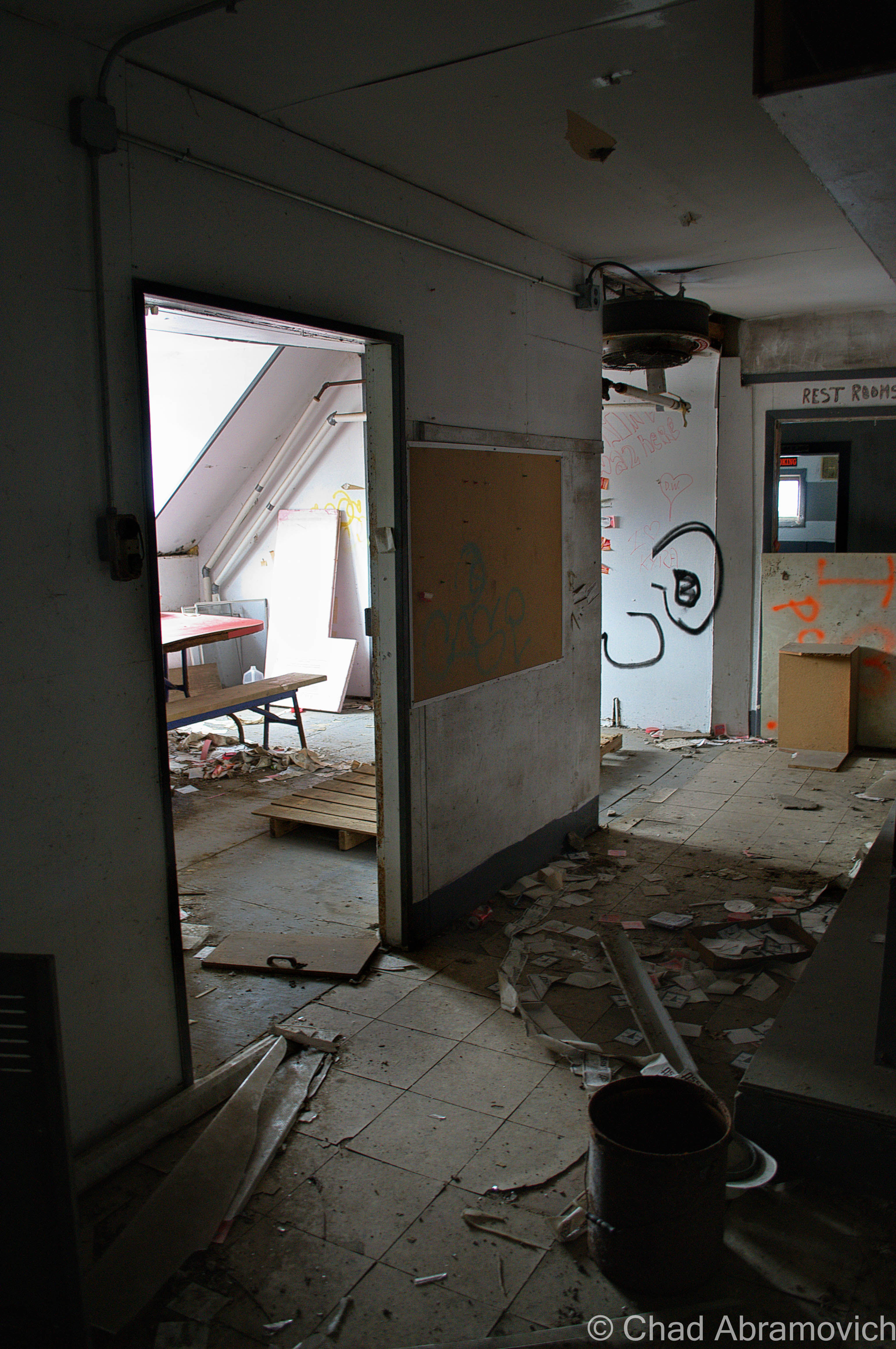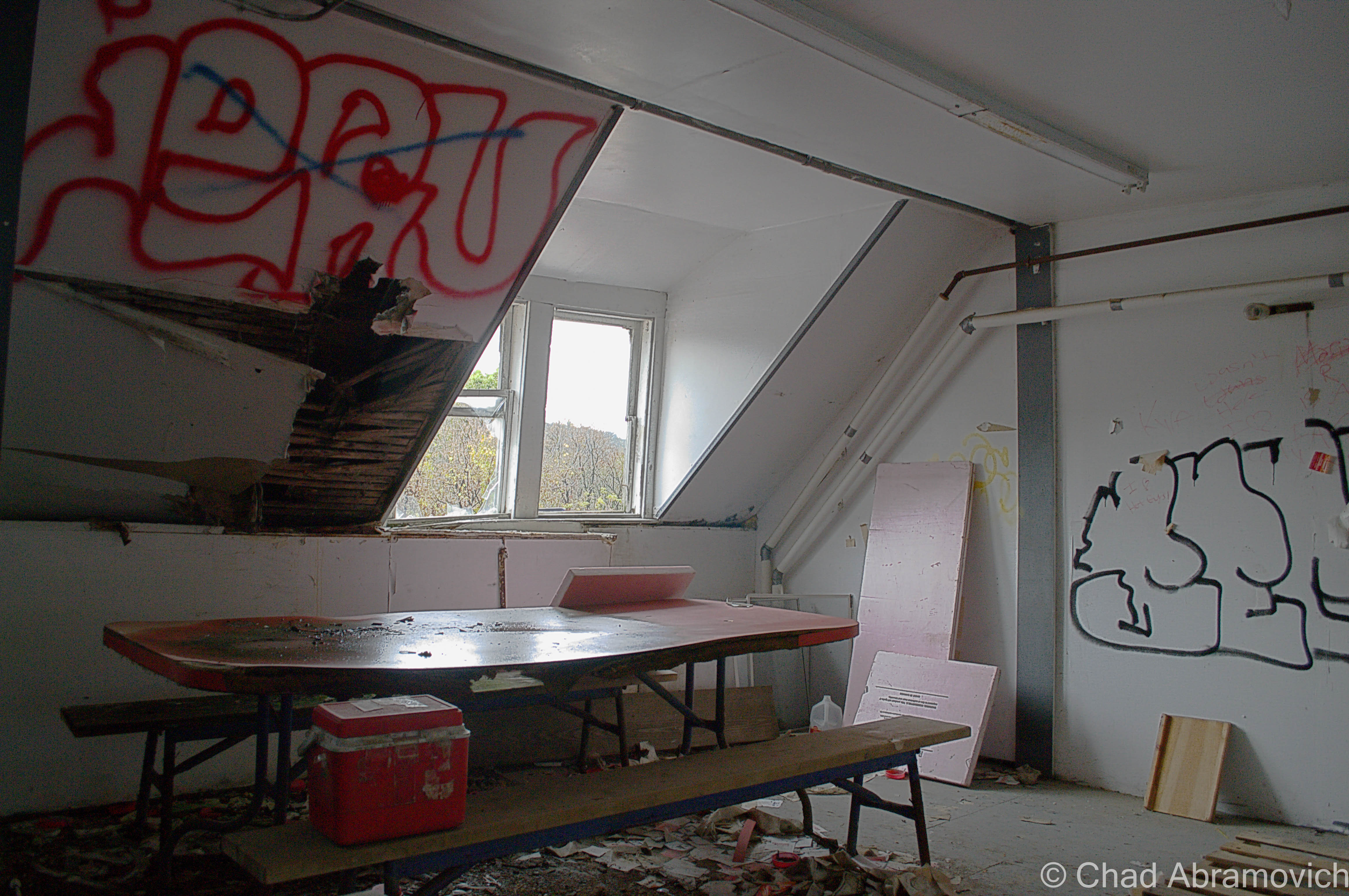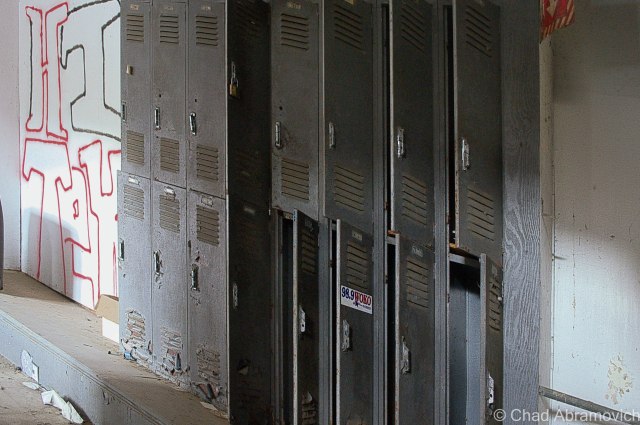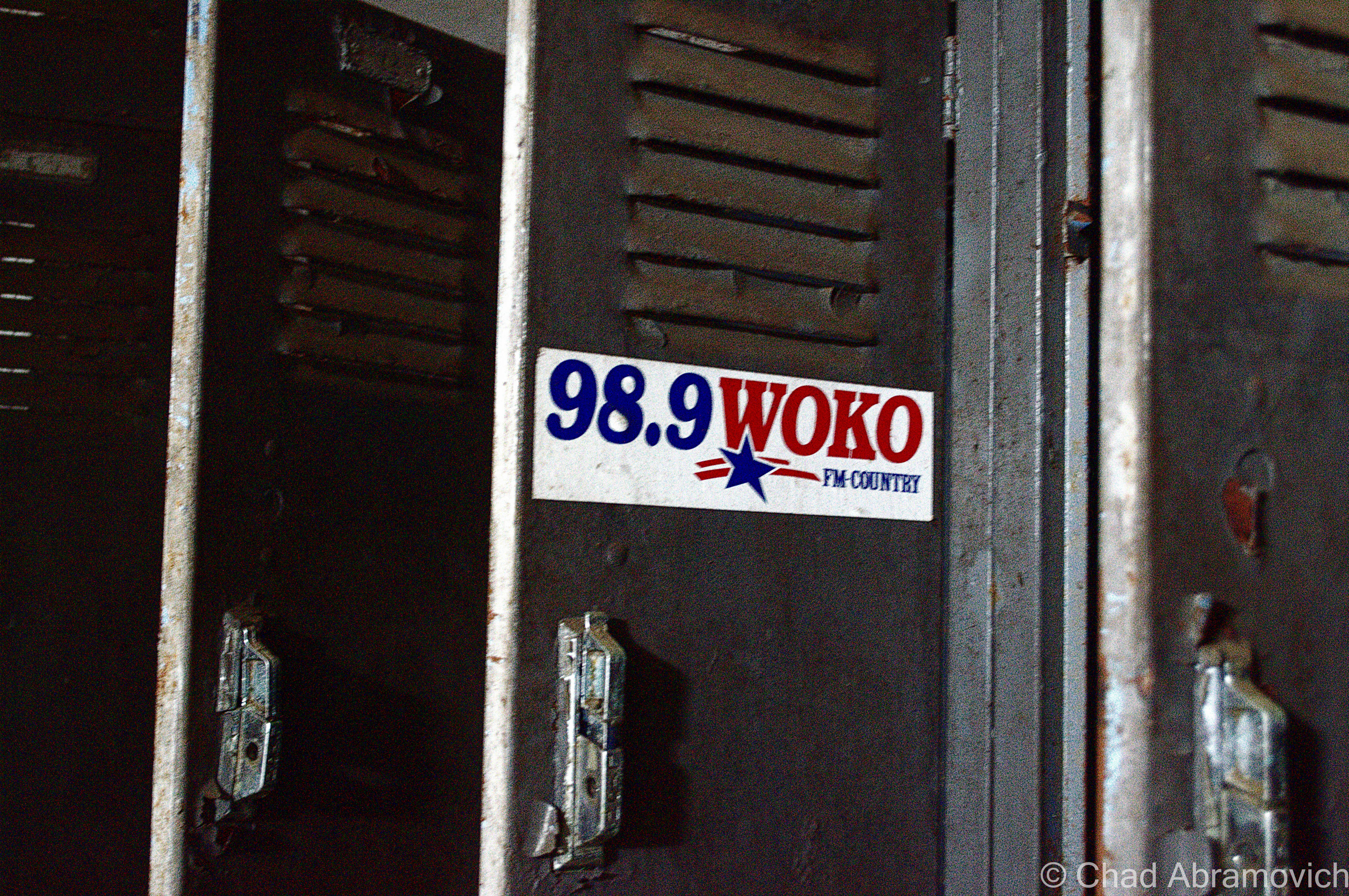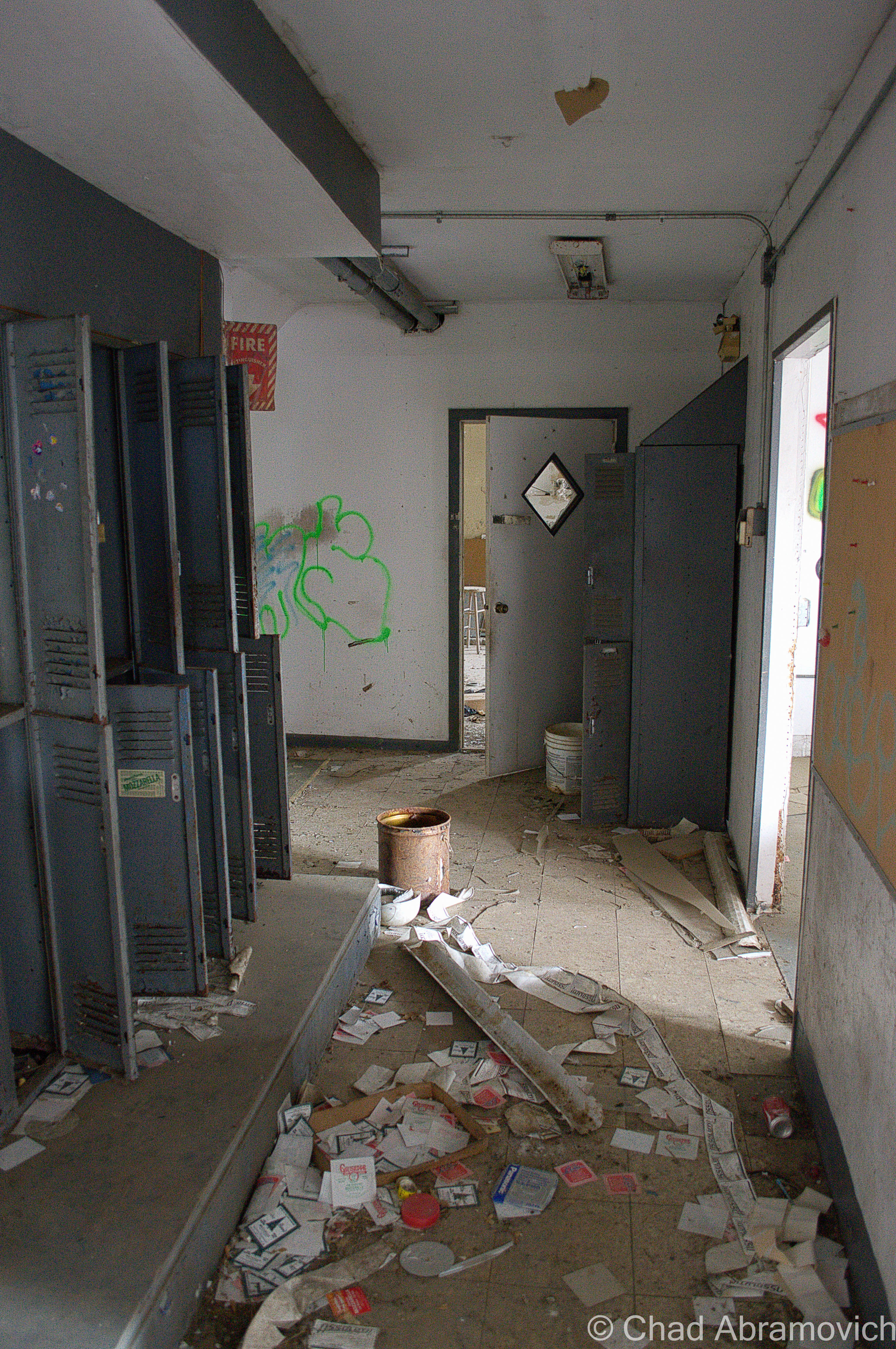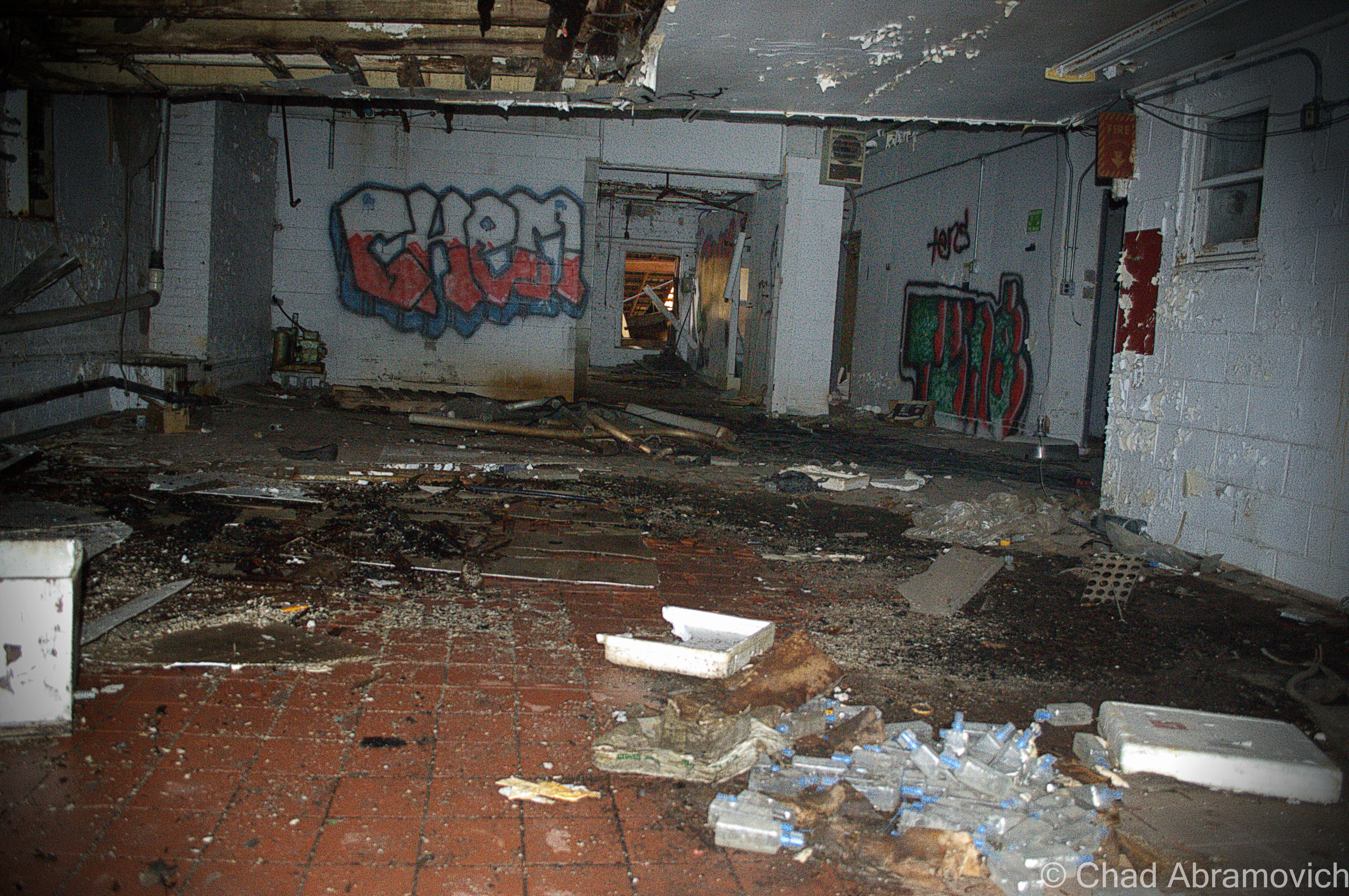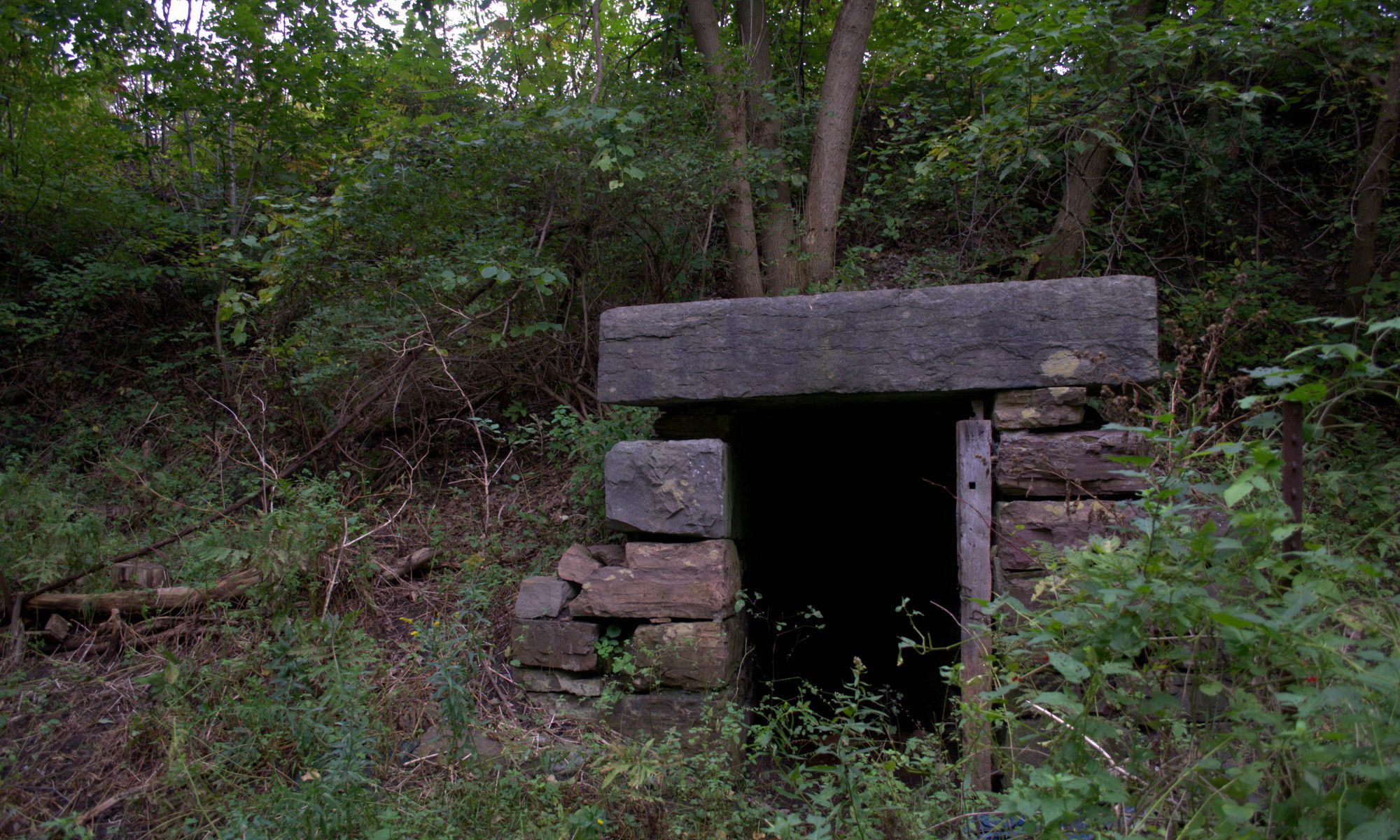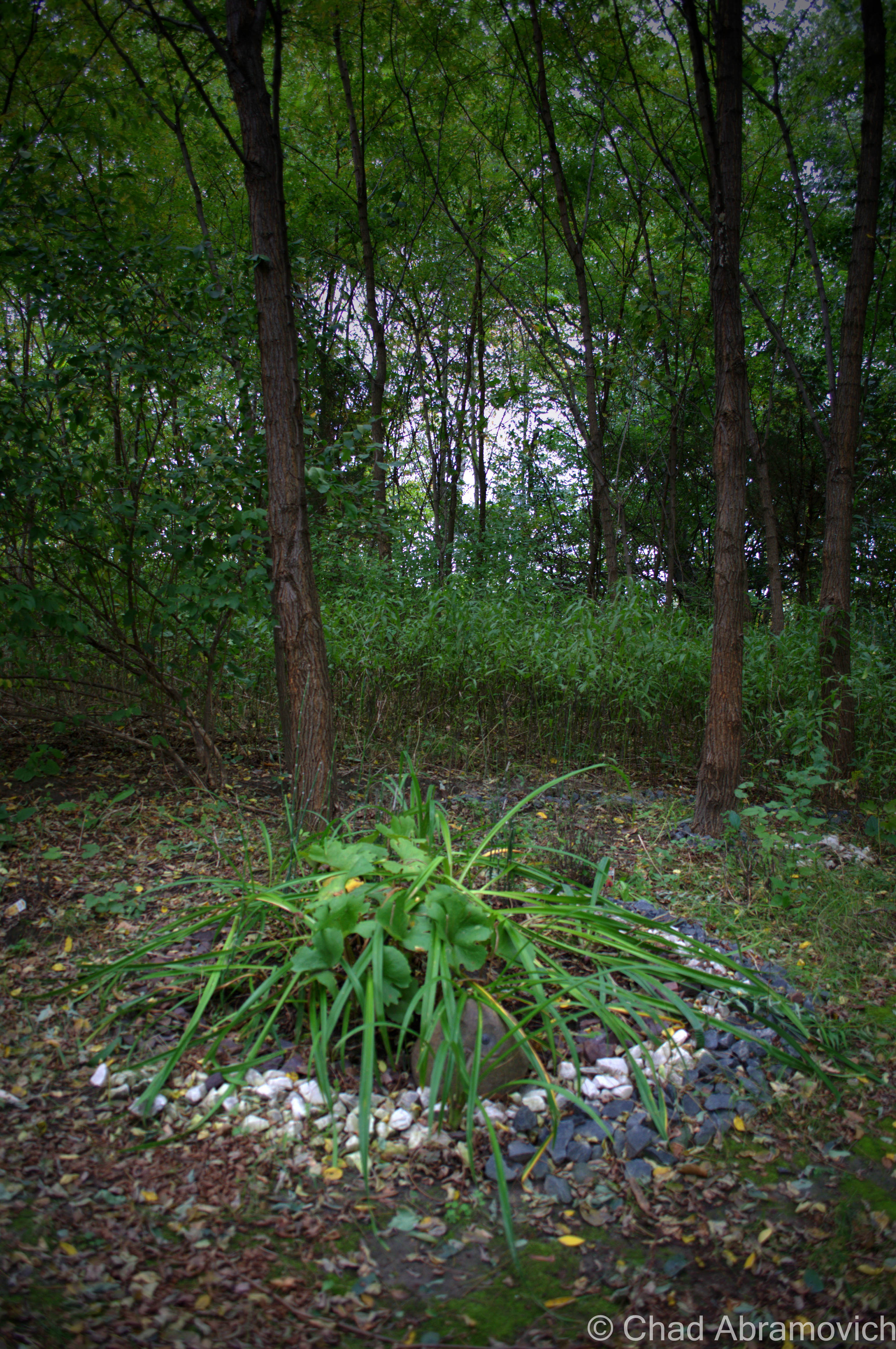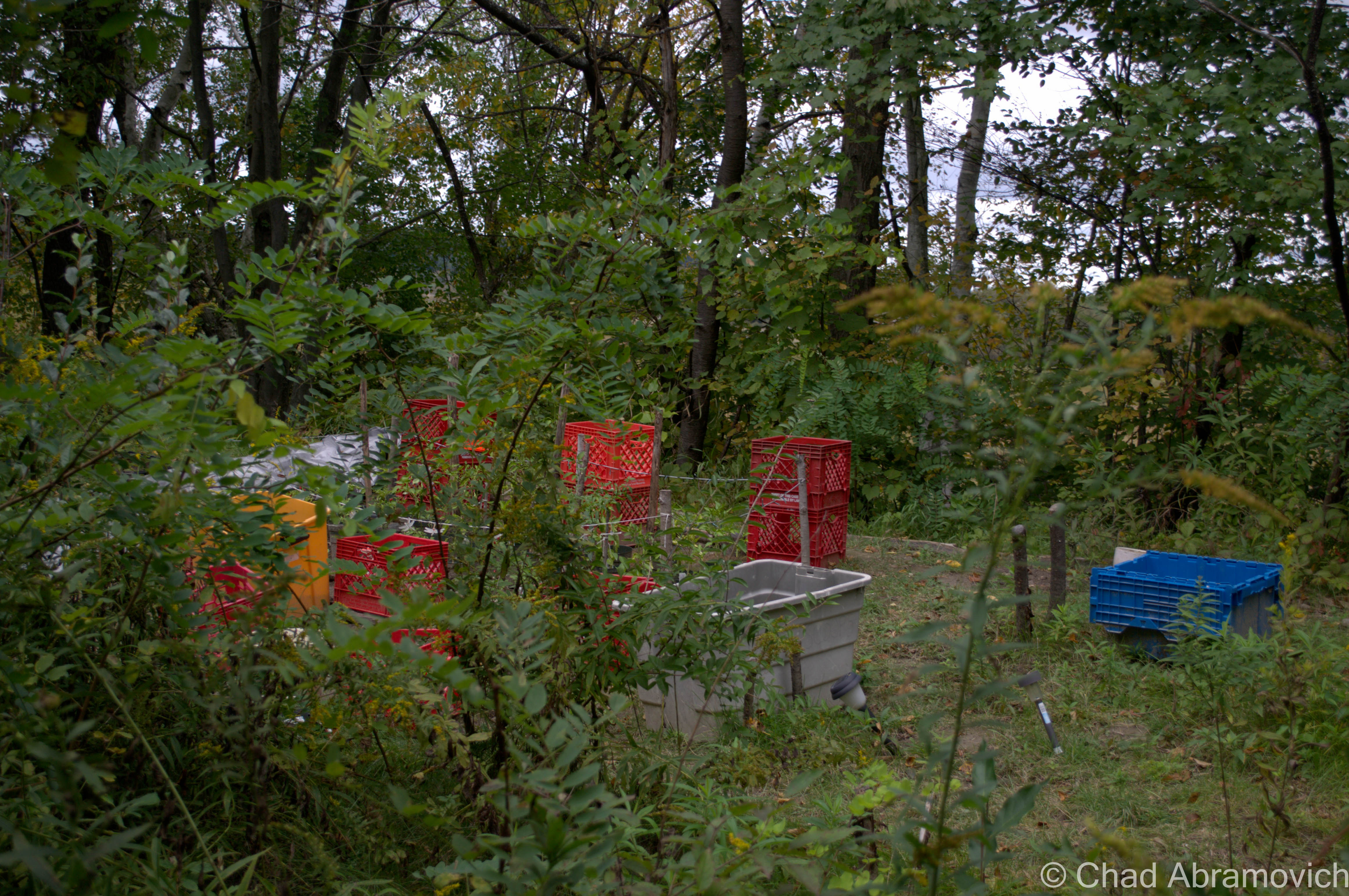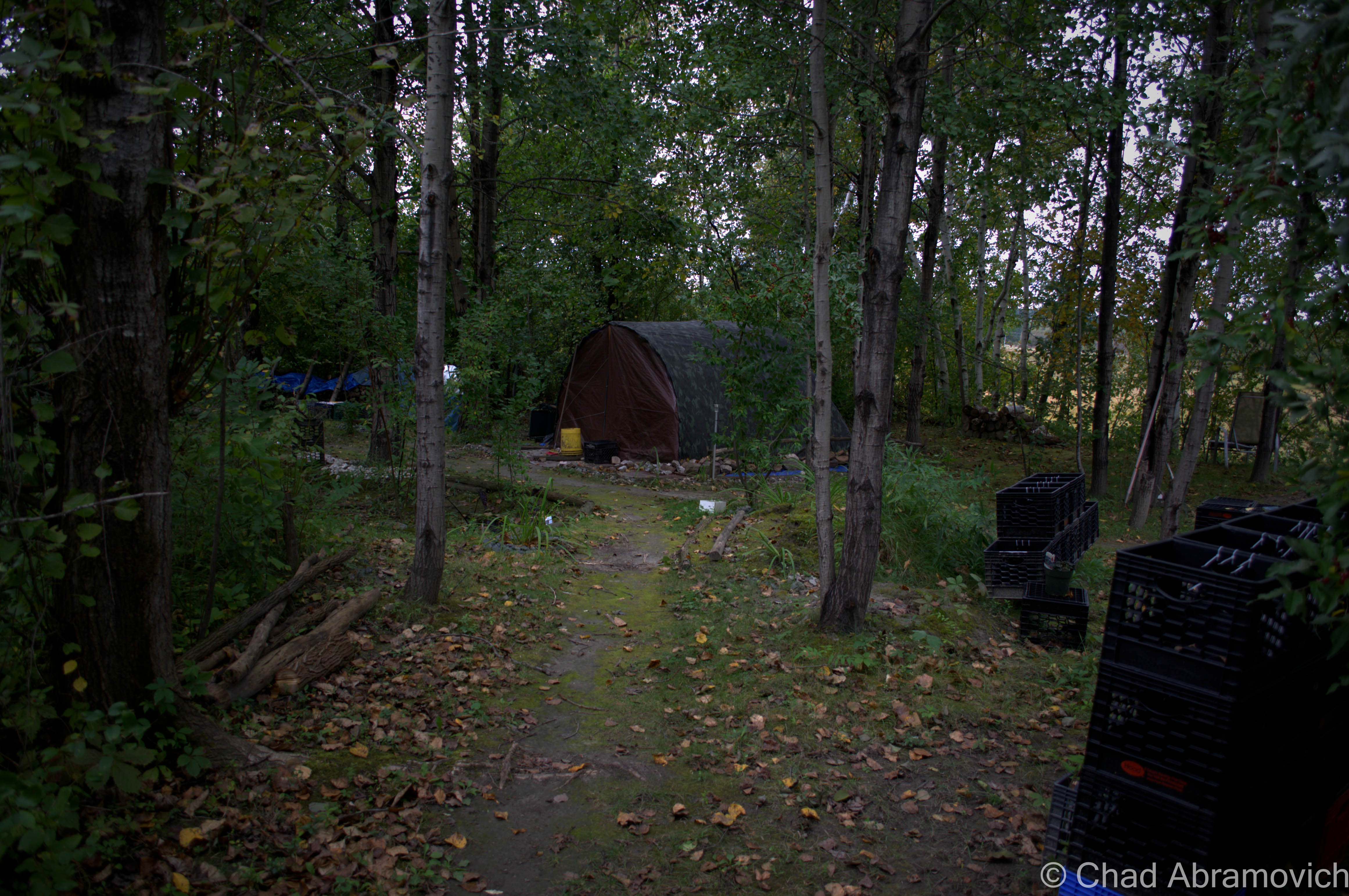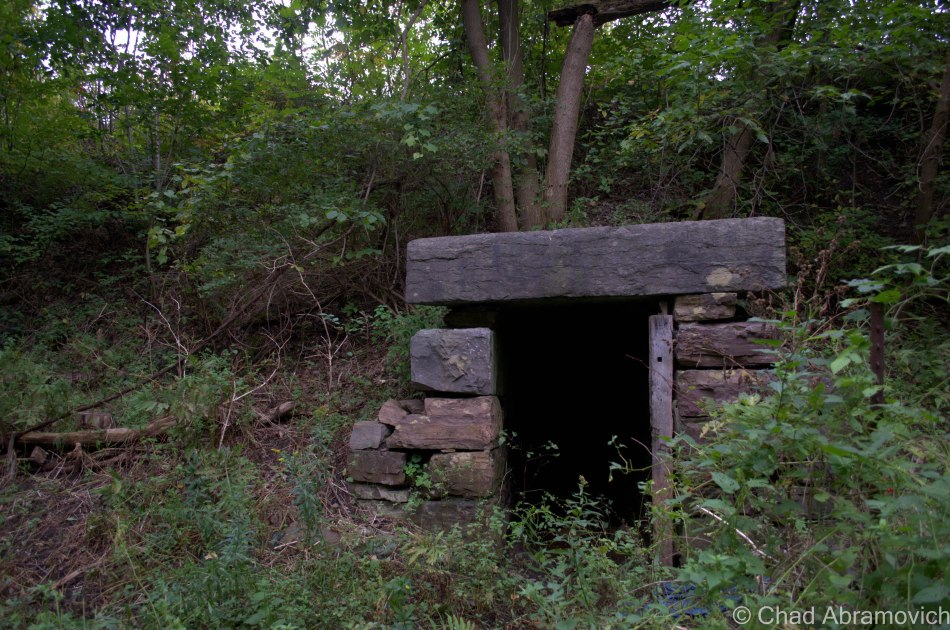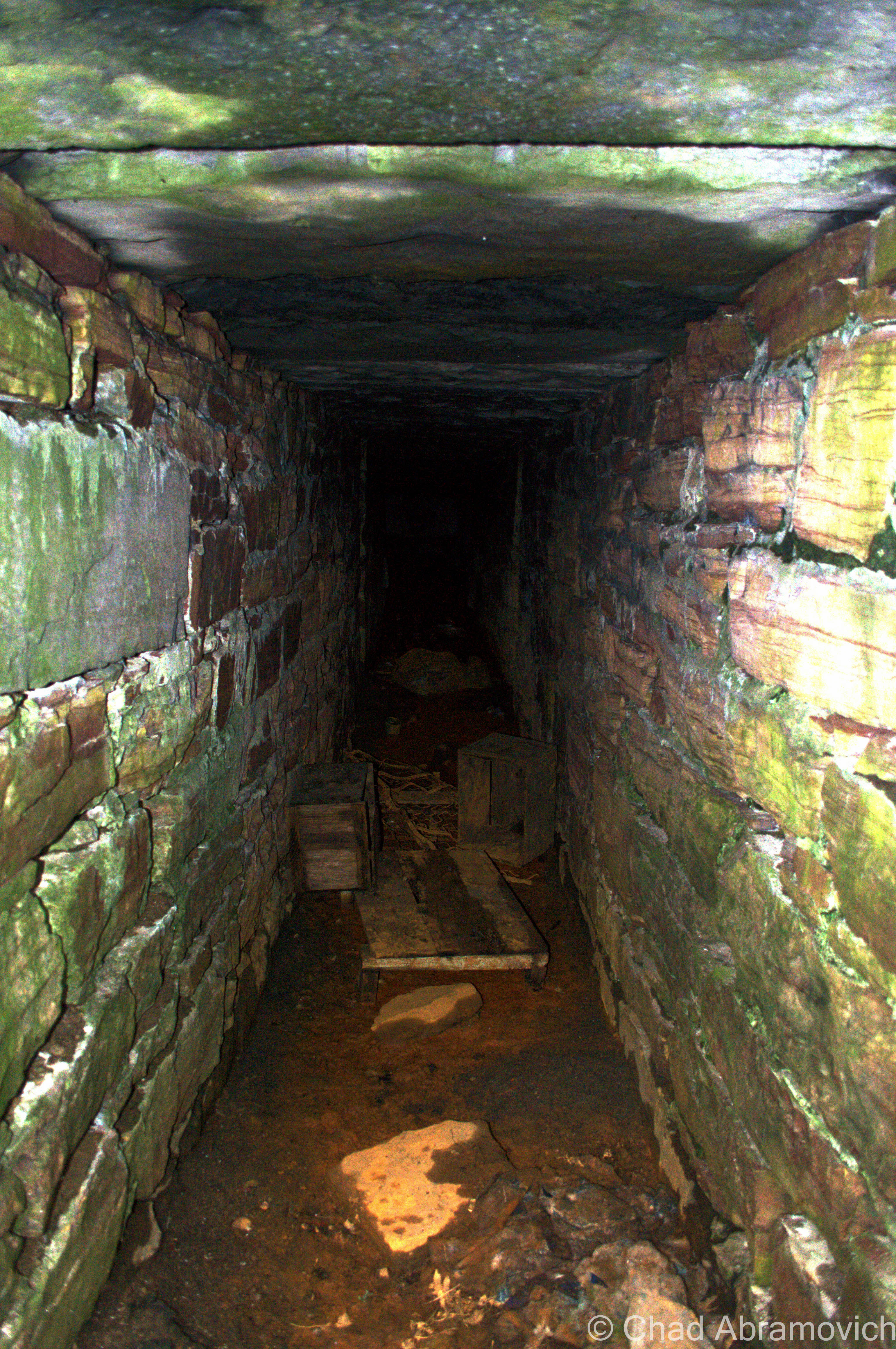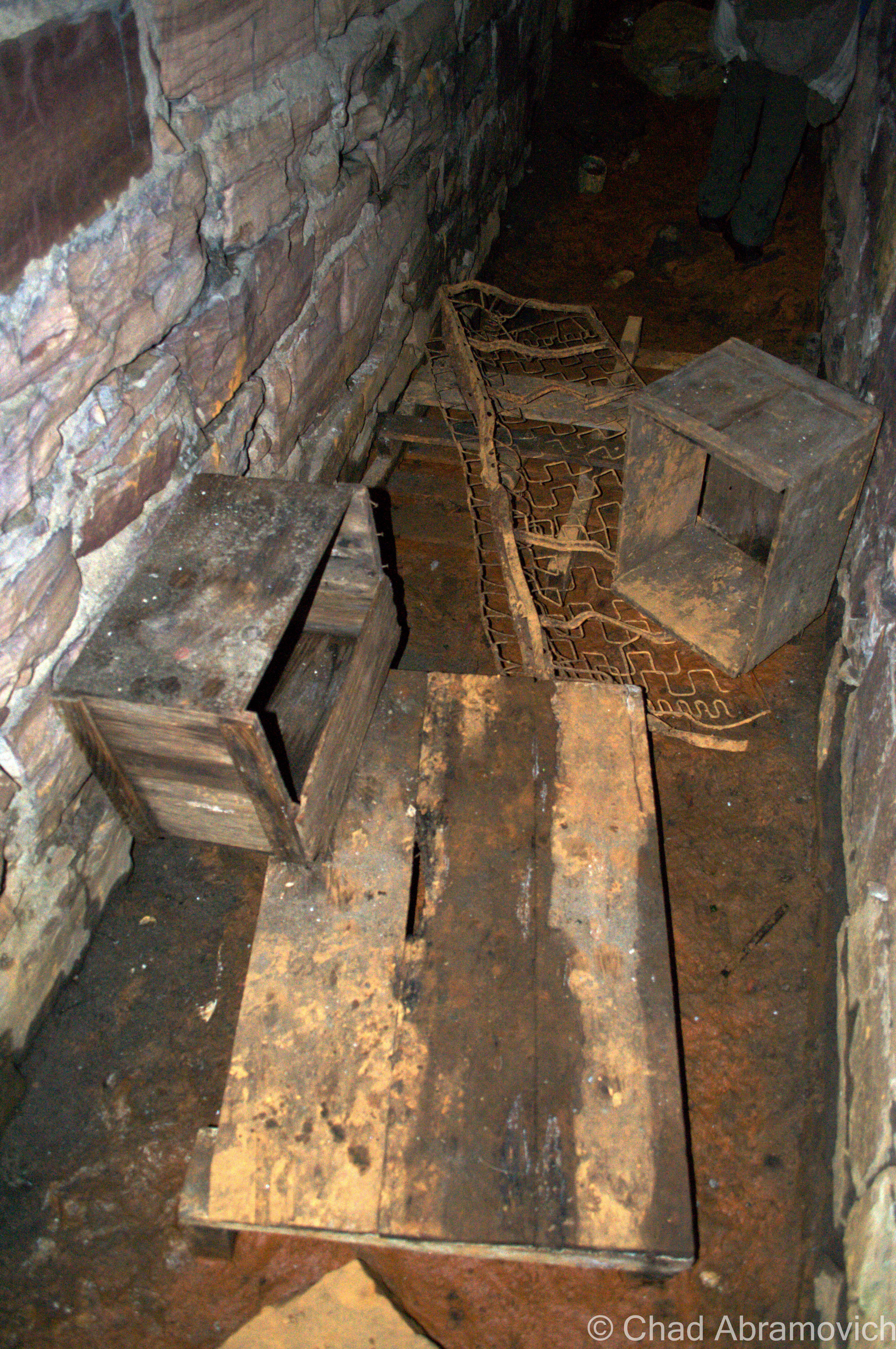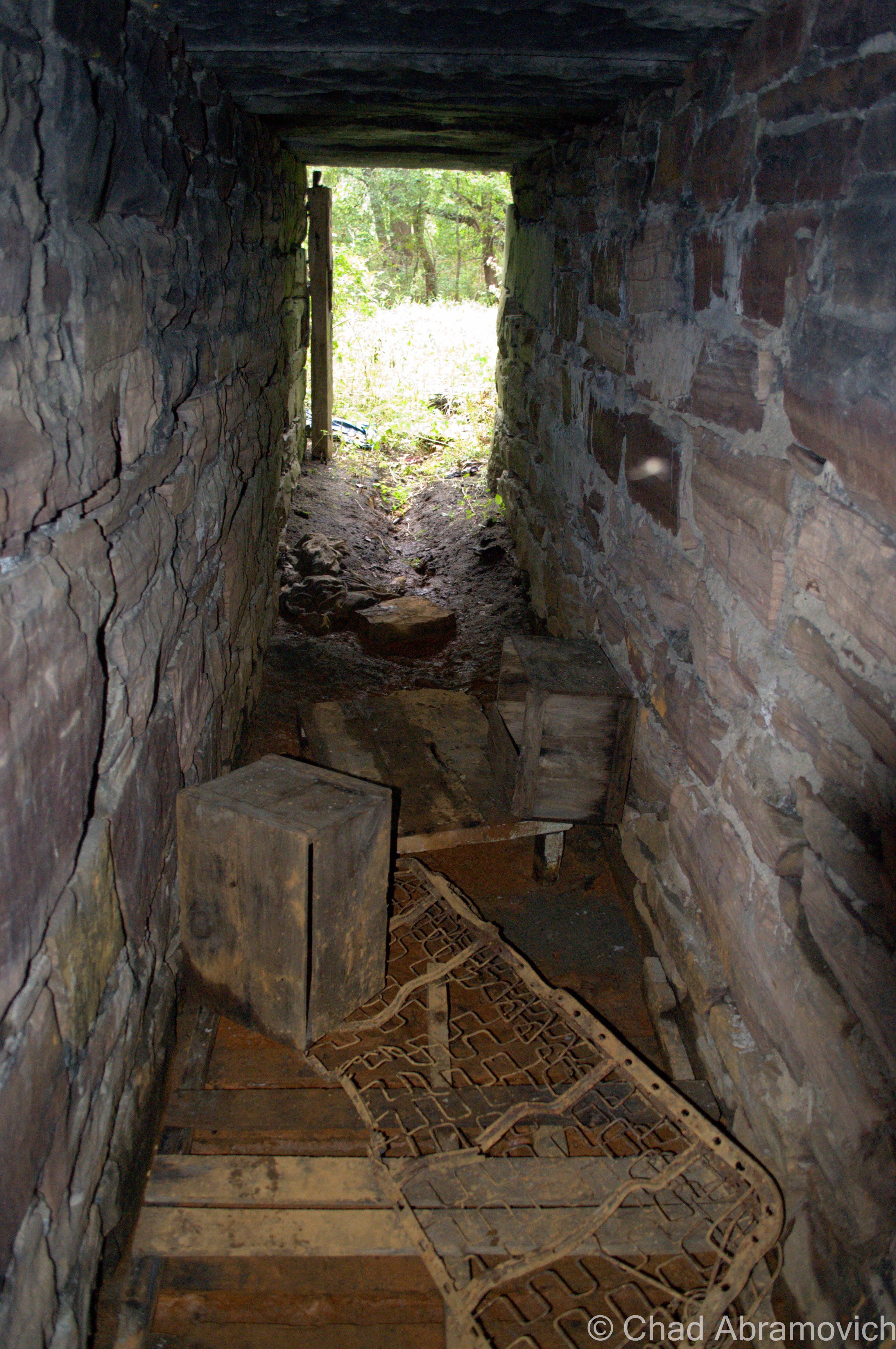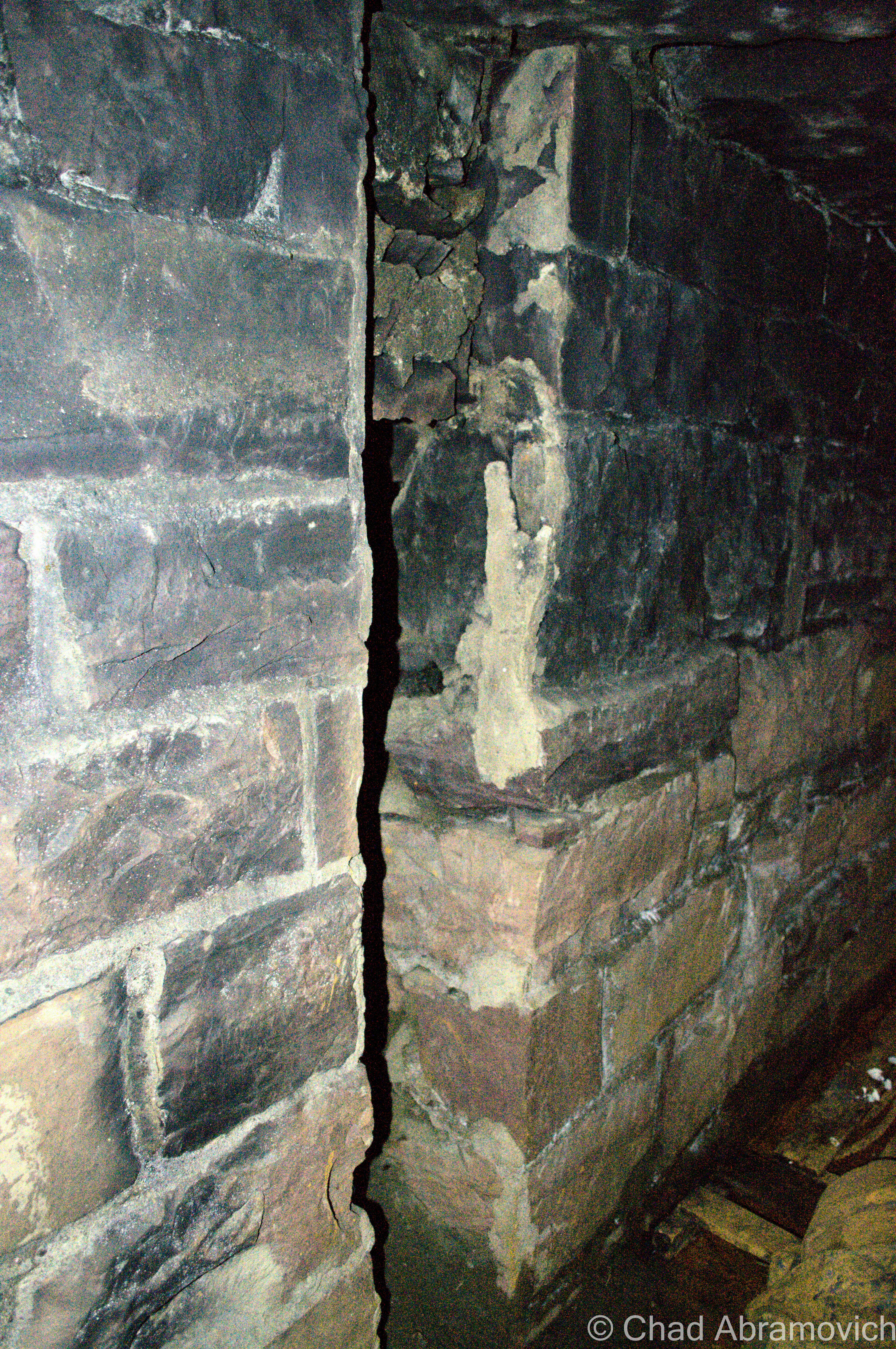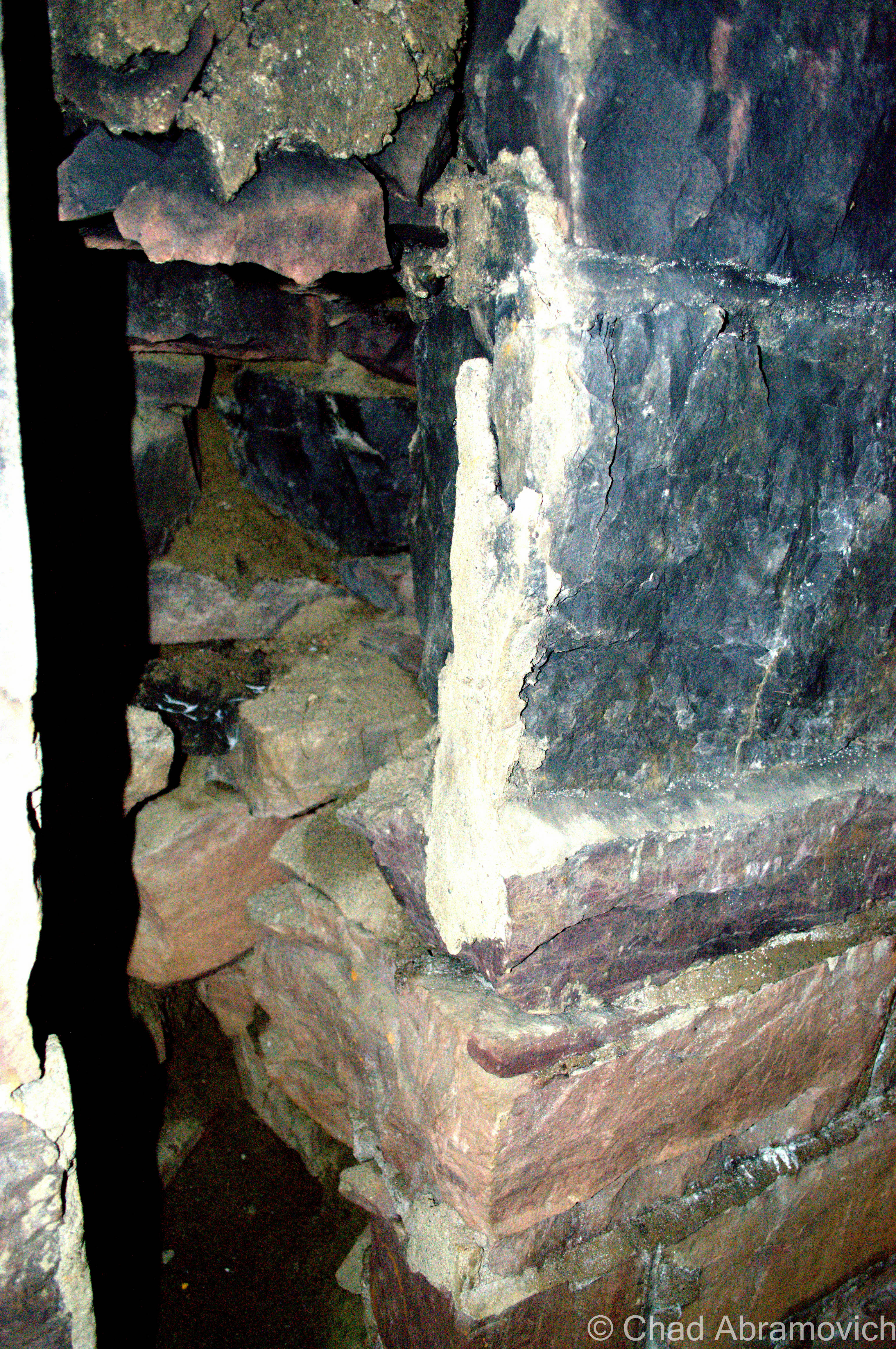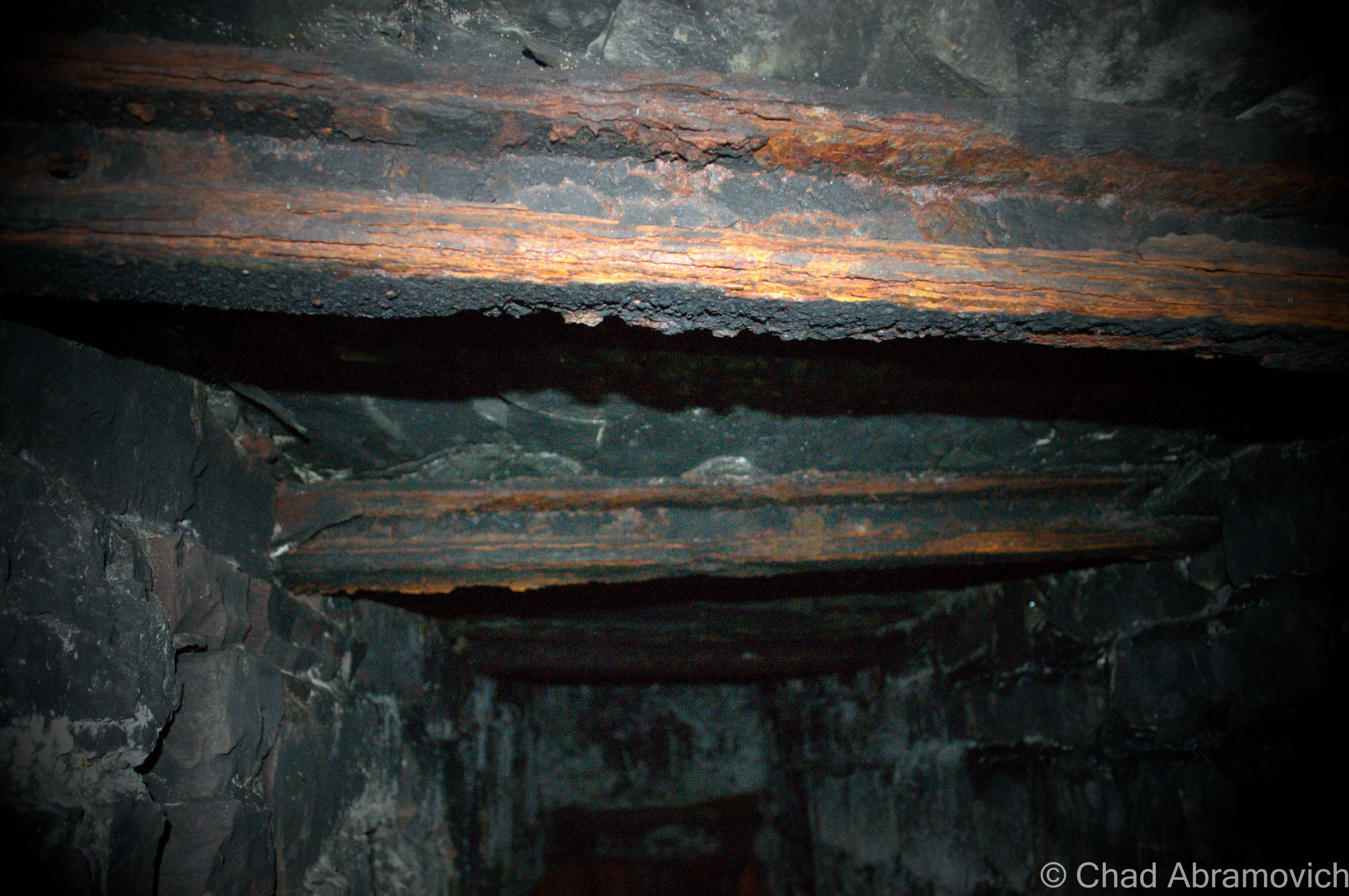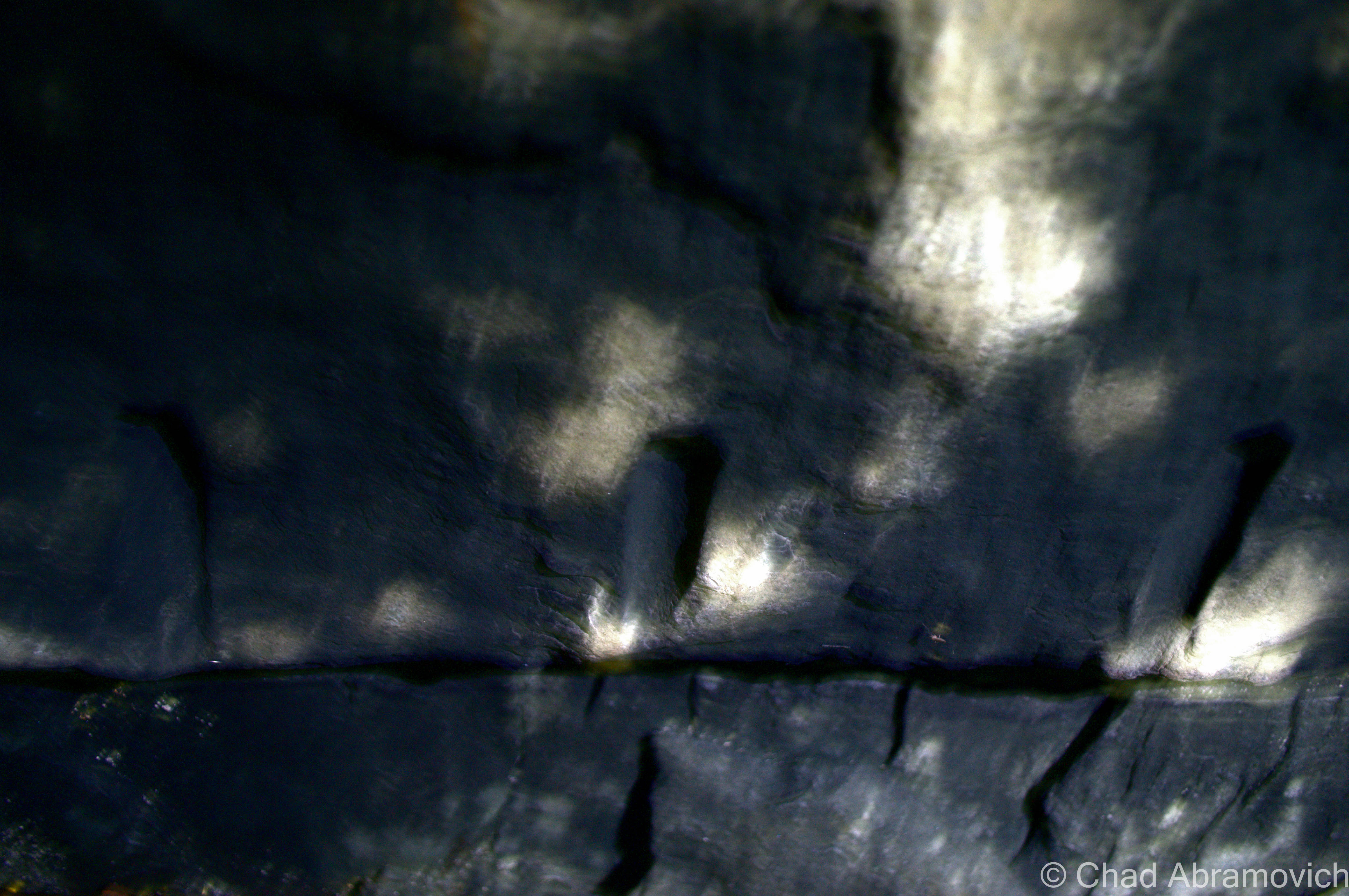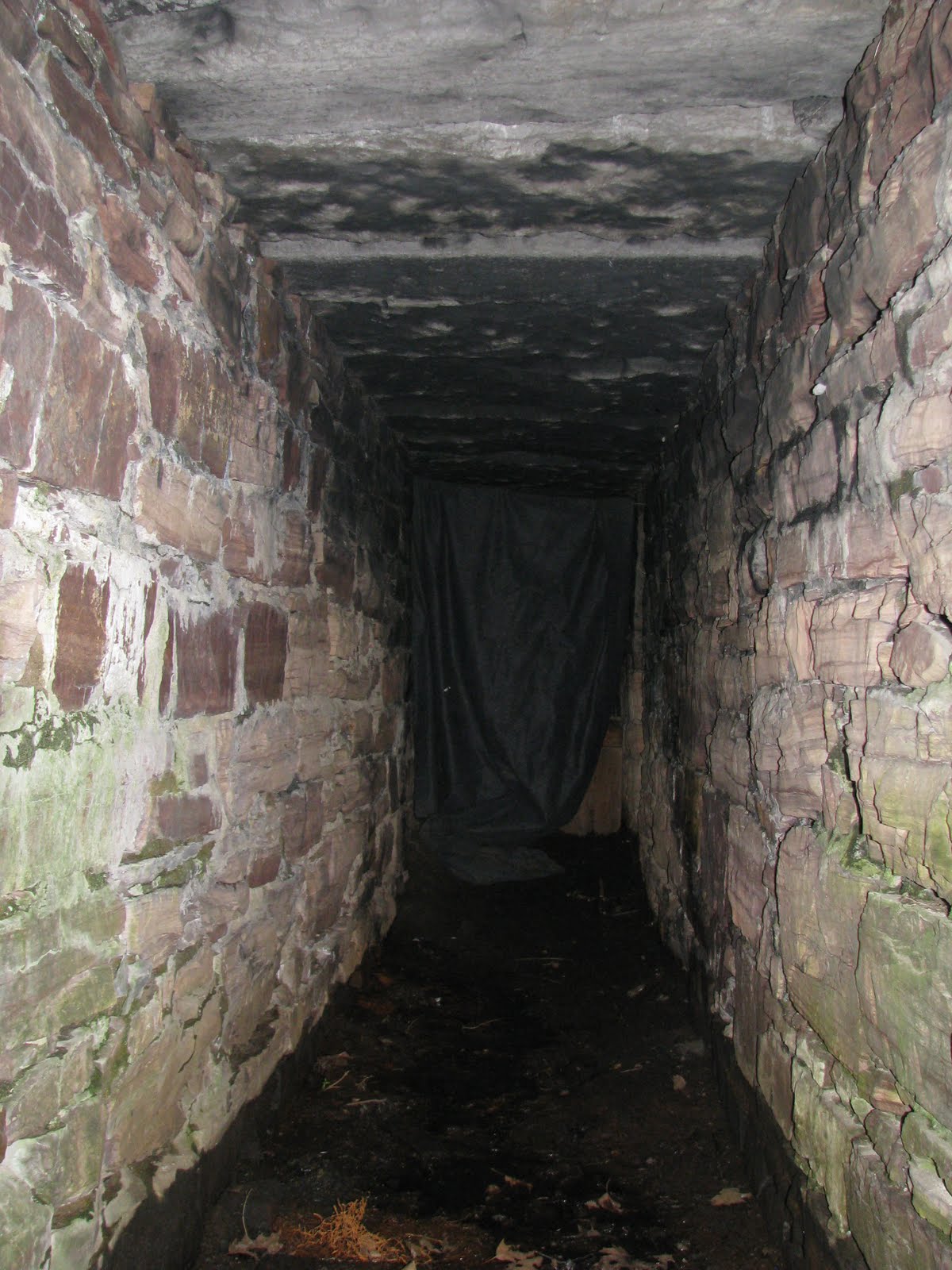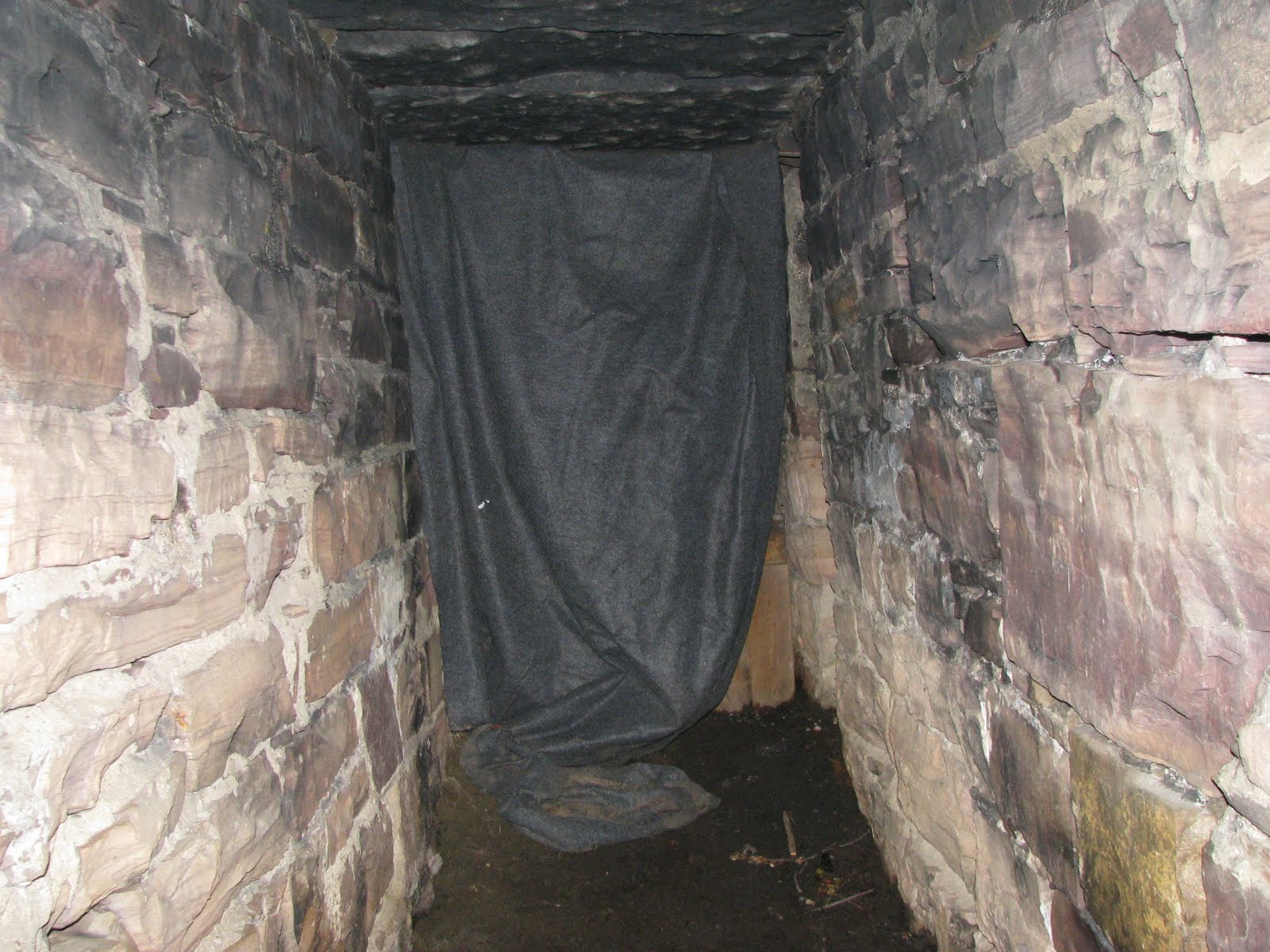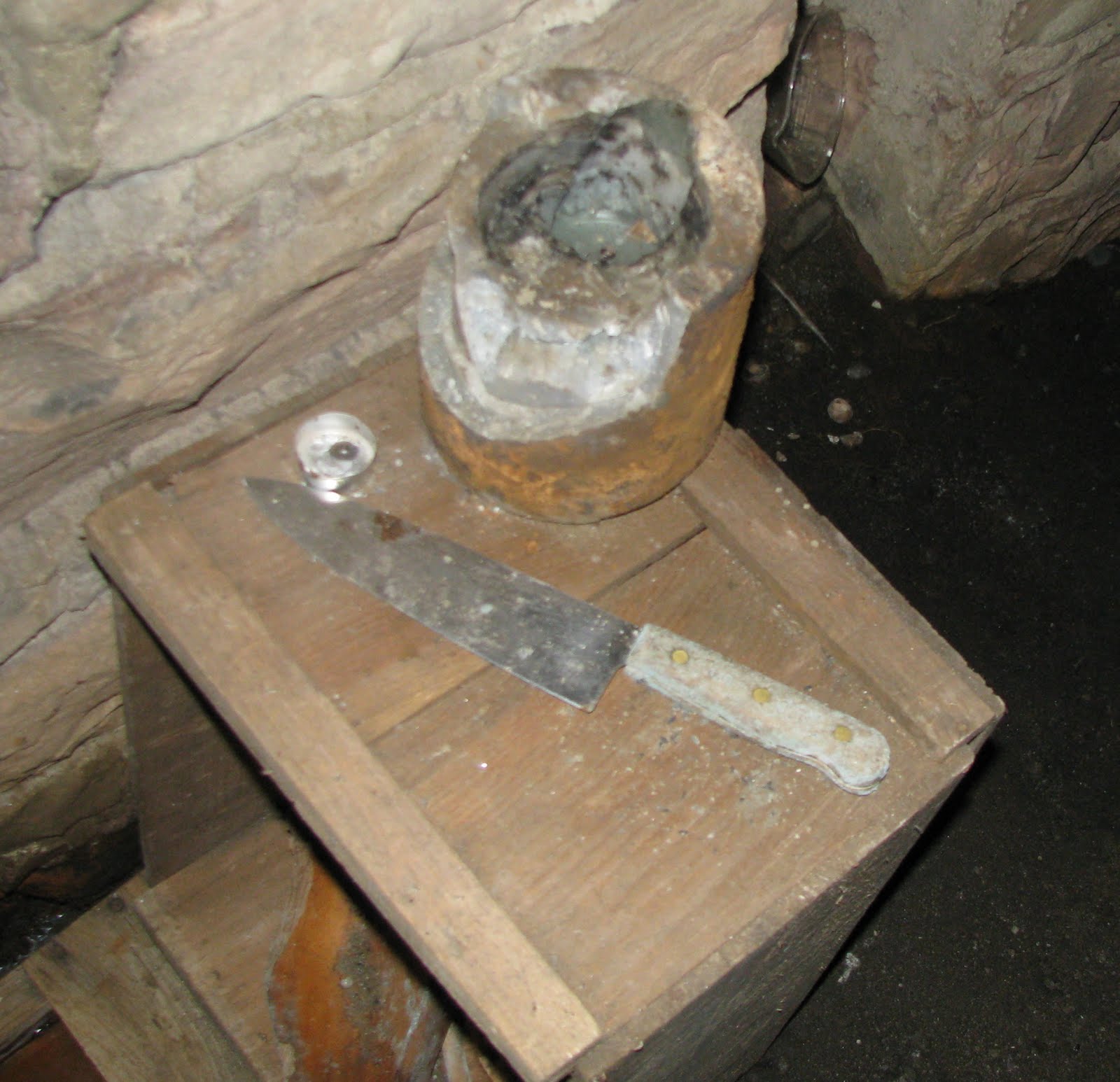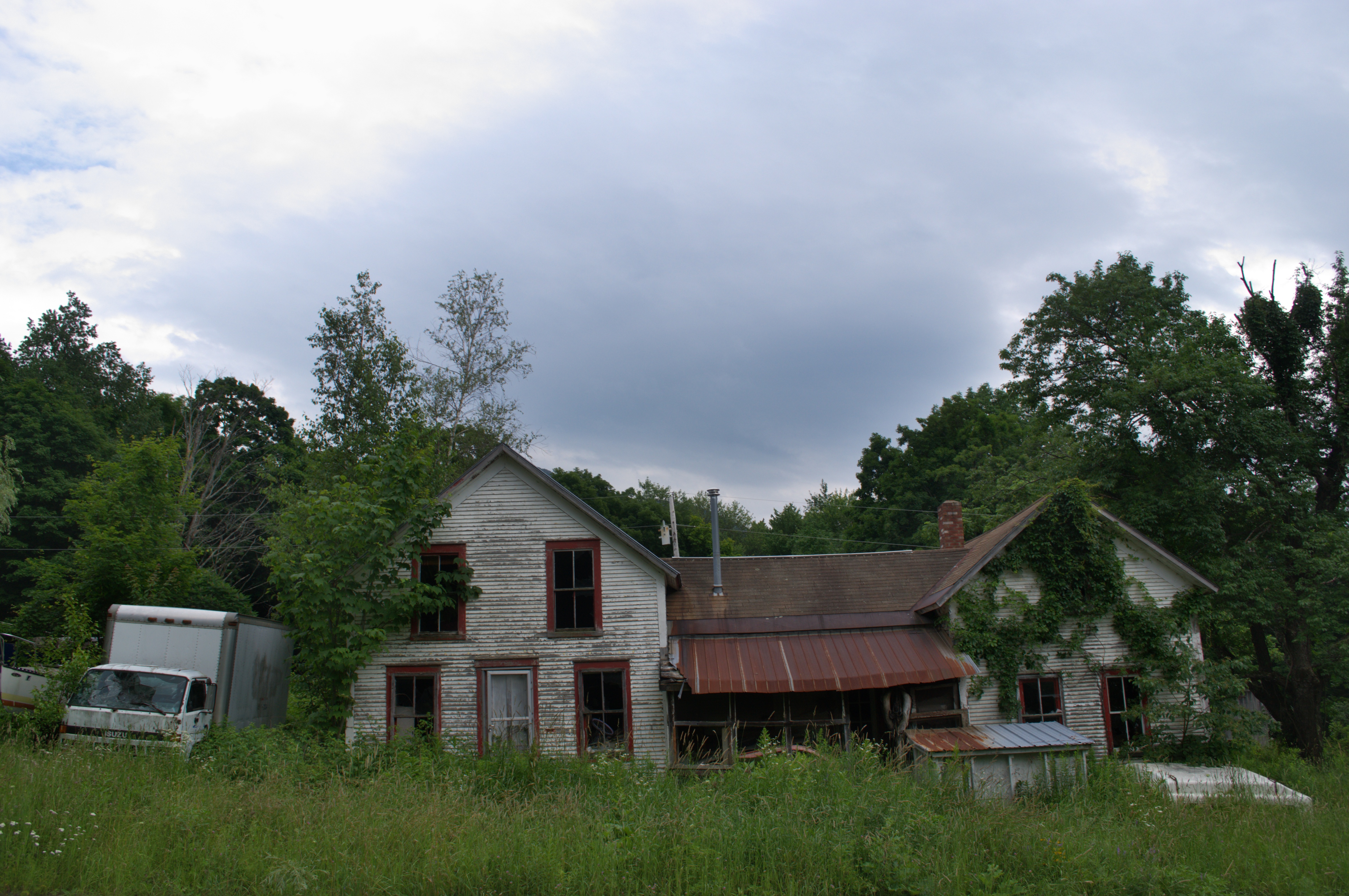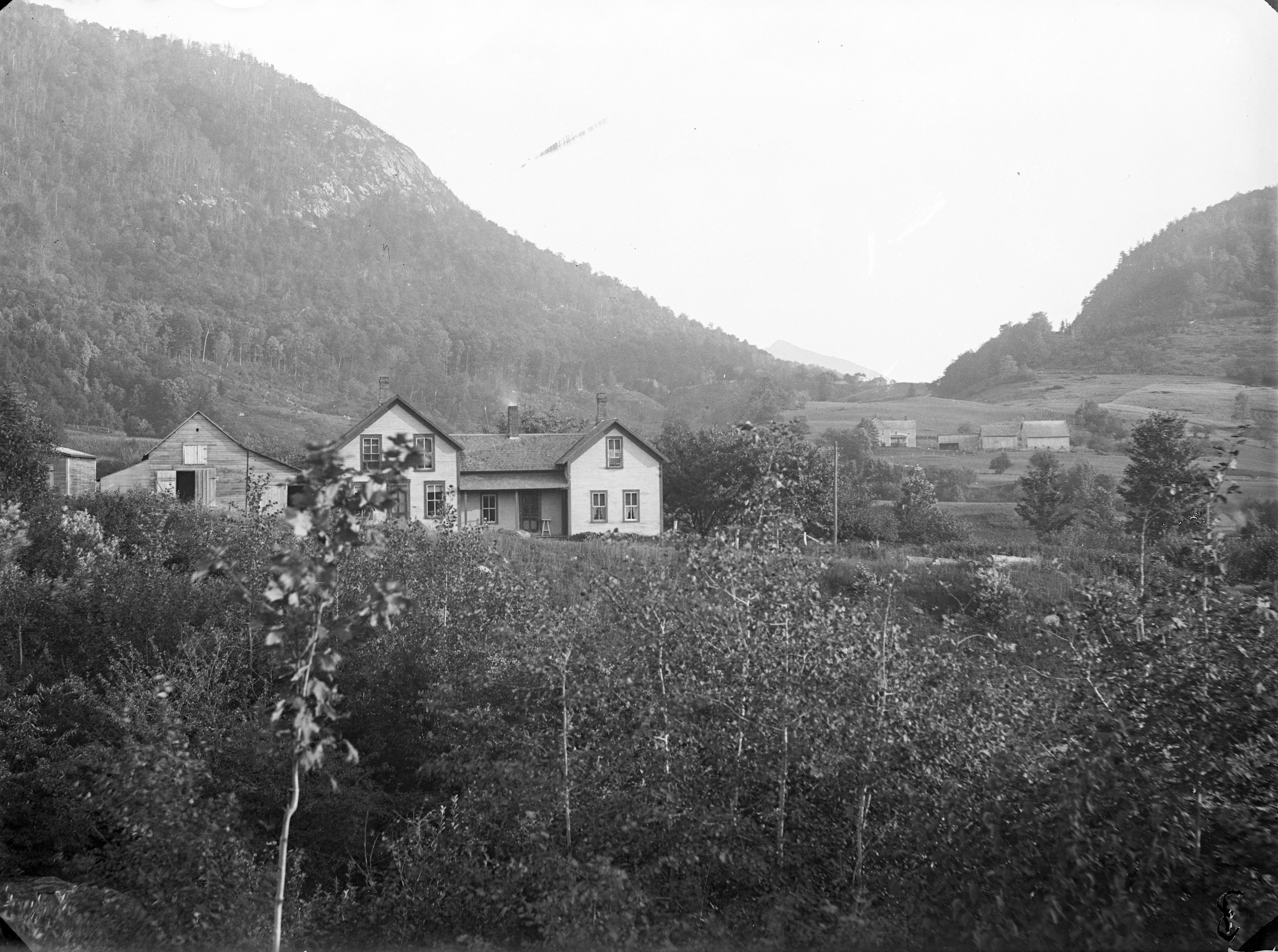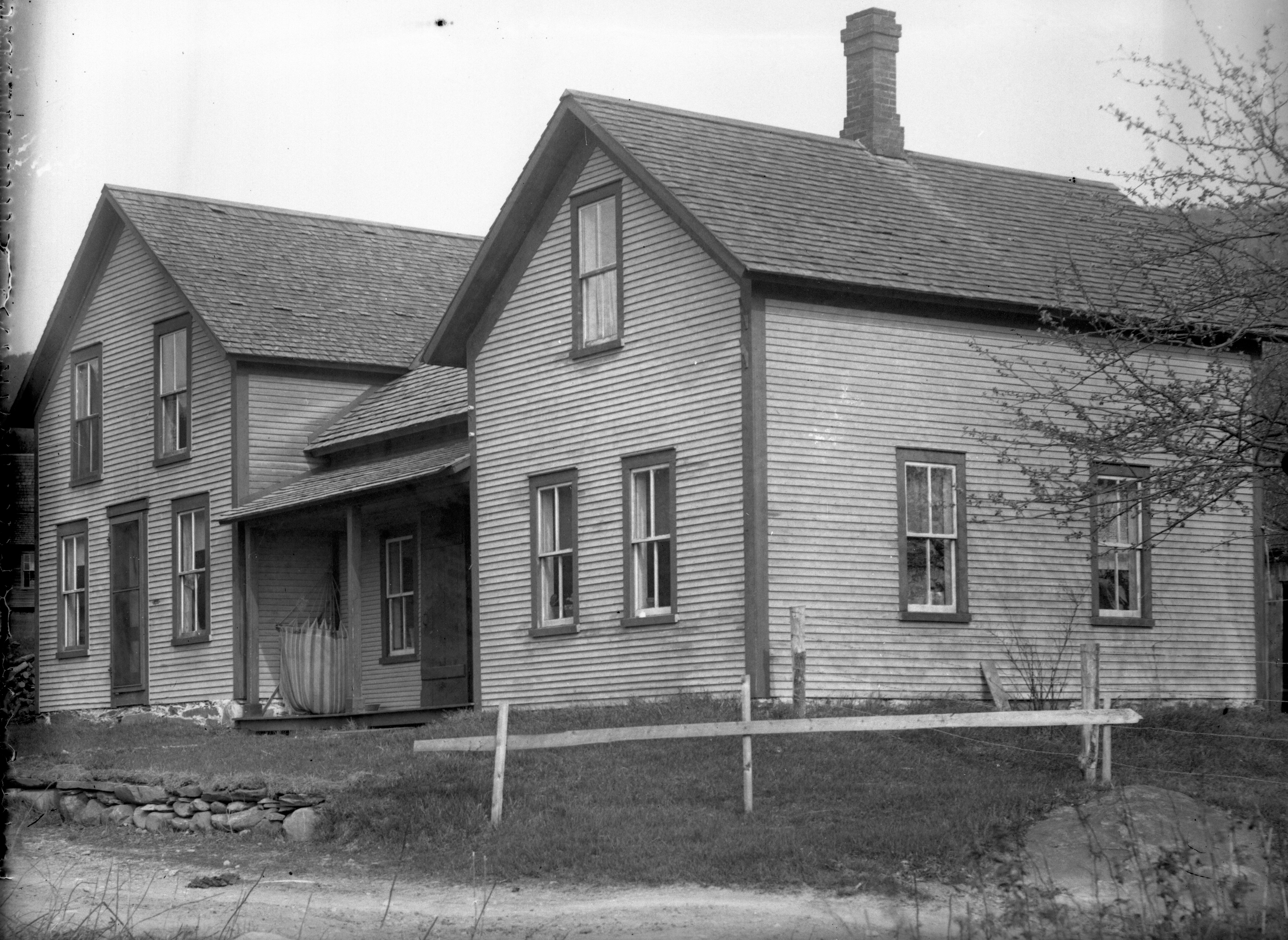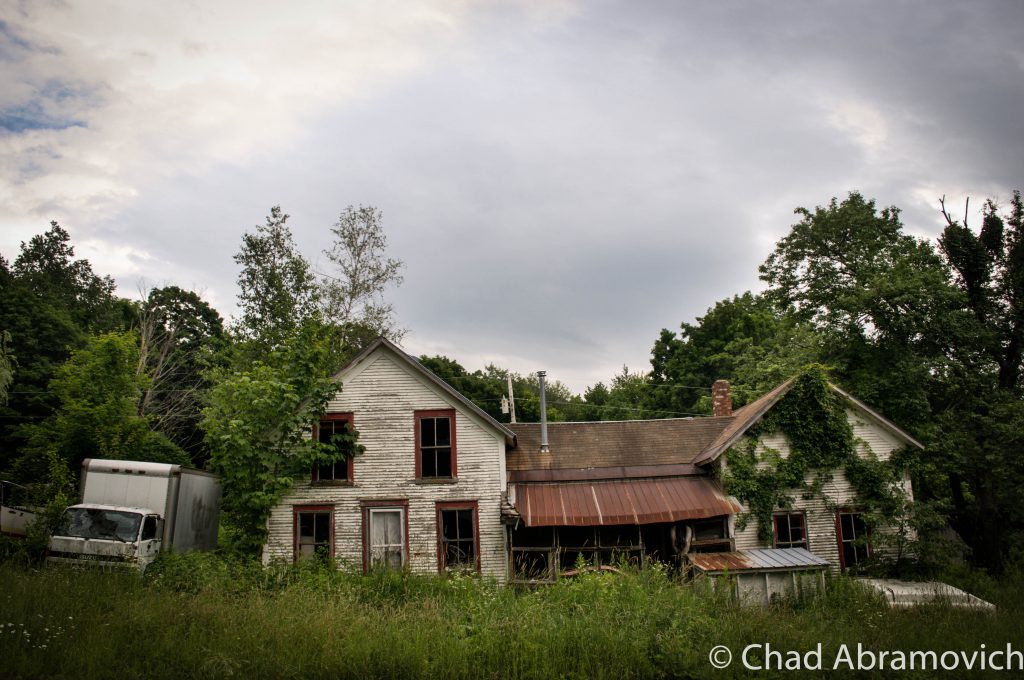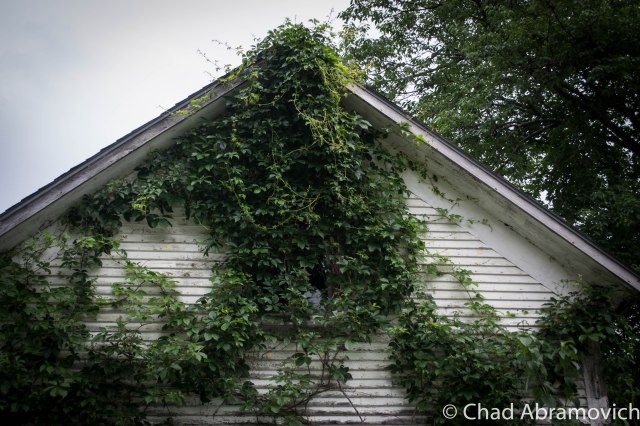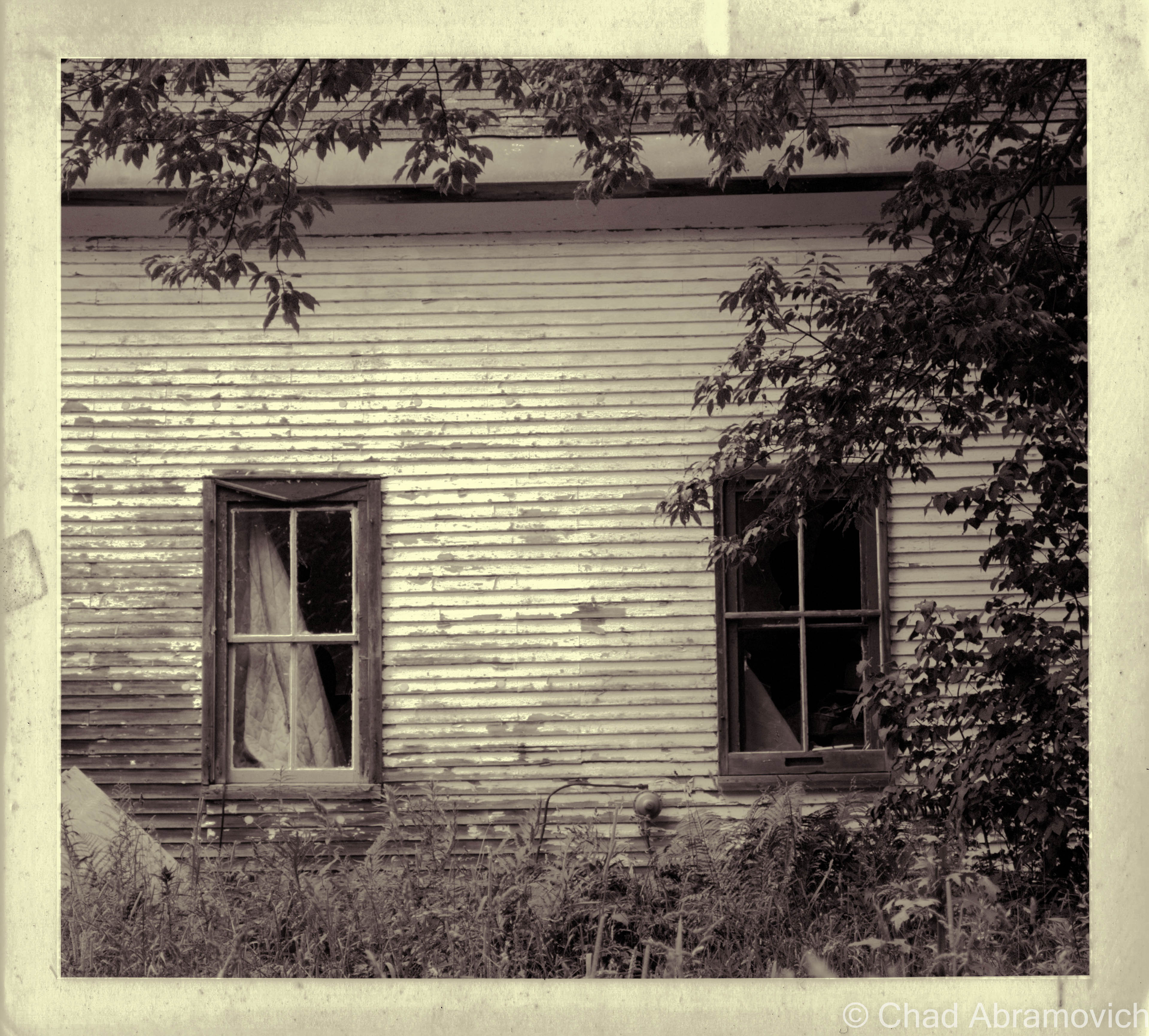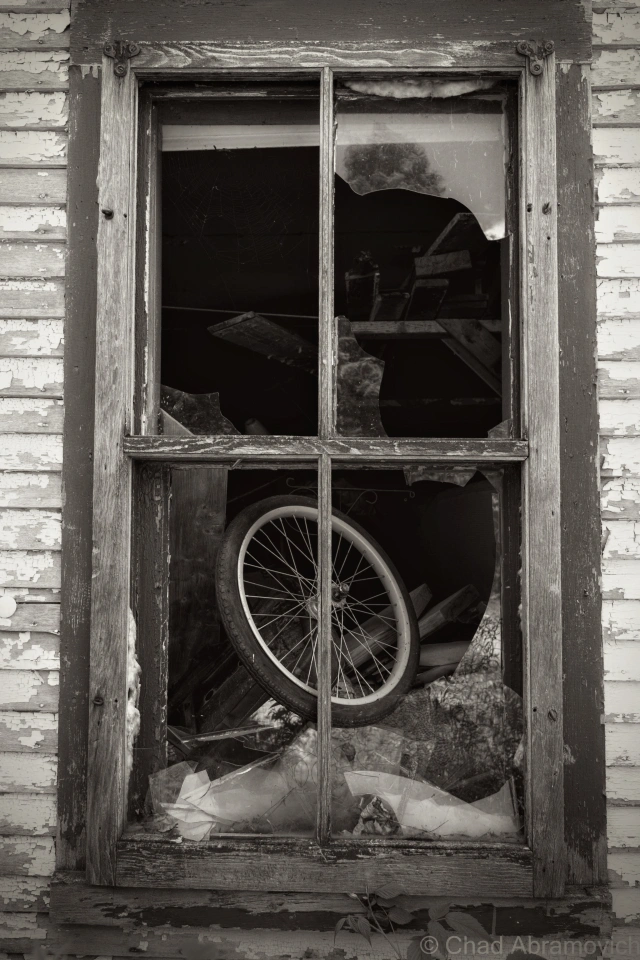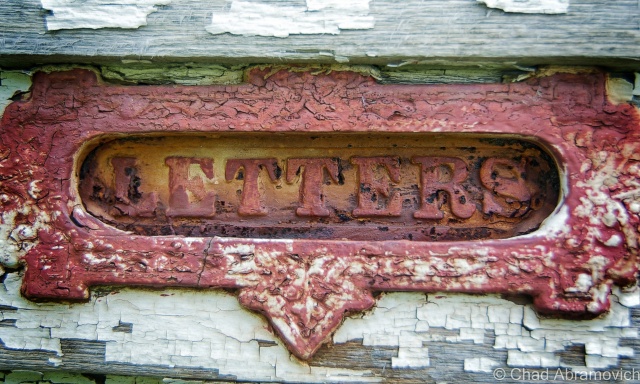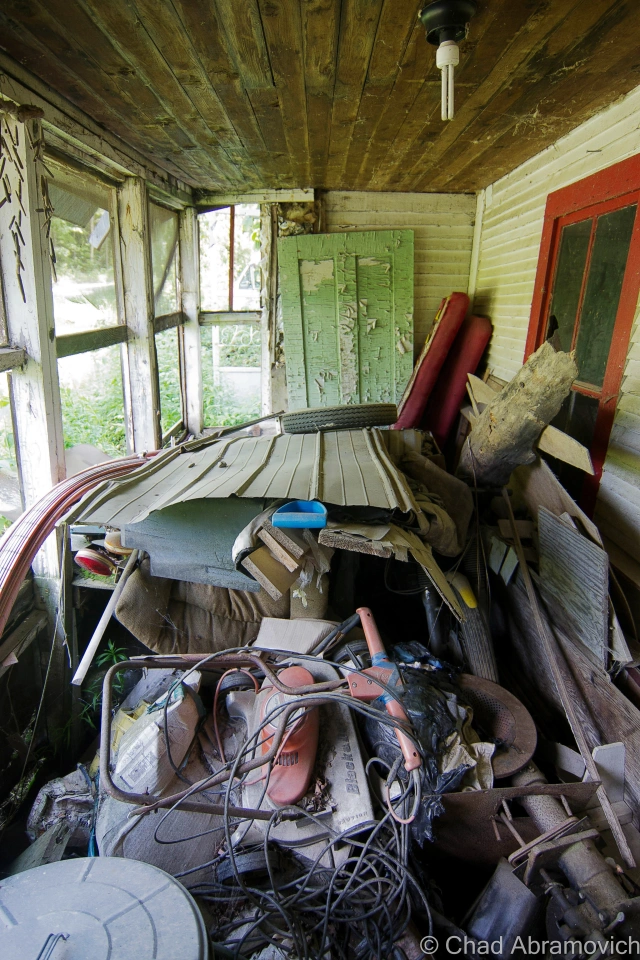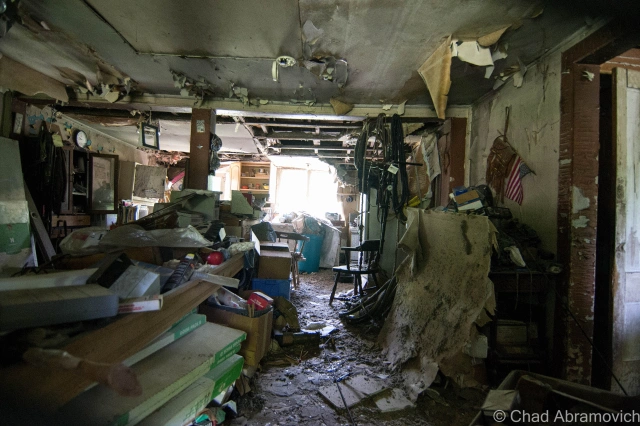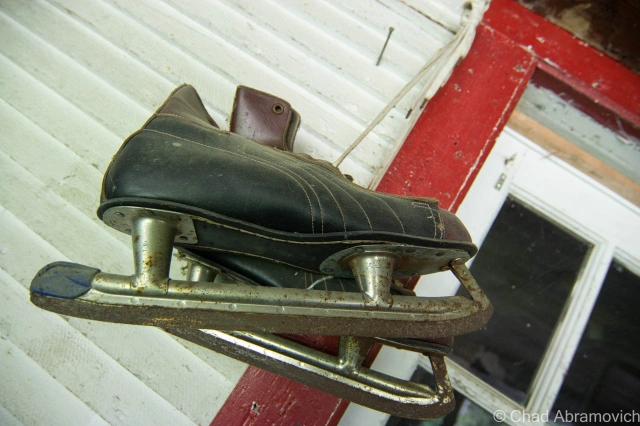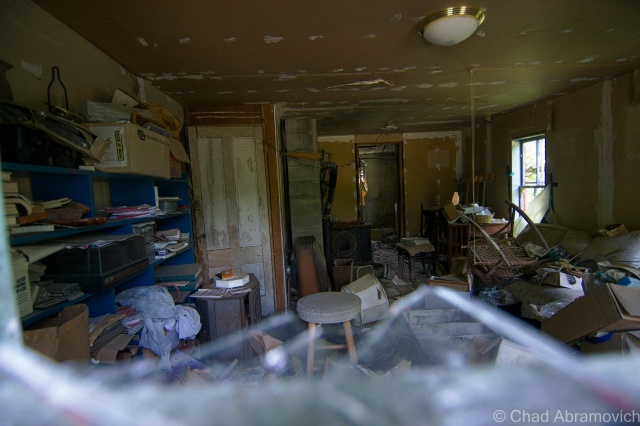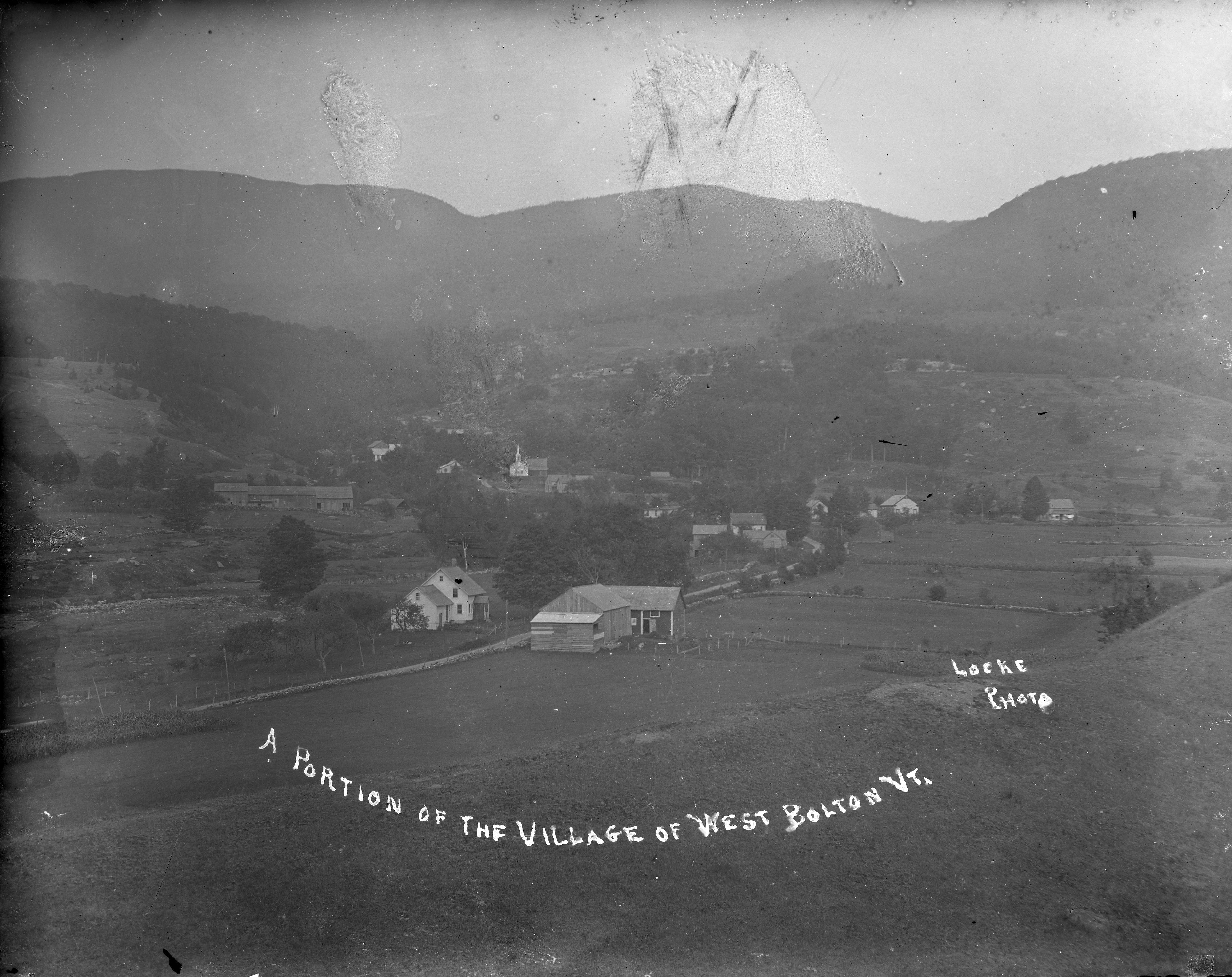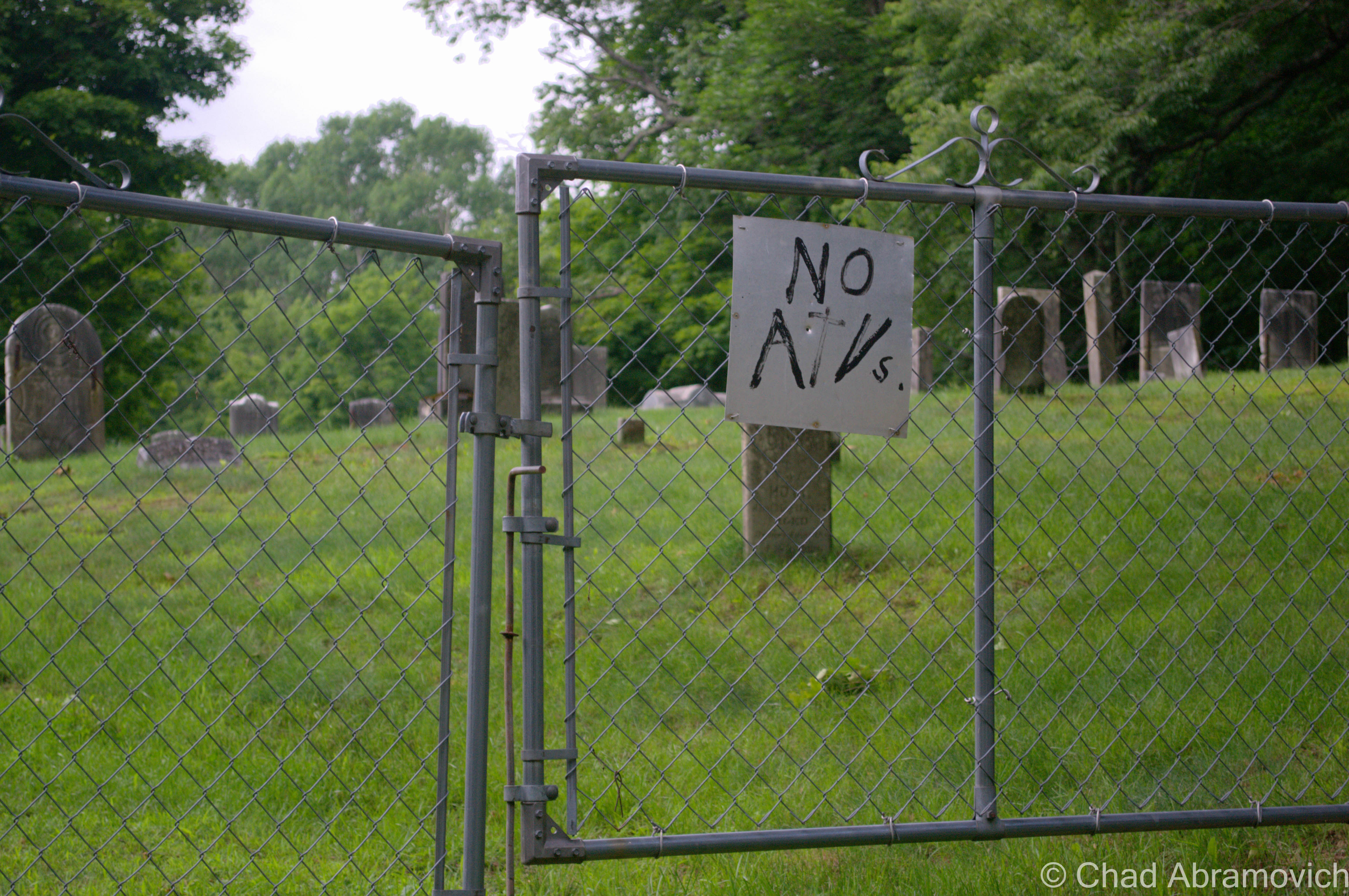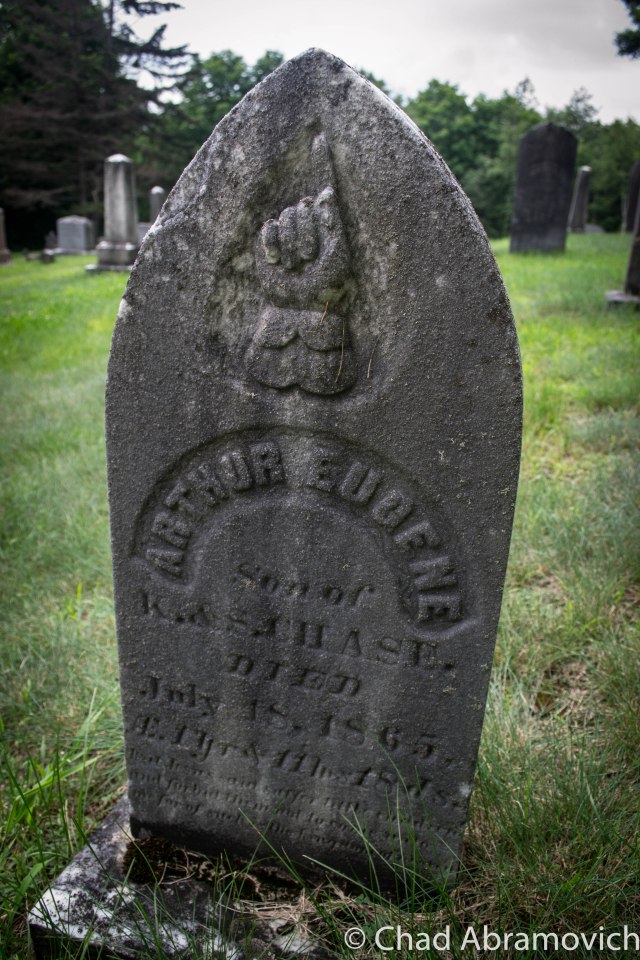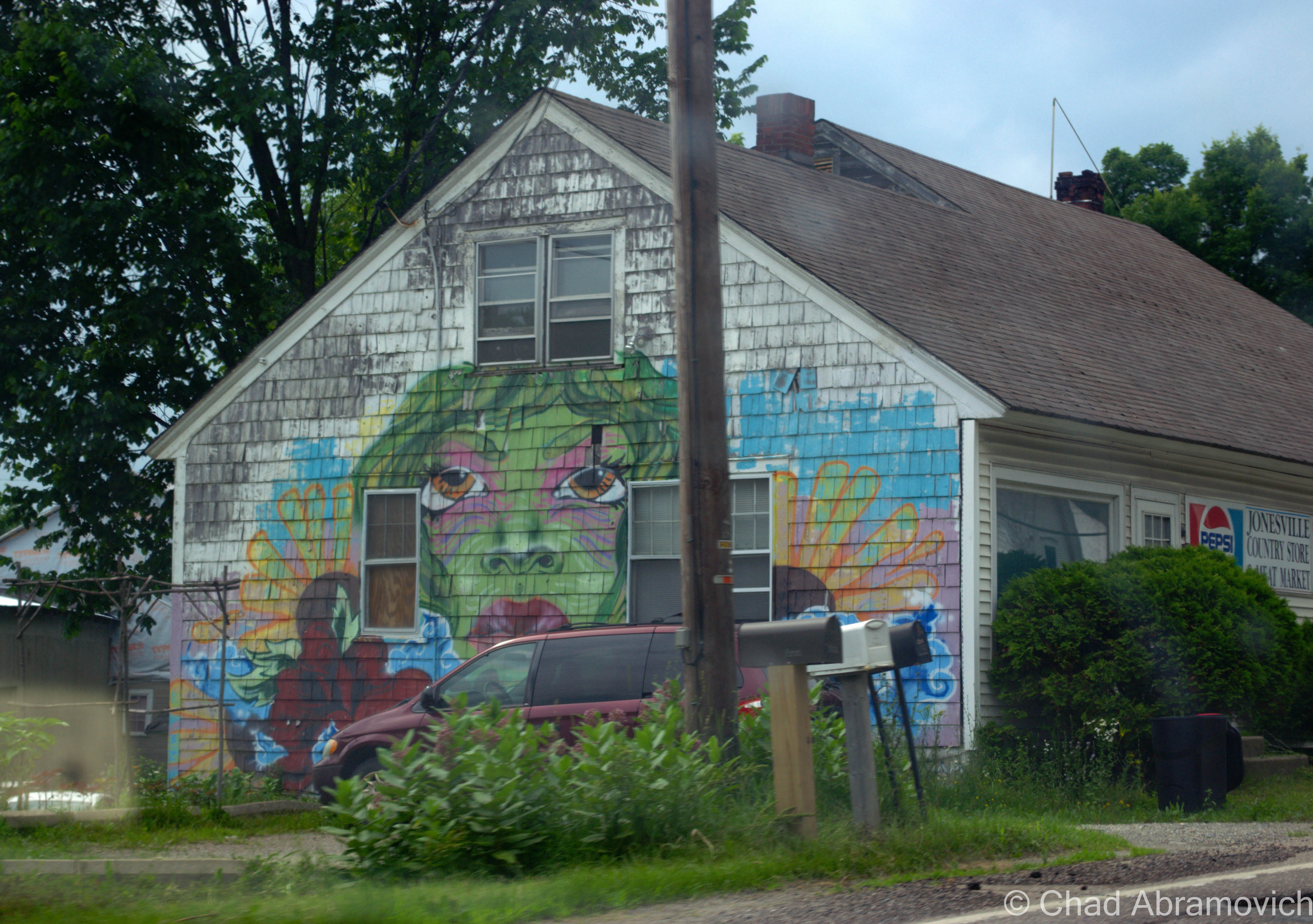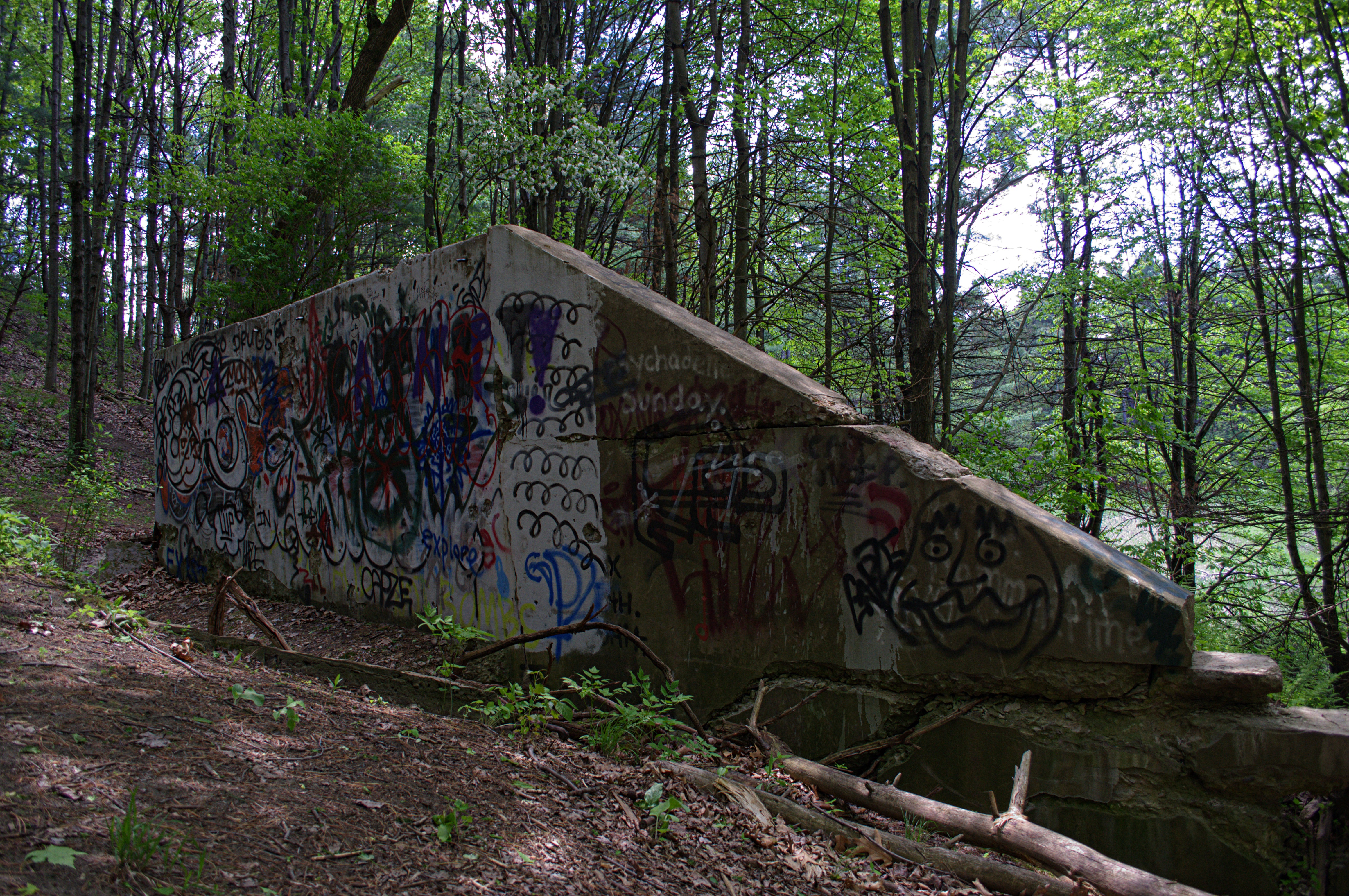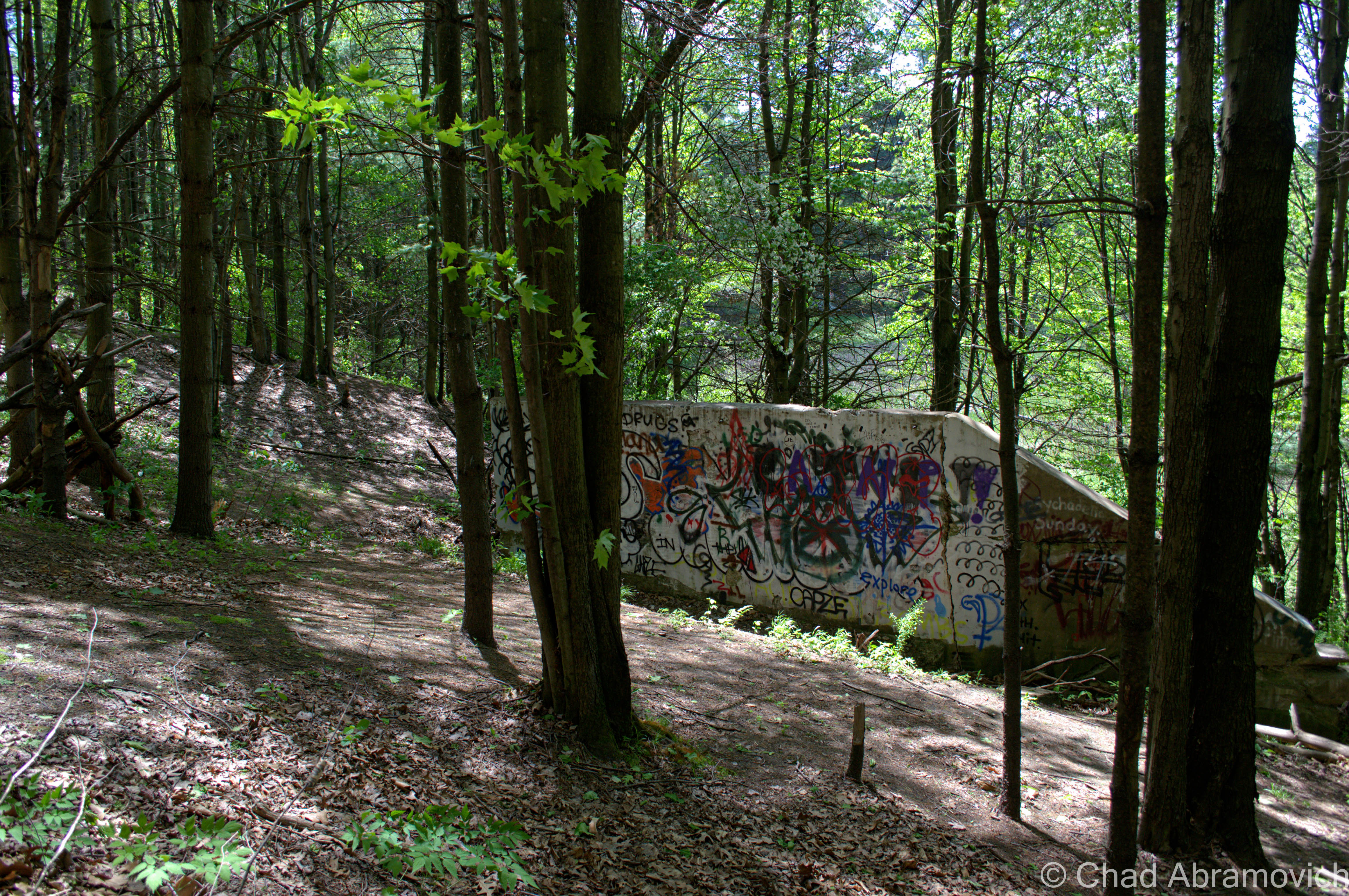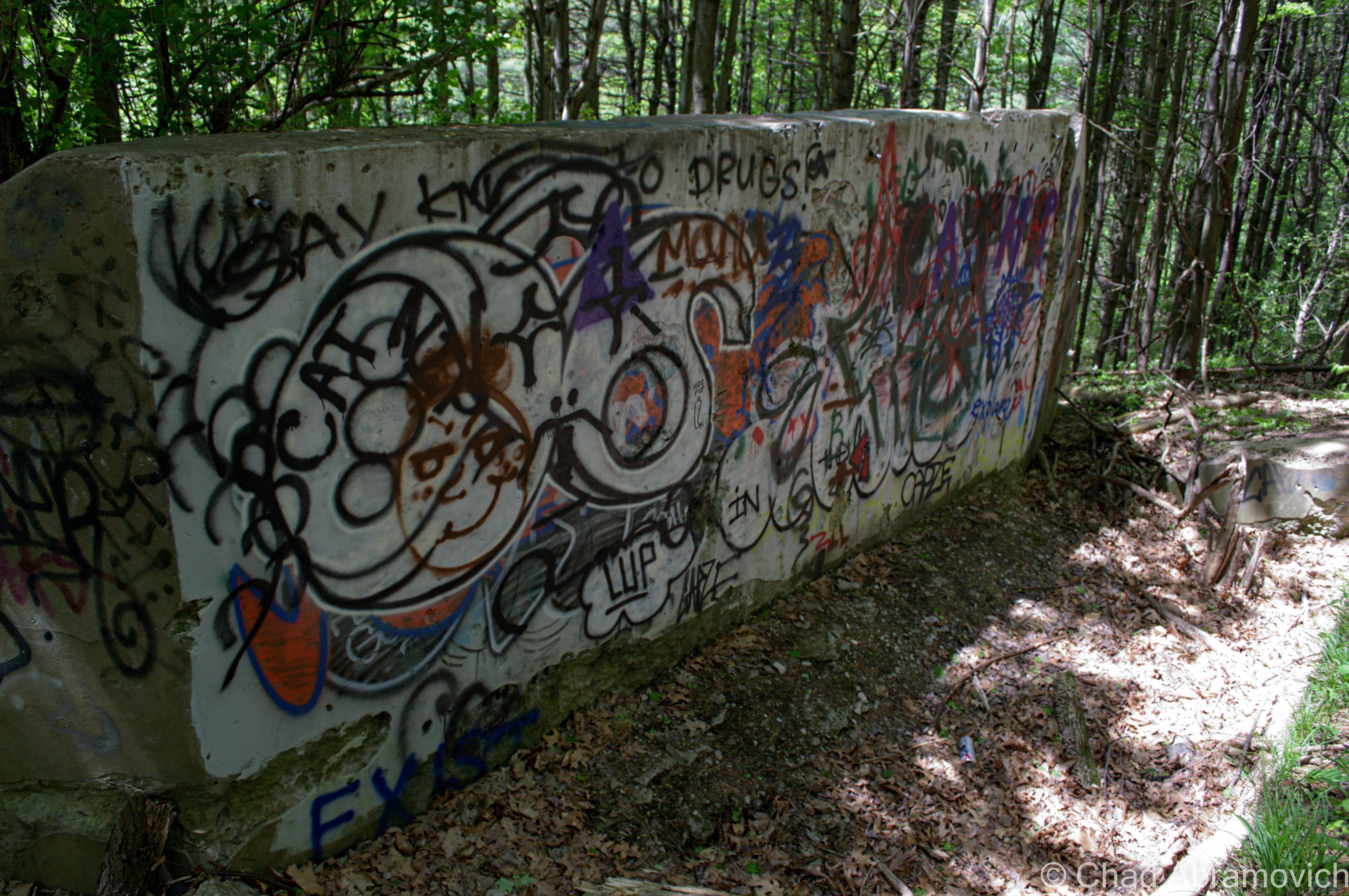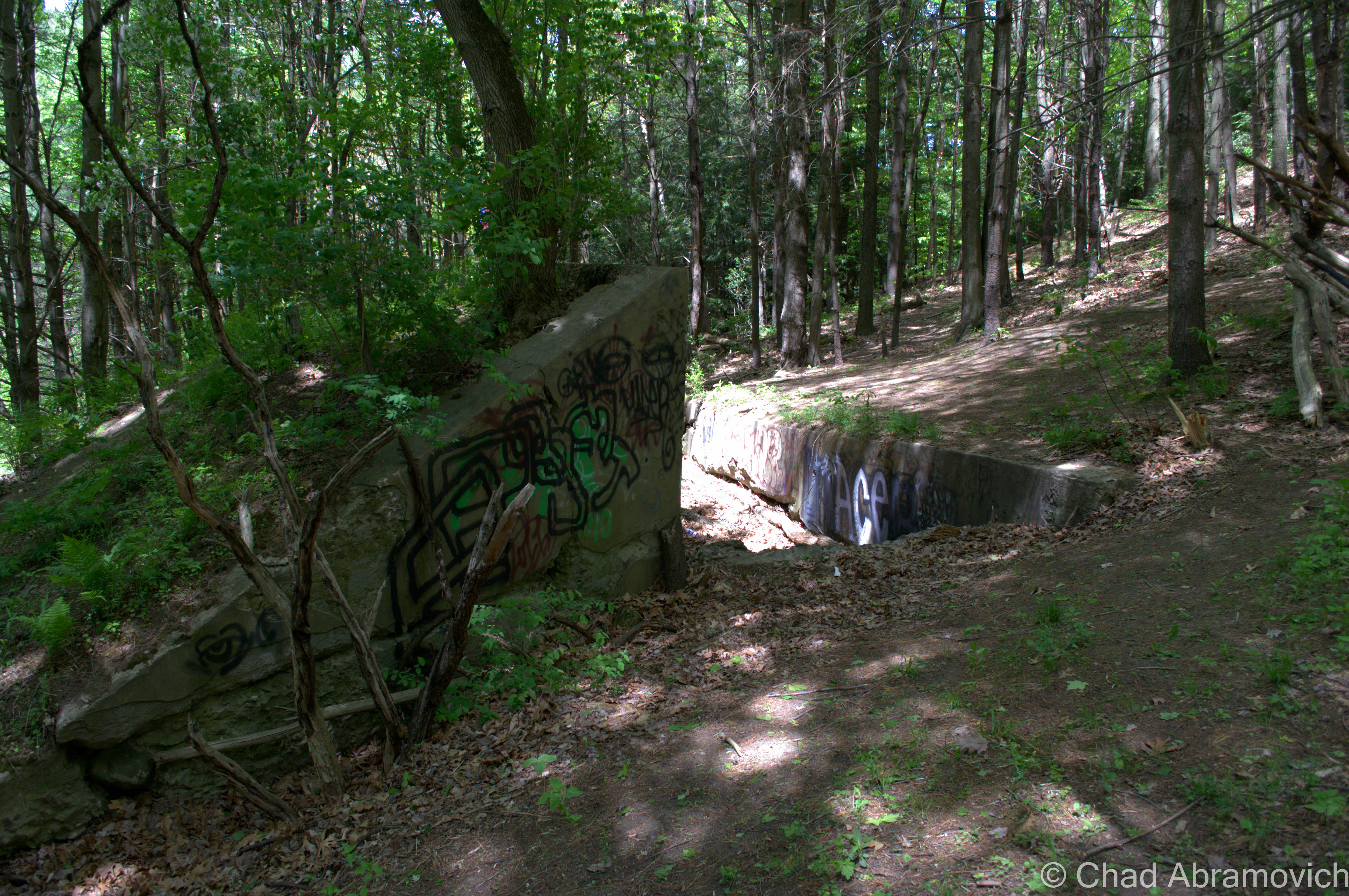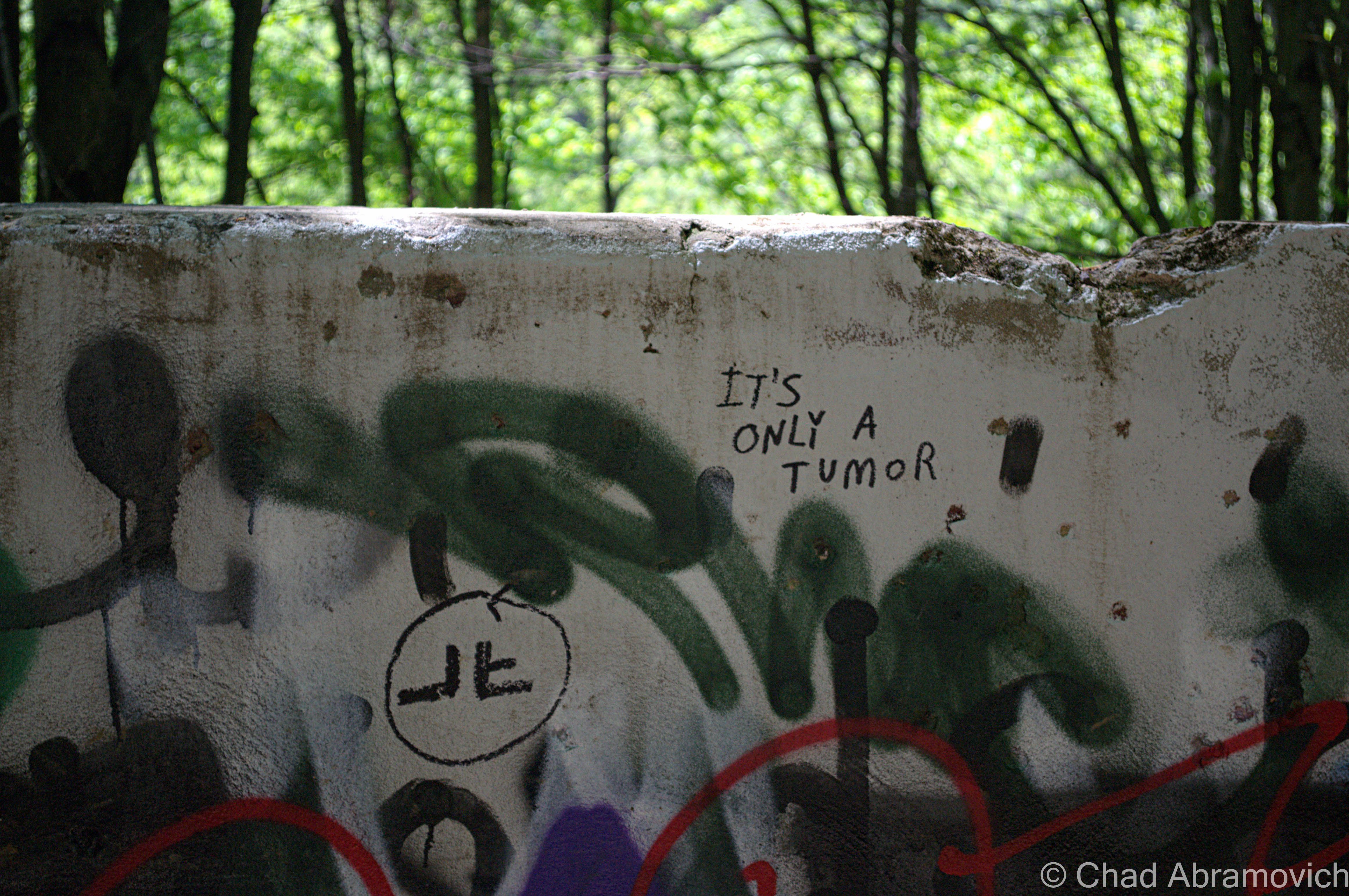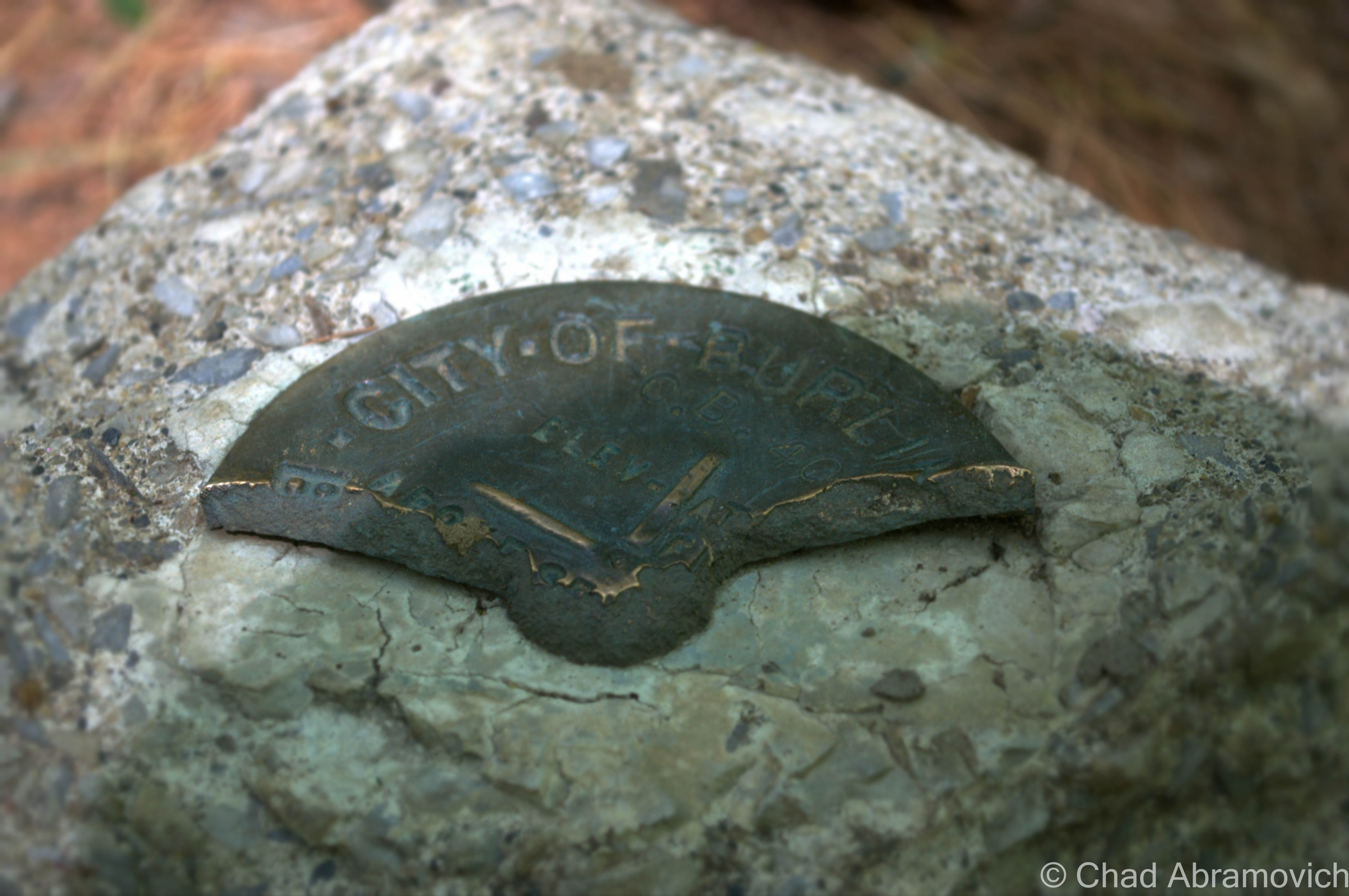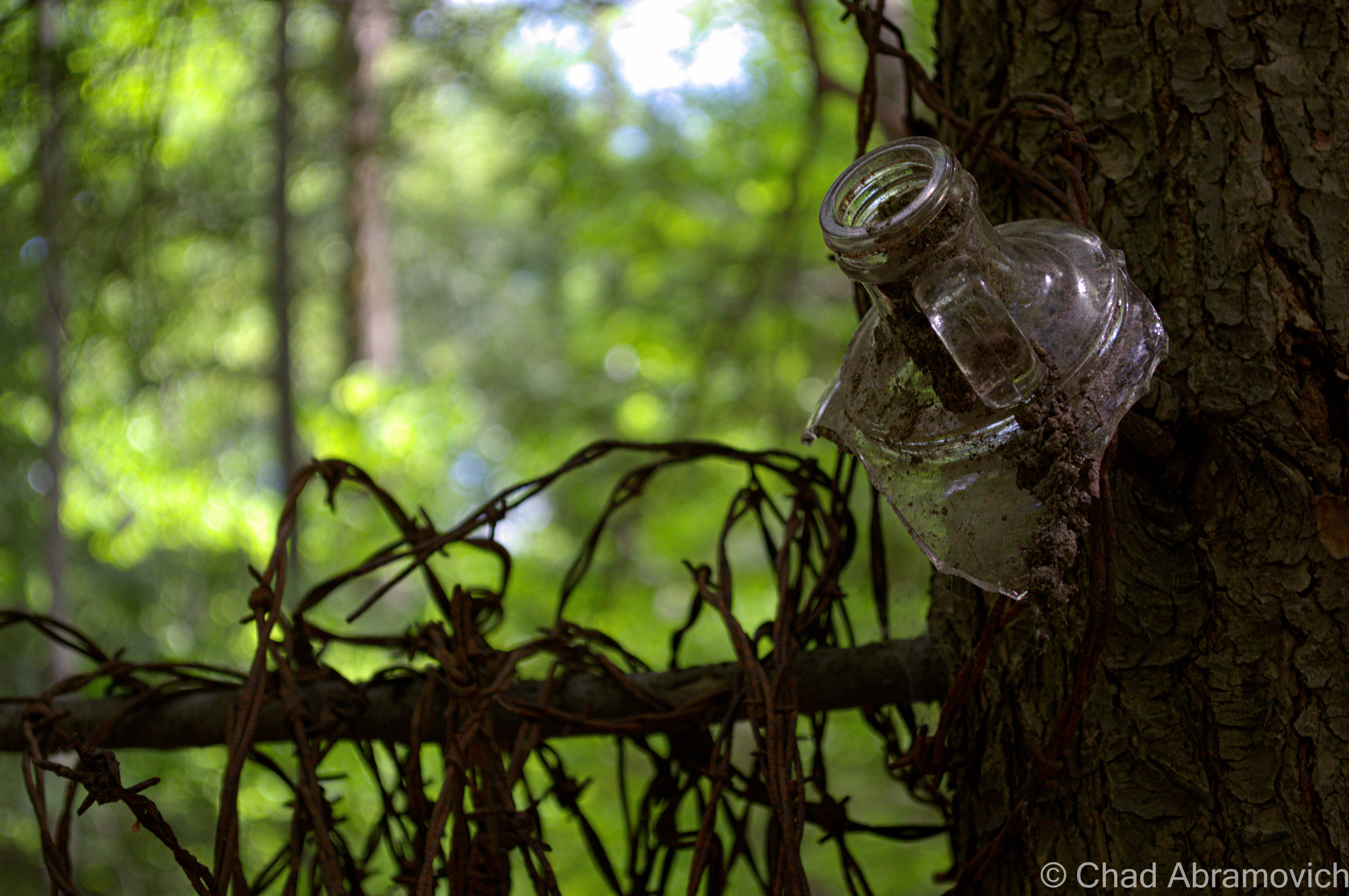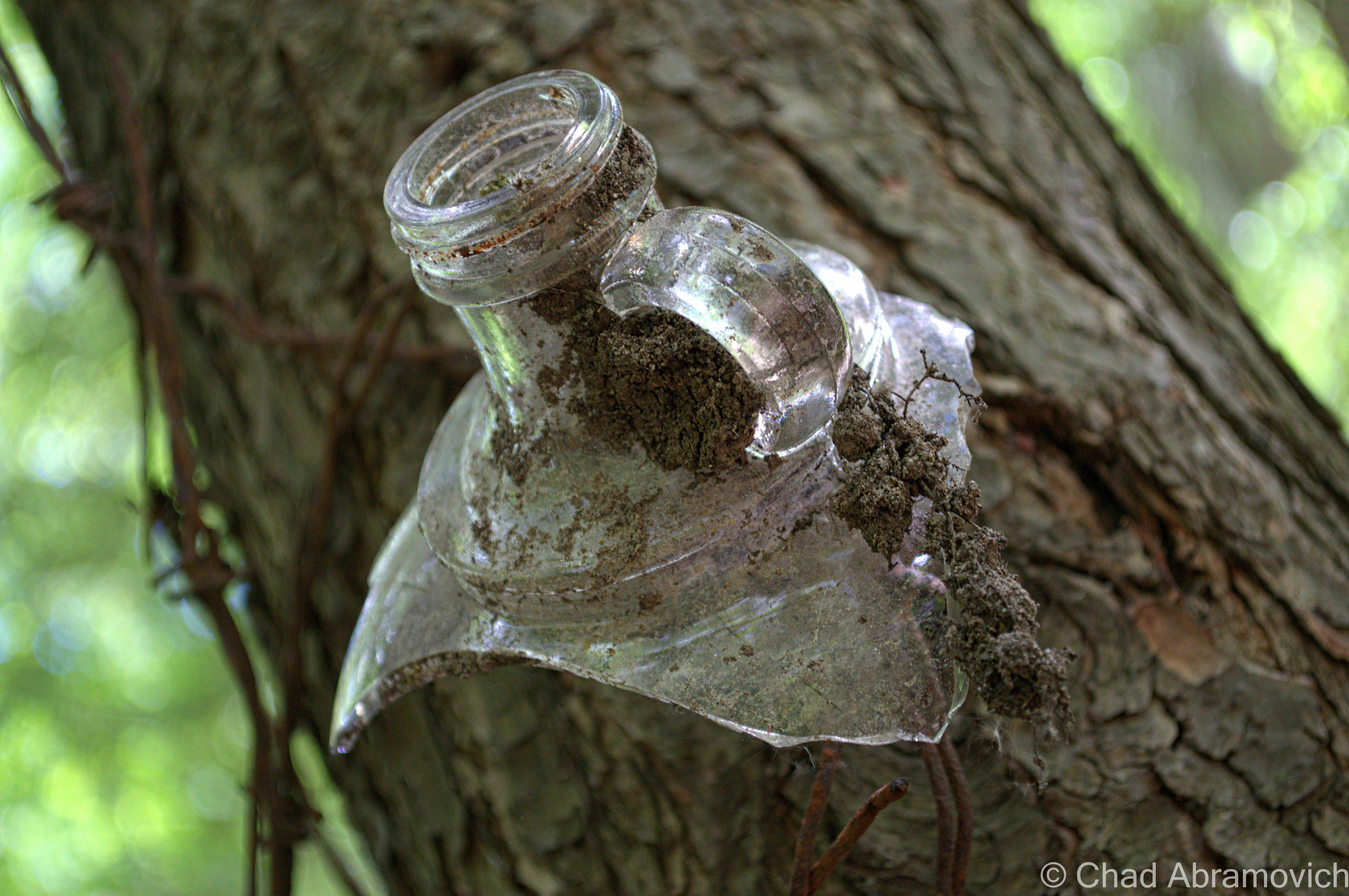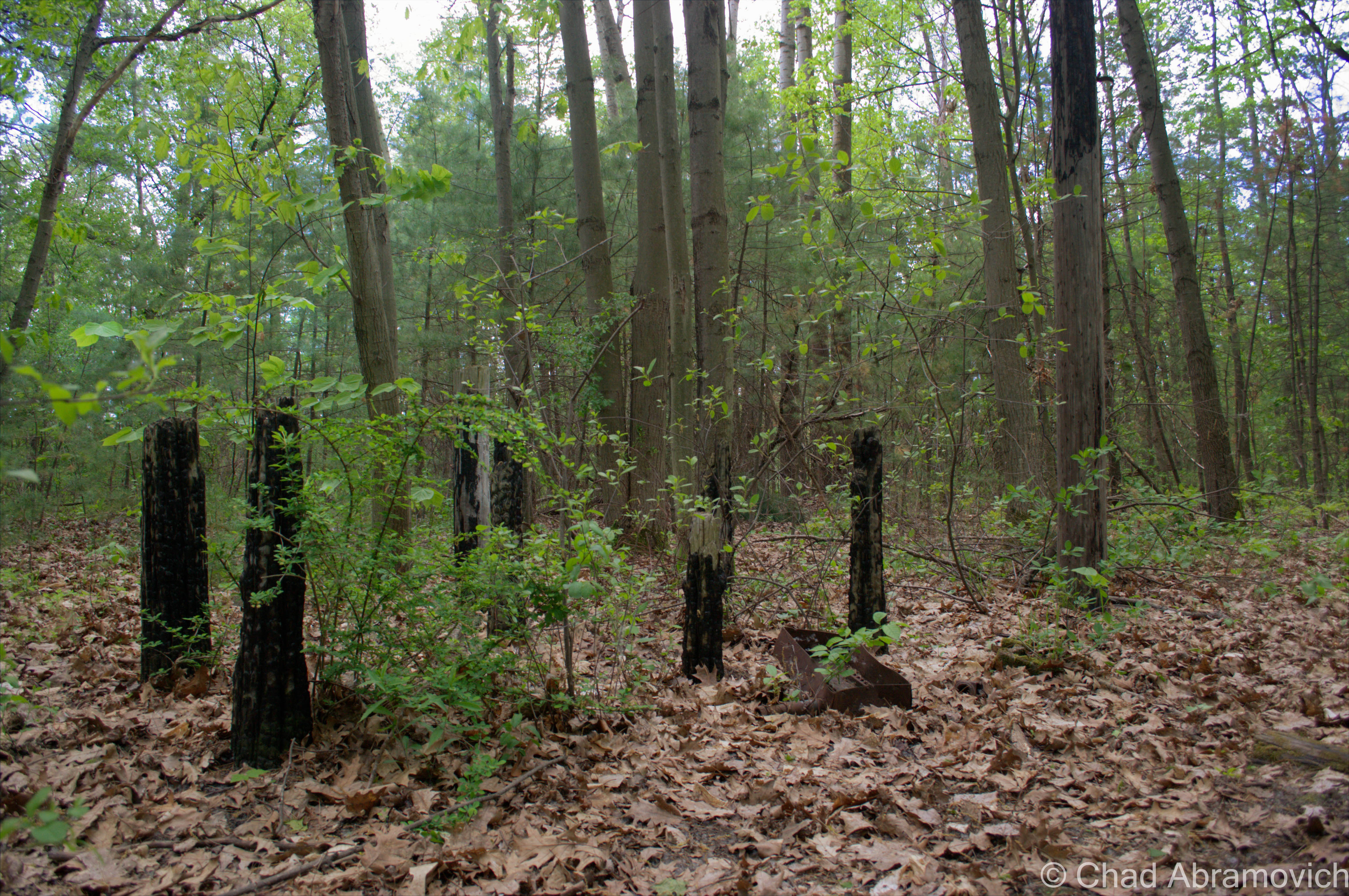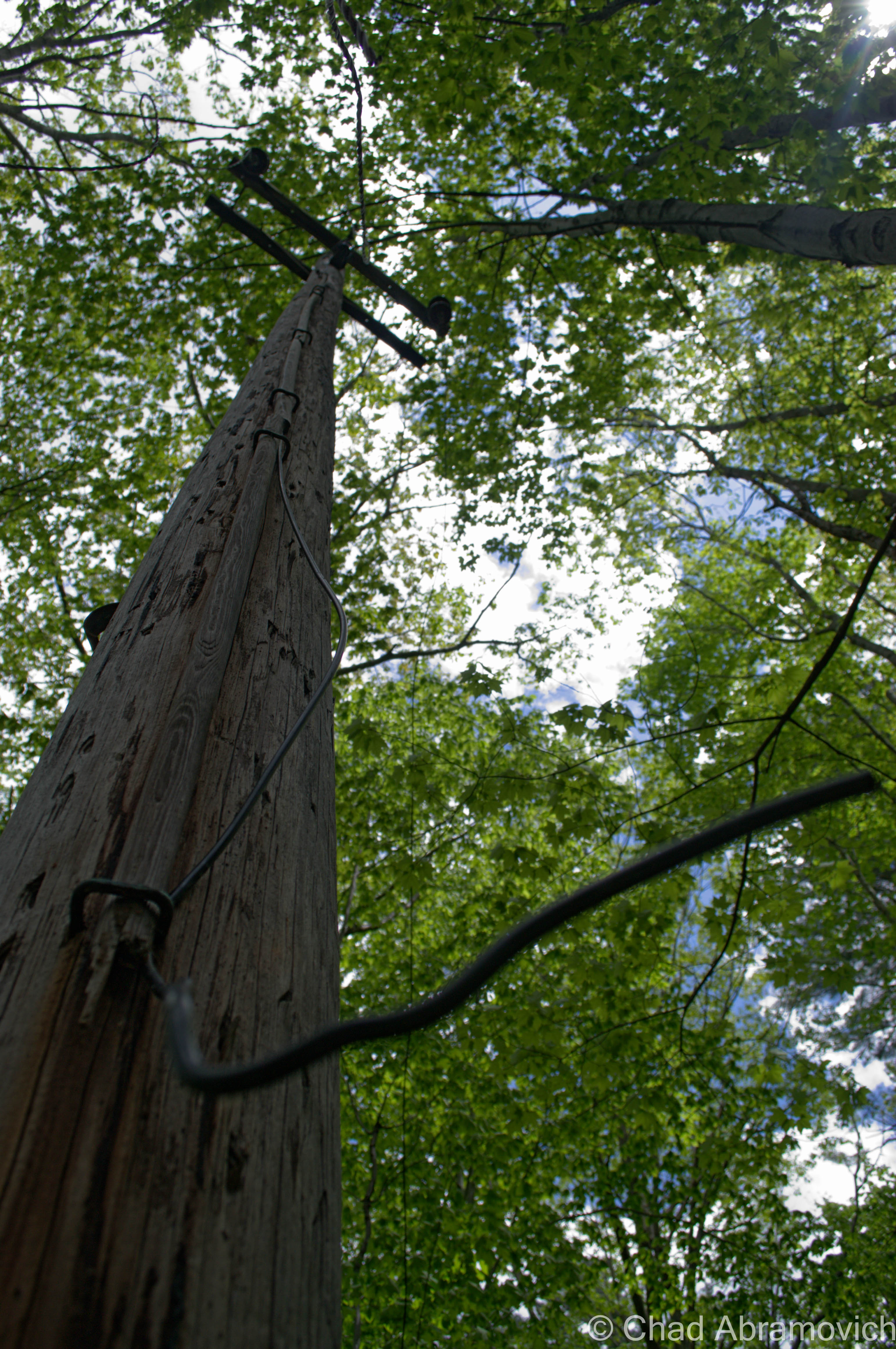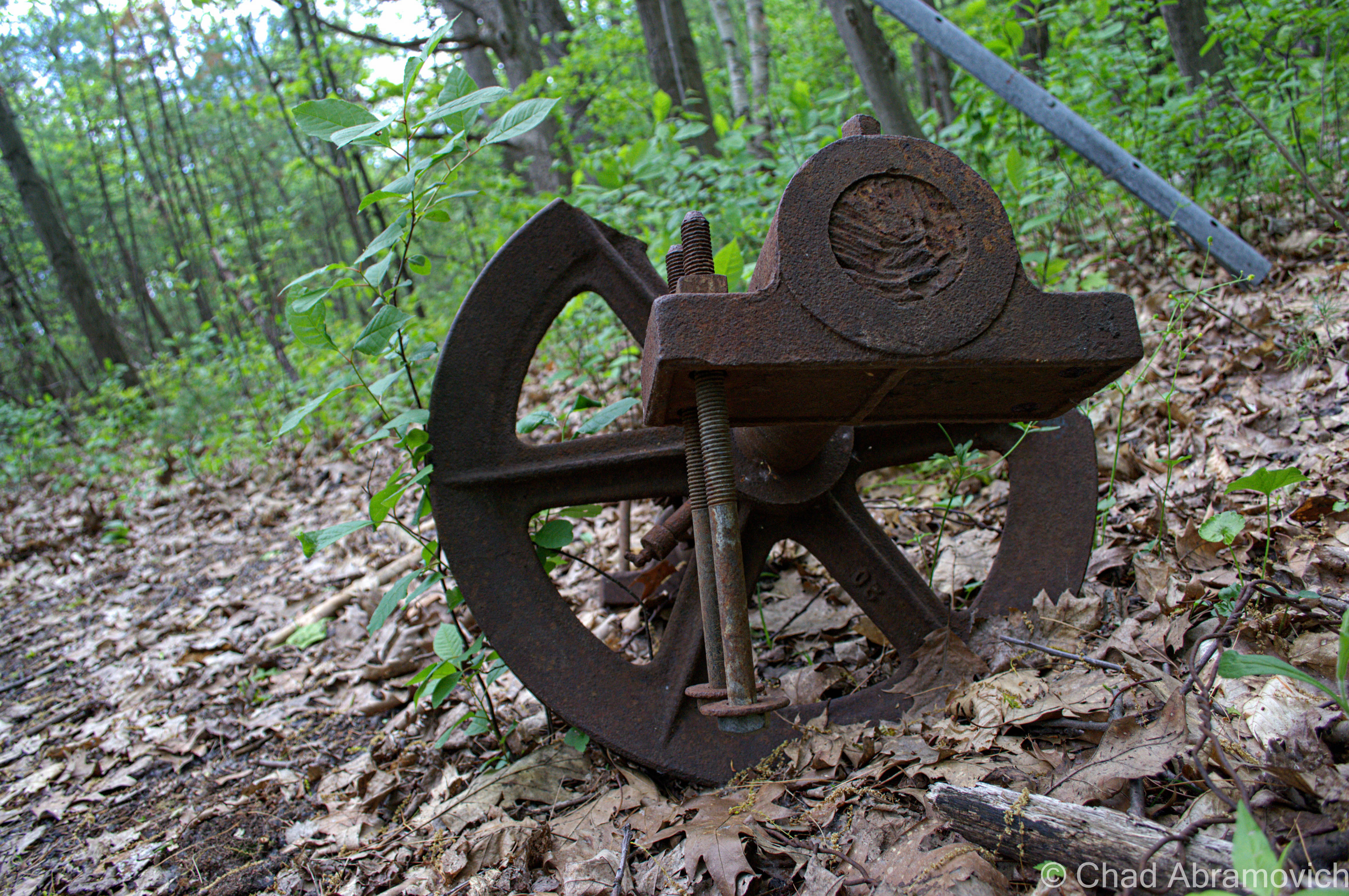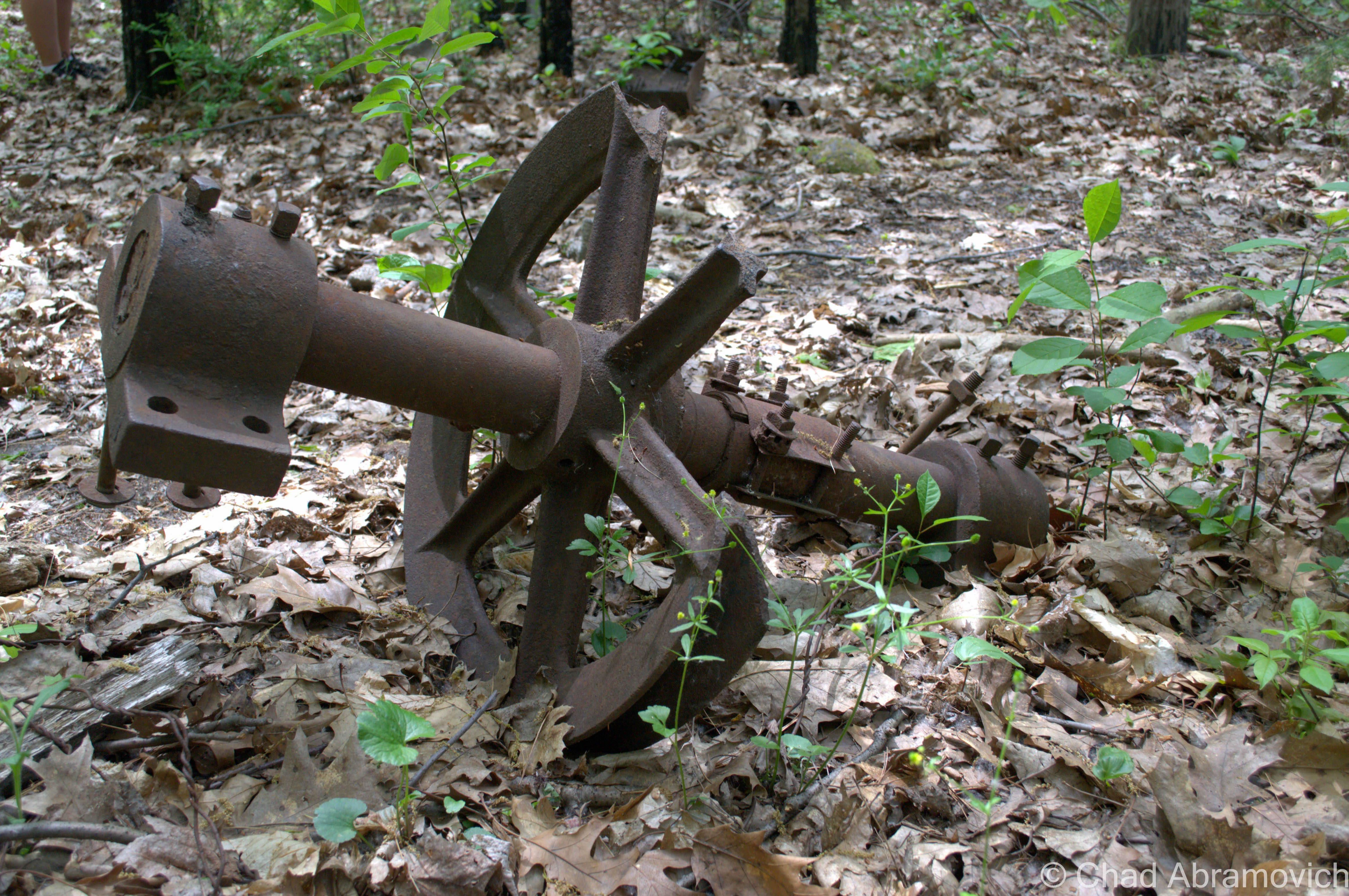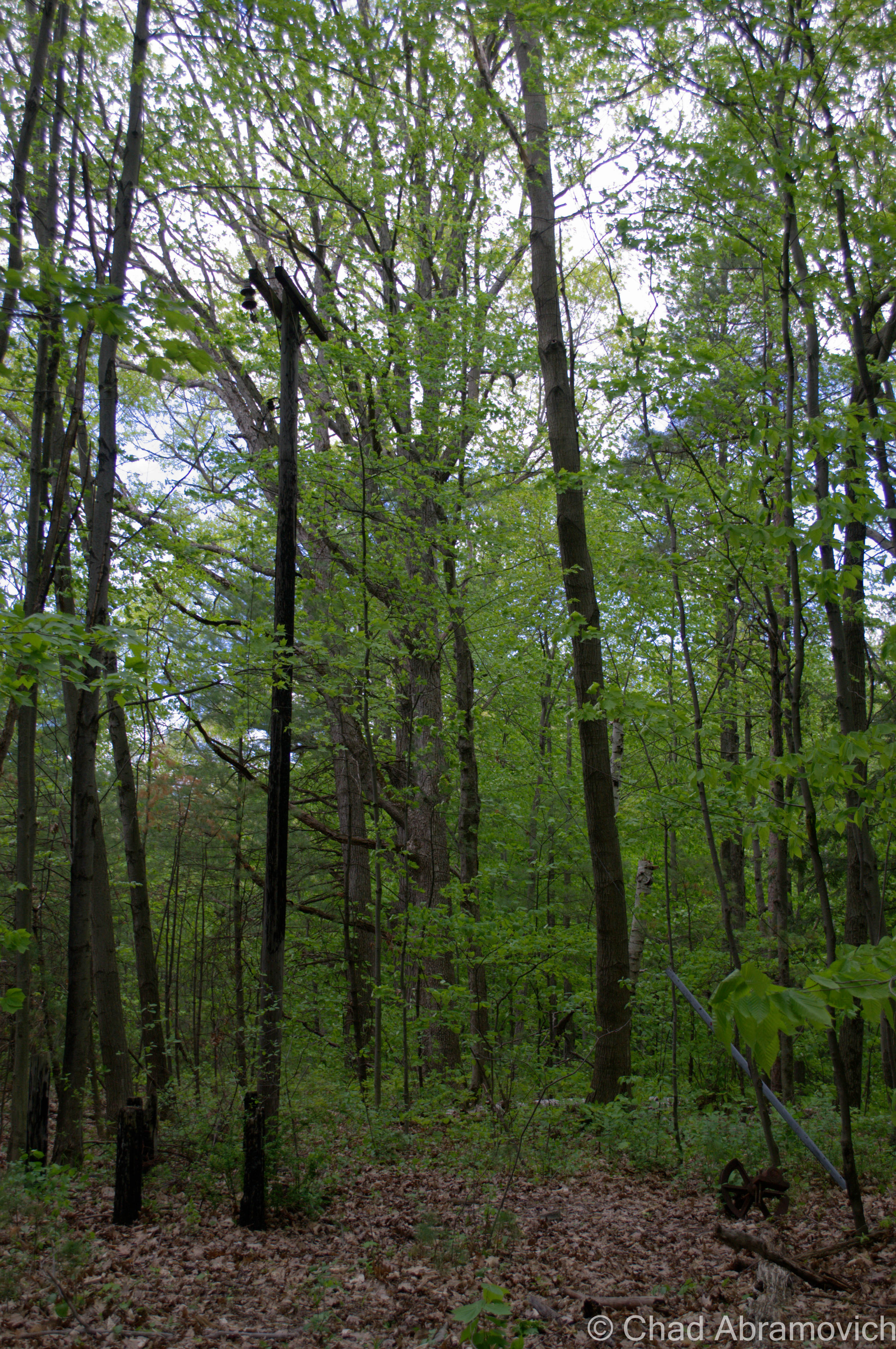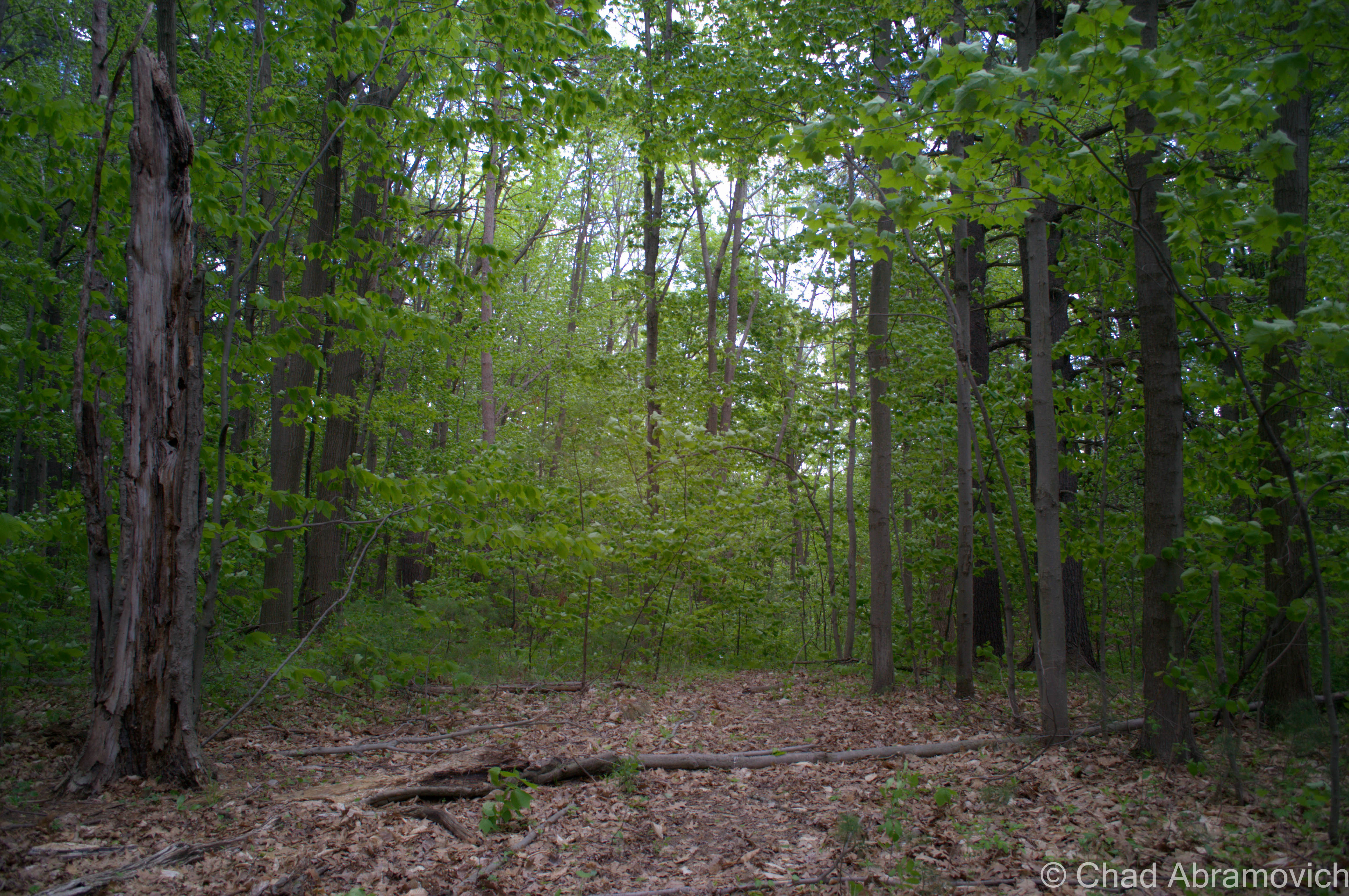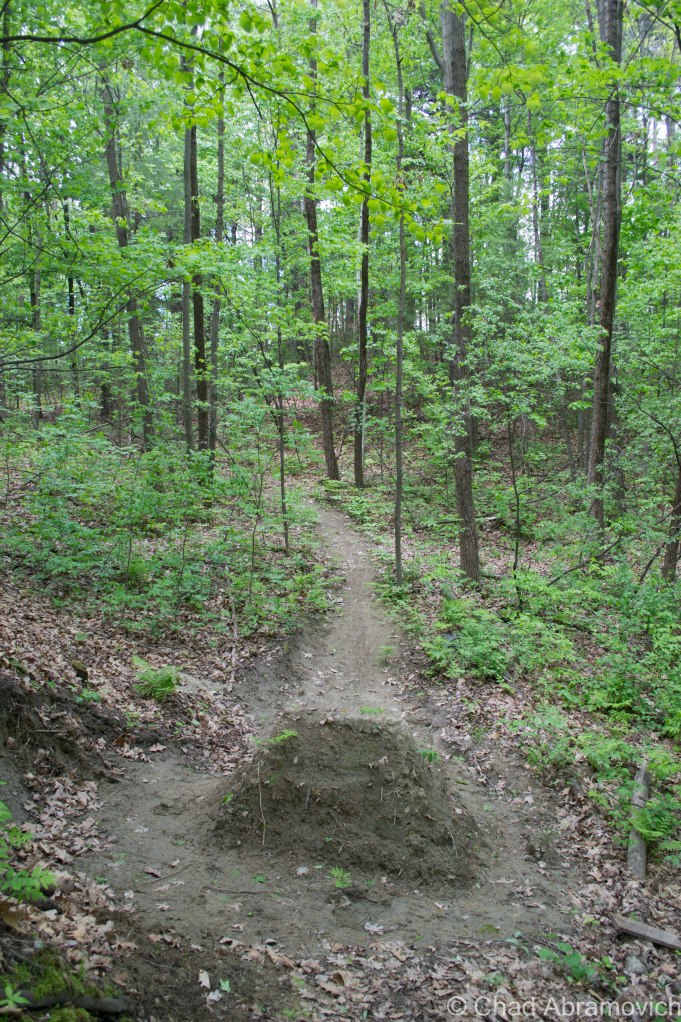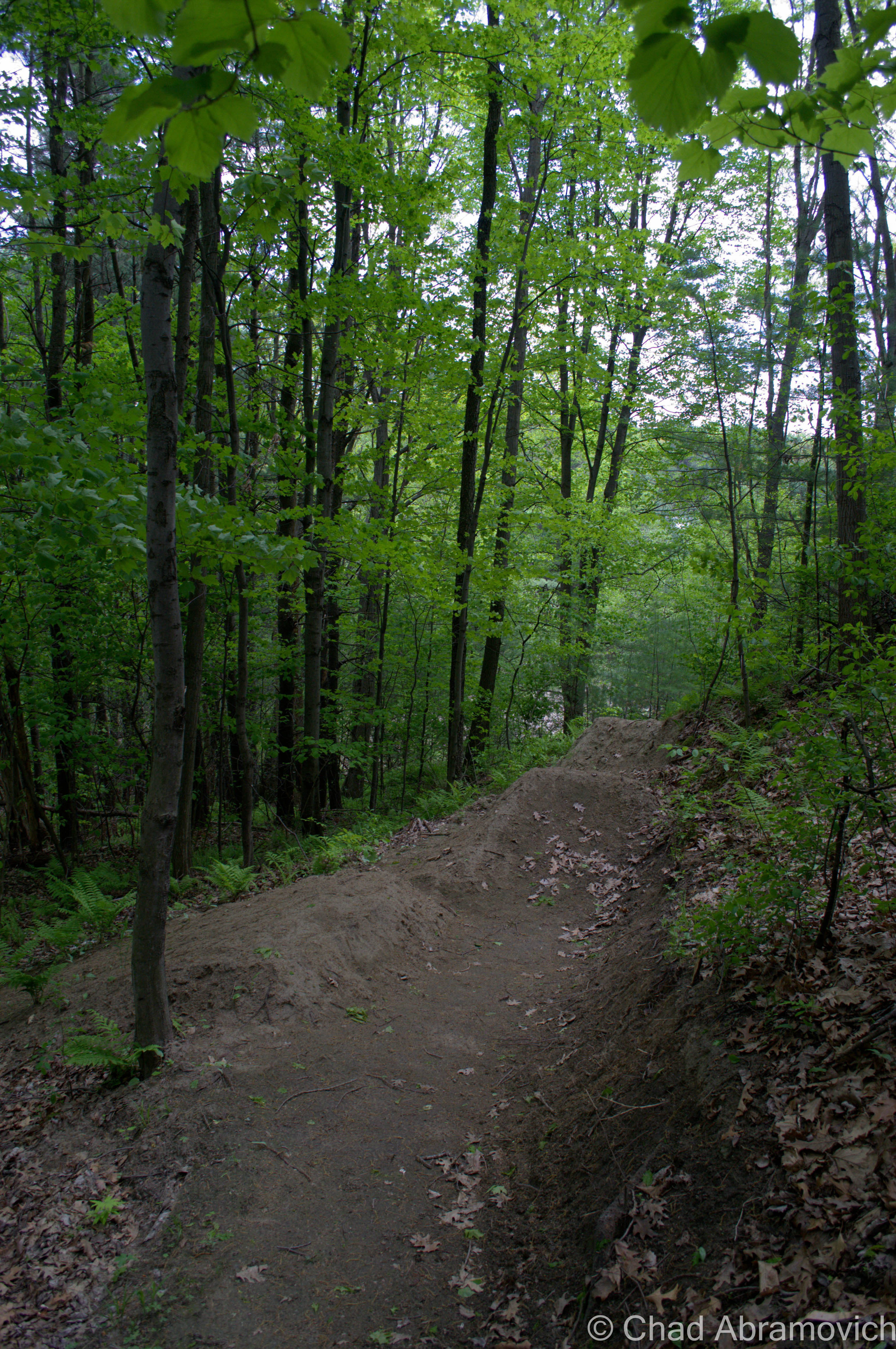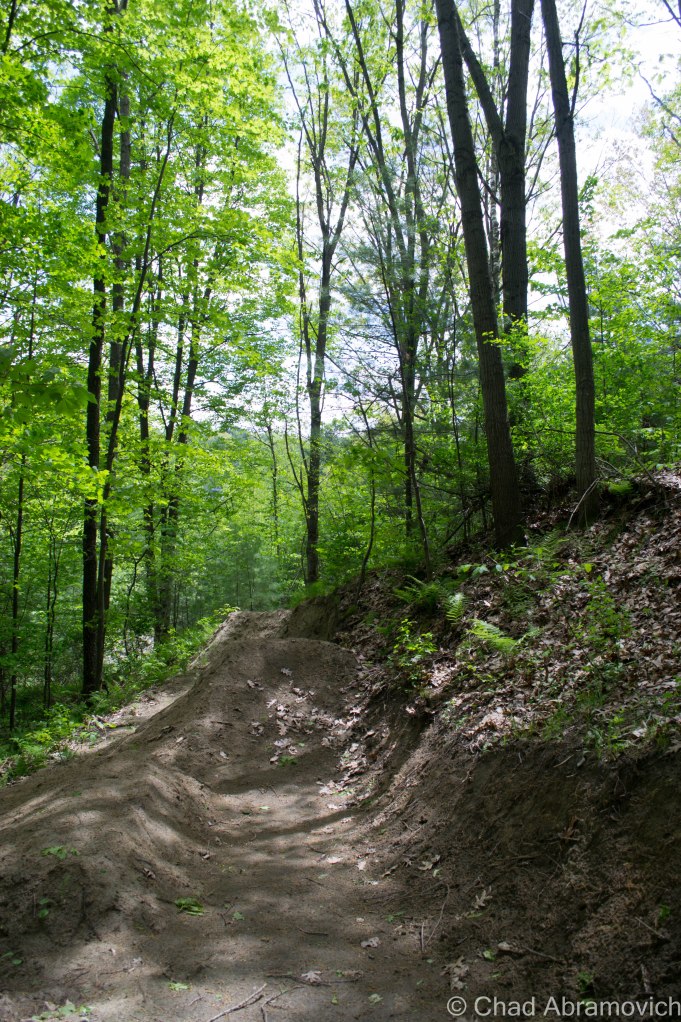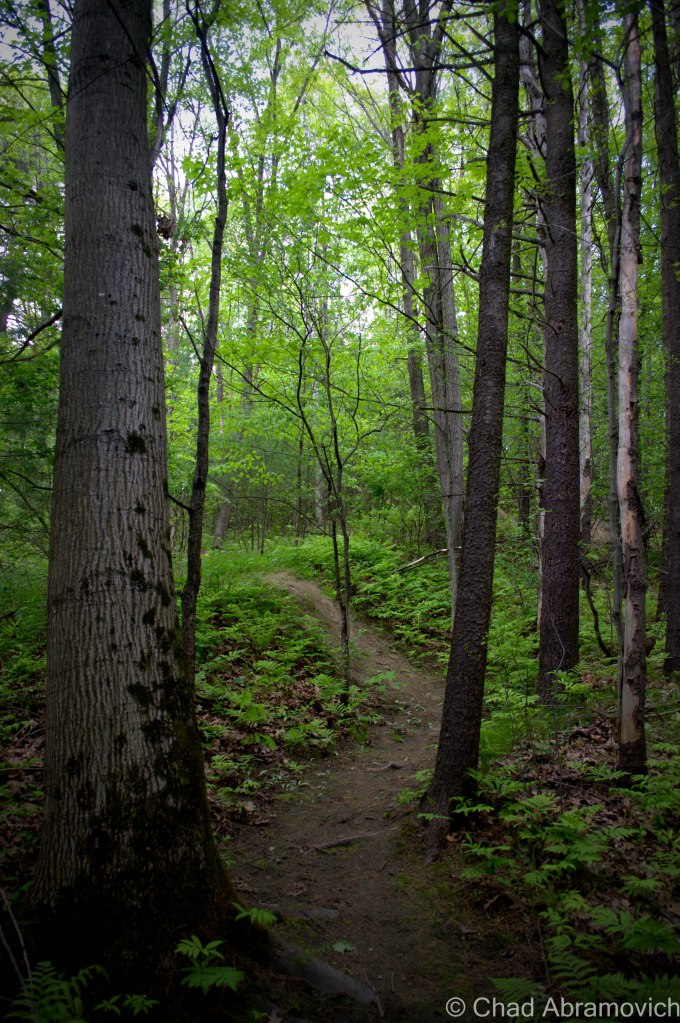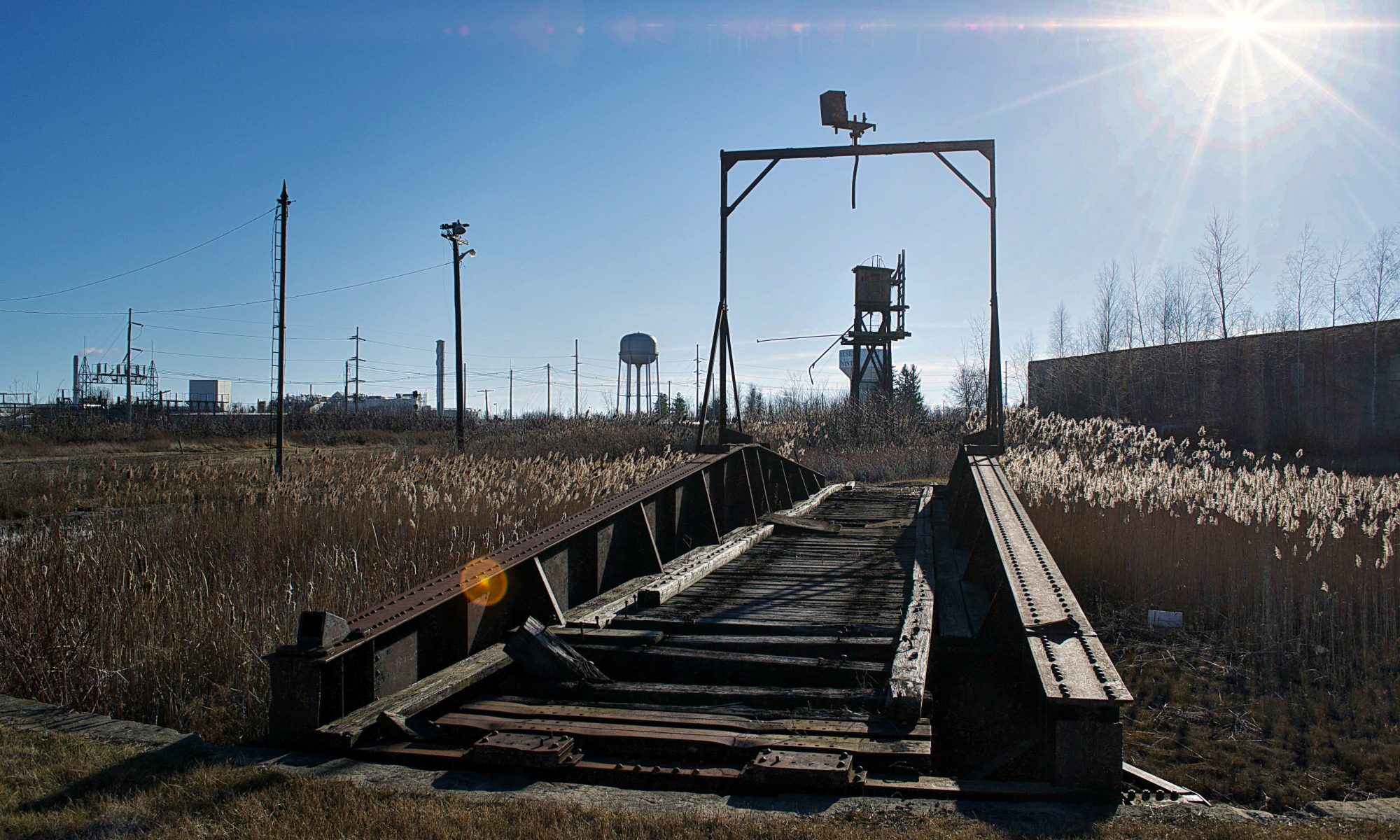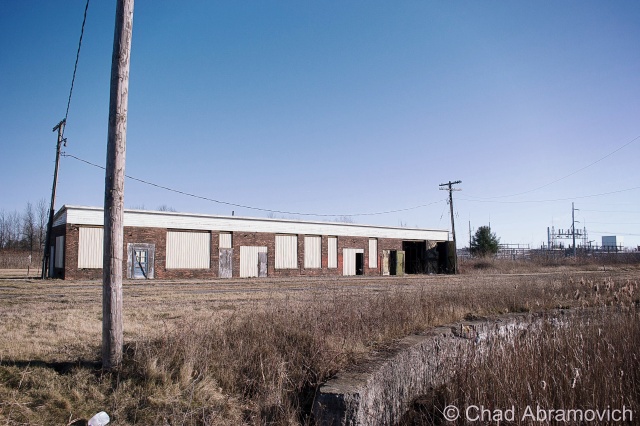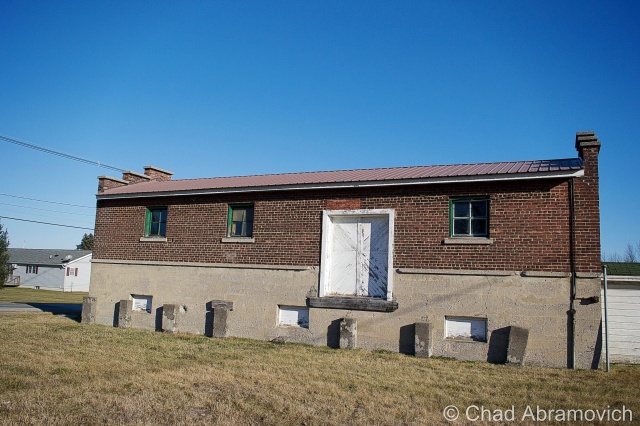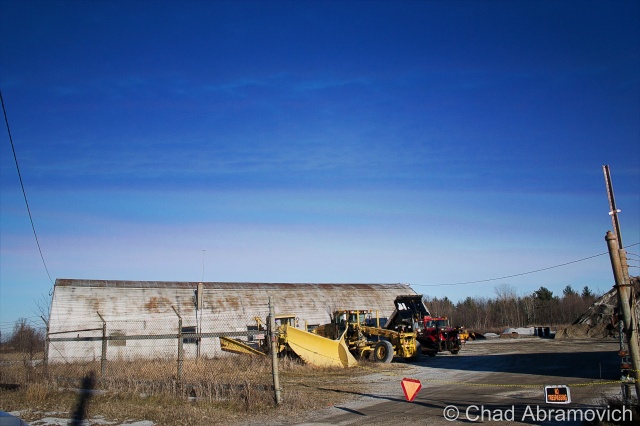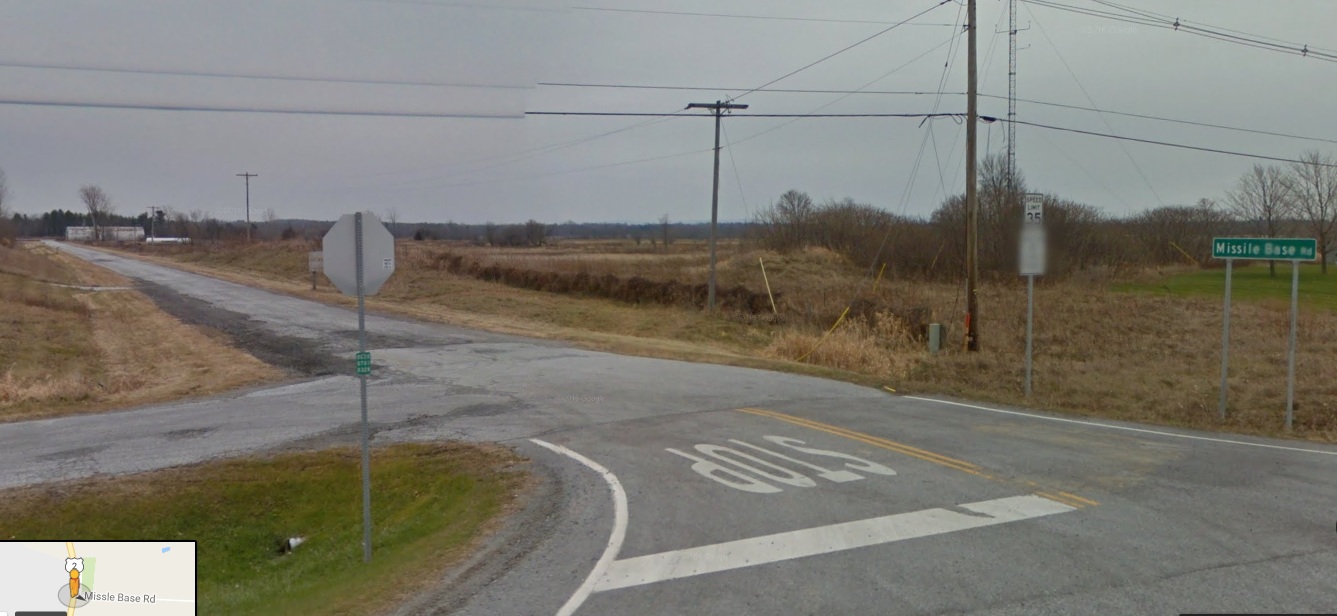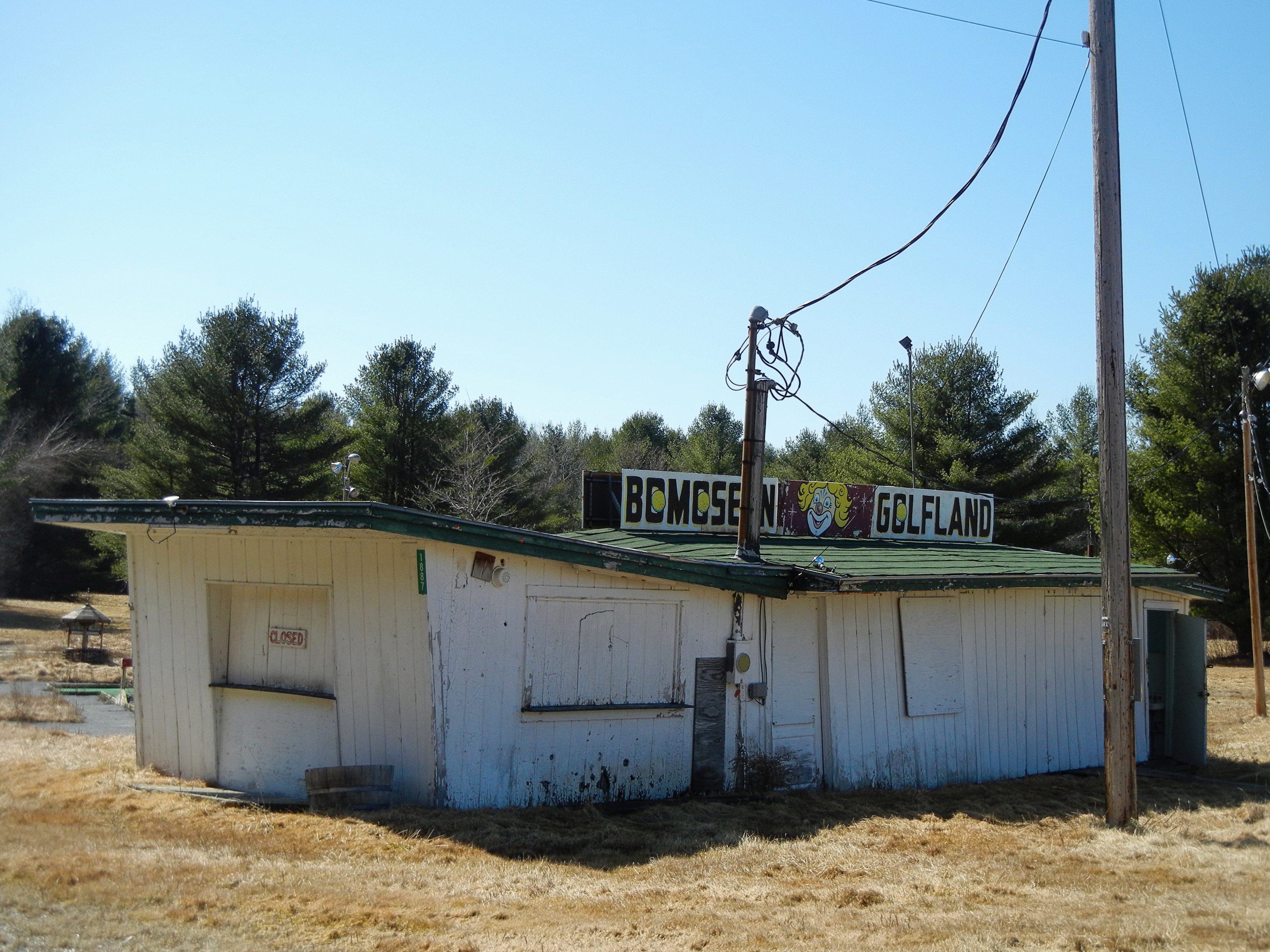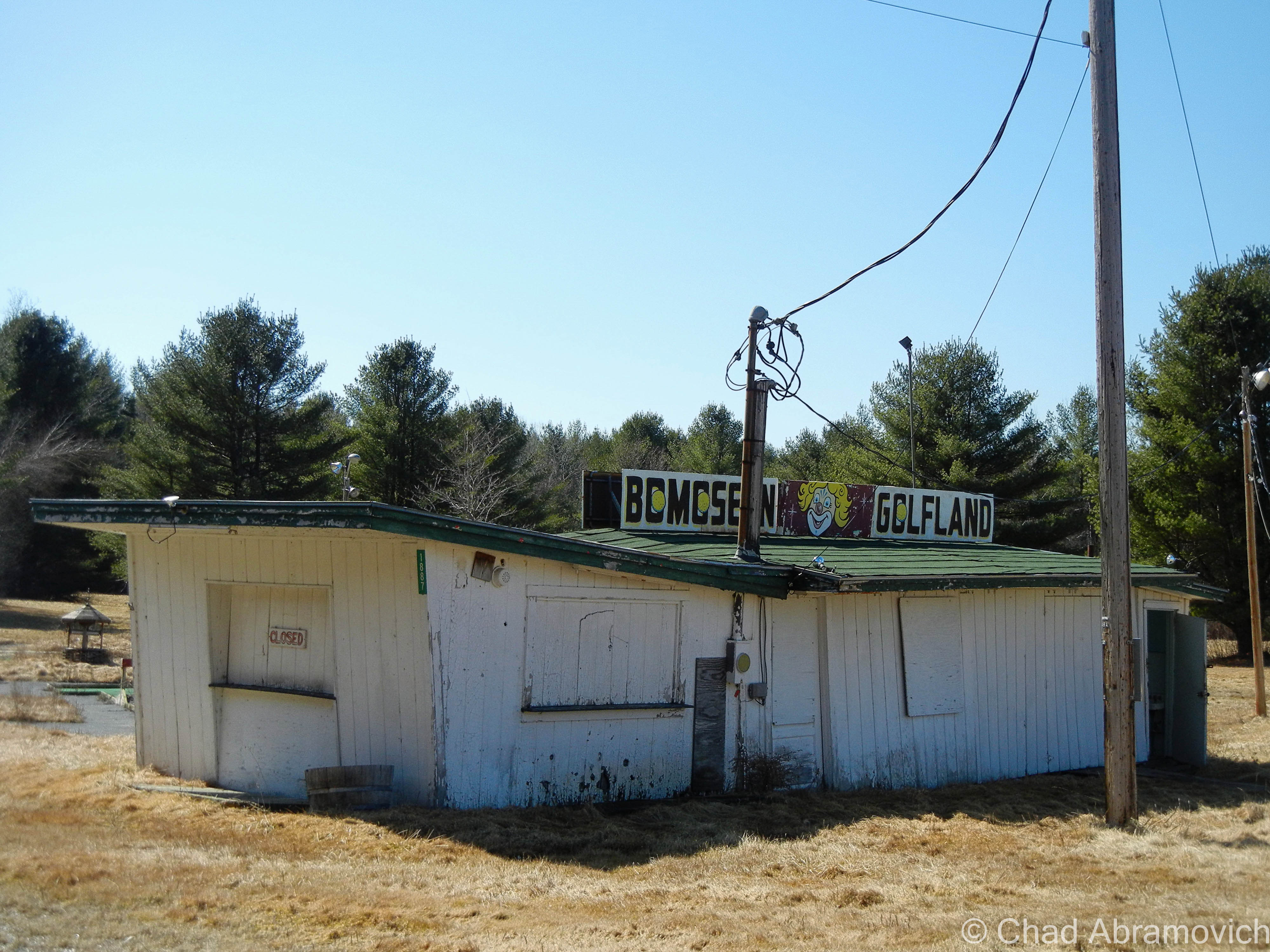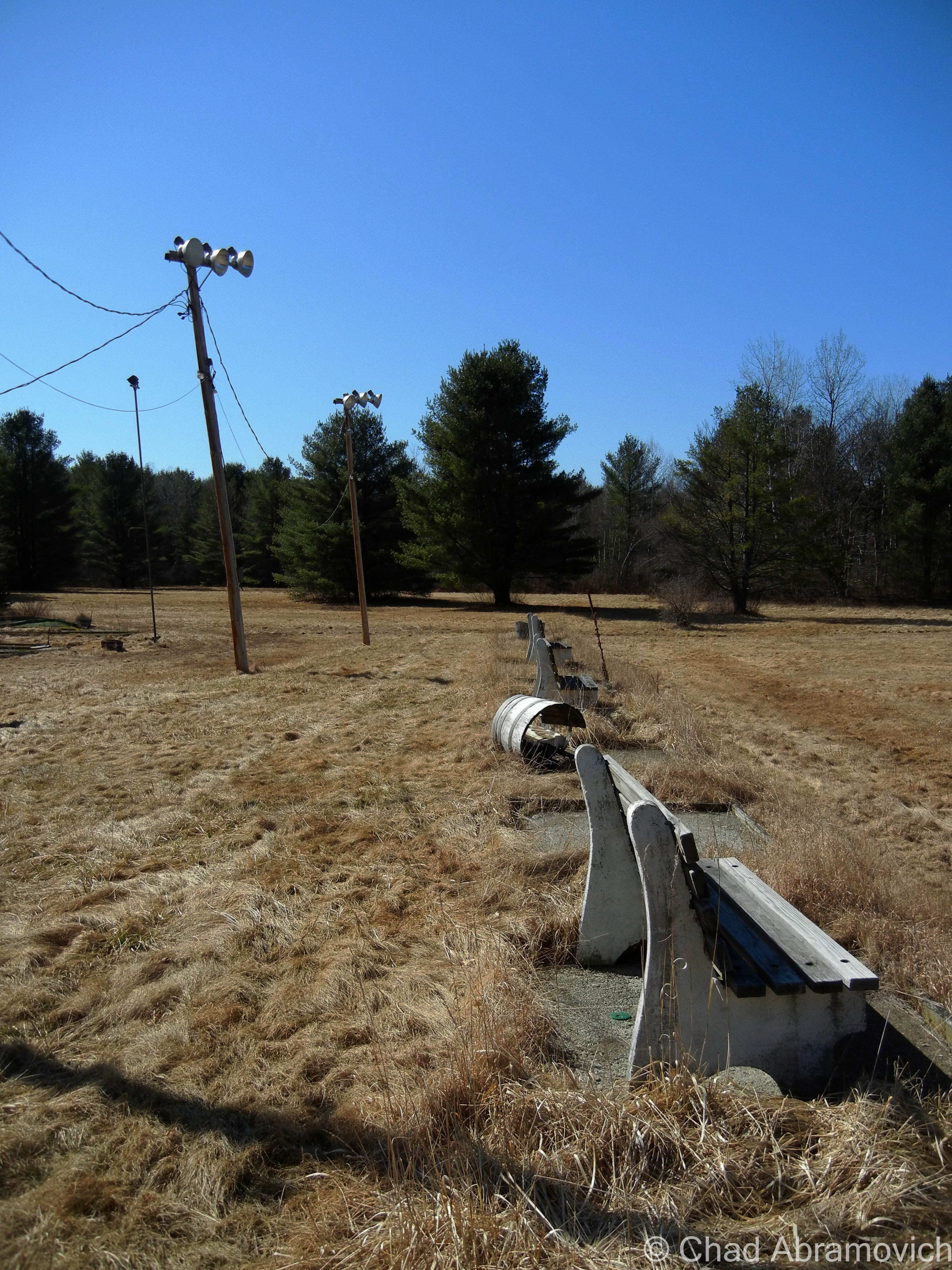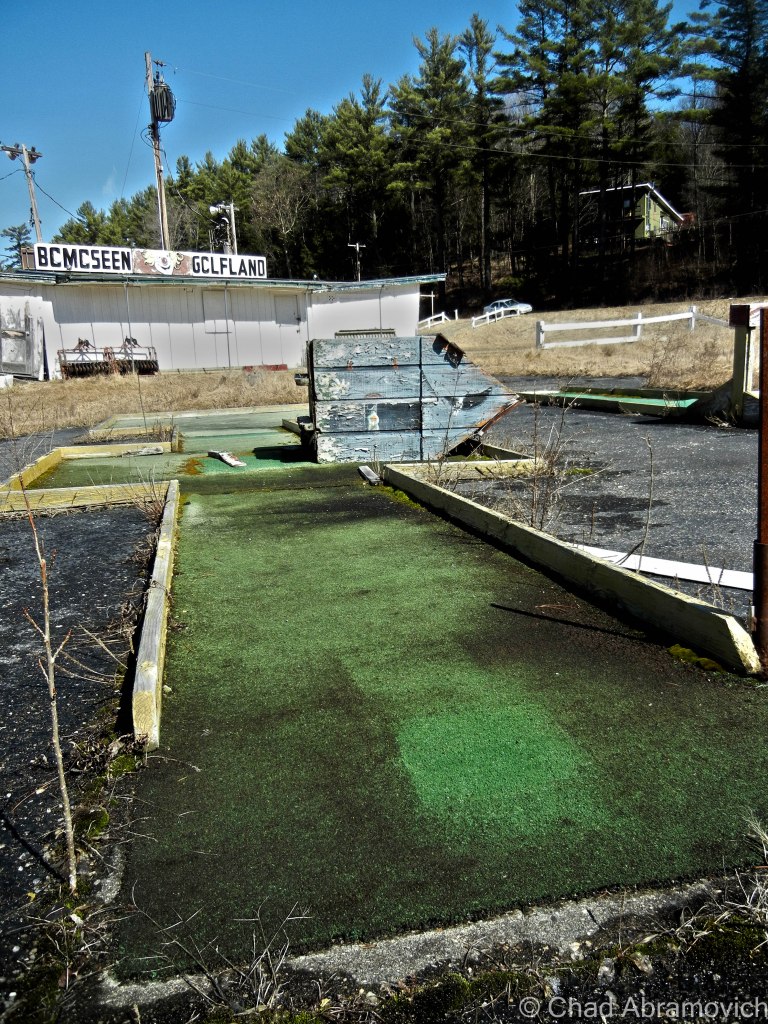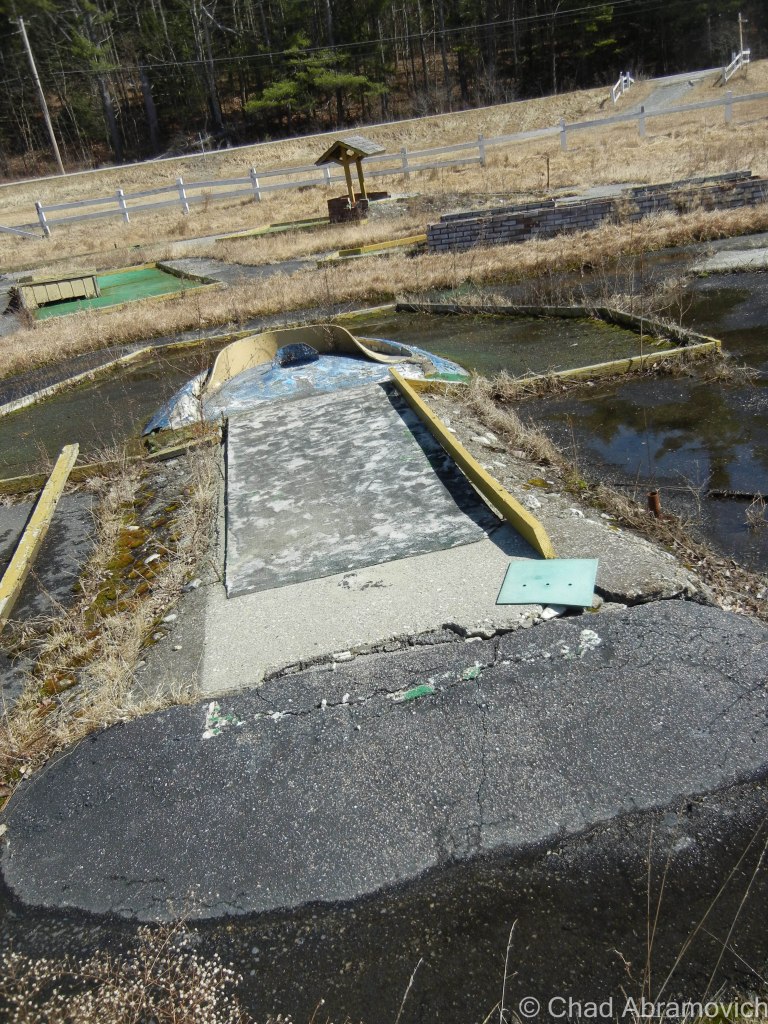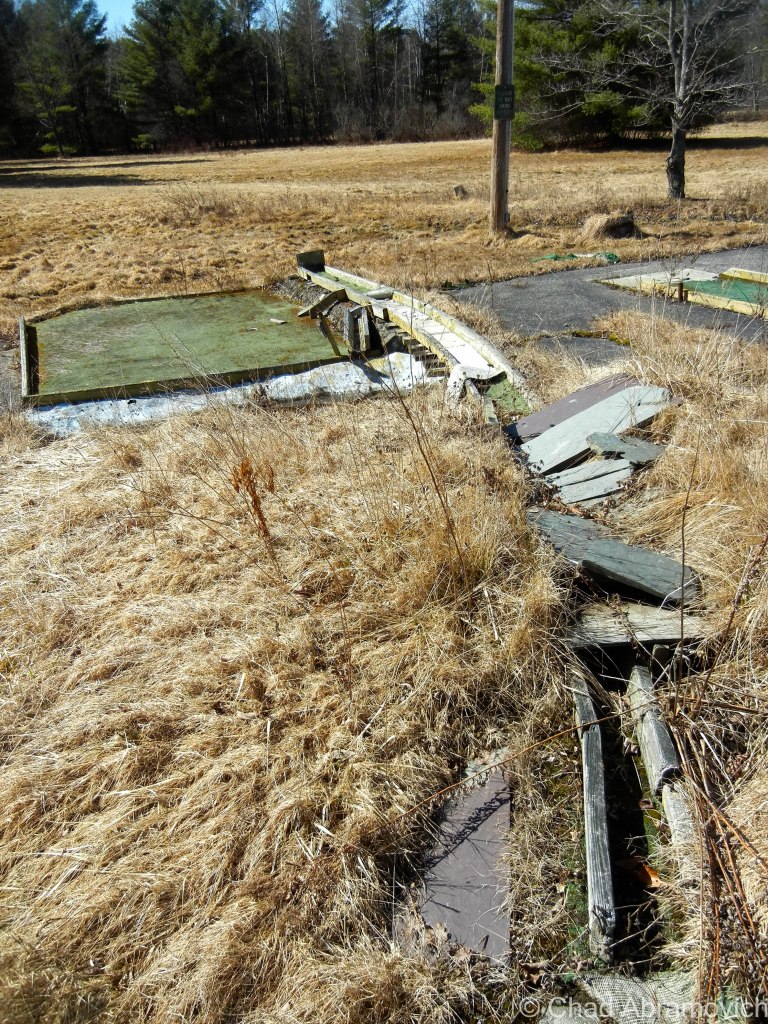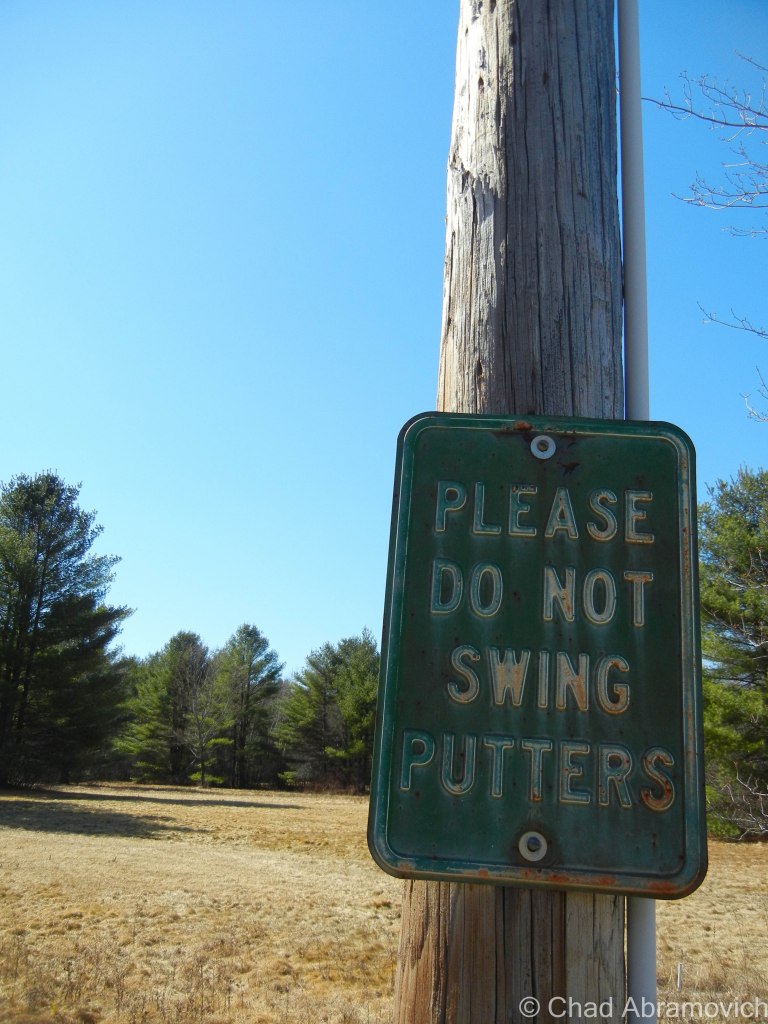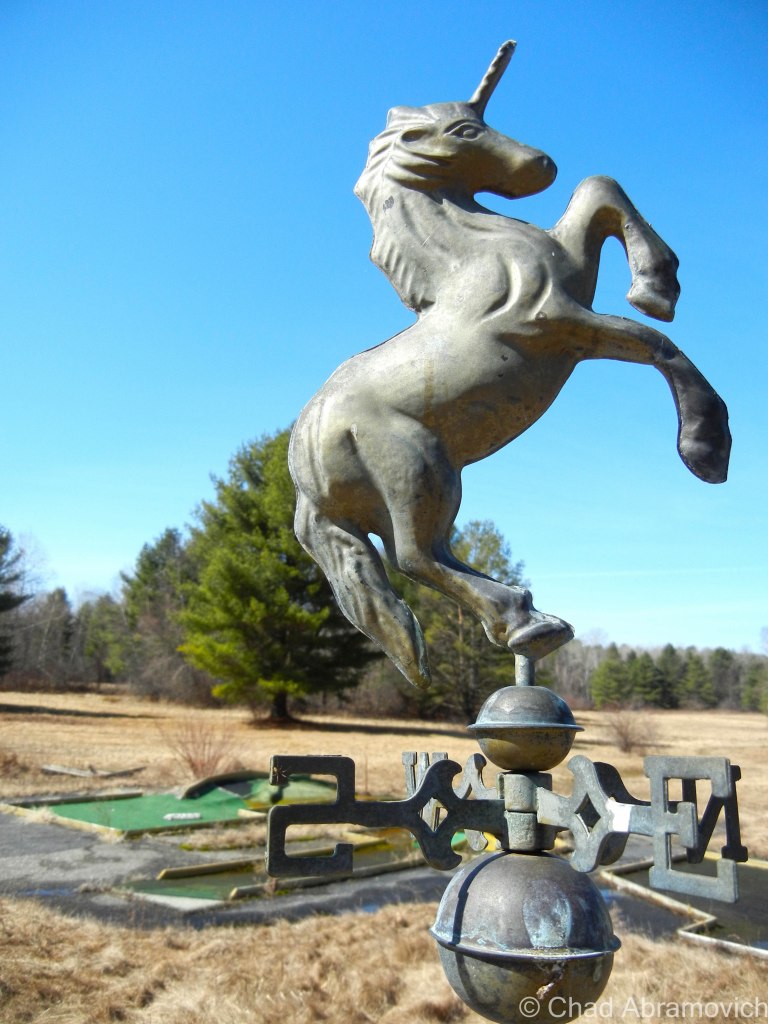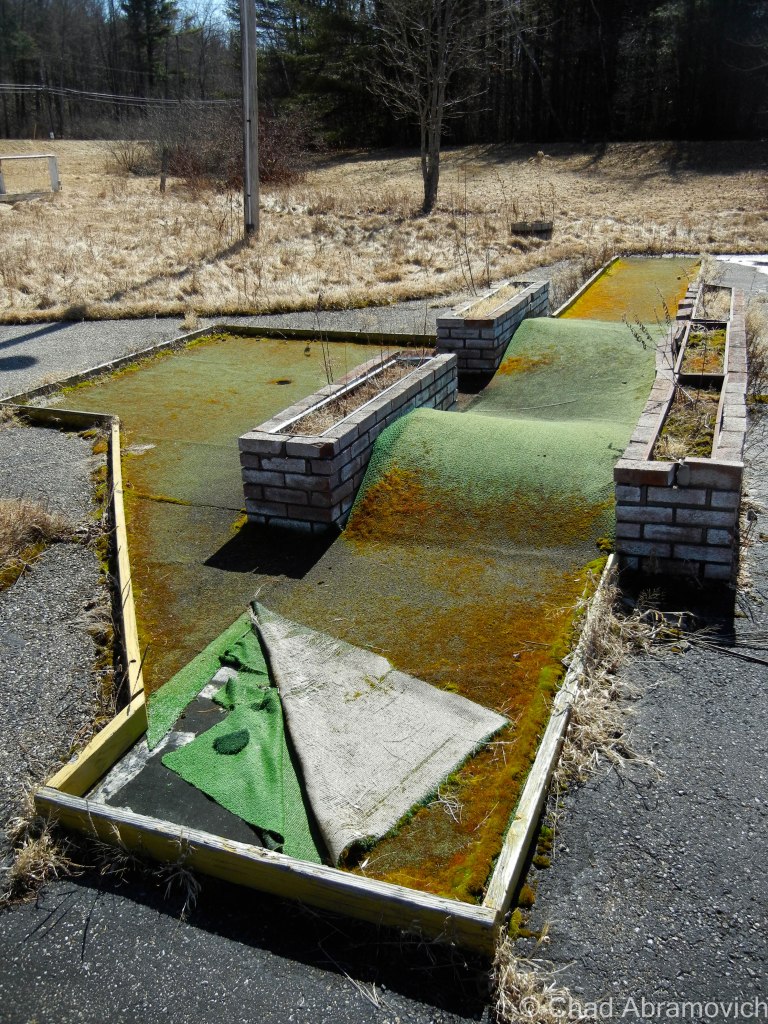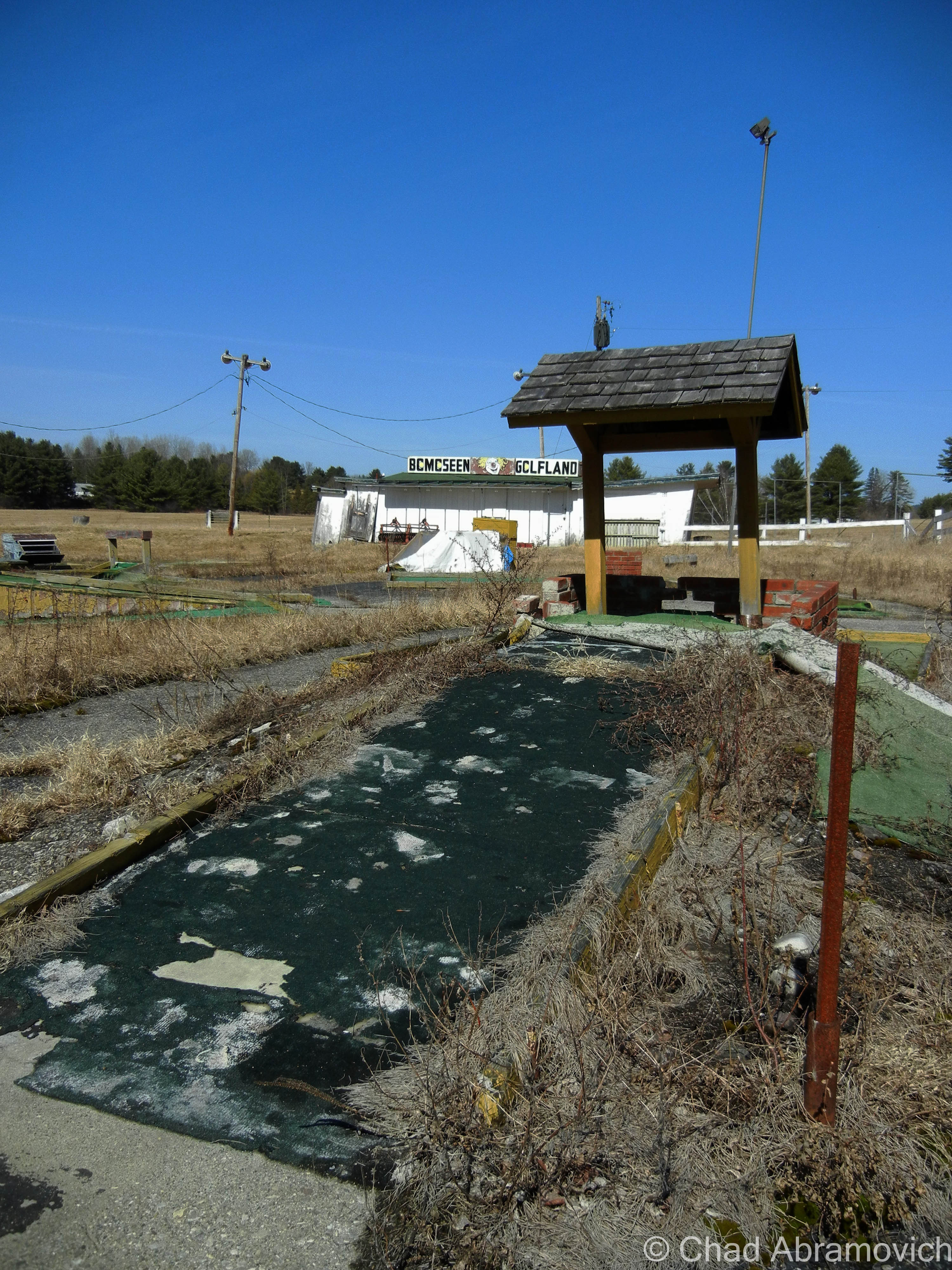Though I’ve written about The Caverly Preventorium previously for The Rutland Reader, it wasn’t until a few days ago when I would actually get to set foot inside for myself. Meeting up with Paul Dulski from Haunted Vermont, we set out for the Rutland County town of Pittsford.
As tuberculosis gripped the United States of the early 1900s, there was a growing need for hospitals and places to treat the ever growing number of people falling ill to the terrible disease, as what was once thought to be the work of vampirism in 18th and 19th century New England was finally becoming understood more. Sanatoriums were soon constructed across the country to not only house and attempt to cure all those who were grieving from the disease, but to remove them from the rest of society.
Researching the storied and often troubling history about the hospital, as well as listening to numerous people telling me of uncomfortable and most often unaccountable events that they experienced inside the building, this abandoned tuberculosis hospital in the woods has long held my interest. It certainly is a unique place in the Green Mountain State. Even DeadFi productions offered strange accounts they remembered while filming there one night last fall. But it wasn’t until visiting the place that I truly had a better understanding on just how compelling it really was.
Pittsford Volunteer Fire Department members Cody Hesse and Ethan Nordmeyer, who also help run the Pittsford Haunted House, a Halloween attraction ran on the first floor of the abandoned hospital every October, were kind enough to agree to unlock the building and give me a first hand tour. Sitting outside, swatting away swarms of mosquitoes under summer humidity, I got my first look at the hospital. Already, it was firing my imagination, and I underestimated it. The building looked smaller than I had thought – and with the tacky Halloween props decorating the facade, I admittedly wasn’t taking my first impressions all that seriously.
However, I had subconsciously broken my first rule of adventuring, to come in with an open mind. And as I was soon to find out, that would end almost immediately as they unlocked the basement door, and beckoned for me to step inside. I knew things were going to be interesting when I saw the amount of effort the fire department took to keep people out. Each entrance was outfitted with deadbolts and padlocks. Ethan explained that several people had attempted to break in recently. Some of the doors were damaged from where a forced entry via crowbar was unsuccessfully attempted.
Apart from renovations to create the different areas of the haunted house, the bones were still authentic. The basement was musty and dark, a labyrinth of side rooms and doors. A massive old boiler adorned with ornate decor on its cast iron door was illuminated by the beam of a flashlight, standing out from swirling dust. Old industrial porcelain sinks, and relics from the old hospital lay stacked up in piles, leaning against the old walls in silence.
Almost immediately, my camera began to act up, which was a rare occurrence for me. It refused to focus when I attempted to take a photo and my battery kept loosing energy. To the group’s amusement, they all laughed at my misfortunes, and nodded their heads in mutual affirmation. They had all seen this happen before.
Cody fiddled with another padlock and swung open a camouflaged side door, revealing the staircase leading up towards the second floor, an area that visitors aren’t allowed to see. Almost instantly, the atmosphere changed, and we went from black painted walls and hanging demon clowns set to spring at you, to a funereal atmosphere of peeling lead paint, pensive silence and dull light coming through dirty windows. This was what I wanted to see, this was the bona fide experience.
Almost immediately, I felt different, it was something tangible, something I noticed crawl underneath my skin. Our feet clomped up the wooden stairs, the aging planks groaning and cracking beneath our feet that seemed to crack the heavy silence. Gazing downwards through the beam of our reliable mag lights, the original hospital floor, which had long faded, could still be seen, covered in lead paint speckles, dust, and raccoon feces. Cody explained that they always found evidence of raccoon and other critters on the upper floors.
We were met with a long and narrow hallway, with lines of wooden doors leading in either direction. Most of the rooms were almost identical, and empty, with robust radiators sitting underneath windows, showered with more flaking lead paint. It was strange to think about how these decrepit spaces were once occupied by suffering children who knew all about agony, now vacant, lifeless, and miserable in a completely difference sense, haunted by silhouettes. Things that were once in order, now seemed so strange.
Through the stale air, we pressed on, flashlight beams momentarily brightening dark rooms. Walking around up there wasn’t for the faint of heart. With lead paint, animal feces and asbestos, it wasn’t a sanitary place to be, but there was another quality that smoldered within the empty halls, we all felt uncomfortable being there.
Parts of the building had been taken down or have collapsed over the years. Former porch areas had been razed, leaving doors on the second floor opening into nothing but a straight drop down to the lawn below. Other sun porches – which was once thought to be a tuberculosis treatment, were now rotted beyond repair and unsafe to tread on, barricaded by doors that had been screwed shut.
The main house was surrounded by three smaller cottages, which offered a similar landscape of grungy hospital tiles, awkward spaces and stale air, all sealed up like a tomb. It would honestly be quite easy to loose your mind inside one of these buildings. The entire time I was inside, I felt like I had been spending my time in dislocation.
After the grand tour, we all gathered again on the front lawn, and as Cody and Ethan swapped their own stories of strangeness, I had a better idea of why The Caverly Preventorium had such a dark reputation. It was one of the few places I’ve gotten involved with where most people openly and insistently admitted to experiencing something inside. Though I didn’t see any ghosts or witness anything baffling, I can honestly say that this was one of the most unsettling places I’ve ever explored, and it certainly left an impression on me.
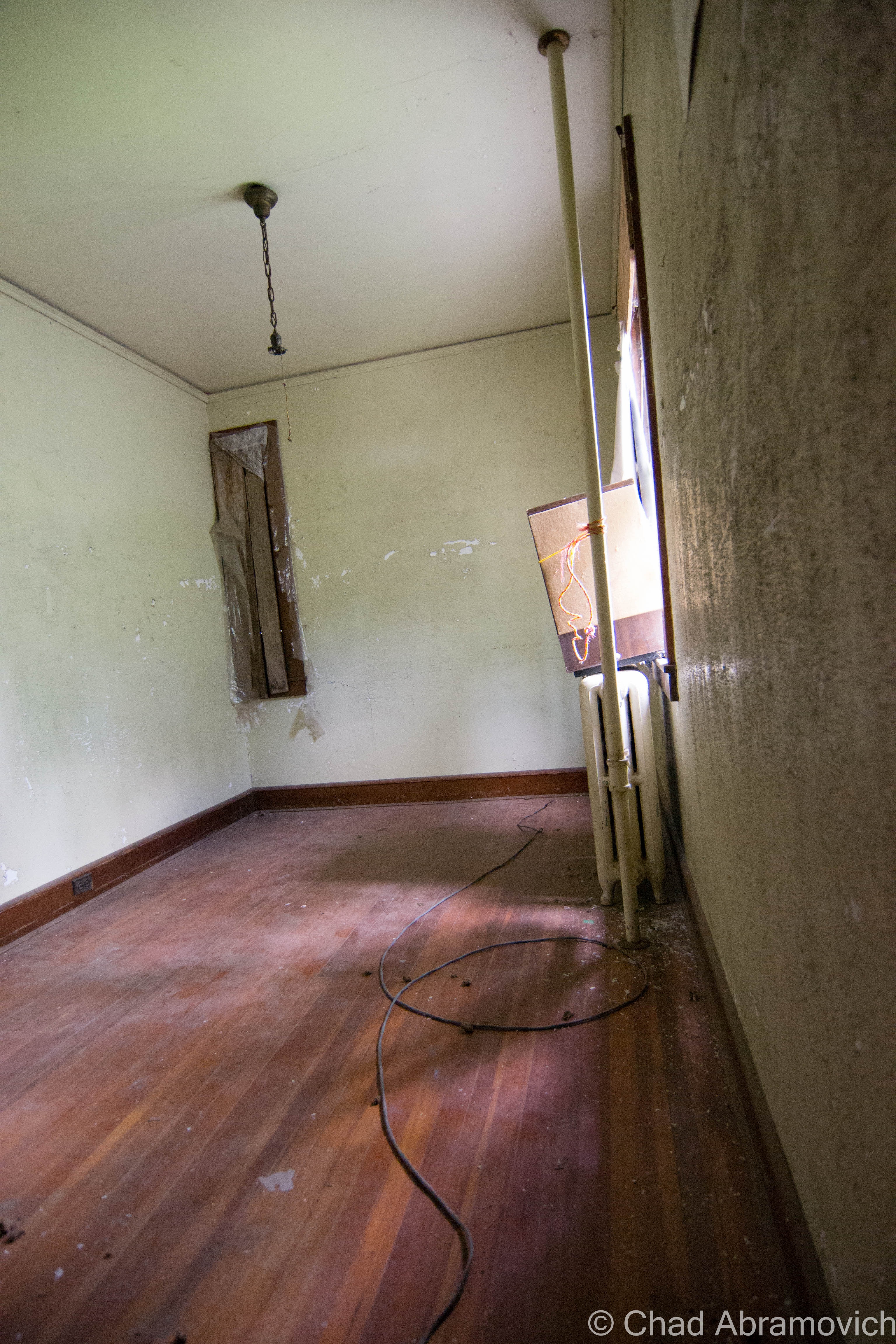

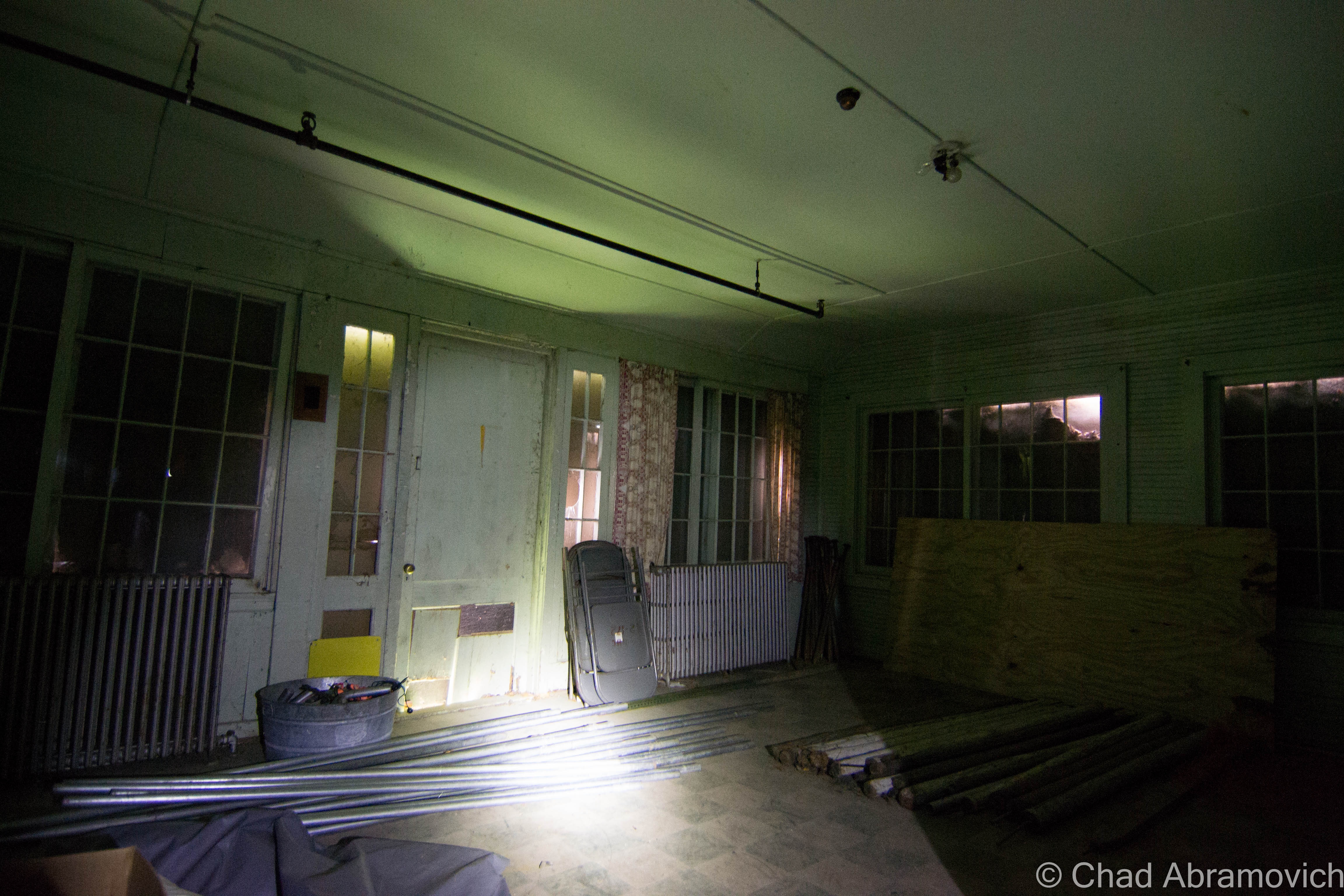
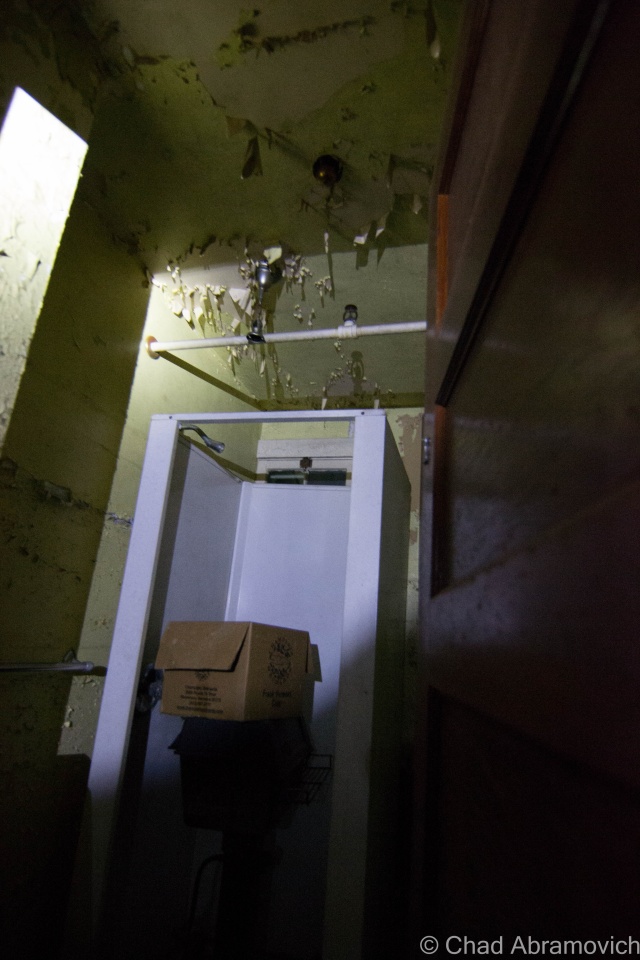
—————————————————————————————————————————————–
To all of my amazing fans and supporters, I am truly grateful and humbled by all of the support and donations through out the years that have kept Obscure Vermont up and running.
As you all know I spend countless hours researching, writing, and traveling to produce and sustain this blog. Obscure Vermont is funded entirely on generous donations that you the wonderful viewers and supporters have made. Expenses range from internet fees to host the blog, to investing in research materials, to traveling expenses. Also, donations help keep me current with my photography gear, computer, and computer software so that I can deliver the best quality possible.
If you value, appreciate, and enjoy reading about my adventures please consider making a donation to my new Gofundme account or Paypal. Any donation would not only be greatly appreciated and help keep this blog going, it would also keep me doing what I love. Thank you!
Gofundme: https://www.gofundme.com/b5jp97d4


